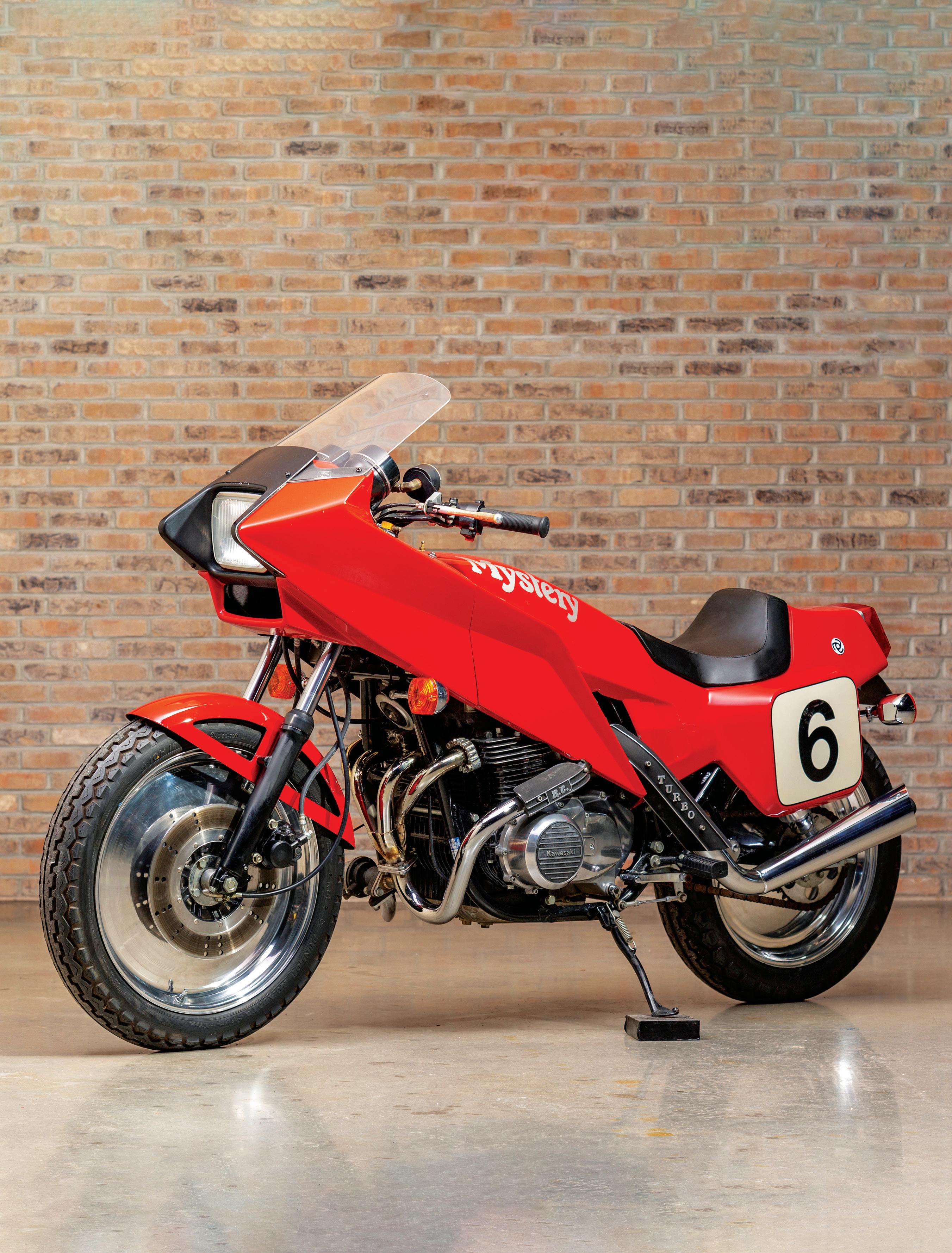













































RIDE `EM, DON’T HIDE `EM PLUS: • PRIDE AND JOY: 1941 HARLEY-DAVIDSON EL • ALL ORIGINAL: 1982 HONDA CBX • RICKMAN XT500 METISSE $6.99 • Vol. 18 No. 6 • Display Until Aug. 14
SHIP July/August 2023 THE THROTTLESTOP MUSEUM IS HOME TO ONE OF TWO TURBO MYSTERY SHIPS
BUILT
MYSTERY
EVER

America’s # 1 MOTORCYCLE INSURER 1-800-PROGRESSIVE | PROGRESSIVE.COM Progressive Casualty Insurance Co. & affiliates. I hear music. Like PHANTOM TELEPHONES THE PATTERN-LOVING BRAIN, SEEKING SIGNALS in the noise, RAISES ACOUSTIC GHOSTS OUT of the wind’s ROAR. ALL HIDDEN IN THE AIR and RELEASED by SPEED. from Season of the Bike by Dave Karlotski Quote in as little as 3 minutes
46
51
It’s one thing to build a successful motorcycle, but another to market it.
56 BECOMING A CLASSIC: H-D TURNS 1OO
With Harley-Davidson celebrating its 120th anniversary this year, motojournalist Dain Gingerelli takes us back to the 2003 event.
62 TALE OF THE TOAD


Alan Cathcart shares with us a road test of the small but mighty 1956 Maserati 50/T2/SS.
72
We look back at the 1971 Harley-Davidson FX Super Glide, along with the Norton Commando Hi-Rider and the Moto Guzzi V7 Ambassador. 70

Where to go and what to do this summer.
80


See Page 10.
Visit the Flight 93 National Memorial in Shanksville, Pennsylvania.
Racers never quit — or do they?
Get on the road with this cool collection of motorcycle gear valued at $2,400. Enter for a chance to win this package at MotorcycleClassics.com/ sweepstakes/ready-to-ride
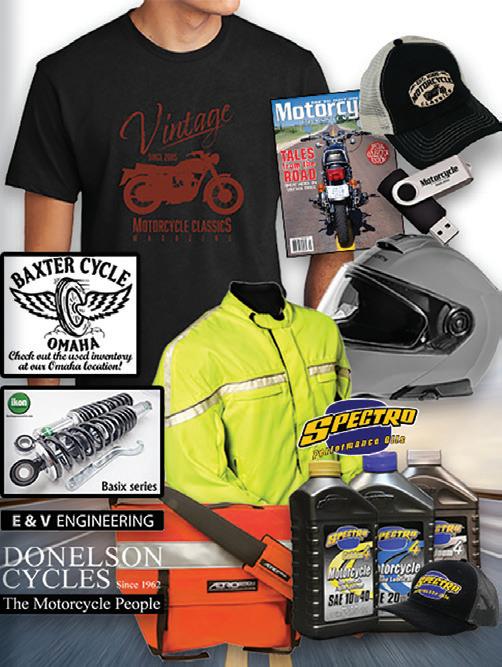
FEATURES NICK CEDAR 10 YOUNG AT HEART: SCOTT STEELE’S 1982 HONDA CBX Going back in time aboard a 6-cylinder brute. 16 PRIDE AND JOY: 1941 HARLEY-DAVIDSON EL Tony Hessner’s restored Knucklehead. 24 THE MYSTERY SHIPS The Throttlestop Museum in Wisconsin is home to not one but two of Craig Vetter’s wild creations. 32 SOMETHING ON THE SIDE Motojournalist Robert Smith introduces us to a 1937 Ariel VG Deluxe with a Dusting sidecar
RICKMAN
METISSE
for a classic big single.
38
XT500
The perfect chassis
MATT CAPRI AND HIS TRIUMPH STREET DRAGSTER Racing his way through college, and beyond.
HONDA CL160
ROAD MAP
Scott Steele’s highly original 1982 Honda CBX.
SHINY SIDE UP H-D turns 120, and we celebrate.
READERS AND RIDERS Readers chime in with feedback on the
and Super
We also take a look at a reader’s custom 1972 Harley-Davidson
ON THE
DEPARTMENTS 2
4
Honda Cub
Hawk.
Sportster. 8
RADAR
CALENDAR
DESTINATIONS
PARTING SHOTS
To
Giveaway
Motorcycle Classics Ready
Ride
ON
www.MotorcycleClassics.com 1
THE WEB!
Harley-Davidson turns 120
The fine folks at Harley-Davidson are big on birthdays.
Every five years it seems there’s something to celebrate, and why not? It's a great excuse to throw a big ol' motorcycle party. This summer H-D turns 120, and by the looks of it, Milwaukee, Wisconsin, and the faithful will be in for a good time. The four day event, July 13-16, 2023, will bring tens of thousands of people to town for the weekend, with demo rides, factory tours, a connected family-friendly festival in Veterans Park and more. Headlining the two big nights are bands Green Day and Foo Fighters. The last big anniversary, the 115th, drew 150,000 attendees, and there’s no reason to expect any less turnout this year.
While we look forward to the 120th, motojournalist and Motorcycle Classics regular Dain Gingerelli takes us back to Harley’s 100th anniversary celebration, which was a big enough deal that Harley planned 10 different Open Road Tour preview gatherings in key spots in 2002 to ramp up excitement before the big event in Milwaukee in 2003. Dain was lucky enough to ride from Milwaukee to Atlanta with a group of journalists for the first of the Open Road events, and also attended
the 100th in Brew Town. You can read Dain’s memories of the whole thing on Page 56.
To do our part to celebrate the big one-two-zero, we’ve also highlighted a couple of classic Harley models in this issue. First, in our On the Radar column, we take a look back at what might be the most famous factory custom of them all, the 1971 HarleyDavidson FX Super Glide. The story goes that Willie G., inspired by the bobber styling of the '50s and '60s, added his own flair to a design that essentially grafted a Sportster front end on to the chassis and drivetrain of a FLH Electra Glide, then added that famous boat tail seat base and rear fender. Check it out on Page 8.
We also chose to feature one of the most beloved bikes of the 1940s, the Harley-Davidson EL Knucklehead. Long-time MC contributor Greg Williams tells us all about a 1941 EL, which for many years was owned by a World War II hero who, as the story goes, won the bike in a game of cards. No kidding. Enjoy the tale on Page 16.

Cheers,
LANDON HALL, EDITOR-IN-CHIEF lhall@motorcycleclassics.com

CHRISTINE STONER, ASSOCIATE EDITOR RICHARD BACKUS, FOUNDING EDITOR
CONTRIBUTORS





JEFF BARGER • JOE BERK • ALAN CATHCART
NICK CEDAR • DAIN GINGERELLI • ANDREW MARVAN
CLEMENT SALVADORI • MARGIE SIEGAL
ROBERT SMITH • PHILLIP TOOTH
GREG WILLIAMS • KEVIN WING
ART DIRECTION AND PREPRESS
MATTHEW STALLBAUMER, ART DIRECTOR
ADVERTISING DIRECTOR










BRENDA ESCALANTE; bescalante@ogdenpubs.com
WEB AND DIGITAL CONTENT
TONYA OLSON, WEB CONTENT MANAGER
DISPLAY ADVERTISING (800) 678-5779; adinfo@ogdenpubs.com
NEWSSTAND
BOB CUCCINIELLO, (785) 274-4401
CUSTOMER CARE (800) 880-7567
BILL UHLER, PUBLISHER CHERILYN OLMSTED, CIRCULATION & MARKETING DIRECTOR
BOB CUCCINIELLO, NEWSSTAND & PRODUCTION DIRECTOR
BOB LEGAULT, SALES DIRECTOR ANDREW PERKINS, DIRECTOR OF EVENTS & BUSINESS DEVELOPMENT
TIM SWIETEK, INFORMATION TECHNOLOGY DIRECTOR
ROSS HAMMOND, FINANCE & ACCOUNTING DIRECTOR
MOTORCYCLE CLASSICS (ISSN 1556-0880)
July/August 2023, Volume 18 Issue 6, is published bimonthly by Ogden Publications, Inc., 1503 SW 42nd St., Topeka, KS 66609-1265.

Periodicals Postage Paid at Topeka, KS and additional mailing offices. POSTMASTER: Send address changes to Ogden Publications, Inc., 1503 SW 42nd St., Topeka, KS 66609-1265.

For subscription inquiries call: (800) 880-7567
Outside the U.S. and Canada:
Phone (785) 274-4360 • Fax (785) 274-4305
Subscribers: If the Post Office alerts us that your magazine is undeliverable, we have no further obligation unless we receive a corrected address within two years.
©2023 Ogden Publications Inc. Printed in the U.S.A.
In accordance with standard industry practice, we may rent, exchange, or sell to third parties mailing address information you provide us when ordering a subscription to our print publication. If you would like to opt out of any data exchange, rental, or sale, you may do so by contacting us via email at customerservice@ ogdenpubs.com. You may also call 800-880-7567 and ask to speak to a customer service operator.
®
SHINY SIDE UP
2 MOTORCYCLE CLASSICS July/August 2023
A 1941 Harley-Davidson EL Knucklehead, now owned by Tony Hessner.
JEFF BARGER
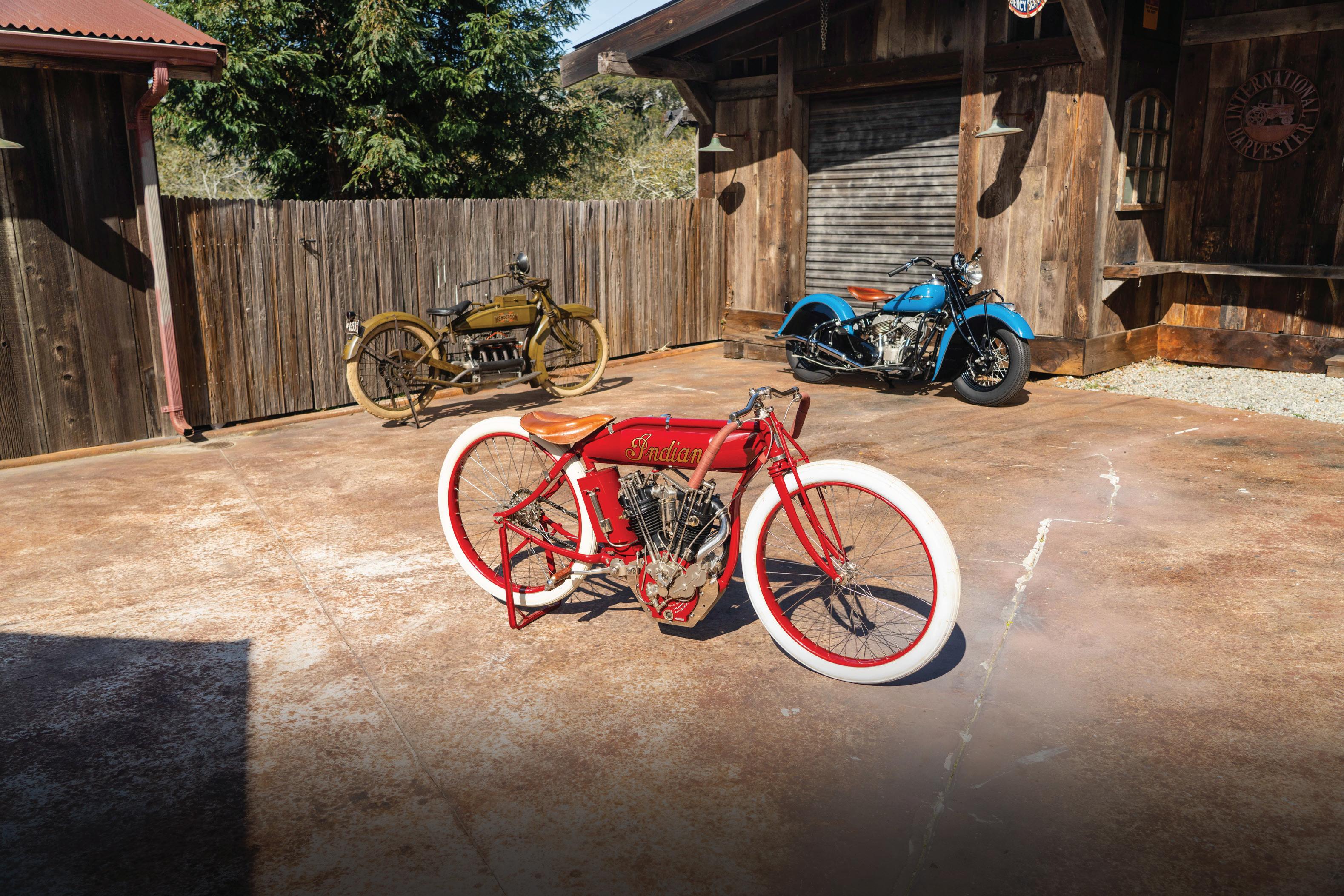
to Barber last fall and rode it around for two days — what a hoot!”
Chrome Hawk
I read the excellent story in my March/April 2023 issue of Motorcycle Classics about Jen Tacy and her 1963 CB77 Super Hawk. I always found that bike to be a real winner and hers is perfect!
The reason I’m writing is to tell you that during my combat infantry tour in beautiful Southeast Asia in 1968 I saw several CB77s with the chrome frame and gas tank. They were the bike of choice for South Vietnamese officers and were a status symbol. Usually there would be two Vietnamese officers riding on the one bike. Now whether they’d had the chroming done I don’t know. It could have been a Honda option for wealthy Vietnamese.
David F. Gillogly/Mesa, Arizona

The perfect motorcycle
If we are talking about the perfect motorcycle, I need to nominate the Honda PC800 Pacific Coast. Generally scorned by the motorcycle community but admired by non-bikers, the Pacific Coast must rate as one of the most misunderstood motorcycles of all time.
I owned a 1995 Pacific Coast for 10 years, riding all over the North Central U.S. and southern Canada. Four hundred mile days were common and comfortable. The 800cc V-twin may have been a bit shy on horsepower, but it was ultrareliable and provided enough push for the task at hand. The engine was rubber mounted, eliminating vibration at the source. Shaft drive relieved any anxiety about chain main-
The iconic Cub
As the most iconic representation of “Meeting the Nicest People on a Honda,” Honda really put motorcycles




tenance. Torrential downpours were nothing more than a minor annoyance, with the fairing and windshield deflecting nearly all the nastiness. And the trunk! It easily held a week’s worth of clothing in addition to maps, a camera, a phone, snacks and just about anything else you would want to bring along. Even after a full day of riding through rain your possessions would be fresh and dry, ready for the next day.
People reacted to this bike in very different ways. Most motorcyclists refused to acknowledge my existence. After all, it wasn’t a “real” motorcycle with all that plastic — more like an overgrown scooter. Heaven forbid. But the non-motorcycling public absolutely loved it. I have owned American, European and Japanese motorcycles. None of them fascinated people like the PC800. Grown men and young boys would lean out of their cars at stop lights to start a conversation. One gentleman saw it from his motel room, raced out just as I was leaving and insisted I stay to answer his questions. I was once followed into a gas station by someone who wanted to know how I had customized my bike. He could not believe it was a bone-stock Honda. When parked on the street, people walking by on the sidewalk would often strike up a conversation. This kind of thing happened all the time.
As the miles clicked by on a long trip, I often wondered about good nicknames for this bike. Little Wing (with thanks to Jimi Hendrix) or Stealth Bagger seemed appropriate. In retrospect, selling it was not a wise decision.
Phil West/Glenview, Illinois
in the hands of everyone! I still have my 1968 Honda Cub as a tribute to its esteemed position in our psyche. Last year I attended the National Motorcycle
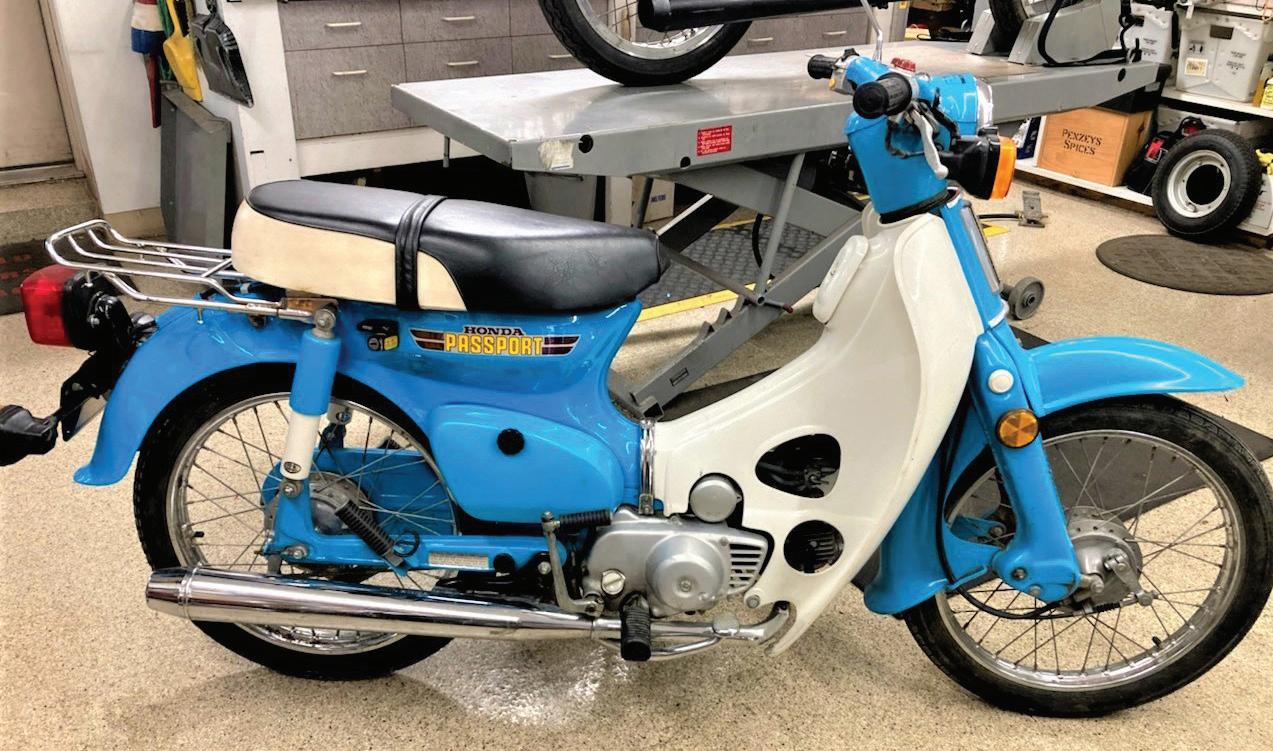
Museum auction in Anamosa, Iowa, and purchased a 1981 Honda Passport with 231 original miles on it. The bike had been gifted to the museum. The tail end of it must have stuck out in the weather as the rear section of the scooter had rusted away. I found a NOS rear fender and had it repainted to match the rest of the bike. All it needed was a battery, fresh oil and fuel. It has electric start and idles so quietly that is barely audible. I took it to Barber last fall and rode it around for two days — what a hoot! What caught my eye in the story was the Yamaha MF-1 in the Contenders section, as I had one of those that I intended to restore, but discovered that parts were unobtanium! Work distracted me from achieving my goal, so I gave it to one of the guys in our ChiVinMoto group (Chicago Vintage Motorcyclists).
Burt Richmond/Chicago, Illinois
READERS AND
RIDERS
“I took it
4 MOTORCYCLE CLASSICS July/August 2023
My Bultaco Pursang
My first dirt bike was this 1972 Bultaco 350 Pursang. In the attached
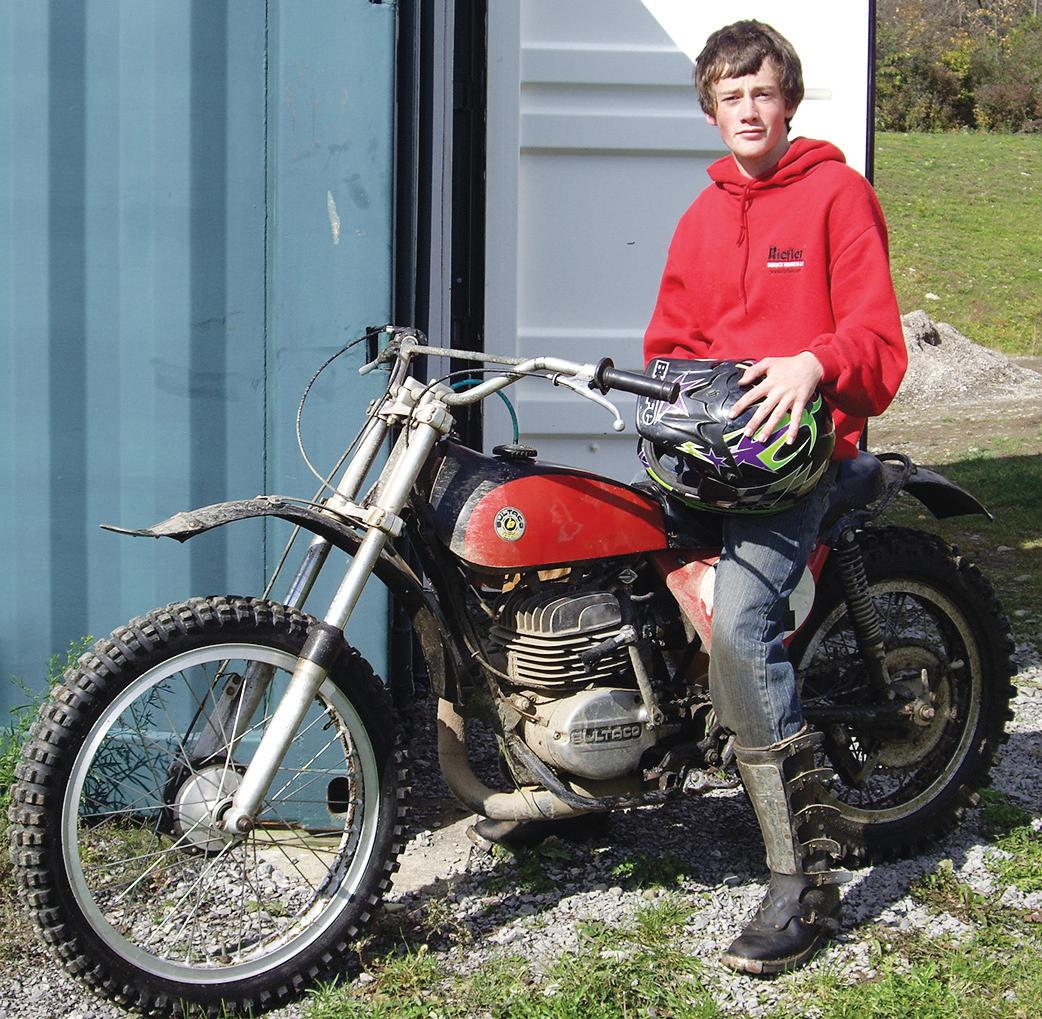
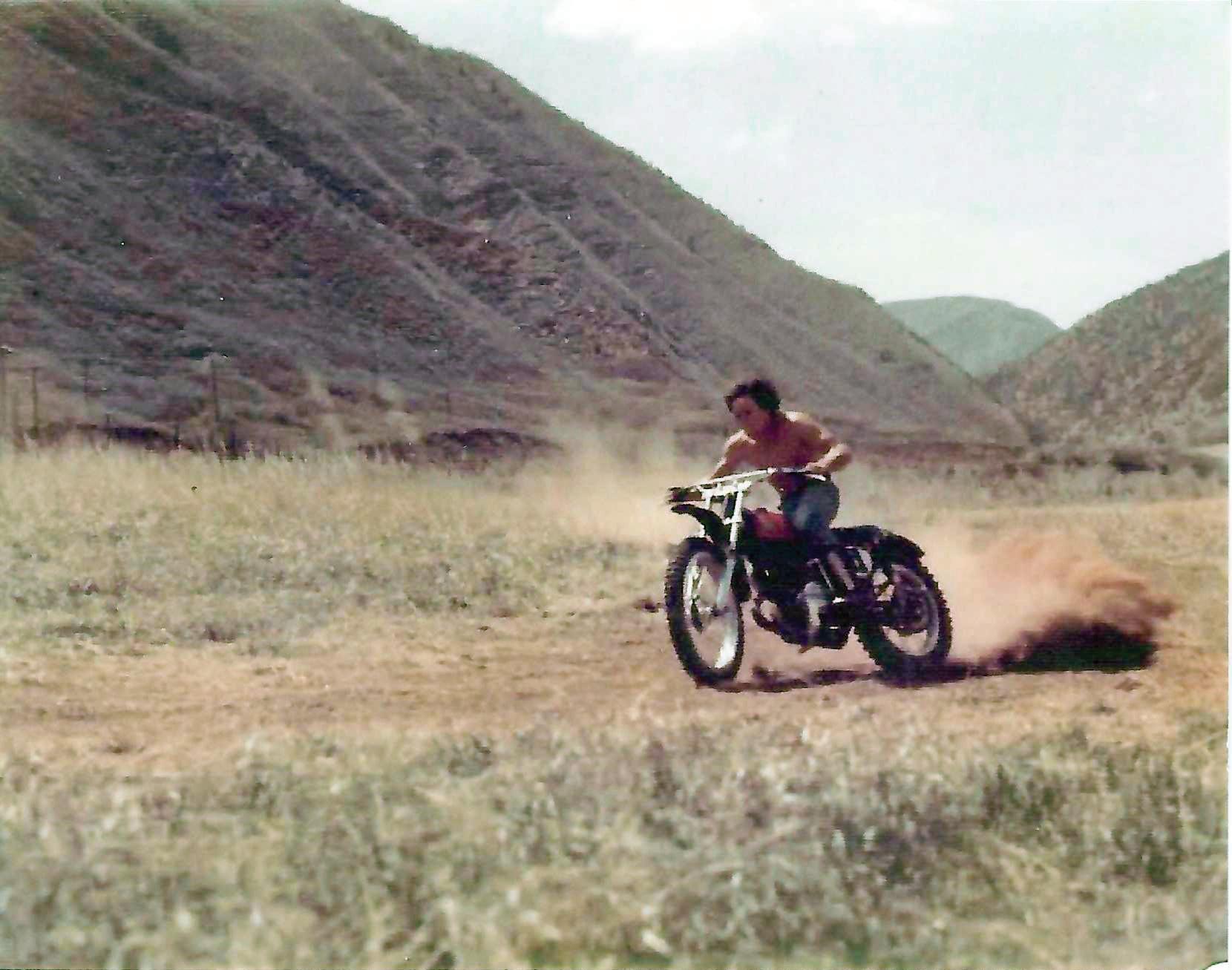
almost 50 years ago. The other photo is with my son, some 17 years
same bike. The bike is still running great!
A dream come true

It was the late '70s, 1979 to be exact, and many of my friends had Sportsters, XLCH kick only. I wanted one badly.
A friend of mine, Jimmy Repica, had this great 1972 XLCH that I fell in love with. He had bought it new off the showroom floor. The answer was always no. “I will never sell that bike, it’s the first brand new Harley I ever bought.” He had bought the Sportster from Frieze Harley-Davidson. Now for you oldtimers, Frieze was in East Saint Louis, Illinois, in 1972.


So, the story goes, after decades of trying to buy the XLCH, I stopped asking because the answer was always NO WAY. We would always see one another but I never brought it up.
Many more years go by and, out of the blue, Jimmy walks up to me in a favorite watering hole and says, “You still wanna buy that Sportster?” and of course my answer was yes! It had sat in a shed behind his home, it was all there, stock as a rock! I got it started and made sure the transmission worked adequately and then took it to my buddy Keefer of BBK (Bikes by Keefer) for the restoration.
It took him a couple of years to finish because of sourcing the parts. To make it look more like a flat tracker, we used Akront rims, the same size on both front and rear. When all the fabrication was completed, I chose to spray it with Harley-Davidson orange. Keefer created a masterpiece, and I couldn’t be happier with the result.
Since it looked perfect, I wanted it to run perfect. My next step was to have Dick Goodall tune the engine. Dick was the first man to get Harley-Davidson in the NHRA, so I knew he was the ideal choice for the job.
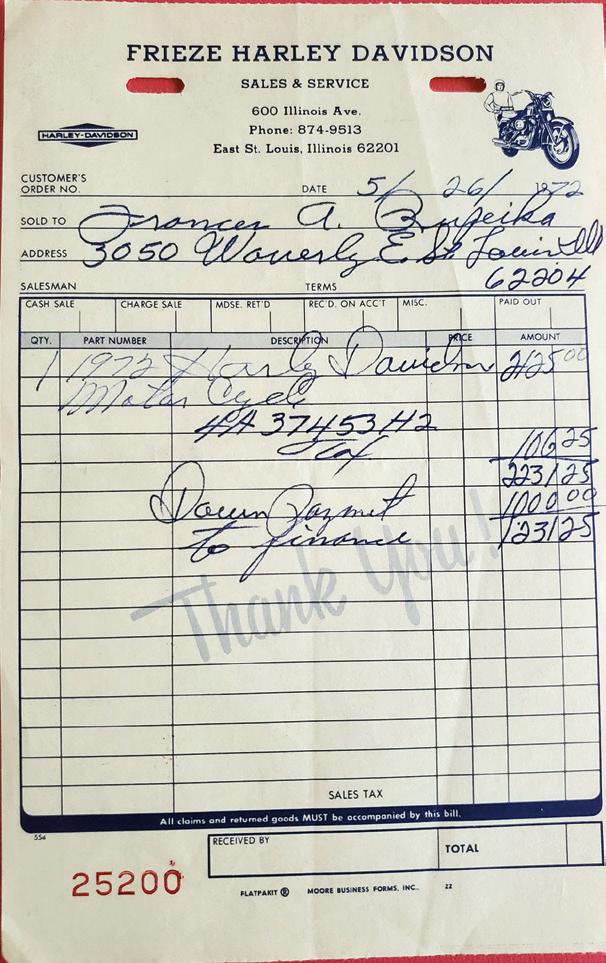
Now it was time to show her off. My debut ride was with my brother Knothead to Shady Jack’s, one of the best biker bars in the country right here in downtown St. Louis, Missouri. Jack checked out the Sportster and with all sincerity, looked me in the eye, shook my hand with a grin and said, “Man, that’s cool!” The second ride was to the 100mph Club Halloween Car and Bike Show. The Ol’ Sporty won 2nd place.
I guess a teenager’s dream can come true even if it takes 45 years!



www.MotorcycleClassics.com 5
Mark Adams Mark's finished Sportster (top), along with the original receipt.
photo I’m riding out west in Colorado. That photo was taken
ago. Someday soon I hope to take a 3rd generation photo with the
David Rowe/East Aurora, New York
A look back at Kawasakis
I feel compelled to comment about an article that appeared in the January/February 2023 issue of Motorcycle Classics entitled Kawa-Kollector, Rich Hobbs and his collection. He’s a man after my heart. Seeing those Kawasaki triples brought back many great memories from days gone by.
I’ve owned three 500s (H1) in orange, grey, and blue. I can’t remember the corresponding years. Also, two 750s (H2), in the original blue. In later years I also had a Z1 (900) and a KZ650. On the dirt side, I’ve had a couple of 350 Bighorns, a 175 and a KDX200. I currently ride a KLR650, and a Triumph Bonneville. I’ve had a variety of bikes over the years, 23 total, but I’ve always had an affection for Kawis.

Kudos Rich ...



Regarding the handling of the H1s, they weren’t as terrible as some have represented. I did some local production-class road racing
A little bit about Fratelli Ferrari
Fratelli Ferrari built motorcycles from 1953-1956, bikes ranging from 125cc to 250cc. The company built both 2- and 4-stroke singles and twins. Amos Ferrari and his brother Luigi, with the help of a wealthy Milanese businessman, formed La Meccanica Italiana s.r.l. Their headquarters were in Milan, Italy.
The first motorcycle was a 125cc 2-stroke and is clearly inspired by Moto Parilla. The 150 Lusso Sport and Super Sport version was displayed at the Milan Show in 1952. Later the same year, the 160cc engine was added. At the

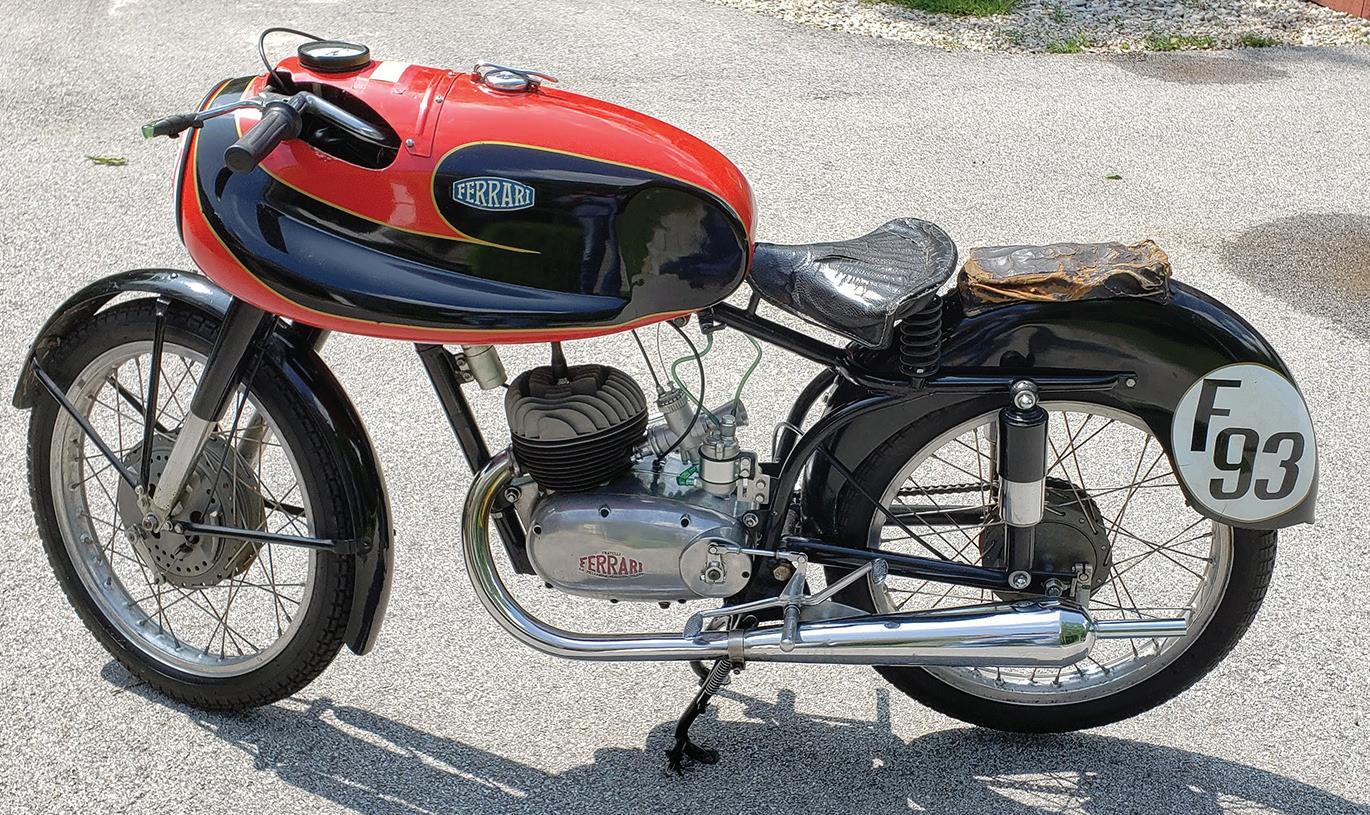
with one back in the '70s, and survived. As Japanese bikes go from that period, they were manageable. Of course, all that power and a light-switch powerband required some very delicate throttle control. They did well on fast tracks, but the Yamaha 350/400s gave everyone fits on tight circuits. Kawasaki had a performance reputation, and the big triples (and Z1) were among the first so-called “Superbikes.” They were quite super in their time, but I’m astonished by the current generation. We now live in the era of 200 horsepower street bikes! Back in the day, full factory race bikes put out less than half that. I guess we need that much power to keep up with the 800 horsepower cars. A bit over the top, I would surmise. I can’t quite figure out where I could ride 200mph, or how I would pay the resulting ticket! But, perhaps, I’m just getting old. Smile ...
Rod Ratzlaff/Florissant, Colorado
Salone Di Milano in 1954, they exhibited the 125cc 4-stroke Turismo Lusso, an interesting twin-cylinder SOHC 175 with chain-driven cams, along with the Gran Turismo 2-stroke 150cc and 175cc models. In Italy during the 1950s, motorcycles all had gear levers on the right side. However, the Fratelli Ferrari has the gear lever on the left side.
Fratelli Ferrari refers to the two brothers who founded the Ferrari motorcycle firm and is the name to which it was changed in 1953 after being challenged by the famous sports car manufacturer. Thereafter the motorcycle was market-
ed as Fratelli Ferrari instead of Ferrari. The small Milan company, despite its excellent craftsmanship, failed to overcome the crisis and closed on November 15, 1955.
We bought this 1955 Fratelli Ferrari 150 café racer from a gentleman who lives in Genova, Italy. He had owned the bike for many years. The Moto Ferrari had raced in many races over the years including the famous Milano-Taranto race in the 1950s in Italy. It also ran in the 2000s ASI Motoshow.
Chris Mauro/Manchester, Vermont
READERS AND RIDERS
6 MOTORCYCLE CLASSICS July/August 2023





















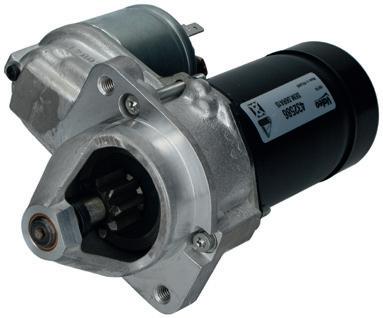
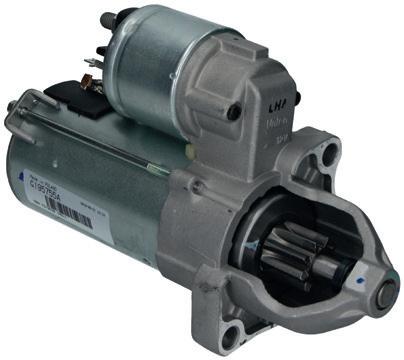
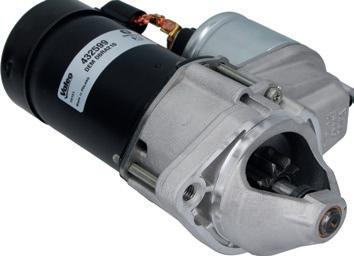

































Your source for Excel, Borrani and Sun Rims Azusa, CA Your contact: Silas Uhlmannsiek Stein-Dinse GmbH • Waller See 11 • 38179 Schwuelper, Germany + 49 (0)5 31 12 33 00 - 0 info@stein-dinse.com www.stein-dinse.com START RIGHT OFF! OEM Quality for Your Classic Beauty 12411244606-Z for e. g. BMW R45, R65, R80, R100 12412306140-Z for e. g. BMW R 1200 GS 12412306700-Z for e. g. BMW R850, R1100, R1150 30730710.1 for most Moto Guzzi models Shop now! Fuel in the blood . Italy in your heart. Our local partner: 608-862-2300 info@mgcycle.com
Mix and Match: 1971 Harley-Davidson FX Super Glide
The meaning of the word “custom” in automotive design has shifted significantly over the years. Originally describing a car or motorcycle that was modified by its owner, now it may simply describe a street standard with a stepped seat and pull-back bars. It’s even lent itself to the oxymoronic description “Factory Custom.”
And perhaps the most famous factory custom in motorcycling is Willie G. Davidson’s FX Super Glide of 1971, which essentially attached a Sportster front end (the “X” in Harley parlance) to the chassis and drivetrain of a FLH Electra Glide (the “F”). As company styling guru, Willie G. also added a distinctive fiberglass “boat tail” seat base/rear fender, which looked not unlike that used on the 1970 Sportster and 1966 175cc BTH Bobcat.
Whether the Super Glide was a stroke of genius or an exercise in lateral thinking is open to argument. The preferred version has Willie G. inspired by custom bike builders and the bobber styles of the ’50s and ’60s, while adding his own unique design flair. In the Electra Glide and the Sportster, Willie G. then found the components needed for his vision and created the FX. Cleverly, the FX managed to embrace the chopper look without actually being one!
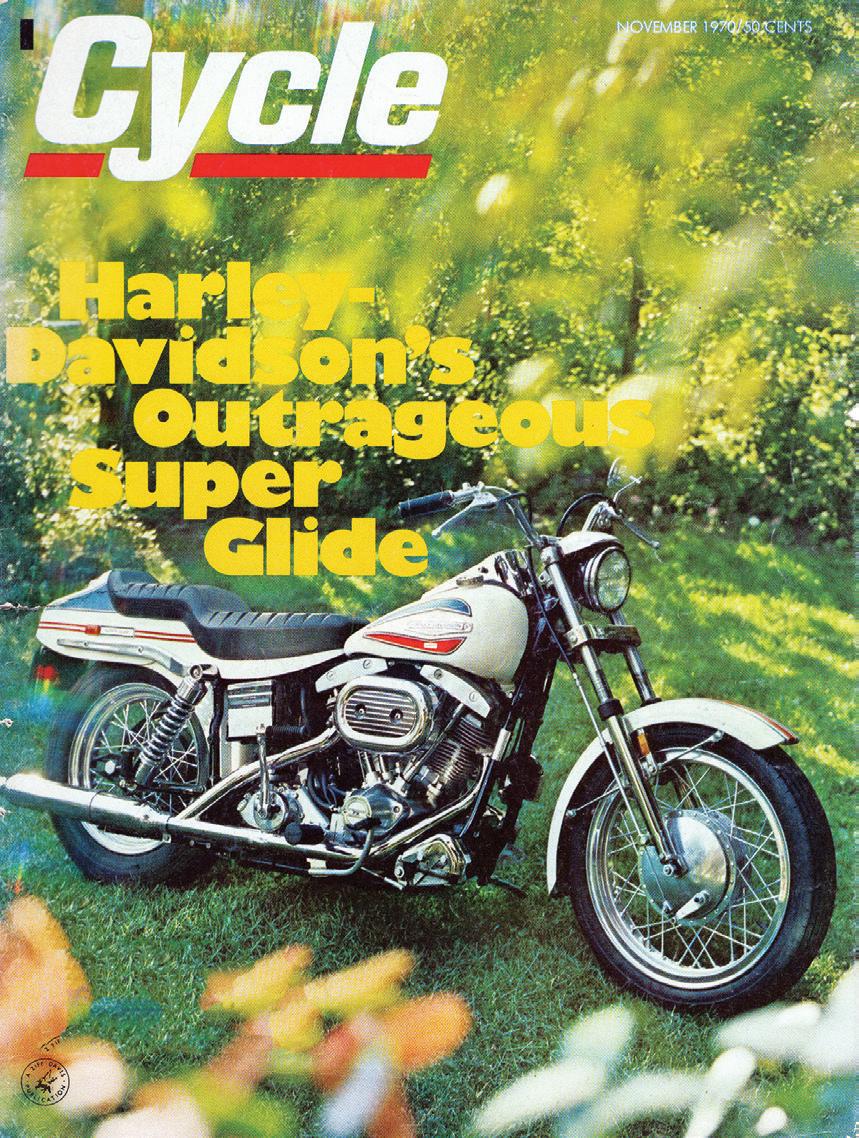
Providing the Super Glide’s thrust was the familiar 1,200cc FLH “Shovelhead” OHV air-cooled engine with its in-line 45-degree V-twin using a built-up single-crankpin bottom end, knife-and-fork connecting rods, single camshaft and external pushrod tubes. The huge primary case contained a duplex chain drive to the sturdy clutch and 4-speed transmission with chain final drive. Missing from the donor drivetrain though was the EG’s electric starter and heavy battery. The equally stout chassis was also FLH from behind the steering head, except that footpegs replaced the EG’s footboards. A new Bendix
unit of 1-5/8-inch bore brought carburetion up to date.
The front end of the FX was pure Sportster, with its fashionably slender fork, 19-inch front wheel, 8-inch singleleading-shoe front brake and vestigial fender. The remarkable thing is … it
H-D FX SUPER GLIDE
Years produced 1971-1977
Claimed power 65hp @ 3,200rpm
Top speed 108mph (period test)
Engine 1,207cc (87.3mm x 100.8mm bore and stroke) air-cooled, OHV 45-degree V-twin
Transmission 4-speed, duplex chain primary, wet multiplate clutch, chain final drive
Weight 565lb, curb with 1/2 tank of gas MPG 47mpg (est.)
Price then/now $2,200/$15,000-$34,000
worked. By nixing the FLH’s electric start, corpulent front fork, fender, headlight nacelle and fat front wheel, the FX dropped as much as 130 pounds of avoirdupois while shifting the weight balance backwards to 42 percent front/ 58 percent rear. This improved performance without apparently compromising handling, boosting top speed to 108mph from just around the ton.
But engineering based on esthetic inspiration will often crash into practicality and ergonomics. “Styling apart, if the bike were to make it, it would have to perform with a vengeance, said Cycle’s tester. “Accelerate it does, corner it does, stop it does not.” The likely culprits of the FX’s sad stopping were the undersized Sportster front SLS drum and the overly complex hydraulically operated SLS rear brake. The elimination of the electric start also meant using a kickstarter, the lever for which came to rest exactly where the rider’s right leg should be.
Shifting, an operation accompanied by a loud “clunk” from the tranny, also required the rider to lift his or her foot from the peg; and the “lawn mower” handlebars were awkwardly angled. Whether it was the reduced front loading is not clear, but Cycle Guide’s testers found that the front forks would easily top out:
“That clanking when going down a rough piece of pavement … gets to be a bit unnerving.” However, they liked the light, two-finger clutch operation, and that the clutch refused to slip or stick after 25 back-to-back floggings on the strip. And while unquestionably patriotic, the red, white and blue seat trim, “just sort of floated into the picture,” Willie G. is quoted as saying.
So the 1971 FX Super Glide hit the mark in most departments, but disappointed in others. The 1972 FX addressed the questionable boat-tail styling by adopting a more conventional black “banana” dual seat. Disc
ON THE RADAR 8 MOTORCYCLE CLASSICS July/August 2023
The Super Glide graced the cover of the November 1970 issue of Cycle magazine.
brakes were added for 1973, and the electric start reappeared on the FXE of 1976.
Cycle magazine summed up the 1973 FX like this: “What it does best is look good, sound good, make a lot of torque,
attract a lot of attention, and cost a lot of money: and these attributes have permitted it to segregate and satisfy what must be the most incredible, most singular and most conspicuous group of
CONTENDERS
1971-1975 Norton Commando Hi-Rider 750/850
motorcyclists in the United States, whose primary concerns are being seen and leaving behind a rippling trail of thunder. If that’s what turns you on, have at a Super Glide.”
More alternatives to the Super Glide
1969-1971 Moto Guzzi V7 Ambassador 750

If the FX was a happy merger of two distinct motorcycle styles, what inspired the Hi-Rider’s aesthetic? A bicycle? Four years before the Hi-Rider appeared in 1971, Britain’s Raleigh bicycle company launched the Chopper, a clear adaptation of custom motorcycle styling in a pedal bike. But would it work the other way round? The idea could be considered a bit of a joke.
Fortunately, the Commando’s architecture lent itself to reversible customization. From 1971 to 1974, the differences between most models came down to the gas tank, seat, side panels, headlight, and mufflers — to the point where a “genuine” Interstate was only distinguishable from a converted Roaster by whether the Smiths speedometer had a trip meter! So the Hi-Rider used the headlight and gas tank from the Street Scrambler, Roadster mufflers, and its own unique handlebars, sissy bar and seat.

In an era when most makers of large-capacity motorcycles depended on superannuated engine designs, trust the Italians to come up with something new! The parallel twins, boxer twins and in-line V-twins in production in the Sixties could all trace their ancestry back at least 30 years. Guzzi’s timing was perfect.
First of what became known as the “loop frame” Guzzis was the 700cc, 4-speed V7 of 1967, stretched to 757cc for the Ambassador of 1969 with a further stretch to 850cc and an extra gear for the Eldorado of 1973. That an import motorcycle was good enough to make significant inroads into the market for police motorcycles says a lot for the Guzzi twins’ performance, reliability and durability. That and the confidence in the electrics to specify electric starting only. Even BMW hung on to the kicker for another decade or more.
• Years produced: 1971-1975
• Claimed power: 56/60hp @ 6,500rpm/6,200rpm
• Top speed: 115mph


• Engine: 745cc (73mm x 89mm) or 828cc (77mm x 89mm) air-cooled, OHV parallel twin
• Transmission: 4-speed, duplex chain primary, wet multiplate clutch, chain final drive
• Weight: 421lb dry
• MPG: 40-47mpg
• Price then/now: $2,500 (est.)/$6,000-$15,000
Norton was considered a sporting and racing brand, and the Hi-Rider came up short in those departments. But while it was a flop with the coast café-racer crowd, it sold well in the Midwest — enough to keep it in the catalog as late as Fall of 1974. Over the years the Hi-Rider picked up the same drivetrain changes as the other Commandos, though fortunately not the Combat spec engine. And whether the factory built any 1975 850 Mk3 electric-start versions is moot.
• Years produced: 1969-1971
• Claimed power: 60hp @ 6,500rpm


• Top speed: 100mph (period test)

• Engine: 757.5cc (83mm x 70mm bore and stroke) aircooled, OHV V-twin
• Transmission: 4-speed, engine speed dry clutch
• Weight: 559lb curb, half-tank
• MPG: 42mpg
• Price then/now: $1,694 (’71)/$4,000-$13,000
The Ambassador also set standards for finish and touring comfort with the generously padded dual seat, sturdy passenger grab rail, and smart chrome panels on the 6-gallon gas tank. For 1971 a separate speedometer and tach appeared on a neat dash panel. Cycle magazine summed up the Ambassador like this: “It will charge along steadily, hour after hour eating up the miles and carrying its rider in great comfort. It is a good motorcycle for the guy who wants to see what’s going on at the other end of these United States — the true long-distance rider.”
www.MotorcycleClassics.com 9
“Accelerate it does, corner it does, stop it does not.”
MC
NICK CEDAR DOUG MITCHEL
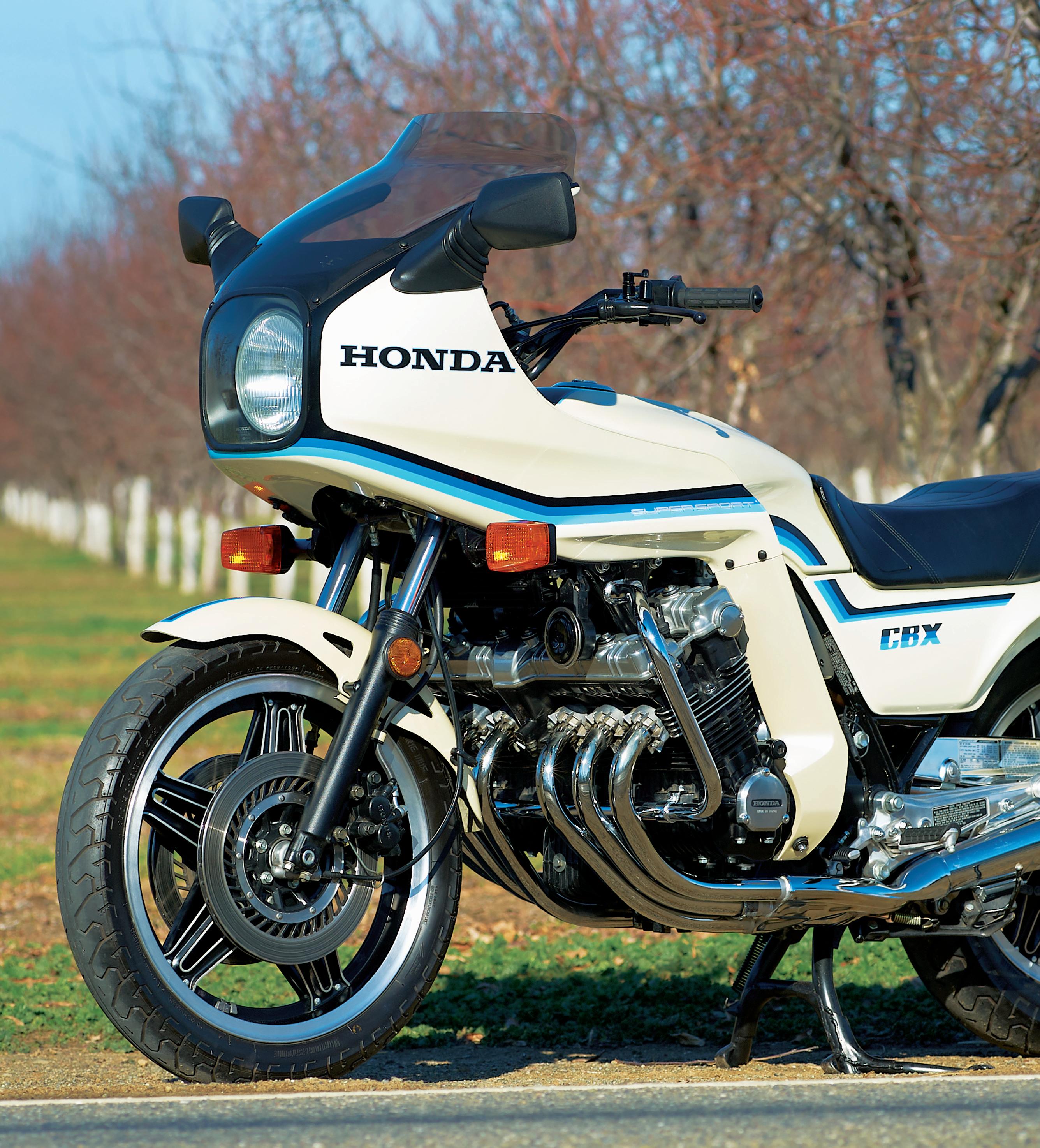
YOUNG AT HEART
Scott Steele’s 1982 Honda CBX
Story by Margie Siegal Photos Nick Cedar

I“I was pretty young when I first saw a CBX,” says Scott Steele. “It was around 1979 when they first came out. I saw one coming down the street, and thought, “Holy cow, look at that engine.” I have a vivid memory of that bike — it was red. What I remember was that massive engine and the six pipes coming out the front.”
The Honda Motor Corporation was selling plenty of motorcycles in the late 1970s, but management fretted that its offerings were lacking excitement. Ten years earlier, Honda’s CB750 had taken the motorcycling world by storm, but as the years went on, Honda’s offerings were looking increasingly tame. By 1978, Kawasaki was the leading manufacturer of wild motorcycles, and Yamaha was catching up to Honda in monthly sales. Honda felt that in order to maintain standing in the motorcycle world, it had to show up with something that would make motorcyclists go bug-eyed.
Development of the new model was assigned to engineer Shoichiro Irimajiri, who got his start designing Honda’s 6-cylinder racing engines of the 1960s. Engine design was either largely or partly the work of Masuharo Tsuboi, a former racer with an engineering degree. Applying the principles of the 6-cylinder racers to the street, Tsuboi and Irimajiri came up with a 6-cylinder, double overhead cam powerplant with a bank of six carburetors and 24 valves. Width of the new engine was controlled by a jackshaft, connected to the crankshaft by a Hy-Vo chain, which turned the alternator, timed the ignition, and sent power to the clutch. This resulted in extra complication, but allowed the cases to be only two inches wider than the cases on the contemporary CB750. The new world-beater, over 1,000cc cubic capacity and very fast, was named CBX.
In print
The immediate reaction from the American journalists who got the first look at the CBX in 1978 was wide-eyed amazement. The first reviews conveyed a sense of shell shocked love-at-firstsight. “The exploding glitter of its technical credentials lights up the sky,” wrote Cycle magazine. Cycle World, normally pretty cool when it came to new motorcycles, started a review with “Great Smoking Blue Gumballs!” Claimed horsepower was 103, it was good for 134mph, and despite the curb weight (with half full tank) of 581 pounds, it would do a quarter mile in 11.64 seconds. That kind of out-of-the-box speed is not bad even now: in 1978 it was jaw-droppingly impressive.
Cycle Guide published a comparison test in November 1978, and included a Suzuki GS1000, a Yamaha XS Eleven, a Kawasaki Z1-R and the CBX. Like all other magazine writers, Cycle Guide was suitably impressed by the CBX’s technical specifications and horsepower, but the extended test revealed that the cycle parts did not quite match up to that awesome engine. Early on in the test, it became apparent that the Suzuki, with the best handling, suspension and seat, was going to be the crowd favorite. The CBX did much better on the back roads than

www.MotorcycleClassics.com 11
The cockpit is reminiscent of a contemporary fighter jet. Scott has many of the contemporary accessories, including an original service manual, owners manual and a clock. Time to go for a ride!
the testers expected, but developed a wobble in bumpy corners. It did reasonably well as a sporty touring machine, but testers obviously felt let down.
1982 HONDA CBX

Engine: 1,047cc air-cooled DOHC 4-stroke 6-cylinder, 64.5mm x 53.4mm bore x stroke, 9.3:1 compression ratio, 98hp @ 9,000rpm
Top speed/quarter mile: 124mph (period test)/ 12.13sec @ 109.89mph (period test)
Any potential buyers who were excited by the over the top reviews had to wait; American dealers did not have any CBXs to sell until 1979. Once on display in showrooms, the buying public oohed and aahed over the looks of the CBX, then bought bikes that weren’t quite as heavy or complex. Honda, reluctant to shut down the model after all that development work, decided to reimagine the machine as a sport tourer. The first new iteration of the CBX came out in early 1980. It sported updated dual rear shocks with adjustable compression and rebound damping, higher rated tires, a beefier swingarm with a stronger swingarm pivot, and an improved steering head. EPA laws were more stringent in 1980 than in 1978, and the CBX had to lose a few ponies in order to
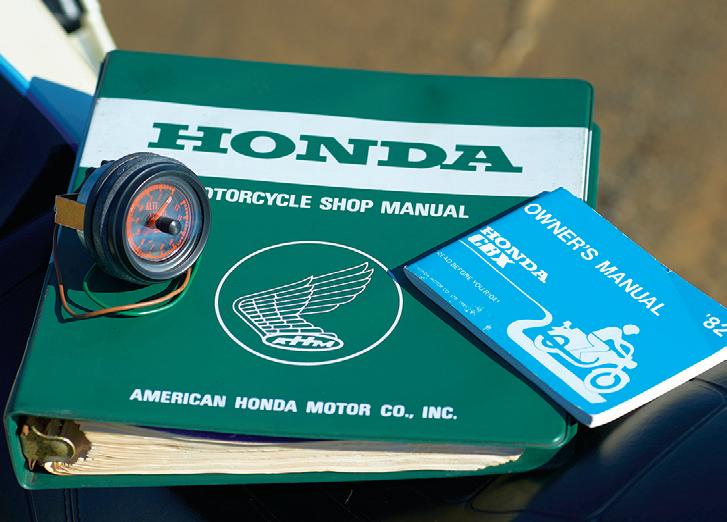

Carburetion: 6 Keihin 28mm CV
Transmission: 5-speed, constant mesh, chain final drive
Electrics: Battery-powered solid state CDI, 12-volt alternator
Frame/wheelbase: Tubular w/engine as stressed member/60.4in (1,534mm)
Suspension: Air-assisted coil spring telescopic forks front, Pro-Link rear single shock, air adjustable
Brakes: 11.5in (292mm) dual disc front, 11.5in (292mm) single disc rear, all single-piston calipers
Tires: 3.5V19 front, 130/90V18 rear
Weight (half tank fuel): 662lb (300kg)
Seat height: 31.9in (810mm)
Fuel capacity/MPG: 5.8gal (22ltr)/41mpg
Price then/now: $3,998/$6,000-$20,000
meet them. In addition, one European country banned motorcycles with over 100 horsepower, so a little detuning was in order so as not to lose sales. The detuning effort did raise midrange power, which is where most motorcycling occurs, so the only real loss was of bragging rights. On test, the 1980 version of the CBX was stable and predictable and would tackle bumpy corners with aplomb.
Now with more bodywork
The next year, Honda went still further with the sport touring idea. The CBX was outfitted with saddlebags and a wind-tunnel-tested fairing. New camshafts provided an additional increase in midrange power. Fork rake was increased to improve roadholding. The fork tubes were beefed up. The rear suspension was changed from dual shocks to a monoshock. Testers praised the neutral steering, light
clutch and good brakes of this new iteration of the CBX, but objected to wind buffeting coming off the fairing and the notquite-perfect seat.
The CBX continued in its 1981 form through 1982. Unfortunately, it was never a top seller, and when the 19811982 American recession reared its ugly head, Honda axed the model from its 1983 lineup. By this point, the CBX had acquired a fan club. Although not a lot of people (at least by Honda standards) bought one, a lot of the people who did take the plunge really liked the bike and hung onto it. Several CBX associations sprang up, the International CBX Owners Association being one of the largest and most active. CBXs became collectible, and some people have started to concentrate on collecting them. Scott Steele is one of them.

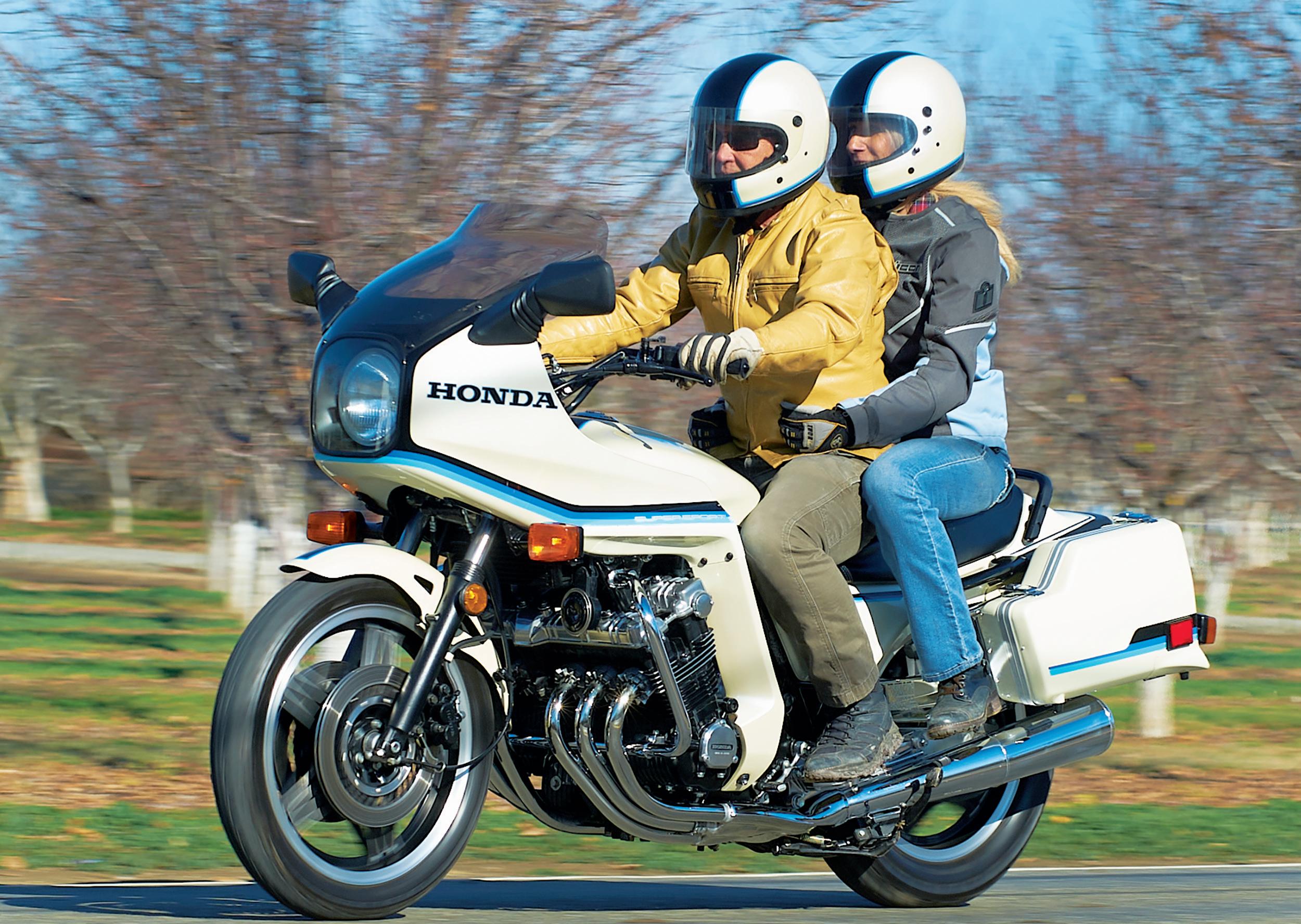
Scott’s collection
Scott has been involved with motorcycles from an early age. A can-do kid, he signed up for a paper route, and used the money to buy his own two wheelers. He shoveled snow in the winter and mowed lawns in the summer. Eventually he grew up, got a job — and kept riding. He also started buying motorcycles.
“I didn’t make a conscious decision to start collecting. I’m
just much better at buying than selling — buy three, sell one. I want all of my bikes to run, and keeping them up is a challenge. I hire out major projects, but spend a lot of evenings working on bikes. I look for high performance bikes, especially those with some significance in motorcycle history. I am interested in the history of motorcycle development, so I have a 1966 Triumph TR6SR, a 1967 BSA, a 1971 Honda CB750, a 1978 Kawasaki Z1R — and seven CBXs. Yes, I am a CBX fan. The CBX was a ‘hyperbike.’ It provided a jump start for motorcycle design for the Eighties. Motorcycles took a huge jump up in design and performance with the CBX.”
Scott keeps an eye out for CBXs, and saw this one on Craigslist. “The bike was in Idaho. I contacted the seller. I base a lot of buying decisions on what I hear from the seller. I feel that I am not only buying a motorcycle, I am buying the seller — what they have done with the bike, how they have stored it and maintained it. I found out that the first owner was a Honda mechanic who kept the bike in his living room. The seller was the second owner. The bike was kept in a garage, under cover. It had all the accessories purchasable from Honda at the time, including Honda’s special cover
www.MotorcycleClassics.com 13
Honda sold helmets to match the CBX. They may not be safe today due to their age, but they show great!
and Honda color-matched helmets. I thought, ‘This is a good bike.’ I bought it sight unseen, from the description and photos.”
Once unloaded from the delivery truck, Scott took his new acquisition into the garage and looked for a spot where it could be hooked up to a battery charger. “I have all my bikes hooked up to battery chargers and keeping the maze of wires under control is a challenge.” A close inspection showed that Steele had come out ahead on the deal. “It was actually better than expected. There are usually a few flaws not fully advised. This bike needed detailing. The front master cylinder leaked, and there was a rodent nest in the airbox. The two owners did a good job of preserving the bike.” A good scrubbing, replacement of all fluids, eviction of Ms. Mouse, and some work on the master cylinder rendered the machine ready for the road. “I got lucky on this one,” Scott says.
“I try to get it out every month for a short ride. It is a pleasant bike to ride. The ’79’80 CBXs were naked bikes and Superbikes. The ’81-’82s are sport tourers. It’s a different concept of motorcycle.” Mitch Boehm, editor of the AMA Magazine and a man who keeps his 1979 CBX in his living room, said in a recent editorial that the ’81 and ‘82 version is a “totally different motorcycle” from the ’79-’80 CBX. Steele continues, “The ’81’82s are more refined in terms of handling. They have a better front end and rear suspension. The power curve is more torquey. They have a more even power band, refined handling and a nicer riding position. A few other tweaks were the improved brakes and changes to improve engine longevity.”

Since the CBX is air-cooled, Steele changes oil annually, and the brake fluid every two years, regardless of mileage. He makes efforts to only run aviation gas, which has no ethanol. “If I don’t use
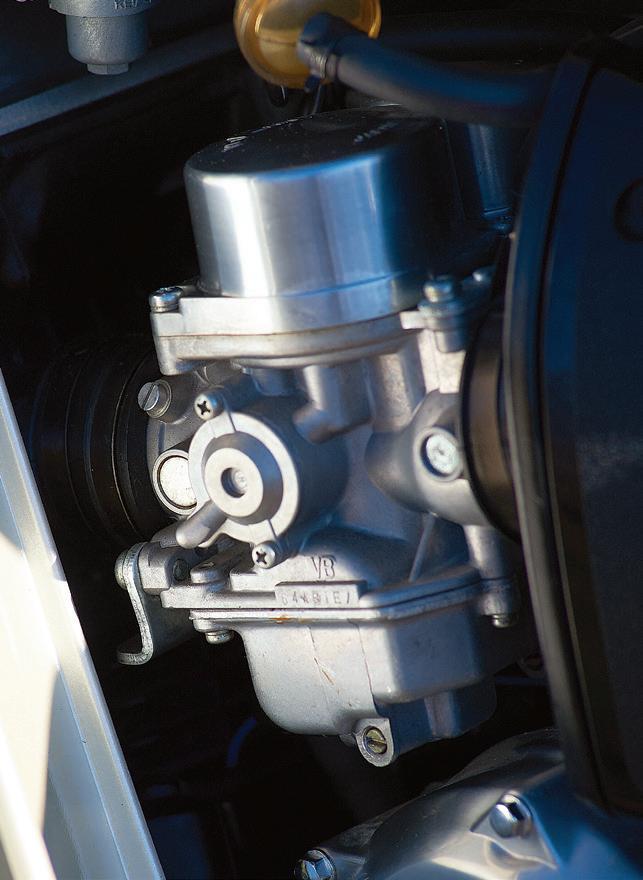
ethanol fuel, the gas doesn’t go bad if the bike sits. The carbs only go out of synch every three to five years if I keep good fuel in them.” When the carbs (all six of them) do need to be synched up, he uses a synch gauge made to tune a four carburetor bank. “I just do four at a time, just like a regular four cylinder. Working on a CBX is not too much different than any other old motorcycle.”
On the road
Before Scott goes out on a ride, he does what he calls “preflight” checks. He checks the tires and lubes the chain. He gets on the bike and makes sure the brakes and steering feel right. Then he starts the bike by engaging the choke, leaving the kill switch on and hitting the start button to get the oil moving. Then he disengaged the kill switch and starts the bike. “Some CBXs are more cold-blooded than others, and this bike is one of the more coldblooded. It takes 4-5 minutes to warm up and then I ease the choke off.
“I roll out of my driveway and shift out of first at 10-15 miles an hour. The fairing does a pretty good job of redirecting the wind. It’s a very smooth and quiet ride. The bike will cruise at 80mph. It’s full size but pretty nimble. I would say more on the nimble side. Comparing it to a Kawasaki Concours, for example, it is more nimble than a Concours. Especially given its age, the seat is good, and the ride is smooth and quiet. It’s not far off from modern sport tourers.”
Period testers complained the saddlebags don’t hold enough, but Scott disagrees. “I like the saddlebags — they are effective and useful.” Then again, he is not trying to fit a week’s worth of camping
14 MOTORCYCLE CLASSICS July/August 2023
One of six carburetors. Scott has figured out how to keep them all synched without too much fuss.
gear in them. “They fit the lines of the bike and are aerodynamic. You don’t get the feeling of bulk with the CBX.”
The one big difference from a modern sport tourer is the care Scott takes to keep pump gas from sitting in the tank. If Scott is out on a longer ride and has to fuel up, he gets out his suction pump when he gets home and drains the tank. “I put the gas in the car. It will burn anything. This sounds a little involved but it works well for me.”
But why?
“Why do I own this CBX? It’s the history — CBXs are significant. It’s the looks. It’s the engine hanging out in front — the CBX is a MOTOR cycle. It’s the unique and great sound. It’s a pleasant motorcycle to ride, especially the ’81-’82 bikes with the fairing. If they made a modern version of the CBX, I would be waiting on the showroom floor for delivery. Riding a CBX puts a smile on my face.” MC

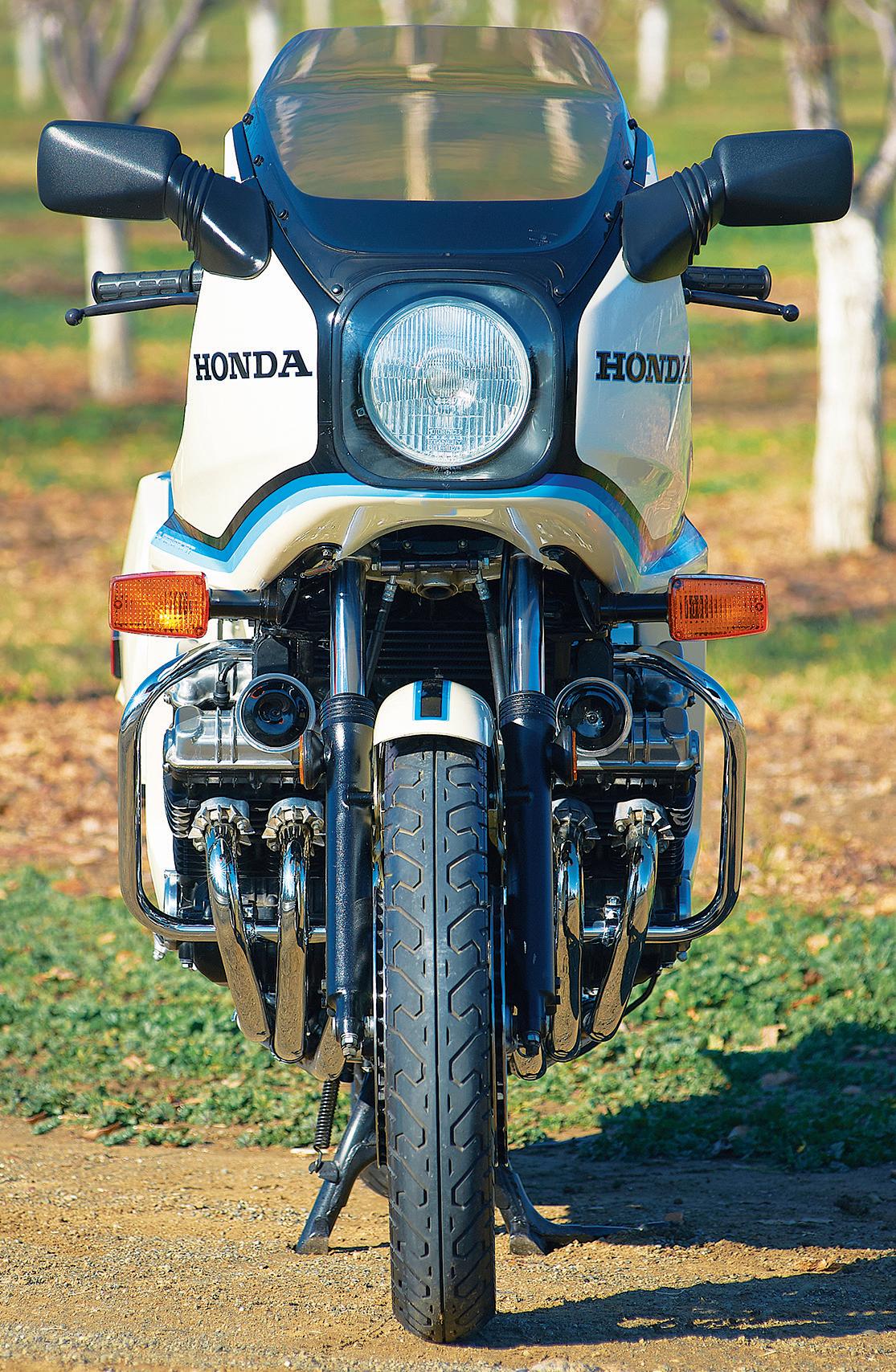

PRIDE AND JOY

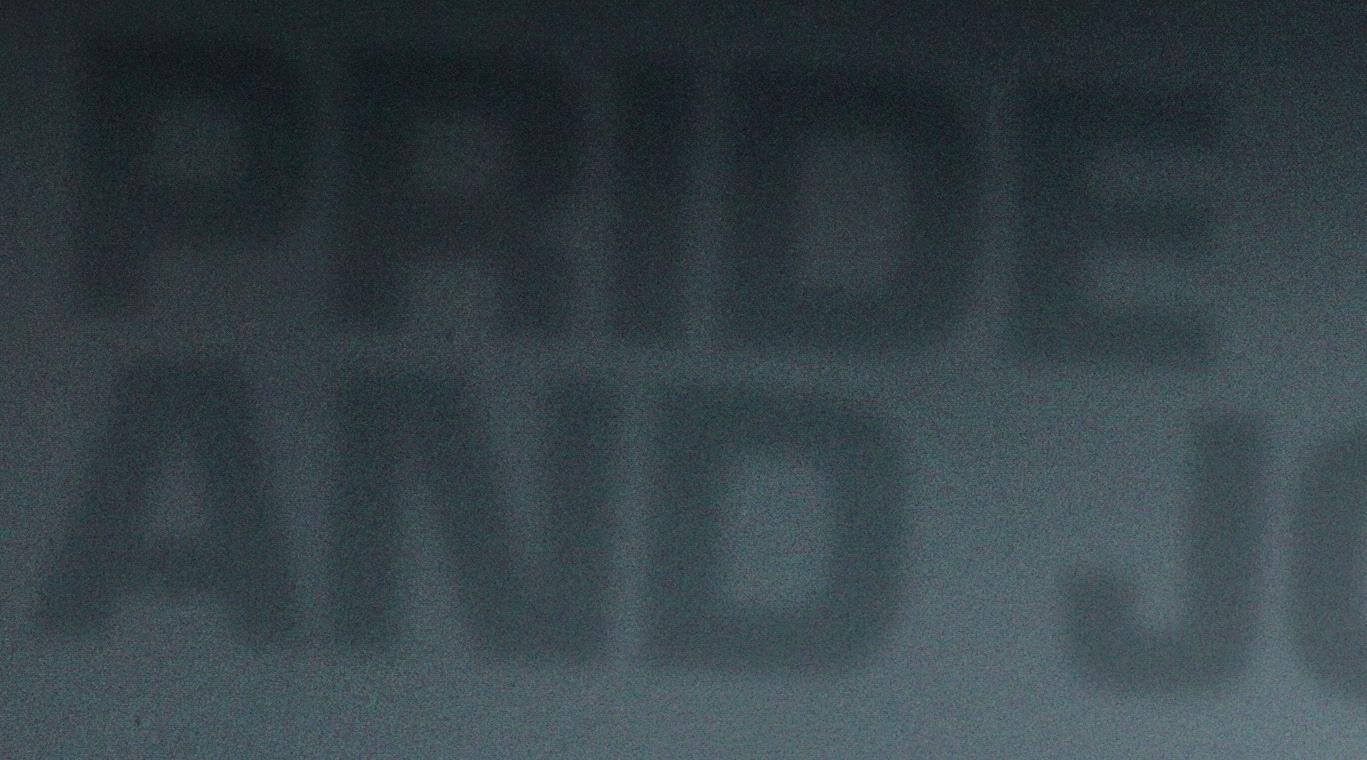
1941 Harley-Davidson EL Knucklehead

IIn 1950, decorated World War II veteran Carl Frank Schmidt was playing cards. Instead of cash, one of his poker buddies wagered a 1941 Harley-Davidson EL “Knucklehead.”
We don’t know the hand Carl held — it could have been four aces — but whatever he’d been dealt won him the motorcycle and he rode it home. According to family, the Knucklehead was used on their Delafield, Wisconsin, farm.

www.MotorcycleClassics.com 17
Story by Greg Williams
Photos by Jeff Barger
Apparently, Carl enjoyed herding cattle with it and generally buzzing around the property, and once rode it as far as Texas to visit another war-time friend.
Carl used the Knucklehead for many years but began restoring it in the late 1980s. Sometime in 1993, he wrapped up the recommissioning of the machine, and at that point, he occasionally rode the bike, and would proudly display it at local shows. With failing health, however, Carl died at age 89 in 2010. Three years later, his daughter Carolyn Danek was clearing up her dad’s estate and offered the Knucklehead for sale. Enter Tony Hessner of Wauwatosa, Wisconsin.
1941 HARLEY-DAVIDSON EL KNUCKLEHEAD

Engine: 61ci (1,000cc) air-cooled OHV 45-degree V-twin, 3-5/16in x 3-1/2in bore and stroke, 7:1 compression ratio, 40hp @ 4,800rpm
Top speed: 95mph
Carburetion: Single Linkert
Transmission: 4-speed, hand shift, chain primary and final drive
Ignition: 6v, coil and breaker points ignition
Frame/wheelbase: Dual downtube steel cradle/59.5in (1,511mm)
Suspension: Double leading link forks w/double springs front, rigid rear

Brakes: 7.25in (184mm) SLS drum front and rear
Tires: 4 x 18in front and rear
Weight (wet): 565lb (234kg)
Seat height: 32in (812.8mm)
Fuel capacity: 3.5 gallons gas, 3.5 quarts oil
When Tony learned the Harley-Davidson was for sale, he arranged to see it, liked what he saw, and was happy to pay the cash asking price. For him, the Knucklehead was a desirable machine that joined several others in his collection, including a Honda Nighthawk S and vintage single and twin-cylinder BMWs. “I had a friend with a large collection of bikes,” Tony says of his initial attraction to the Harley-

Davidson. “He’s got just about every year Knucklehead that Harley produced, and I rode one of his and quite liked it. He simply said, ‘Get yourself a Knucklehead sometime,’ and at that point it was more a dream than anything else because they weren’t inexpensive nor often available for sale. But this one turned up in 2013, and I jumped at the chance to own it.”
Digging deeper
Tony was happy to get the Knucklehead and appreciates Carl’s connection to the machine. When Tony bought the bike, he was given several pieces of documentation. One of those pieces was an undated story about Carl from the Waukesha Daily Freedom newspaper. In the story, reporter Jack Burke wrote about Carl finally receiving the Legion of Merit — 50 years after he saved the lives of three Army friends in German-held territory in France.
It’s quite the story, and Jack wrote that it was in November 1944 when “Schmidt and four others were on patrol … [and]
instantly, and Schmidt and the rest were wounded after a land mine exploded. The two lead soldiers were stranded inside the field, surrounded by unexploded mines. Schmidt’s lieutenant was hit in both legs and bleeding. Schmidt, who was wounded in the legs and arm, had to act. To keep his lieutenant from bleeding to death, Schmidt used his belt and his lieutenant’s belt as tourniquets. He then ran back toward his unit to find help.”
The story continues, “Schmidt brought back medics to tend to the lieutenant, and then risked his own life to save the other two wounded soldiers. Using his bayonet tip to gently prod for buried mines, Schmidt slowly laid out a safe path to the two men and carried them back to safety.” That wasn’t Carl’s only act of bravery during the war, and he was also awarded the Silver Star and Legion of Merit for gallantry in action. With that background, as Tony rides, shows and talks about the Knucklehead, he is more than happy to carry forward Carl’s stories of bravery.
Tony believes he is the third owner of the Knucklehead, and says, “When Carl won it in the poker game, it was at the time a relatively common, 9-yearold motorcycle — but I wonder if he’d have ever imagined how popular Knuckleheads would become?” He continues, “Carl did use it, enjoy it and preserve it well for years
vation using the technology and methods most popular in the late ‘80s and early ‘90s. As the next steward, I have attempted what is commonly done today by mimicking an appearance as close to factory original as modern methods allow.”
Model history
A brief overview of the Knucklehead’s development goes like this. Prior to the early 1930s, Harley-Davidson’s large displacement V-twin engines featured flathead, or side valve, technology. In the mid1920s, however, the Motor Company had offered the BA, or “Peashooter” model, with either flathead or overhead valve layout. Powered by a 21 cubic-inch singlecylinder engine, the BA was a limited-production model built solely for racing. By the early 1930s, however, riders of the company’s bread-andbutter road-going machines were requesting more power. In order to modernize their V-twin powerplant and meet the power demand, HarleyDavidson set its engineers to work designing an overhead valve V-twin powerplant that could be put into production.
During the height of the Depression era, even though motorcycle sales had dramatically tumbled, HarleyDavidson carried on developing an OHV engine. Instead of the total-loss oiling system found in their flathead twins,
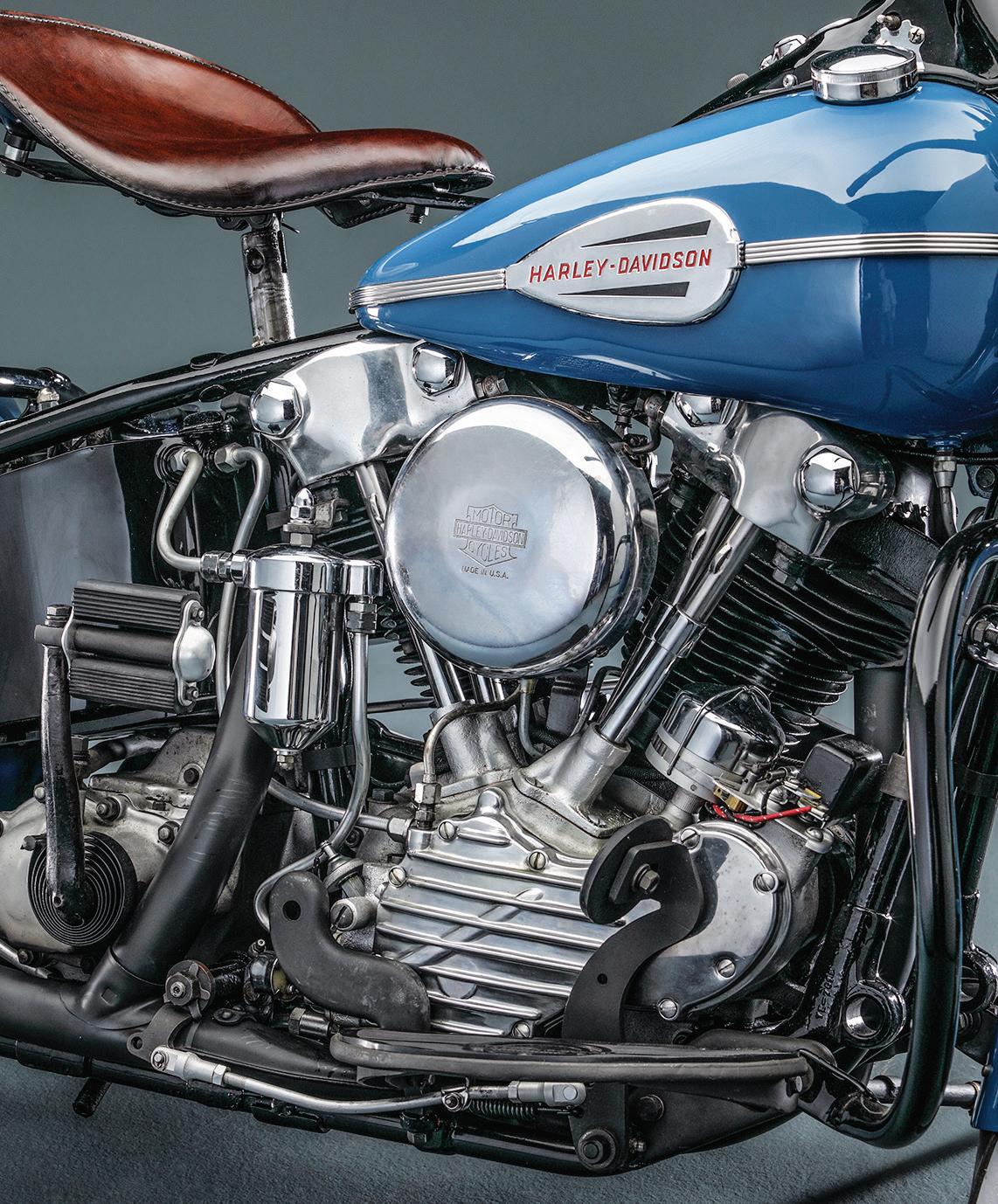

www.MotorcycleClassics.com 19
The engine was completely restored by Mike Lichner.
the new engine was given dry-sump lubrication. This featured a double-gear pump located at the rear of the aluminum crankcase delivering oil to the internal components and overhead valvetrain before returning the fluid to a separate tank for continuous circulation. Harley-Davidson had running prototypes late in 1933, and continued development through to 1935, when their new OHV layout debuted at a dealers’ meeting at the Schroeder Hotel in Milwaukee in November of that year.
As launched to the public in 1936, the new motorcycle was a 61 cubic-inch ironhead V-twin with 3-5/16-inch by 3-1/2-inch bore and stroke. The model E had a 6:1 compression ratio, while the EL was slightly higher with 7:1. There was only a difference of 3 horsepower between the two, with the E
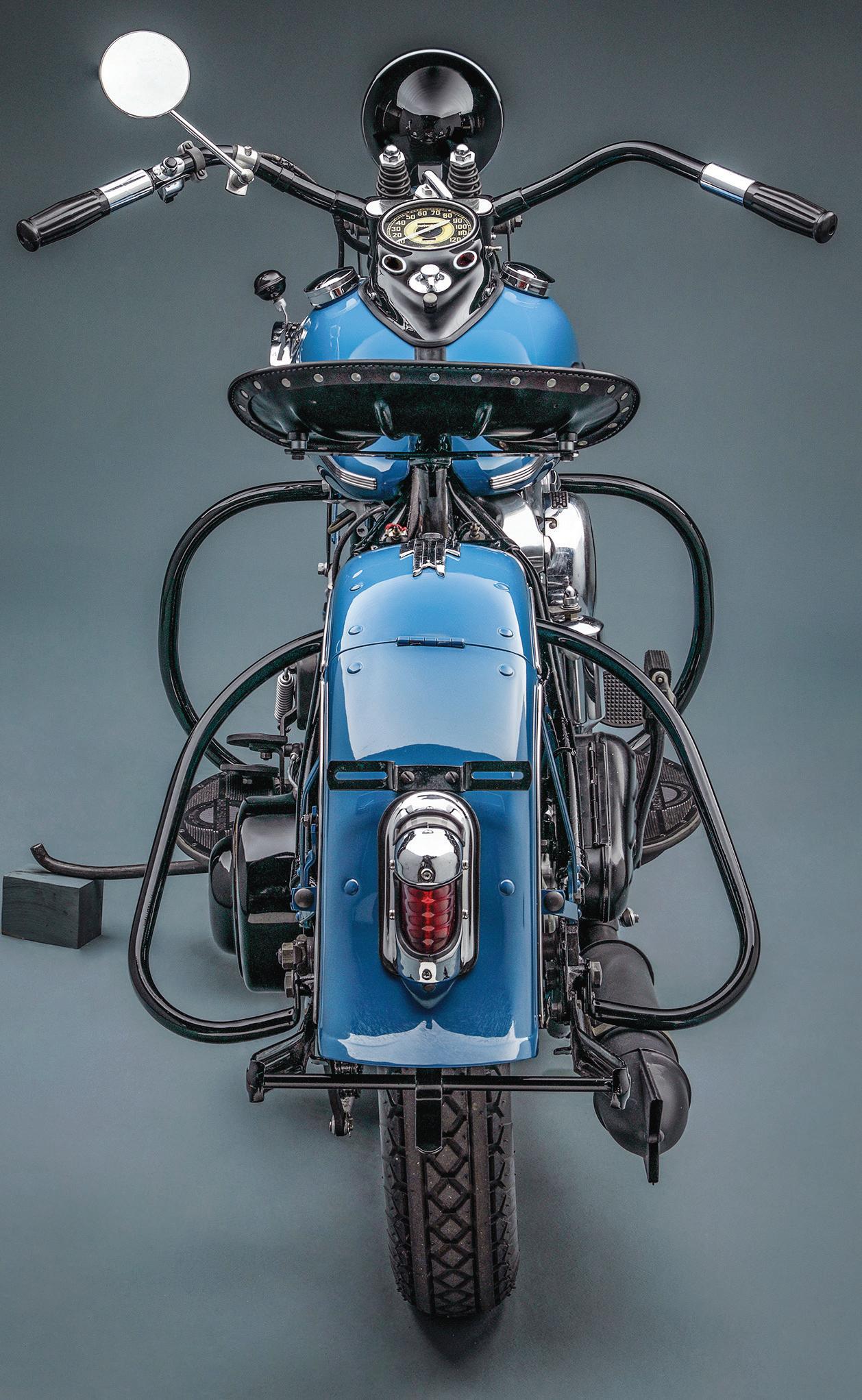

producing 37 and the EL making 40, both at 4,800rpm. Forkand-blade connecting rods rotated on ¼-inch caged roller bearings on the 1.125-inch crankpin between beefy 8.125-inch diameter flywheels. Overhead rocker gear that had finally been fully enclosed by the time of production — but was still prone to seepage — was operated via four separate pushrods riding on a four-lobe cam located in the right-hand side timing chest.
A new double downtube frame and twin-leg springer fork completed the new Harley-Davidson, and only 1,700 E and EL models were built in 1936. Changes were being made almost continuously in those early days of production. There was a total of three different timing covers fitted, two kickstarter gearing ratios installed and ignition timing also altered. As well, a total of seven different oil tanks were used together
20 MOTORCYCLE CLASSICS July/August 2023
“As the next steward of this bike, I hope to have given it the attention to detail that Carl did.”
with revised oil lines, improved rockers and rocker oil feed, valve springs and five different modifications to the frame. Harley-Davidson didn’t sell many of the overhead valve models at the start, but as the machine was refined, customers began to appreciate the technology.
By 1941, Harley-Davidson boosted engine capacity to 74 cubic-inches, and offered that as the model FL. The 61 cubicinch EL, such as Tony’s machine, was still available and the Knucklehead was in production until 1947, when HarleyDavidson introduced an updated model with alloy cylinder heads and upside down pan shaped rocker covers. The earlier model, with rocker covers that resembled the knuckles of a fist, was dubbed the Knucklehead by Harley-Davidson enthusiasts while the newest was called the Panhead.

Tony’s Knuck
As purchased by Tony, the Knucklehead was a good runner and rider. The two-tone red and white paint, while not correct, was in good condition and Tony familiarized himself with the starting and riding procedure and kept Carl’s Knucklehead pretty much the way it was for more than eight years. During those eight years, Tony rode the motorcycle close to 8,000 miles while collecting correct parts and pieces prior to starting a complete restoration to return the machine to factorycorrect specifications.
“The way it left the factory is some indication of history in
tangible form right in front of me in my garage that I can look at, enjoy and ride,” Tony says, “I would attempt to mimic the history book as much as possible, because that’s what it is to me, a piece of history that tells a story.”
Tony is a capable wrench who has rebuilt and restored several motorcycles. However, as this Knucklehead was his first Harley-Davidson, he wasn’t as familiar with the brand and in 2021 commissioned Mike Lichner of Knucklehead Motorworks to take on the bulk of the work. Mike’s shop was located in Muskego, Wisconsin, at the time. Now retired, he has moved to North Central Tennessee. Only occasionally does Mike now take on repairs to help keep old American iron in running condition.
To start the restoration, Mike removed many parts of the Knucklehead, including the tinwork, and gave them to Tony. Getting his hands dirty, Tony took on the task of cleaning and prepping many pieces to hand off to his painter, Jason LeCavalier of Artistimo Customs in Waukesha, Wisconsin. Jason took on any sheet metal repairs before proceeding with priming and painting them Skyway Blue, a Harley-Davidson factory color. Carl’s daughter Carolyn told Tony the bike had been blue before being re-painted red and white, and Tony confirmed this after locating evidence of the hue under a screw head on the rear fender, and under the chrome bezel of the front fender light.
Meanwhile, Mike pulled the 61 cubic-inch Knucklehead
www.MotorcycleClassics.com 21
Won in a poker game by decorated World War II vet Carl Schmidt in 1950, Tony Hessner, seen here, acquired the bike in 2013 and restored it.
engine which had some oil leaks and a couple of broken fins on one of the iron cylinder heads. The engine was taken completely apart to check internal components, and all repairs, including a new pinion shaft, trued flywheels and new bearings went into cleaned cases with fresh gaskets. Up top, cylinders were honed and fitted with plus-.040-inch pistons and rings. Also installed were new lifter rollers, an Andrews camshaft, new exhaust valve guides and new intake and exhaust valves. For increased longevity, the heads were sent to Advance Cycle Machining in Superior, Wisconsin, for the installation of hardened valve seats. Mike ran the rebuilt engine in a test stand to sufficiently break it in before any serious road use.
While the engine was out, Mike further stripped the machine to the bare frame in order to have the front downtubes repaired. With such a low ground clearance, Tony says over time many Knucklehead frames received front downtube damage at the lowest point where they curve to go under the engine. For this specialized work, the frame was shipped to Wasco Frame Service in Tacoma, Washington, where the tubes were cut out and new ones were welded into place. With the frame shipped back, Tony had it and many of the other black components painted black. Very little was powder coated, in fact just the twin-passenger Buddy seat pan and springs (not fitted to the machine as photographed here).
Tony had Reliable Plating Works of Milwaukee de-chrome several pieces, including the front and rear crash bars, handlebar, derby cover and license plate bracket. One of the only parts he had re-chromed was the front fender light.
Nuts and bolts



As Mike put the Knucklehead back together, Tony opted to fit 18-inch rims to original Harley-Davidson hubs. In 1941, H-D had introduced 16-inch wheels front and rear, and Tony’s Knucklehead was rolling on chrome 16s. However, he much prefers the look of the slightly taller 18-inch wheels and built and trued both himself. Any incorrect fasteners were removed and replaced with proper items, and fasteners were glass beaded in preparation for refinishing. Originally Parkerized black, Tony bought a Parkerizing kit to perform the fastener refinishing process at home, while Mike also re-Parkerized many nuts and bolts.
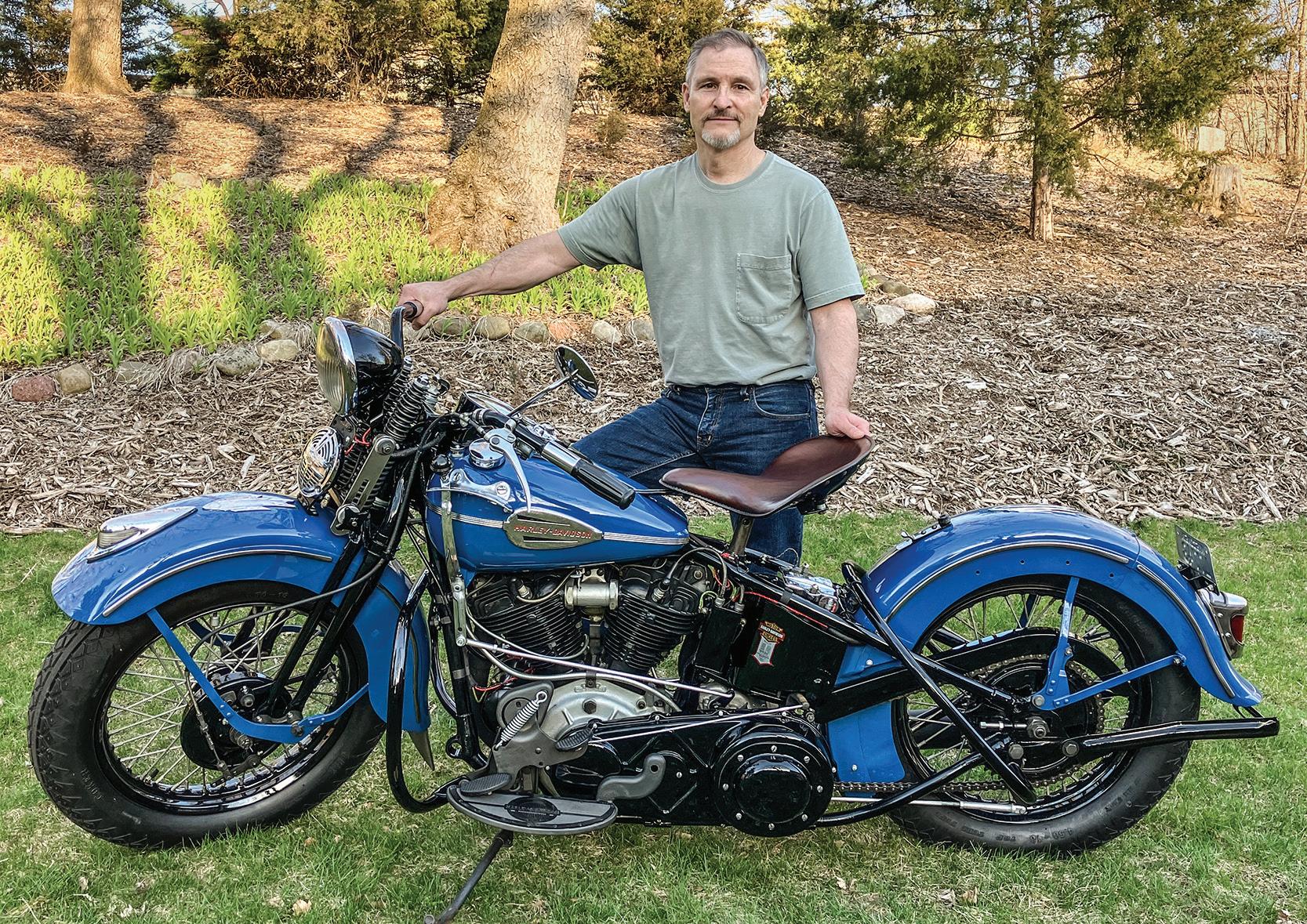
A faithful aftermarket wiring harness was used in the restoration as Mike pieced the bike back together with the original ignition system and 6-volt electrics. Although Tony had the Buddy seat recovered, he prefers the look of a solo-style seat and bought a reproduction in Dark Umber to complete his Knucklehead. After 18 months of work, with plenty of help from Mike, Tony says he had a running Knucklehead back in his garage. However, he had a little trouble getting the engine to run happily when under power. The issue was traced back to the Linkert carburetor, and this was sent to Matt Olsen of Carl’s Cycle Supply for a full refurbishment.
Now, to bring the Knucklehead to life, Tony retards the spark about halfway, turns on the fuel, gives it full choke, cracks the throttle slightly and kicks the engine through twice on the compression stroke. Next, he turns on the ignition, reduces the choke to one click open, and gives it one good swift kick. The engine fires every time, he says, and once running, the ignition is fully advanced. “It’s very, very predictable to start,” Tony says. With a left foot clutch and hand shift lever on the left side of the gas tank, Tony doesn’t find the Knucklehead difficult to ride at all, and in the summer of 2022, added more than 500 miles to the refurbished machine. He says, “I dream of going farther on the bike, and wouldn’t discount it, because I think it’d go the distance.”
Tony concludes, “As the next steward of this bike, I hope to have given it the attention to detail that Carl did. I would have loved to have met him and have enjoyed speaking to and getting to know his daughter Carolyn and her spouse John. I greatly appreciate Carl Schmidt’s fascinating lifetime, and his wartime bravery. I’m proud to own his Knucklehead.” MC
Experience More Than 100 Years of Motorcycle History

The Harley-Davidson Motor Co. Archive Collection, showcasing more than 100 years of bikes that shaped motorcycle history, brings the company’s legacy to life on page after page of motorcycles beyond compare. Created in cooperation with the official Harley-Davidson Museum in Milwaukee, this book allows motorcycle enthusiasts to pore over milestone bikes from the collection and to linger over every detail that has made Harley-Davidson an icon of American open-road power and performance. With exquisite, detailed photographs and histories of more than 200 motorcycles from Harley’s collection, from serial number one built in 1903 to pre-World War II racers to the latest Street Glide, the book captures the excitement of the best-known motorcycles in the world. This title is available at store.MotorcycleClassics.com or by calling 800-880-7567. Mention promo code: MMCPANZ5. Item #10927.

22 MOTORCYCLE CLASSICS July/August 2023
See








Quality tires, made in Germany


























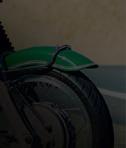
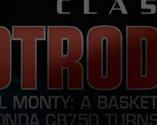






MOTORCYCLE CLASSICS

2005 2022 ARCHIVE USB DRIVE



Bringing you the most brilliant, unusual, and popular motorcycles ever made … delivered on a flash drive that contains more than 3,700 articles and plugs into the USB port on your favorite device. Whether you’re interested in a particular manufacturer or repairing a specific part, use our search function to bring up 18 years of Motorcycle Classics’ relevant content! For collectors and enthusiasts, dreamers and restorers, newcomers and lifelong gearheads, we have you well covered. Also included on the USB drive are 110 articles in PDF format, written by longtime Motorcycle Classics’ contributors Alan Cathcart and Phillip Tooth. Item #11853

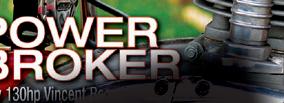
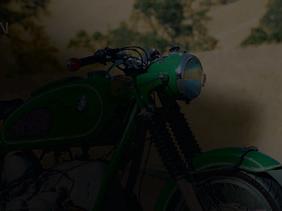

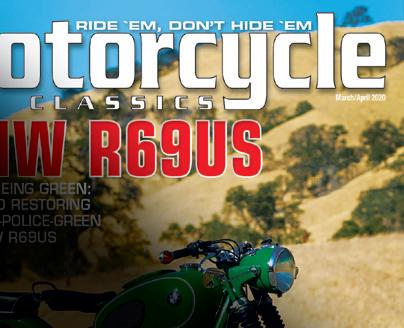


Call (800) 880-7567 or order online at Store.MotorcycleClassics.com



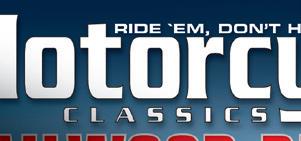

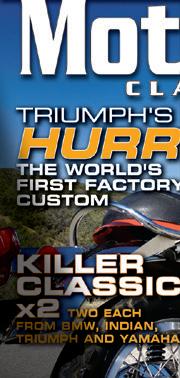



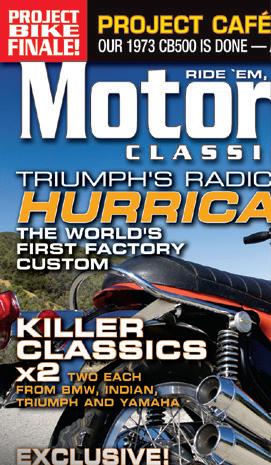
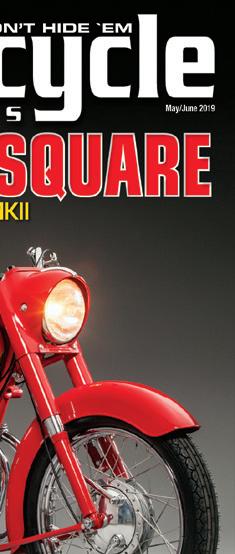
Member price:



$ 34.95 $ 39.95

what we have to o er at heidenautires.com
Mention promo code MMCPANZ1
does not include shipping and
Price
handling.
CRAIG VETTER AND THE MYSTERY SHIPS




A rare pair
Story by Greg Williams
Photos by Andrew Marvan
WWind-cheating guru Craig Vetter has long lived by the maxim, ‘Do more with less.’ It’s a philosophy that inspired the legendary designer from an early age, and it’s what initially drew him to motorcycles.


Craig was a teenager when he acquired a Cushman scooter, which he attempted to modify with bodywork made of papiermâché. After graduating from the product design program at the University of Illinois in 1965, and while riding his Yamaha 305 on a highway trip, he discovered the benefits of wind protection when he tucked in behind a long haul truck and trailer and traveled in its slipstream for a few moments.
“This experience led,” Craig says of riding in the truck’s draft, “to the Vetter Fairing Company.” Craig built his first fairing in 1966. He worked in the living room of a rented house in Champaign, Illinois, producing a mold he and his friends used to lay down fiberglass to make a fairing to fit their smaller Japanese motorcycles. Then, in the March 1967 issue of Cycle World, an advertisement for his Vetter Fairing appeared. His products filled an obvious void in the market, and from that point, Craig went on to design in 1971 the classic Windjammer fairing, followed by saddlebags and trunks, with products to suit many popular
machines of the era.
While operating his fairing design and supply business, Craig was also busy with other motorcycle projects, including designing in 1969 the machine for BSA that ultimately became the 1973 Triumph Hurricane. Listing all of Craig’s design accomplishments here — from motorcycles to human-powered vehicles to solar powered hot tubs — would be impossible. There are quite simply enough to fill a book, and he tells me he’s working on doing just that.
mately became the 1973 Triumph Hurricane. Listing

Craig’s




























which two (with No. 8 and No. 9) for the largest accumulation of Mystery Ships. Only 10
7 and No. 10 might be also remains a mystery.
One chapter in Craig’s yet-to-bereleased book will include the story about the Mystery Ship project, two of which are seen here — No. 5 and No. 6. Both are owned by Jim Balestrieri of Wisconsin’s Throttlestop Museum, and his collection of two is tied with the Barber Vintage Motorsports Museum (with No. 8 and No. 9) for the largest accumulation of Mystery Ships. Only 10 of these unique motorcycles left Vetter’s factory, and two were equipped with a turbo. Those machines are No. 6 and No. 8. Identifying each bike is made easy as the production number is prominently displayed on the fiberglass side panel. No 1 was donated by Craig to the AMA Hall of Fame Motorcycle Museum. The whereabouts of No. 2 is unknown, while No. 3 is privately owned. According to Craig, No. 4 was in Germany when it was stolen and its location isn’t known. While not stolen, just where No. 7 and No. 10 might be also remains a mystery.
www.MotorcycleClassics.com 25
3
VETTER MYSTERY SHIP
Stock engine: 1,015cc air-cooled DOHC 4-stroke 4-cylinder, 70mm x 66mm bore x stroke, 8.7:1 compression ratio, 83hp @ 8,000rpm (Mystery Ship engines could be built to buyer’s spec by Yoshimura. No. 6 is fitted with R.C. Engineering turbo. Exact power specs unknown but likely close to 130hp @ 8,500rpm)

Top speed: 135mph (approx.)
Carburetion: Four Keihin VM28
Transmission: 5-speed, wet multi-disc clutch, chain final drive


Electrics: Solid state electronic ignition, battery and coils
Frame/wheelbase: Modified to Superbike specs, tubular double cradle/59in (1,499mm)
Suspension: Telescopic front fork, modified box section swingarm rear
Brakes: 11.5in (292mm) dual disc front, 11.5in (292mm) single disc rear
Tires: No. 6 fitted w/Dunlop K81s, 4.10H19 front, 5.10H18 rear
Weight (dry): 495lb (224.5kg)
Seat height: 28.5in (724mm)

Fuel capacity: 6.0gal (22.7ltr)
What’s in a name?
What is the meaning of the Mystery Ship moniker? Craig told me he borrowed the name from the 1930 Travel Air Type R racing airplane, the details of which were so secretly guarded expressive newspaper reporters dubbed it the ‘Mystery Ship.’ Craig first heard about the Mystery Ship as a young teenager,
and says, “I was taken by the name of this airplane,” and it’s one he resurrected for his own venture. His Mystery Ship project started in the mid-1970s, when Craig was involved with the British-based Rickman company and its line of special café-racer frames that accommodated Triumph, Honda and Kawasaki engines. Using a Honda 750
Constructed of fiberglass, the unique bodywork was a two-piece design.
The ultimate option on a Mystery Ship build added a $1,700 turbo from R.C. Collins Engineering.
Rickman frame, Craig began mocking up a Mystery Ship machine with a uniquely styled front fairing and rear bodywork. On his website he says, “The idea was to make the most wonderful sport-touring motorcycle in the world.” Along with this endeavor, Craig was road racing. Although he started on an Aermacchi 250 modified with a Yamaha YZ250 motocross engine, he was soon aboard a Rickman-framed Honda CB750, followed by a Kawasaki 903.
The Kawasaki, with an upgraded Z1 engine built by Russ Collins, was quite competitive. That combination led to the Vetter Corporation sponsoring a Superbike racing team with
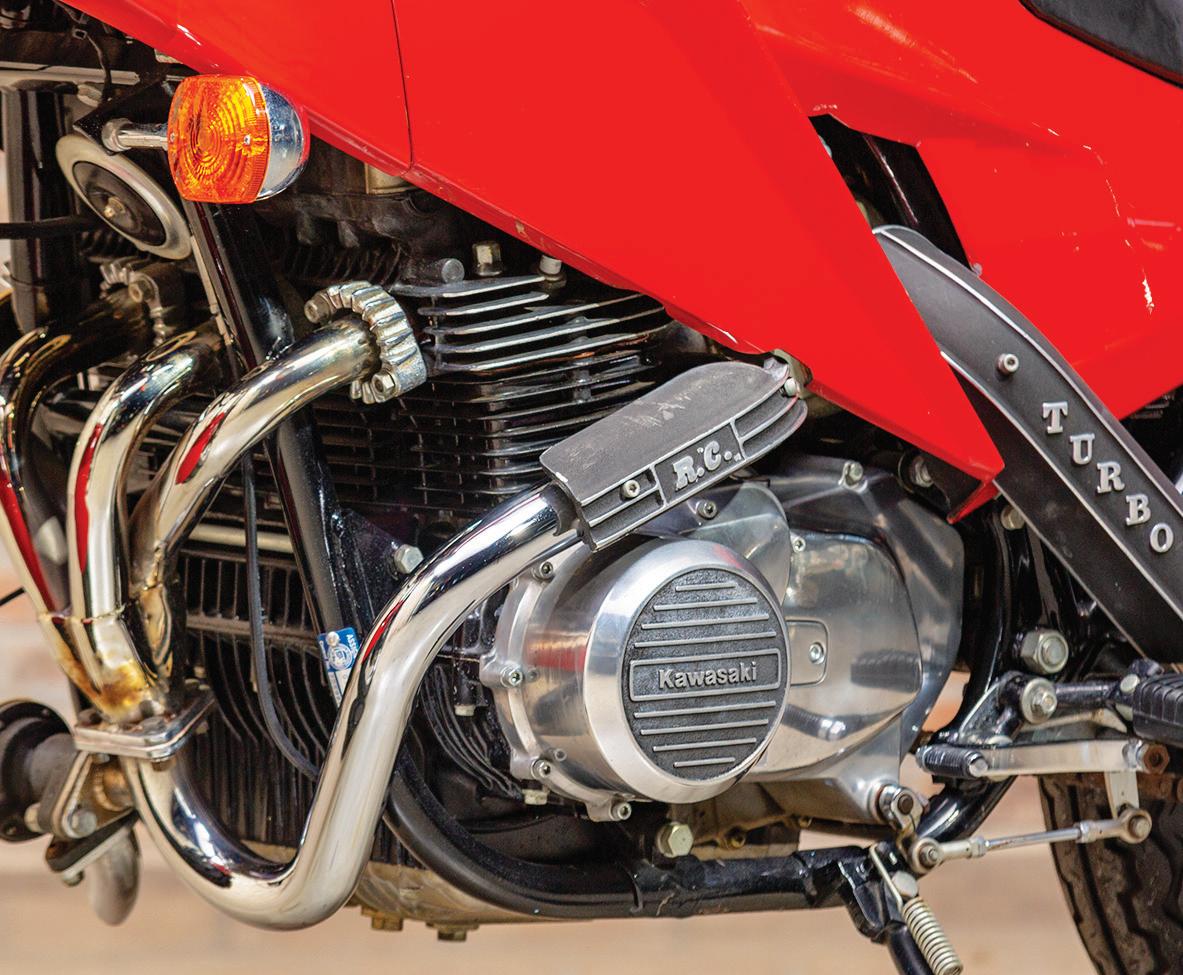

Along with the Superbike win in 1978, that year is another important milestone. Late that year, Craig sold the Vetter Fairing Company and relocated from Illinois to Carmel, California. This allowed him an opportunity to focus on other projects, including Mystery Ship design and eventual production in his San Luis Obispo facility. To reflect the chassis development of Pridmore’s racer, Craig shifted the
 Reggie Pridmore campaigning a Vetter Kawasaki KZ1000. In 1978, Pridmore won the AMA Superbike Series on the Vetter Kawasaki, a serious bit of racing kit built by the late Pierre DesRoches.
Reggie Pridmore campaigning a Vetter Kawasaki KZ1000. In 1978, Pridmore won the AMA Superbike Series on the Vetter Kawasaki, a serious bit of racing kit built by the late Pierre DesRoches.
www.MotorcycleClassics.com 27
R.C. Collins Engineering turbo adds to the visual interest of Mystery Ship No. 6, one of only two equipped with the turbo option.
Originally planned for a Rickman-framed Honda CB750 engine, Craig Vetter shifted his Mystery Ship project to a modified 1980 Kawasaki KZ1000 chassis with many detail changes made by frame builder Sandy Kosman.
Mystery Ship build from the Rickman Honda 750 chassis to the Kawasaki platform and by January 1979 he had refined the design of the twopiece bodywork that fit over a 6-gallon aluminum gas tank.
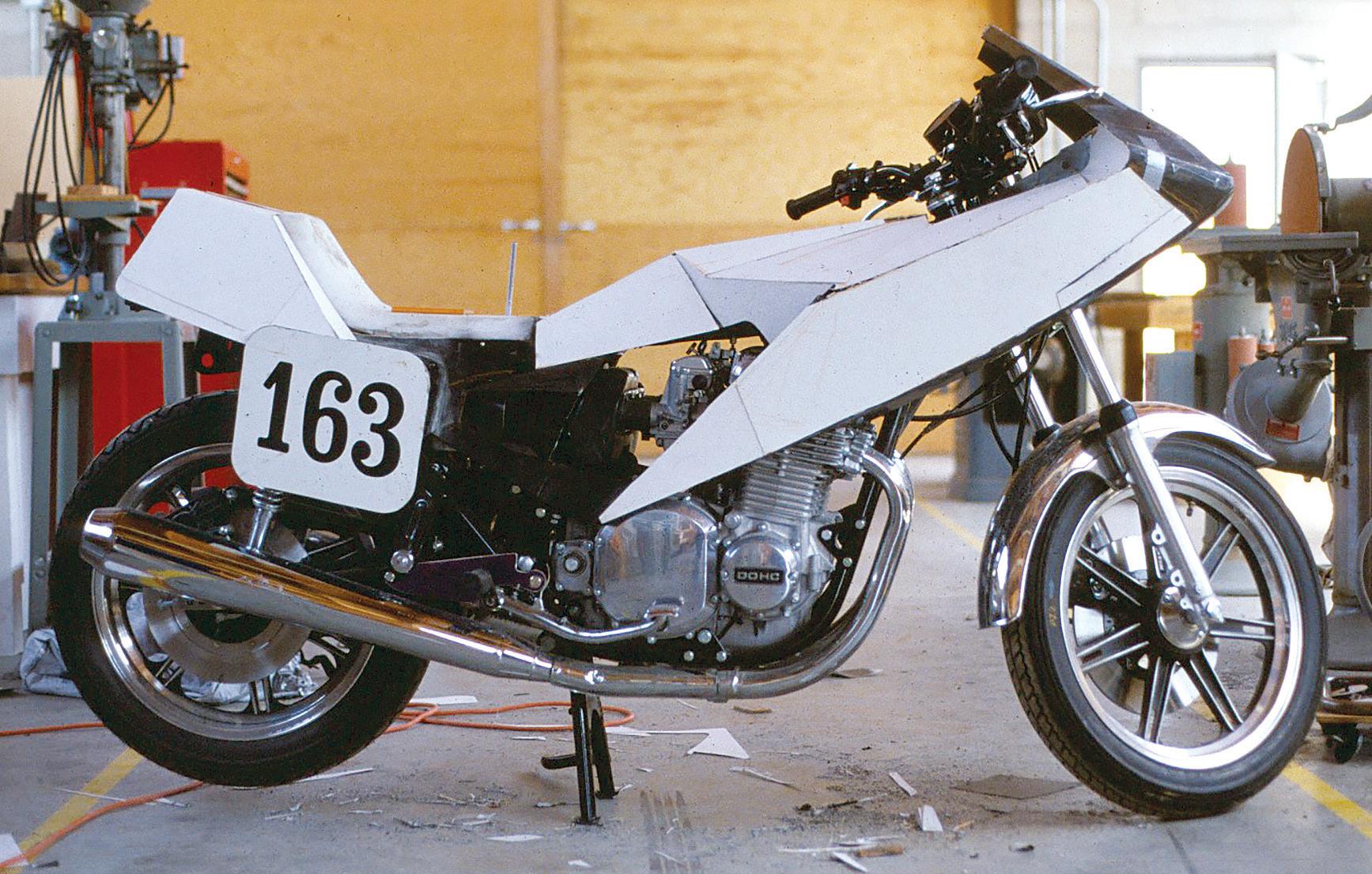
At dealer cost, Craig bought ten 1980 Kawasaki KZ1000 MKII motorcycles and completely dismantled them. The frames were delivered to Sandy Kosman, legendary motorcycle drag race and flat track frame builder. In Sandy’s hands, the chassis was set in a frame jig and massaged to bring it to the specification of the ’78 Vetter Kawasaki. This was achieved by removing the headstock and replacing it with one freshly machined to accept 62mm taper roller bearings, and at an angle of 26-degrees. Further alterations included fitting a box section rear swingarm, while moving the rear shock mounting points allowed
Mystery Ship No. 5


As mentioned in the main story, Jim Balestrieri of the Throttlestop Museum bought Mystery Ship No. 5 first and calls it the “promo bike” as it’s seen in several images of Vetter’s glossy market-


the Mulholland Force 1 air shocks to become more horizontal. Oil was kept cool by a Lockhart cooler located at the front of the fairing, underneath the headlight. Essentially, each Mystery Ship was built to customer order with a base cost of $9,995, close to three times the price of a standard 1980 KZ1000 MKII at $3,500. Some Mystery Ships came with Dymag 3-spoke magnesium wheels, while others had solid spun aluminum discs in place — but all featured Ferodo brake pads in
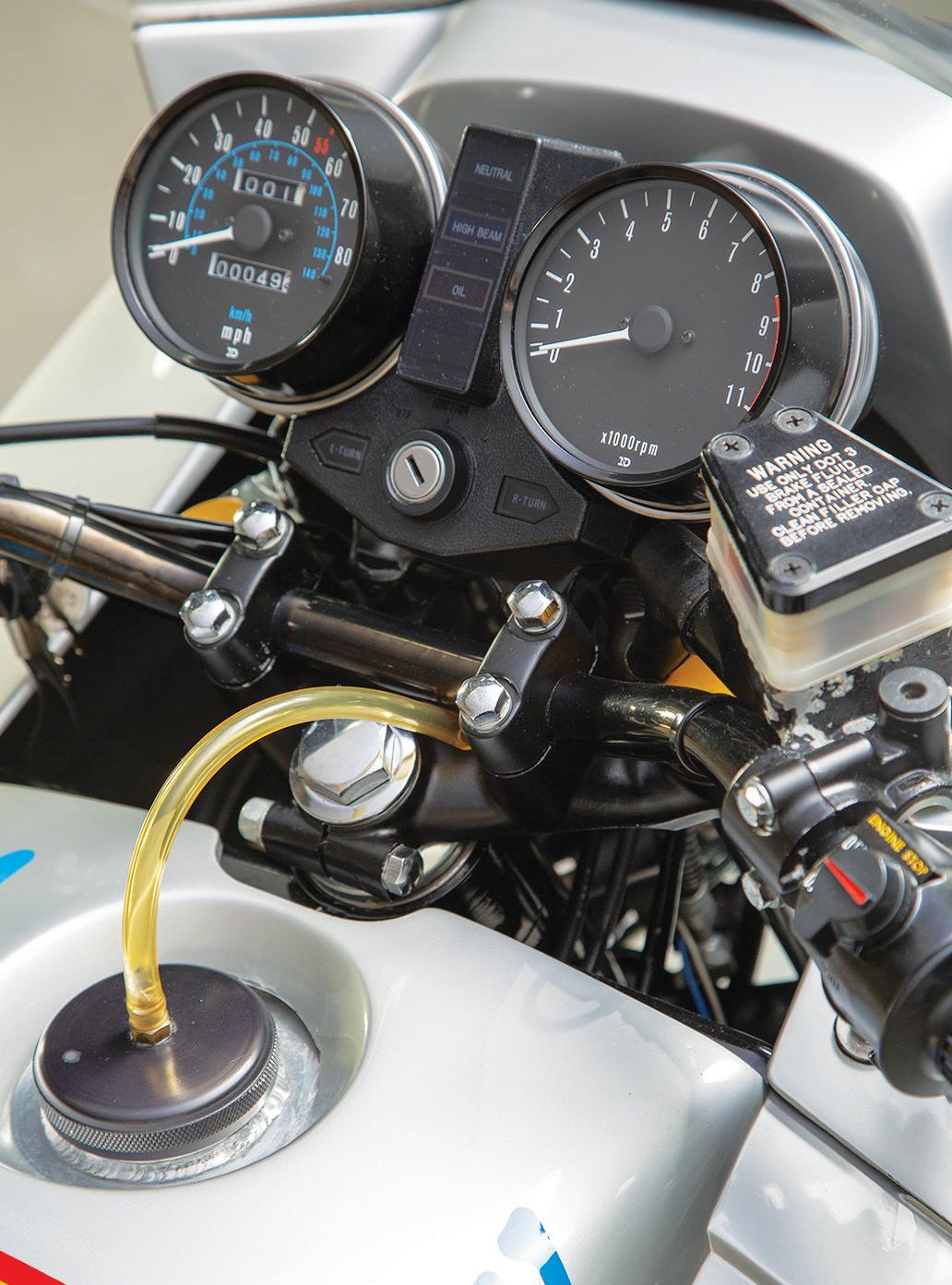
ing brochure. According to the printed “Mystery Ship In-House Record,” which Craig provided, No. 5 was completed on August 16, 1980. It features a stock, naturally aspirated KZ1000 engine and
is finished in “Standard colors.” The wheels are Dymag with Michelin tires — and the machine was originally sold to Norman Jones of Engle Motors in Kansas City, Missouri. It was kept in dry
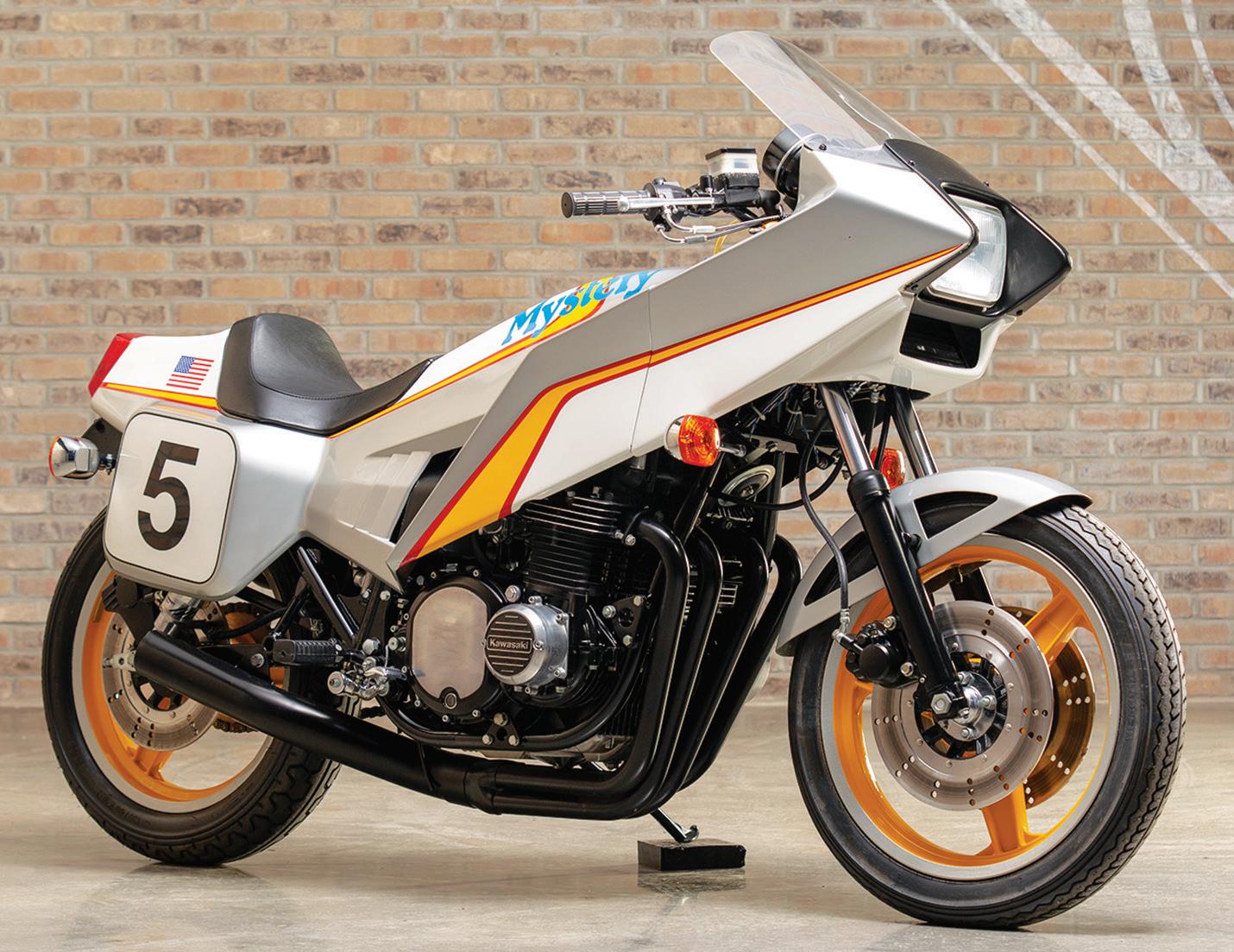
28 MOTORCYCLE CLASSICS July/August 2023
the stock Kawasaki calipers clamping original rotors.
On the build sheet, various stages of tune could be checked off — with each higher stage costing more than the one that preceeded it. According to the website vettermysteryship.com, while the base Mystery Ship was equipped with the stock KZ1000 powerplant (1,015cc) and Yoshimura 4-into-1 exhaust system, a $799 Stage I tune done by Yoshimura brought capacity to 1,105cc and developed 101 horsepower with a 10,000rpm
Bought new by Dillard Coleman in 1980 and never started, No. 6 was displayed on a shelf at Coleman Cycles in Virginia until the early 2000s.
camshaft. For $1,134, the Stage II tune built on Stage I, seeing a ported and polished cylinder head and upgraded 10,500rpm camshaft added to the equation to produce 108 horsepower. Stage III, at $1,348, added oversize valves to bring horsepower to 116. The price had to be requested for Stage IV, which took the engine to Superbike spec.
And finally, there was the ultimate. For $1,700, a turbo from Russ Collins of R.C. Engineering could be added. And that brings us to the Throttlestop Museum’s Jim Balestrieri and Mystery Ship No. 6, the machine featured here. Craig provided a copy of the build sheet for this specific machine, and it indicates Mystery Ship No. 6 was completed on September. 9, 1980. Under Engine Modifications, it’s noted ‘Turbo (R.C. Engineering),” with 1980 KZ1000 handwritten below the line. For the paint scheme, applied by Classic Colors by J.C., the color is Dino Red with a silver Mystery on the bodywork. Under Wheels and Tires, we see “Spun Aluminum
storage, with its original shipping crate, until 2000 when Jones sold the machine. No. 5 appeared for sale again in 2004 at auction, and once more at the 2018 Mecum Auction in Las Vegas — that’s where Jim purchased the machine with 48 miles on the odometer. Vetter’s brochure says, “The Mystery Ship is a dollar for dollar replica of the Vetter Racing
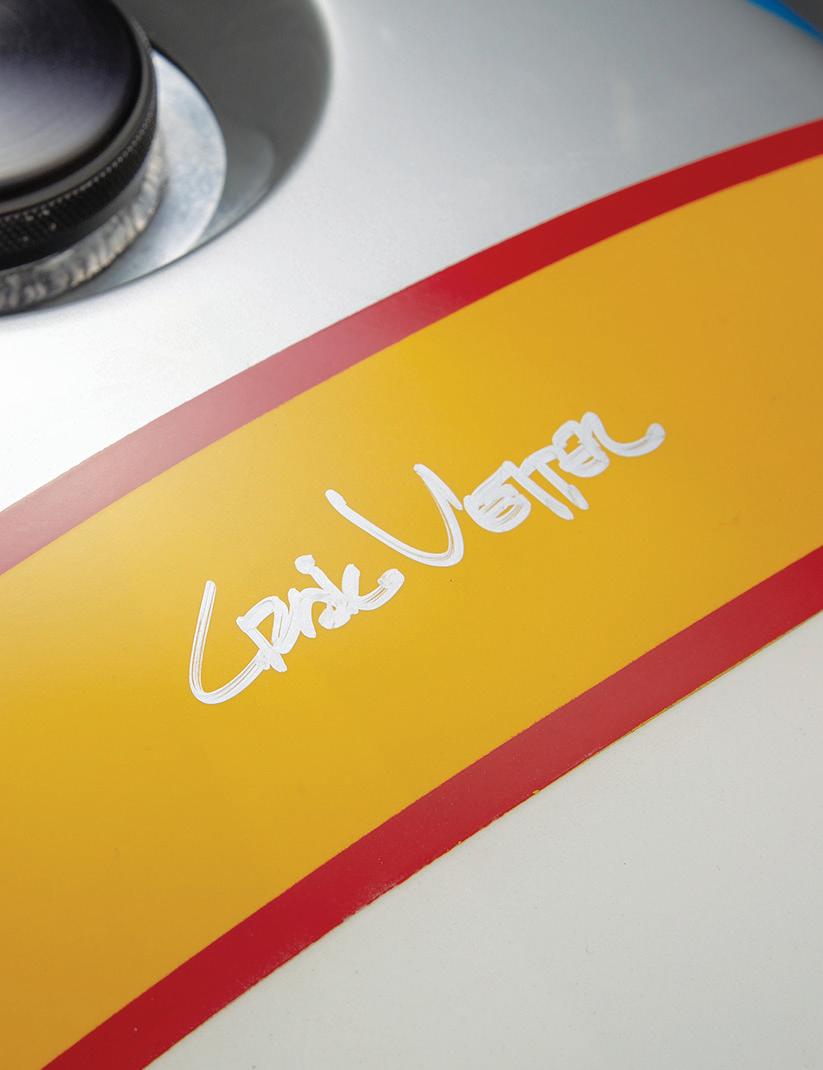
Team, Championship Superbike, upgraded with sophisticated styling. Beginning with a new KZ1000, the machine is completely disassembled, all unneeded tabs and brackets removed and the frame ground smooth.” It continues, “Additional struts and gusseting are welded in and the swing arm is boxed to produce a frame with the additional strength to hold


both wheels in line under racing loads.” Notably, Vetter’s marketing adds, “The Mystery Ship is destined to be a collector’s piece, one of a limited edition of only 200. [Only 10 were completed.] For most owners, it will be a prized possession, ridden only on special occasions. Of course, it should be an excellent investment.” —
Greg Williams





www.MotorcycleClassics.com 29
Craig Vetter’s Mystery Ship helped influence motorcycle designs of the 1980s and continues into the modern sport bike era.
Wheels (Hugh Mitchell Equipment), and Dunlop K81s front and rear.” On September 24, 1980, the bike was shipped via Yellow Freight to Mr. Dillard P. Coleman of Coleman Cycles, Inc., in Arlington, Virginia.
Craig planned to build 200 Mystery Ships, but after building 10 of them, he was in a serious hang gliding accident. During his long recuperation, Craig told me he began to think about the future, and what it was he wanted to do. “Ultimately, motorcycles were not as efficient as I wanted them to be, and they weren’t necessarily fitting with my goal to do more with less,” he says. “That led to me putting on fuel economy contests to see who could consume the least energy at 80mph and the development of streamliner projects; mileage went from 97.9mpg to 470mpg. My last contest was in 2015 when a deer hit and almost killed me. This stopped me for a few years, but I’m back and now at work on my book.”
A big fan
Jim is fascinated by Craig’s designs, and says, “I’m of a generation when Vetter was a game-changer in terms of motorcycling. In the 1970s, I had both a Honda CB750 and a Gold Wing, and they had Vetter’s Windjammer fairings and Hippo Hands. I’m from a colder climate, and with those Vetter pieces fitted, you could extend your riding season by a couple of months by cutting down your exposure to the wind.”
Although Jim wasn’t aware of the Mystery Ship when it was new, now he says the design of the bikes two-piece bodywork had an important impact on the overall motorcycle market-
place. Shortly after the Mystery Ship, Japanese-built faired sport bikes rose to prominence, and it’s a design influence still much in evidence in today’s machines.

As for his Mystery Ships, Craig says No. 6 was probably the most interesting because it has, “No miles! Turbo! Aluminum wheels, and a unique color,” he says, and adds, “plus, [Coleman] never rode it. He kept it in heated storage on a shelf since 1980.” Coleman retired from the dealership in 1999, and at some point, shortly after, No. 6 came down from the shelf and was sold to a pair of investors. They kept it until January 2013 when it appeared for sale at Bonhams Las Vegas Motorcycle Auction. No. 6 changed hands there, according to Bonhams’ website, for $20,125 with the buyer’s premium.
And then in January 2020 at another Bonhams Las Vegas motorcycle auction, Jim saw No. 6 was for sale again. “It was only one of the two turbos that Vetter built, and these things never come up,” Jim explains. “Although we have No. 5, I wanted to add it to the collection because it’s so unique.”
Jim bid on and won Mystery Ship No. 6. “It went around a couple of collectors,” Jim says, and continues, “With my purchase, it’s run through twice in just seven years.” But it’s found at Jim’s Throttlestop Museum something of a permanent home, alongside No. 5. Both of them are pickled for the duration, and neither of them have been running or riding since his purchase.
Jim says, “We’ll keep them and display them, as they form part of the history of American motorcycling, and the important role Craig Vetter has played in that.” MC
30 MOTORCYCLE CLASSICS July/August 2023
TIPS & TECHNIQUES TO KEEP YOUR MOTORCYCLE IN TOP CONDITION
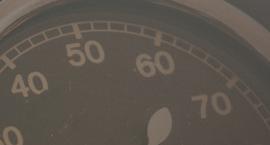



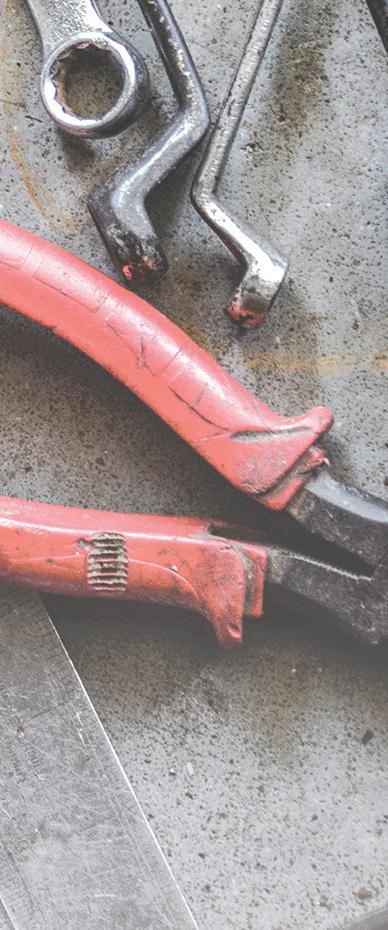
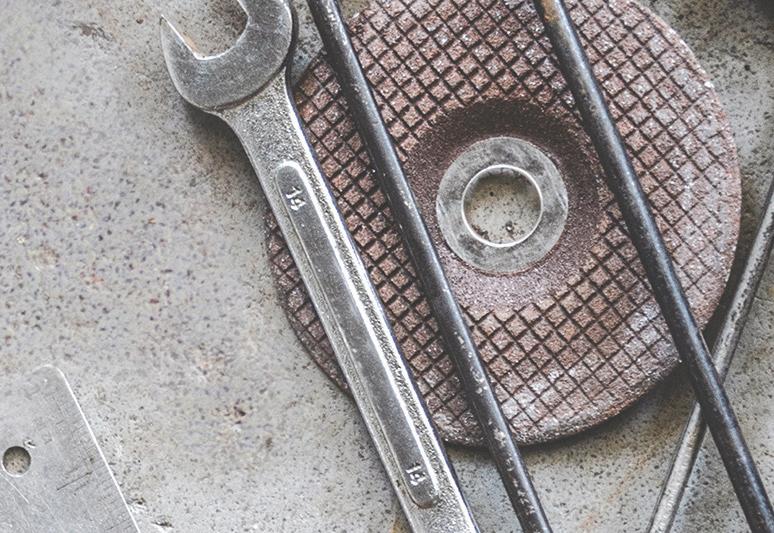
Popular motorcycle journalist and author Mark Zimmerman brings a comfortable, conversational tone to his easy-to-understand explanations of how motorcycles work and how to maintain them and fix them when they don’t. This practical tutorial covers all brands and styles of bikes, making it a perfect companion to the owner’s service manual whether you need to use the step-by-step instructions for basic maintenance techniques to wrench on your bike yourself or just want to learn enough to become an informed customer at your local motorcycle service department.
Item #10937 $38.99












Members: $35.09



























This book includes more than 500 color photos and a thorough index, making it an especially user-friendly reference for home motorcycle mechanics of all skill levels.
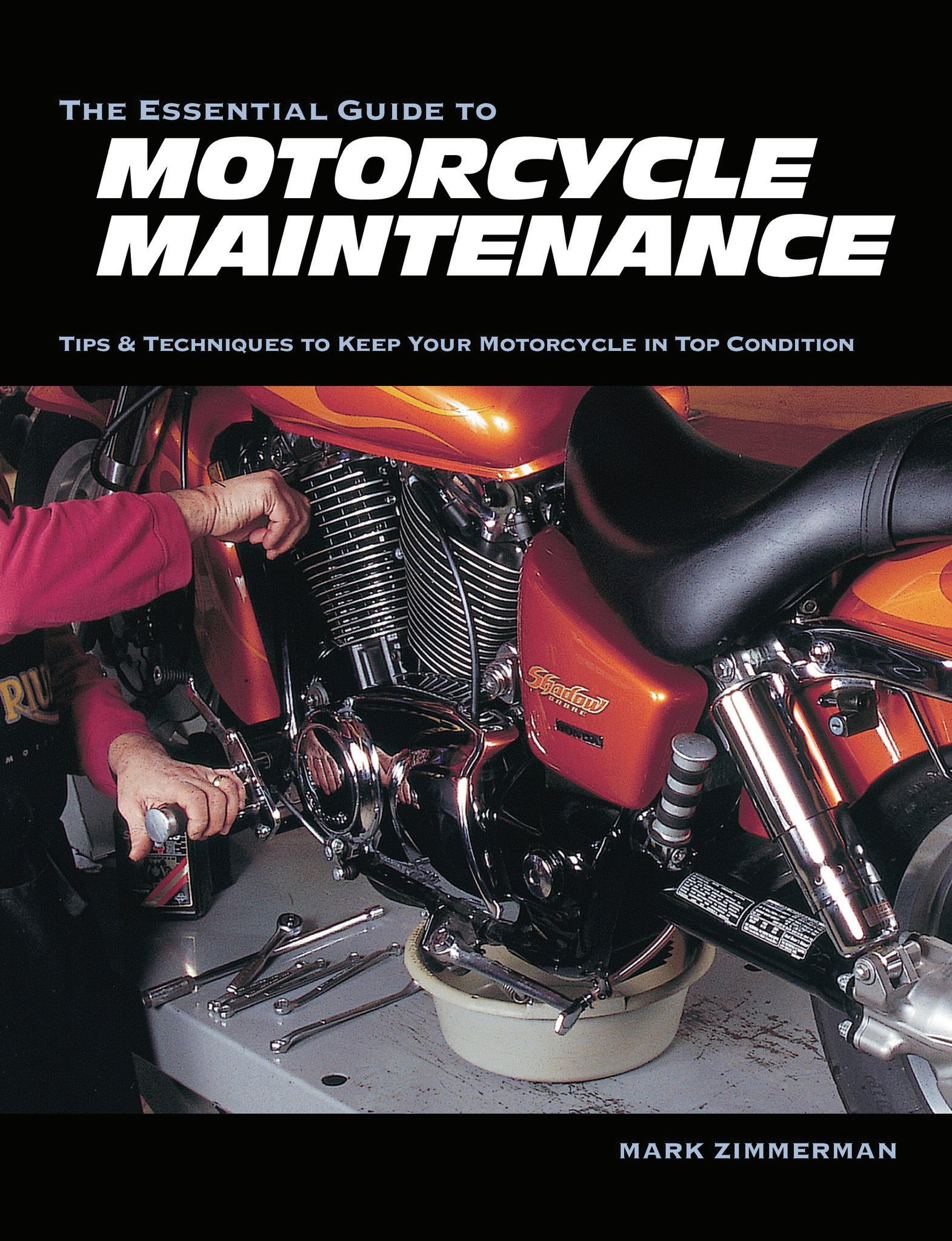
Call 800-880-7567, or visit Store.MotorcycleClassics.com to order!





Mention promo code MMCPANZ2.
SOMETHING ON THE SIDE
1937 Ariel VG Deluxe and Dusting sidecar
Story and photos by Robert Smith
MMotorcycles have been designed for and adapted to many and varied purposes. They can offer transportation; provide fun, sport and adventure; go racing; perform haulage and delivery tasks; and keep armies moving. They have even been used as pace vehicles for bicycle racers!
Functionality aside, though, motorcycles can also be a fashion accessory, a lifestyle statement, and an aid to courtship. Motorcycles have certainly helped initiate romances and facilitated many amorous relationships. Any doubts about the sensual potential of motorcycle rider and machine should be dispelled by watching Mary Murphy swoon over Marlon Brando’s Triumph Thunderbird in the movie The Wild One.
In due course, many of those relationships lead to a wedding and a family. However, most motorcycles can only carry a maximum of two people — developing nations and emerging economies notwithstanding, where small motorcycles can be seen carrying a family of five!
Yet when the baby does come along, most riders take the easy way out and abandon the bike, trading two wheels for four. The dedicated rider will recognize that parental responsibility is only temporary: within twenty or so years, the offspring will fly the nest, having emptied both refrigerator and savings account. So for the truly committed and impecunious biker, the solution is simple: add a sidecar.
Sidecars have been around as long as motorcycles — perhaps even longer. Though less common now, a sidecar rickshaw ride might well have been pedal-powered in times past. These early models were often made of wicker, providing little in the way of weather protection. Many motorcycle companies also made their own sidecars (BSA and Harley-Davidson to name but two).
Sidecars have never been big on this side of the pond, of course, thanks to Henry Ford: a decent motorcycle could cost almost as much as a Model T. But when I was growing up in England, a motorcycle “combination” was the default option for many working-class families. The call to “export or die” in post-World War II Britain meant fewer new cars on the domestic market, and transportation came down to what you could afford. Powered two-wheelers — motorcycles, autocycles, scooters, and mopeds — were the choice of many.
Cars were luxury items: sales tax on a new car was prohibitive, fuel and road licensing also expensive, while a motorcycle combination owner paid no more than a solo rider. Many motorcyclists had learned to ride before drivers’ licenses were introduced and needed to take a road test to drive a car — and that could seem daunting. In the Fifties and Sixties, you could buy an ex-military BSA M20 or Norton 16H cheap, bolt on a sidecar, and the family transportation problem was solved.

Licensing laws in Britain also favored sidecars. A 16-year-old learner motorcyclist could pilot a combination of any engine size but was limited to 250cc for a solo. One friend of mine simply hitched a bare sidecar frame and wheel to his 650 BSA Golden Flash until he was able to pass his motorcycle test. It certainly didn’t slow him down.
Sidecars came in many shapes and sizes: single-seat sporting units, like the Dusting featured here, while a popular choice for the new family was the Child/
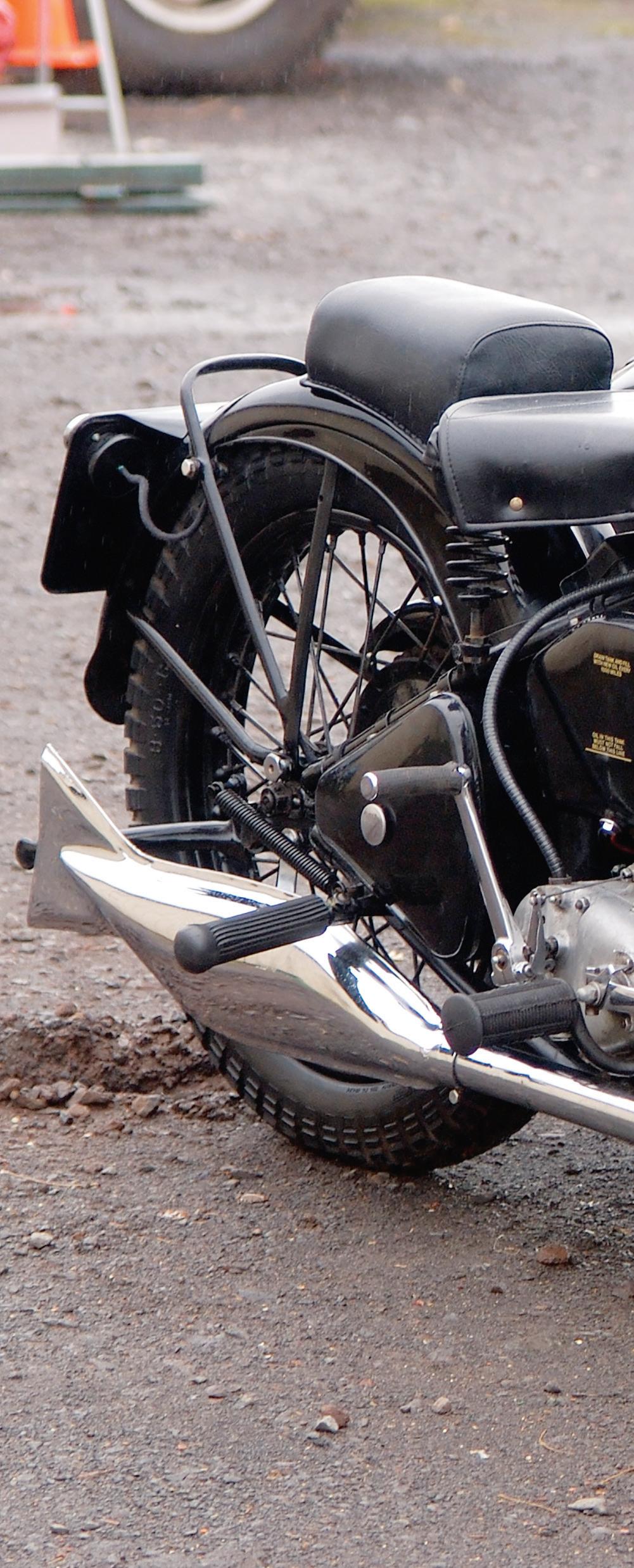
Adult or C/A, big enough for mom (or dad, of course) and a toddler. When more kids came along, the side-hack could be traded for a Double/Adult (D/A) with enough seating for two or three. Some were so large, they looked like tiny homes on wheels!
But that was there and then, and this is here and now. Few younger motorcyclists have ever “driven” (the preferred term) a sidecar outfit — and that’s a shame because it’s a unique experience. The dynamics resulting from adding a third wheel and several dozen pounds
32 MOTORCYCLE CLASSICS July/August 2023
to the side of a motorcycle need to be taken seriously. In our part of the world, where a sidecar is fitted on the right, you steer left under acceleration, and right under braking or the rig will slew across the road. You accelerate through a right turn yet overrun through a left … or you risk going straight on. Forget countersteering: a sidecar counters any kind of steering you’re familiar with!
And for the ultimate in three-wheeled adventure, Ural makes its Gear-Up model with selectable two-wheel drive, powering the rear motorcycle wheel and
the sidecar hoop. The locking differential means almost-unstoppable traction on soft surfaces, but must be disengaged on tarmac, or the rig will only go straight ahead.
The shoot
Though few photo shoots ever turn out quite the way I’ve planned, some go more off-kilter than others. I’m in Maui, Hawaii, and I’ve arranged to meet a guy named Gray, proprietor of Sickle Shack motorcycles, to shoot a 1937 Ariel combo. The appointed hour

comes and goes, and I’ve pretty much abandoned the day when the cellphone rings. “I really need a beer. I’ll meet you at Henry’s.”
Henry’s is both famous and infamous: In the middle of a low-rent strip mall, behind a windowless façade, the heavy steel door opens on to a dimly-lit beer parlor with a cement floor, vinyl-covered stools and stainless countertops — all easy to hose down. Henry’s has both kinds of beer on tap: Bud and Bud Light.
I’m on my second buck-fifty brew when Gray moseys through the door,
www.MotorcycleClassics.com 33
The elegant Dusting sidecar has an ample trunk behind the passenger seat.


shoving it aside like it was balsa. After high-fiving most of the patrons, he slings a plastic tub of garlic-stuffed olives on the steel counter and orders that first beer. Just like Raymond, everybody loves Gray, so “a” beer turns into … well, more than one.
“Wanna see the bike?” he asks.
The bike is in Gray’s shop at Maui Central Baseyard, a grimy industrial park off Veterans Highway. Gray had been kind enough to invest a couple of days away from his regular business, fettling and polishing the outfit for me
1937 ARIEL VG DELUXE
Engine: 499cc air-cooled, OHV single, two valves, 81.8mm x 95mm bore and stroke, 6:1 compression ratio, 24hp @ 6,000rpm
Carburetion: Single remote-float Amal Standard
Electrics: 6v, Lucas Magdyno
Transmission: 4-speed
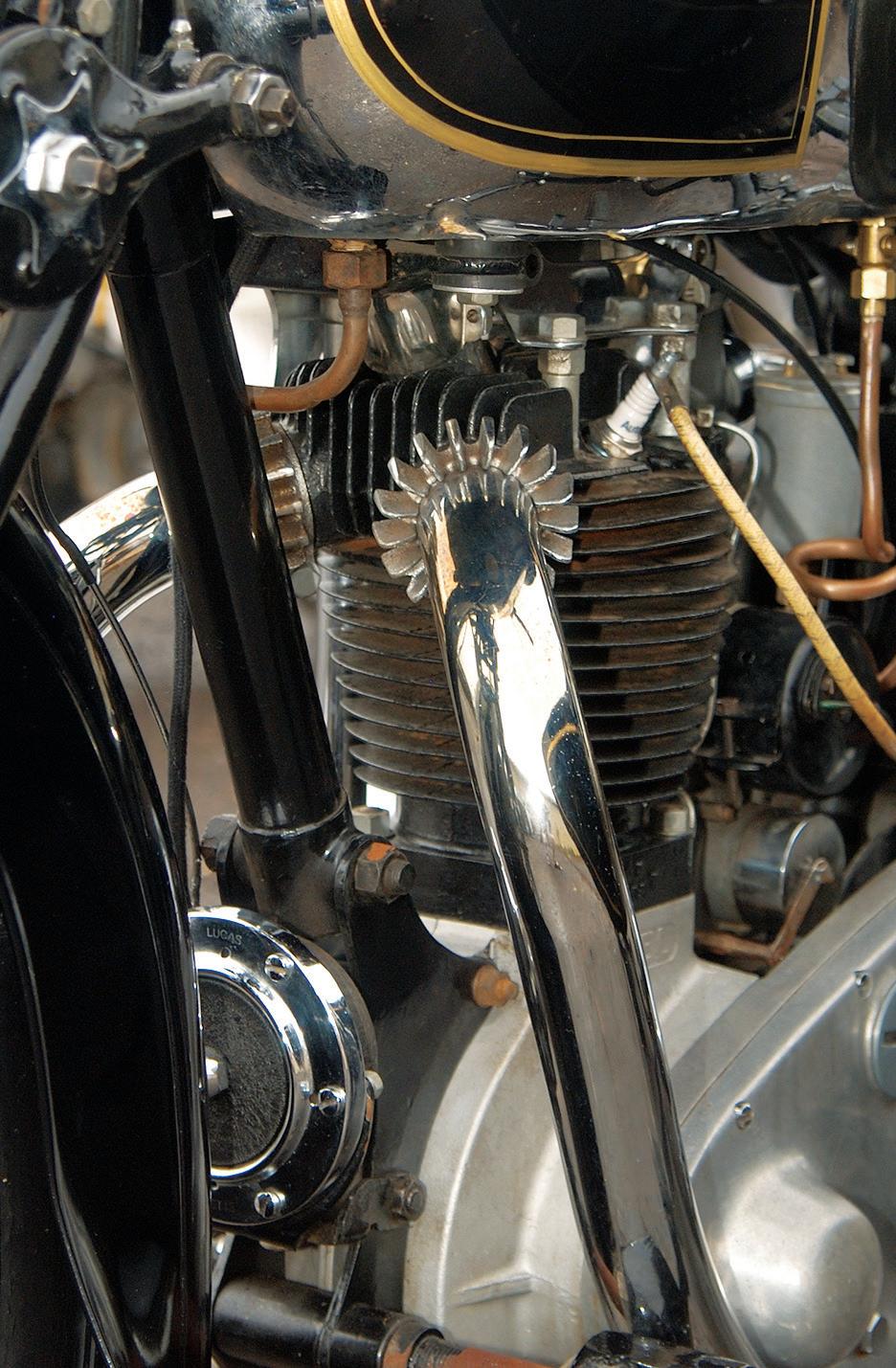
Frame: Single downtube cradle frame
Suspension: Girder type front, rigid rear
Tires: 3.25 x 26in front and rear
Brakes: 7in (178mm) SLS drums front and rear
Price then/now: $600 (est.)/$3,500-$10,000 (bike only)
to photograph. And while the leaden sky squeezes out an intermittent drizzle, we manage to find enough dry time for photography. Somehow the seedy backdrop of rusting car parts, heavy equipment, trucks (and the inevitable junkyard dog) seem to highlight the gleaming paintwork and chrome of the Ariel and its running mate. With water droplets sparkling on the bodywork. I set to work and soon have enough snaps for my story.
Twin port exhaust looked somewhat dated by 1937.
Then the mercurial Gray has disappeared: the shoot (and my interview) is over before I can ask him about the history of the Ariel, especially how it got to Maui still wearing South Australia license plates. Our fleeting appointment has lasted about as long as a couple of beers at Henry’s.
1937 Ariel VG 500 and Dusting sidecar
And so to the motorcycle combo captured in the pictures. In many ways, the 1937 VG 500 is typical of British sporting singles of the Thirties, though the twin-

port exhaust was dated by then. Ariel motorcycles were generally considered a cut above the rest, and the gloss black finish sets off its build quality perfectly.
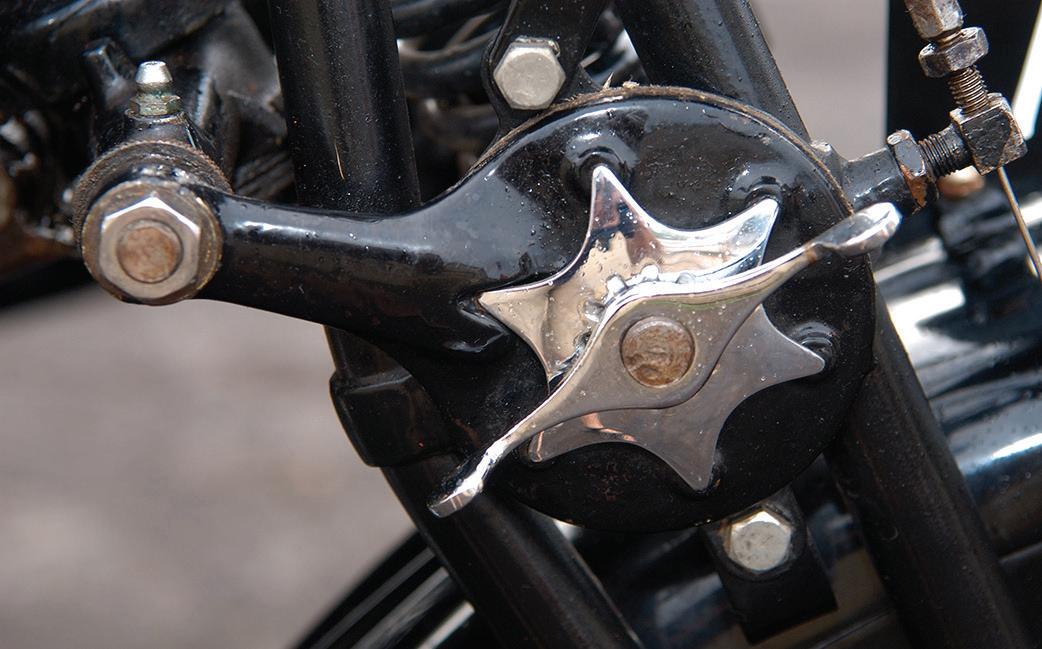

Ariel’s pre-World War II singles owe their basic design and format to ubiquitous British motorcycle designer Valentine Page. In 1926, Page had just arrived at Ariel from J. A. Prestwich, the “JAP” engine company, and started on developing a range of single-cylinder machines. By the start of the 1930s, Ariel’s catalog featured a broad and confusing range, including side- and overhead-valve engines of 250, 350, 500 and 557cc capacities with both vertical and sloping cylinders, single or twin exhaust ports, and two- and four-valve heads. Added to the range in 1931 was the 500cc OHC Square Four, penned by Ariel’s drawing-office newbie, Edward Turner, who joined the company in 1929.
But the broad product range proved unwieldy during the 1930’s Great Depression, and Ariel ran out of money in 1932. Jack Sangster, former managing director of Ariel’s parent company, Cycle Components, bought back the Ariel company from the receivers with his own money, installing Edward Turner as chief designer. Page left for the (then) smaller Triumph company.
Turner was tasked with rationalizing Ariel’s engine range, and to increasing commonality in cycle parts. So for 1933, the OHV range was cut to just three
twin-port, two-valve singles available in three trim levels. Page had designed his engine for longevity: the built-up crankshaft ran on three bearings — two roller and one ball — with a double-row roller
in the big end. The cast iron barrel and head sat on alloy crankcases with gear drive camshafts operating the pushrods. Bore and stroke were 86.5 x 85mm to 1935, then 81.8 x 95mm from 1936on. Fully recirculating lubrication was provided by a double-plunger pump and separate oil tank.
The two overhead valves were operated by pushrods inside external tubes, with fully-enclosed rockers and valve gear (from c. 1934). An oil-bath primary chain and wet clutch drove the foot-shift, 3- or 4-speed gearbox with final drive also by chain. The drivetrain was fitted into a tubular frame with rigid rear and a girder fork at the front. Brakes were 7-inch SLS drums front and rear spoked to 26-inch rims with 3.25-inch tires front and rear. Ignition and electrics were provided by a chaindriven Lucas mag-dyno. A neat feature is the gas-tank mounted instrument panel with pull-out trouble light, something many period machines were fitted with.
Equally charming is the period Australian-made Dusting sidecar. From the 1930s on, the Melbourne, Australia, maker built what founder H.C. Dusting called in their advertising, “The Choice of Champions.” Dusting emphasized the importance of a sturdy chassis and correct suspension design to refine handling and ensure passenger comfort. And while many contemporary sidecars were made

www.MotorcycleClassics.com 35
Amal remote-float carb was widely used (top), as were front fork friction dampers (above).
from wood, the body of the Dusting was steel.
Dusting also claimed to make “the world’s best sidecar” and the sleek sporting lines of their “standard” model as fitted to the Ariel complements it beautifully. Maybe it’s just my
advancing years, but the elegant blackand-gold Ariel and its graceful sidecar seem deeply evocative of a world where quality, durability and functional design were more important than loud pipes and bold new graphics.
Ariel model lettering system
What’s
the meaning of the letters VG on the timing
case?

Ariel’s model letter coding is not the easiest to unravel, especially as its interpretation changed over the years: but in the late Thirties, the company made 250, 350, 500, and 600cc singles. The first letter denoted the engine size: L for 250, N for 350 and V for both 500 and 600. From 1933-on, the second letter indicated the trim level and state of tune: F was the basic model; G meant Deluxe; and H indicated the “tuned” Red Hunter version. Side valve engines were allocated the second letter B.
F models were available with 3- or 4-speed transmission for 1933-1935. The F suffix was dropped for 1936, with all OHV singles using a 4-speed transmission in G or H trim. LG and OG 250cc models were re-named Colt. For 1933-1935, the 557cc side-valve single was available in two
The right size
It’s appropriate that the Ariel is attached to a sidecar. Though now a 500cc bike is considered a beginner bike, in the 1930s the most popular engine size for a sporting single was 350cc. Five hundreds were sold as side-
trim levels, A and B. For 1936-on, this was stretched to 596cc, available only in B trim.
The Square Fours were designated 4F for the 1931 500cc and 4F/6 to distinguish the 600cc versions. From 1937 all Square Fours were 1,000cc and designated “4G.” Post-World War II designations included the KH 500cc twin, FH 650cc twin Huntmaster, LH 200cc Colt, plus HS (scrambles) and HT (trials) competition OHV singles in 350 and 500cc. Alloy engined street models in 1952-1953 carried the additional suffix “A.” — Robert Smith
Examples:

VG = 500cc OHV deluxe
LF = 250cc OHV base model
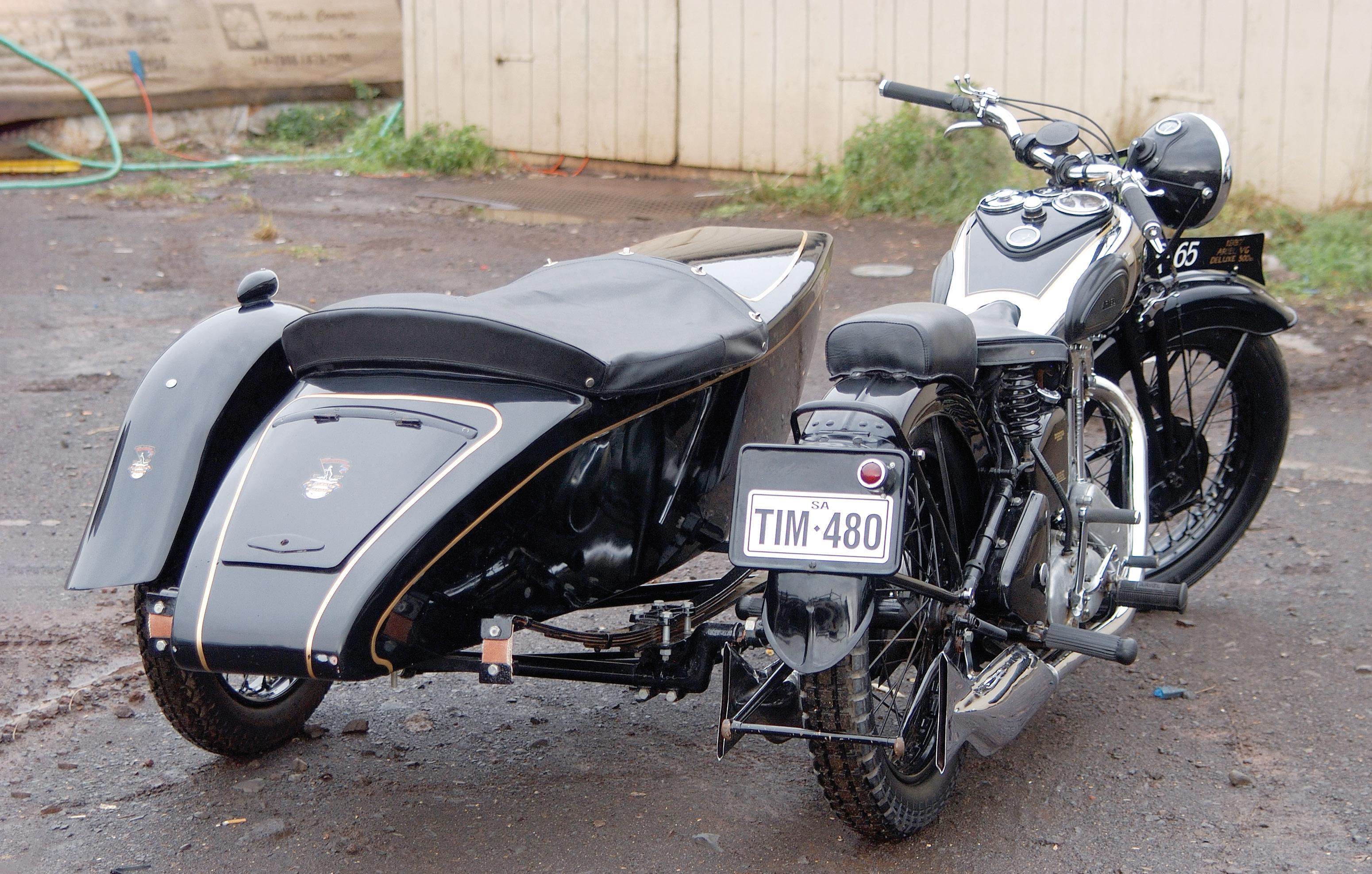
VB = 557cc side-valve deluxe to 1935, 600cc side-valve standard 1936-on.
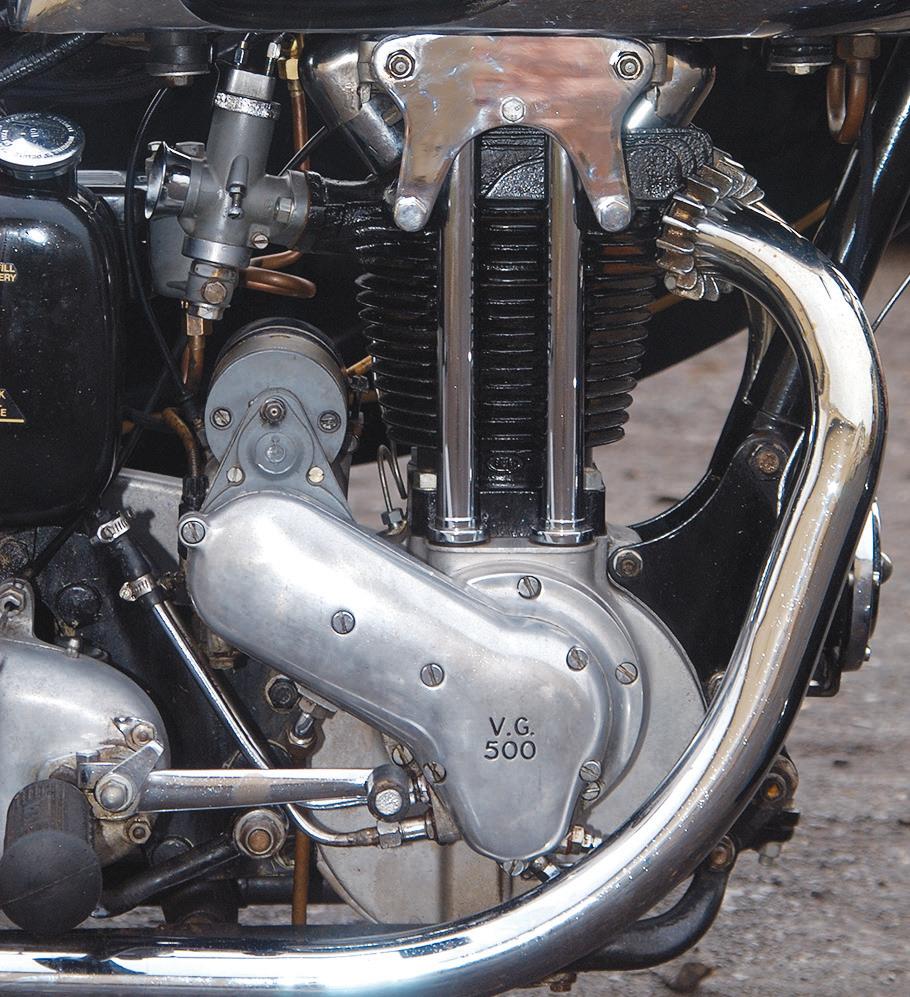
NH = 350cc Red Hunter
HT5 = 500cc competition
VHA = 500cc alloy engine
Rear shot reveals the Dusting’s sturdy frame and leaf-spring suspension.
36 MOTORCYCLE CLASSICS July/August 2023
VG indicates a 500cc OHV Ariel in deluxe trim.
car tugs, with engines tuned for towing torque rather than power and speed. And if a 500 wasn’t up to the task of dragging a family-size sidecar, there were side-valve V-twins from most makers in the 800cc-1,100cc range.

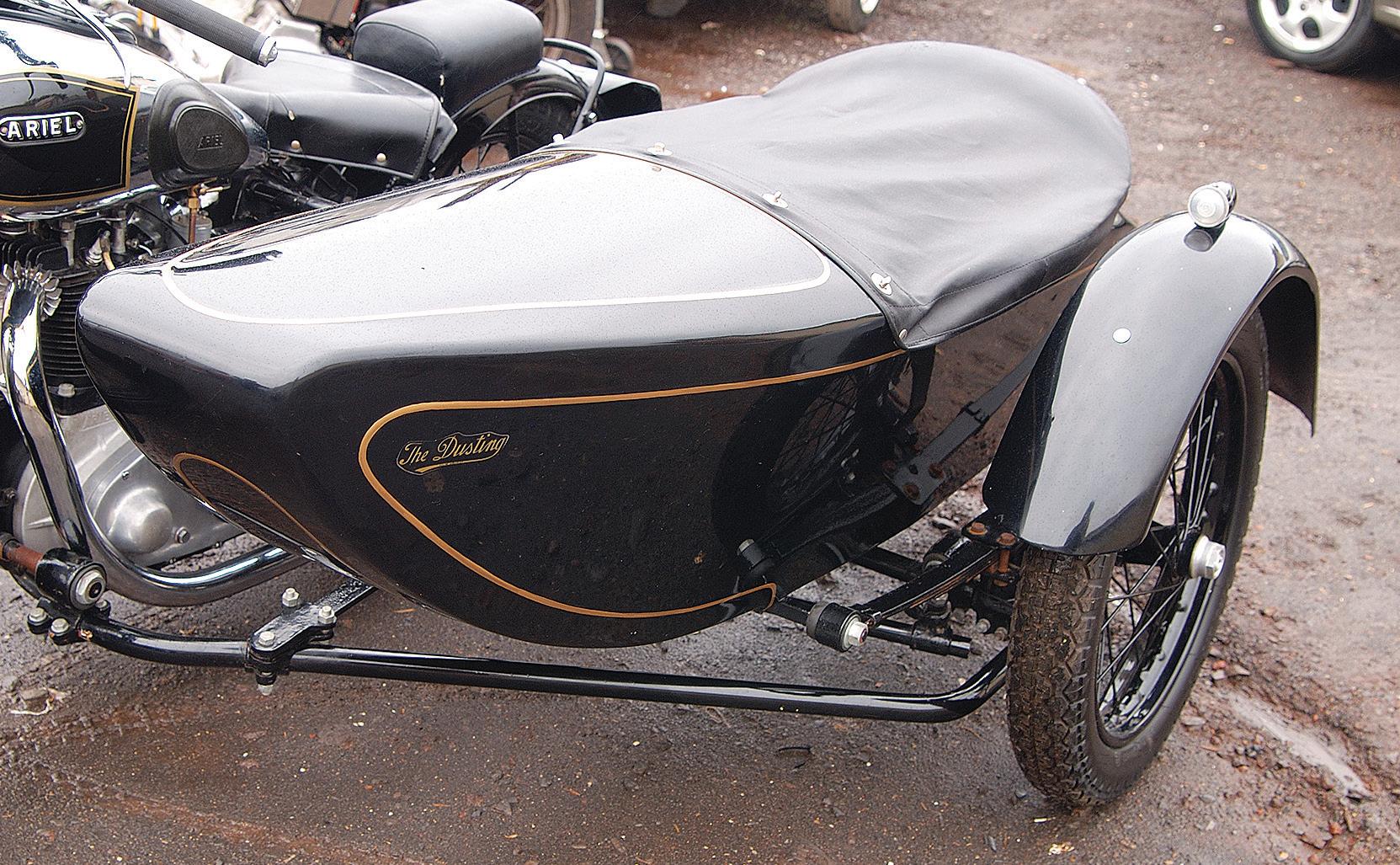

Ariel had become part of the BSA Group in 1944, and the post-war models inevitably lost their distinctiveness. By
1954, chrome had been replaced with Ariel’s mundane house finish of maroon paint, with an ugly headlight cowl and fully enclosed chain guard. It was like dressing a supermodel in coveralls.
But the times had moved on, and twins were all the rage. A 500cc twin could produce more power more easily than a 500 single and was easier
to start. By the mid-1950s, the flagship sports models of most British manufacturers were based on their parallel twins: like Triumph’s Tiger 110, BSA’s Road Rocket and Norton’s Dominator 88 and 99. With a few notable exceptions (BSA’s Gold Star and Velocette’s Venom) the days of sporting thumpers like the VG500 were over. MC
Made in Melbourne, Australia, from 1923, the Dusting sidecar shows its sporting lines.
Gloss black paint and gold pinstriping are set off by chrome and polished alloy.
RICKMAN XT500 METISSE

The perfect chassis for a classic big single
WWhat do you get when you take a classic motocross frame, bolt in a Yamaha engine and bring it bang up to date with an electric boot?


A bike that gets Derek Rickman’s approval, that’s what.

















Throw a leg over the Rickman Metisse, squeeze the valve lifter lever to the handlebar and hit the starter button. With the flywheels spinning briskly, drop the valve lifter and the XT500 instantly thumps into life. Hang on a minute ... a Rickman chassis with a Yamaha engine, and an electric starter as well? What the heck is going on here?
“When I was much younger I used to race a Bultaco Metisse Motocross and the handling was superb,” says Guy-Fabrice Mestrot. “A few years later, that was replaced by a Triumph Metisse, so you might say I’m a big fan of Rickman motorcycles.” Then the Frenchman gestures at his handsome Yamaha Metisse: “This legendary frame makes the perfect chassis for a classic big single like the XT500, but this isn’t just about nostalgia. Together they make an exceptional motorcycle.”

motorcycles.” Then the Frenchman gestures
World-famous motocross racers Derek and Don Rickman know a thing or two about motorcycles, about handling and about style. They made the first two Mk3 Metisse frames in 1962, one to take a Triumph T100 engine and the other a Matchless G80CS big single, and then really shook up the motocross scene. In the 1964 Moto Cross des Nations, held at Hawkstone Park in England, Metisse riders filled six of the top 10 places in the first leg, with Don and Derek finishing second and third behind Jeff Smith on the works 440cc BSA. In the second leg, Belgians Sylvian Geobers and Herman de Soete finished second and fourth on their Matchless Metisses, with Derek in sixth place and five Rickmans in the top ten finishers. The Brits won the “Olympics of Motocross” with Smith top of the pile and Derek second overall. Half of the international field
38 MOTORCYCLE CLASSICS July/August 2023
Story and photos by Phillip Tooth

www.MotorcycleClassics.com 39
were riding Metisses. Most had bought one of the Rickman brother’s frame and bodywork kits.
Contents of the kit
Made from sif-bronze-welded Reynolds 531 tube, the oilcarrying duplex frame weighed just 24.25 pounds (11kg). To keep everything in line, no less than five tubes supported the steering head, while the rear wheel spindle was rigidly mounted in stub tubes at the end of the swing arms. Machined from high-tensile steel, the pivot spindle was held in silentbloc bushes. The swingarm could be moved forward or backward by using different sets of paired discs, which were drilled to carry the swingarm spindle in graduated holes 0.8 milimeters from the center. This kept the rear wheel, drive chain and sprockets in perfect alignment when the chain tension was adjusted. Both frame and swingarm were nickel plated, which made them look really classy.
With the Mk3 kit came duralumin engine and gearbox plates, one or two exhaust pipes and handlebars. There was also a 1.65-gallon fuel tank, a seat base with tail hump, and

an air filter box with side panels, all beautifully molded in fiberglass by Doug Mitchenall of Avon Fairings and available in white, red, Bermuda blue or Metisse blue, with other colors by special arrangement. Originally available only for Triumph twins or AJS and Matchless singles, the complete package cost a little under $347 (£124) at a time when a new Tiger 100 cost about $727 (£260).
“With our Metisse kits and chassis we set out to put world class motorcycles into the hands of private owners,” wrote the brothers in their catalog. “Since you aspire to Metisse ownership we assume you already understand the basic principles of motorcycle construction and have access to modest workshop facilities. We build the best engineering know-how with our products. We are confident that you will assemble your machine with care.” And then they added: “There is one object ... to pass the finish flag. Do the best job you can afford and then go your winning way.”
Guy’s Metisse
Like many Frenchmen, Guy-Fabrice is even more
40 MOTORCYCLE CLASSICS July/August 2023
passionate about the XT500 than he is about great wine and smelly cheese. Cyril Neveu won the first 6,000-plus-mile ParisDakar race on a privately entered thumper in 1979, a feat he repeated in 1980 when Yamahas filled the top four places. By 1990 more that 62,000 XT500s and various derivatives had been sold in France alone, so it wasn’t hard to find a 1982 model as the donor bike for Guy’s project.
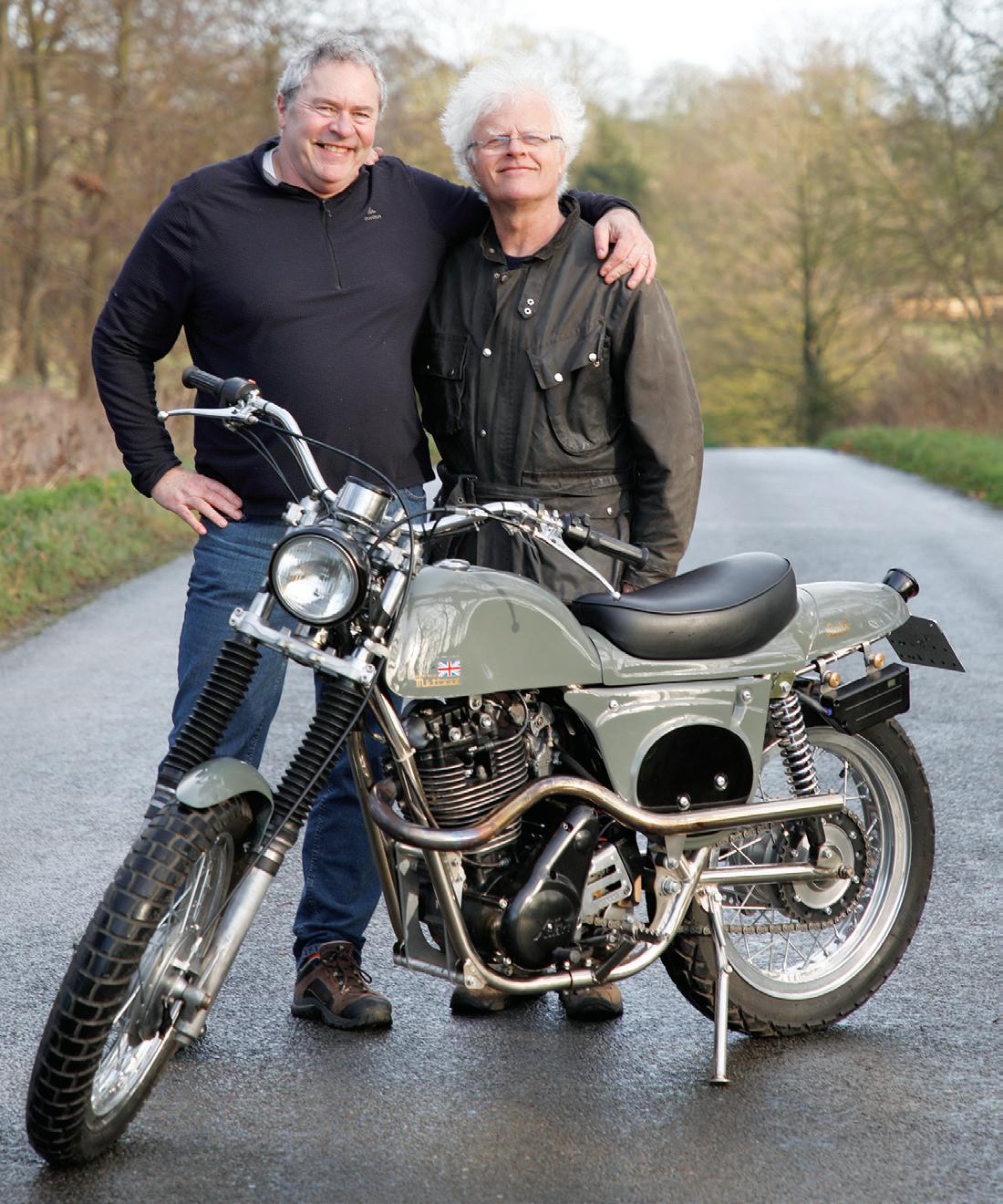

Besides the all-black engine, the only other components he needed were the wheels, the forks and the headlamp. “My good friend and XT fanatic JJ Balager was the driving force behind much of the build,” says Guy. “We finished it after 200 hours.”

The biggest problem was mounting the engine in the frame. “The Yamaha frame has a single front downtube while the Metisse is a twintube design, so we needed to make several adjustments to our engine plates to align the gearbox sprocket with the rear wheel sprocket.” Another issue was the steering column. “You have to be very careful how you fit the bearings,” warns Guy. “And then you have to make brackets for all the accessories like the speedometer, headlamp and ignition coil. It all takes time.”
A new seat and fiberglass
components finished in battleship grey gelcoat were supplied by Terry Weedy of Avery Products. “Très chic,” says Guy with a smile. A friend made the exhaust pipe that snakes between the twin downtubes and back around the cylinder barrel before tucking in alongside the side panel so that it doesn’t burn your leg. “He welded together six pieces of stainless steel tube to make the curves,” says Guy. “It looks perfect, but I wish the exhaust note sounded a bit deeper.” And then there’s the front fender. From 1981 the XT500 used a leading-axle fork, so the front of the fender is closer to wheel than at the rear. “It offends my eye,” Guy admits, “but I am enjoying riding it so much that I haven’t found time to modify it.”
Two years after they finished the build, Hervé Hamon asked Guy if he would be interested in testing an electric starter kit he was developing for the XT. “Hervé and his friend Philippe Hurtel designed an electric starter for Vincent twins and he fitted one to my Rapide. It works really well, so of course I agreed to try the prototype on my Yamaha Metisse.”
If six turned out to be twelve
It wasn’t until 1986 that the XT500 ran with 12 volt electrics. All other XT500s ran with a 6
www.MotorcycleClassics.com 41
Hervé Hamon aboard the Rickman (left). Electric starter designers Philippe Hurtel (left) and Hervé with the bike.
Good for 30 starts, the battery hangs below boattail seat.
The nuts and bolts
Hervé Hamon and Philippe Hurtel designed starters for Vincent twins and Norton Commandos before turning their attention to the XT500. “It took only a few minutes to imagine the solution for making a starter that would work,” says Hervé. “The geared primary drive is on the right, the magneto flywheel on the left. I realized that we could use the starter motor to turn the magneto flywheel through a chain and sprag clutch. But it was a two-year odyssey to make it in the metal.”
Philippe used CAD software to design the die-cast alloy case that would protect the magneto, sprag clutch and chain drive and also carry the compact ND starter motor. “Style is important. We wanted the conversion to look like a factory fitment.”
Looks






If you’ve got a screwdriver, a 5mm Allen key, 10mm open-ended wrench and a 19mm socket plus a torque wrench — and you know how to use them — then you should be able to complete the conversion in about an hour.


volt alternator to power the ignition and lights, with a small battery for parking lights. Six volts don’t pack a big enough punch to crank over the 500cc single and so there’s a 12 volt lithium ion battery pack mounted on the left side of the tailpiece. This prototype battery holds enough charge for about 30 starts, and the quickly-detachable unit needs to be connected to a charger — supplied with the conversion kit — to refresh the power. The production version looks like the XT500’s tool box and will crank the engine over fast enough for 100 starts. Guy and JJ certainly made a good job of the Metisse. Who says so? None other than Derek Rickman. When I showed him some photos he was impressed. “It fits so well I wouldn’t be surprised if Yamaha had taken one of our chassis and made the engine to suit!” jokes Derek. “It looks absolutely amazing. The XT500 would have been a good engine for us to use,” he continues. “We were desperate for engines in those days.”

While the Mk3 frame was designed to take Triumph twins and Matchless singles, the Mk4 frame was slightly smaller to better suit BSA’s compact 441cc unit construction engine. When BSA decided to stop production of the B44 Victor Scrambler in late 1967 the Rickman brothers hoped they would finally get a regular supply of engines. That didn’t happen, and after 1969 most of their motocross bikes were powered by 125cc Zündapp

“No permanent modifications are needed to fit the kit, so the bike can be returned to standard,” says Hervé. “Some people still like kicking a motorcycle!” Find out more about starter kits for the XT500 and SR500 at nutsandbolts-france.com. — PT
and 250cc Montesa strokers, most of which were imported by BSA America. Meanwhile, BSA was busy developing a 500cc version of its unit single and launched the B50MX in 1971 with an oil-in-frame chassis. I wonder where they pinched that idea from. Probably the same place as Yamaha!
Like the B50 the XT500 features a 499cc capacity, a vertically split crankcase, roller bearing big end, and two valves in the cylinder head. But instead of pushrods Japan’s new generation big single has a chain-driven overhead camshaft. Before the B44, British thumper engines were tall and proud of it. Brit engineers preferred heavy flywheels — usually 8 inches (203mm) diameter for a 500, although the Gold Star DBD34 Clubman racer’s measured only 7.1 inches (180mm) — and a long connecting rod with a big piston. A separate gearbox also made the power and transmission package quite long. Yamaha used nearly square bore and stroke dimensions of 87mm x 84mm and small diameter flywheels. Pull out your callipers and you’ll find the XT500 flywheel diameter is 5.66 inches (143.8mm).
But although the Japanese made a big fuss about the compact design, how much smaller is it? While a Matchless G80CS measures 21.5 inches (546mm) from the bottom of the crankcase to the top of the rocker box, the XT500 is only 20 inches (510mm). Before Jap fans start cheering too loudly, run a ruler over the B50 and
42 MOTORCYCLE CLASSICS July/August 2023
good enough to be a factory fitment. Why didn’t Yamaha do it?
Rickman brothers sold a Metisse kit. Just fit your own engine.
you’ll be in for a surprise. We’re talking one whole inch (25.4mm) shorter. And while the XT delivered 32.5 horsepower at 6,500rpm, the humble B50MX pumped out 36 horses. “But the XT engine has a reputation for being bullet-proof and that makes it perfect for a bike you want to ride every day,” says Guy
as he defends his choice of engine.
“In the last three years of racing we used the overhead camshaft Matchless G50’s piston, connecting rod and flywheels in our G80CS,” says Derek. “The 90mm bore and 78mm stroke gave us a shorter engine that revved a lot more. If you knew what you were looking for, you’d notice about a oneinch gap between the top of the engine and the bottom of the fuel tank.” Then he looks at the photos again. “It really is good, isn’t it? We are very proud of some of the machines that are being produced these days.”
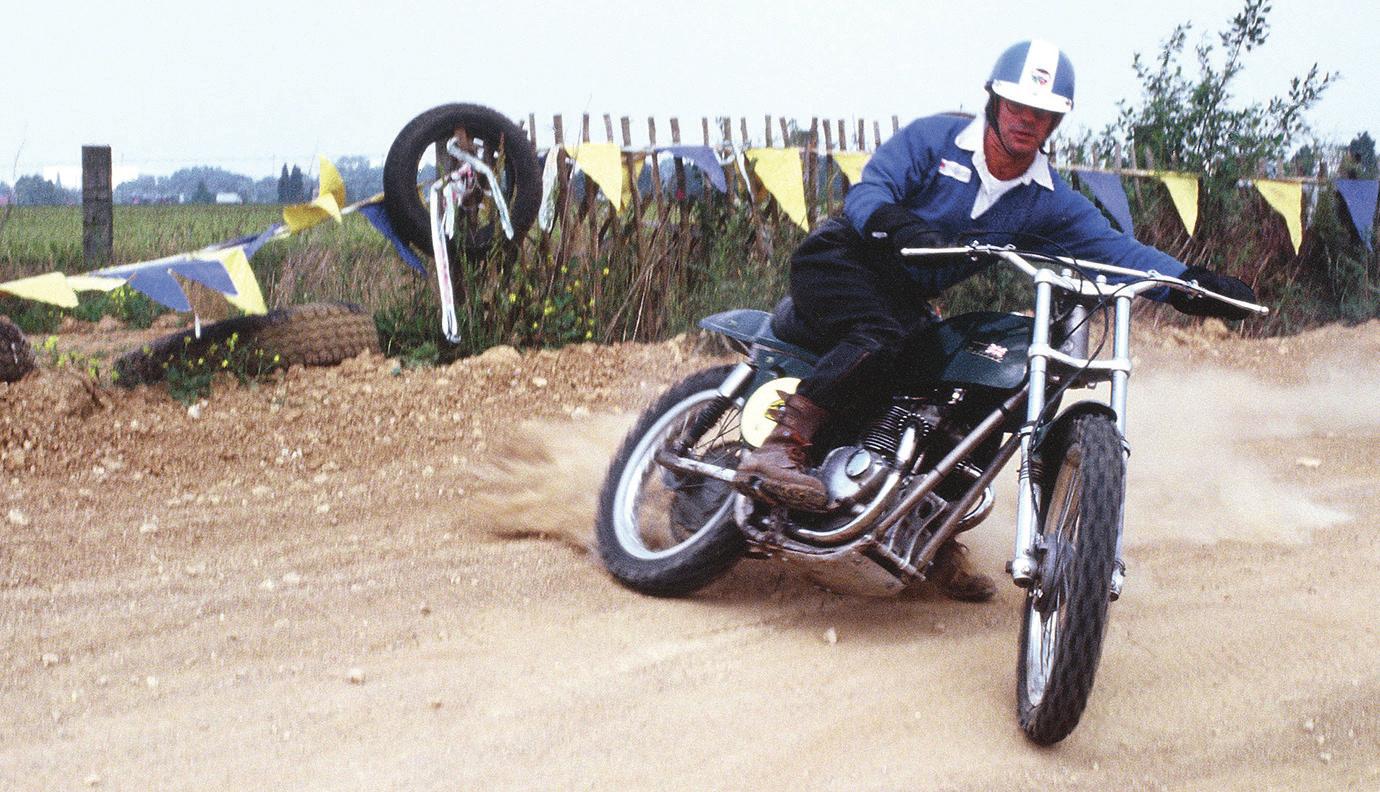

It’s electric
I’ve been riding classic British singles since I was a teenager, so kickstarting the XT500 is easy. Official advice is to use the valve lifter and slowly turn the engine over on the kickstart until you see a little white arc through a tiny porthole window on the top of the cambox. This puts the piston just over top dead center after the compression stroke, but it’s much quicker if you do it by feel. Either way the Yam starts after one or two kicks. But for some reason the XT has earned a reputation as a temperamental starter. Not if you’ve got an electric boot ... MC
www.MotorcycleClassics.com 43
Guy-Fabrice Mestrot used to race this Rickman Triumph.
MATT CAPRI AND HIS TRIUMPH STREET DRAGSTER
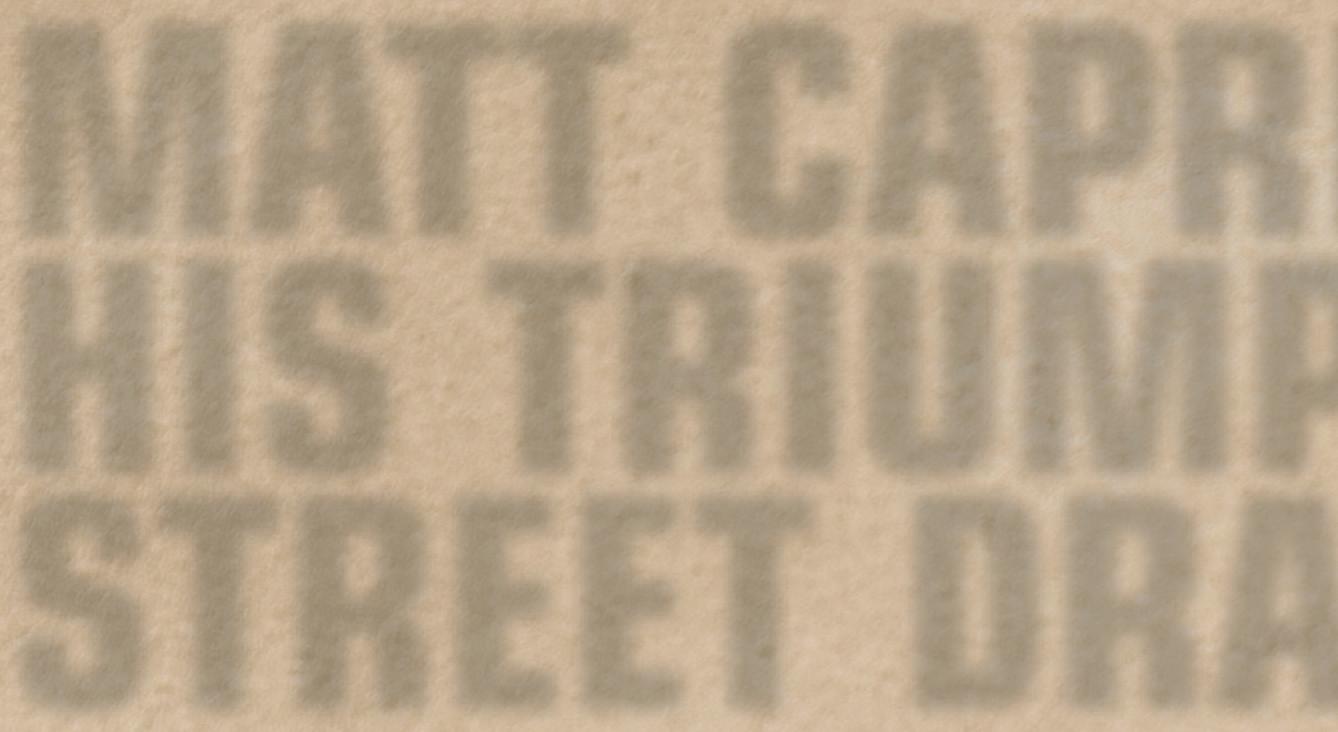
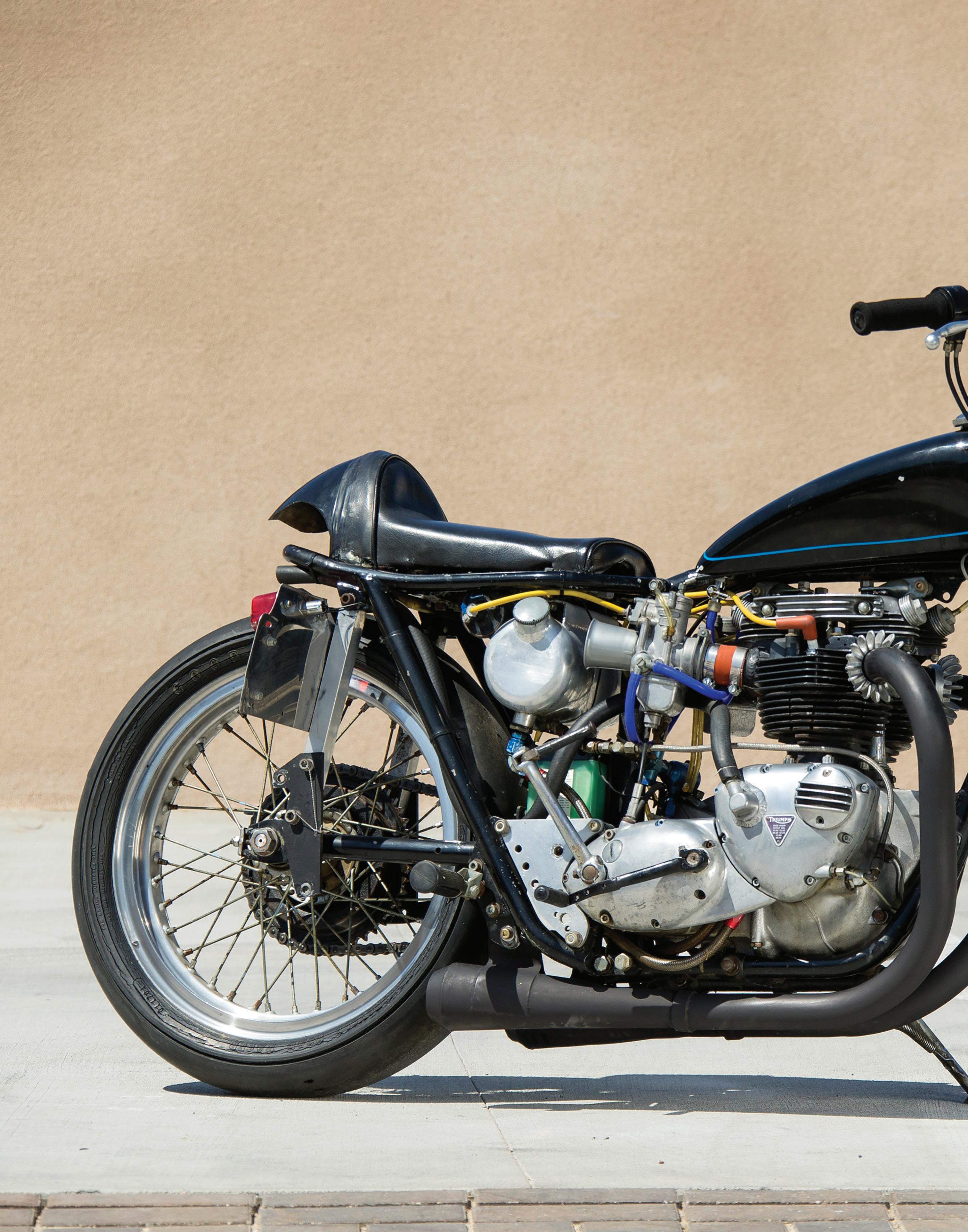
Racing his way through college
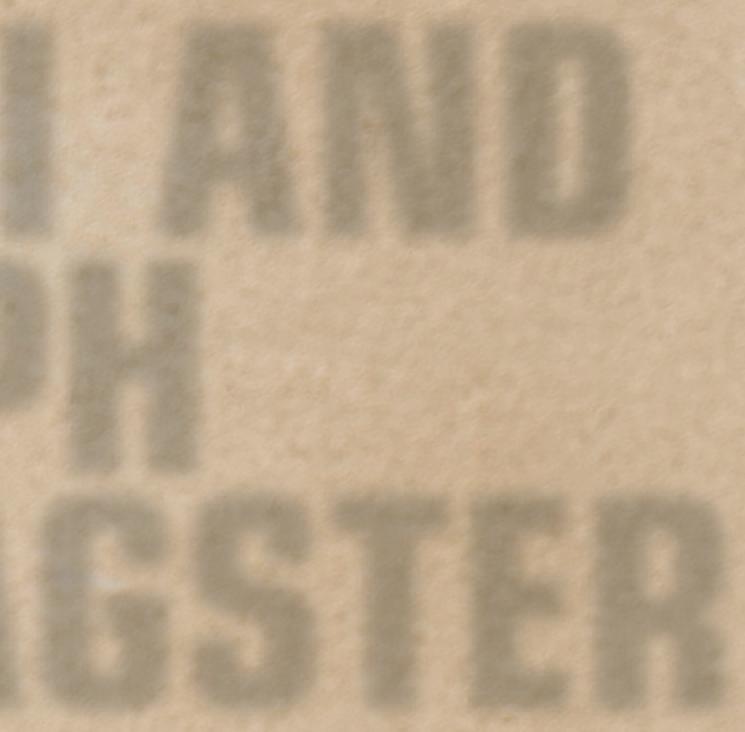 Story by Alan Cathcart
Story by Alan Cathcart
AAmerican Triumph tuner Matt Capri, now 82 years young and finally retired from the drag strip and Salt Flats, has been a serious speed-hound all his life.
For two decades from 1995 to 2015 his South Bay Triumph dealership on the Pacific Coast Highway just north of Long Beach was a mecca for imaginatively engineered go-faster updates of various Triumph models, in between being Triumph USA’s Dealer of the Year in 2005. These bikes included the street-legal turbocharged Daytona 1200 four on which Matt Capri personally set Bonneville records at over 200mph, or the stock then-new Triumph Daytona T595 triple that set a 1000cc AMA Production record at 173.735mph in 1998, again with him aboard. “It took Yamaha three years to beat that speed with an R1,” says Matt proudly. “It was the first absolute speed record Triumph ever held with a stock motorcycle, and we prepared and raced it out of our shop.” South Bay Triumph Bonneville motorcycles also presently hold four FIM World Land Speed Records in the 1000cc twin-cylinder categories.

Road to glory
A native New Yorker born and raised in Long Island, Matt Capri transplanted himself to California in 1973 to become BMW’s Western Sales Manager. He wrenched on the R90S Superbike that Steve McLaughlin won the first ever Daytona Superbike race on in 1976, beating their favored Udo Geitl/Reg Pridmore teammates. Then in 1980 Matt co-founded Luftmeister, the BMW tuning house which over the next 15 years set so many speed records with Capri-concocted Boxers and 4-cylinder Flying Brick K-models, both normally-aspirated and turbocharged. Establishing South Bay Triumph in 1995 saw Capri switch his allegiance to the British brand at the outset of its Bloor-era ride down the
www.MotorcycleClassics.com 45
Photos by Kevin Wing and Matt Capri Archive
comeback trail in the U.S., though he already had history with Triumph, and BSA, too, in his college days back in the 1960s. After trying unsuccessfully to breathe new life into a dead 1947 Harley-Davidson scrapper, Matt Capri’s somewhat improbable two-wheeled epiphany took place in his senior year of high school, when his dad bought him a new $400 Cushman scooter to get about on. By now the Capri family were living in Rye, New York, a coastal town near the Connecticut state line, where Matt worked as a golf caddy and gardened for neighbors to earn money to pay his dad back for the scooter. He was a year-round rider, even in the snow, though he managed to burn up the transmission five times in trying to make the Cushman go faster! “The first three replacement transmissions were all under warranty, the fourth one my dad paid for, and the last one was paid for by me,” says Matt. “Cruelty to Cushmans was expensive, so in 1962 I persuaded my dad to trade it in for a

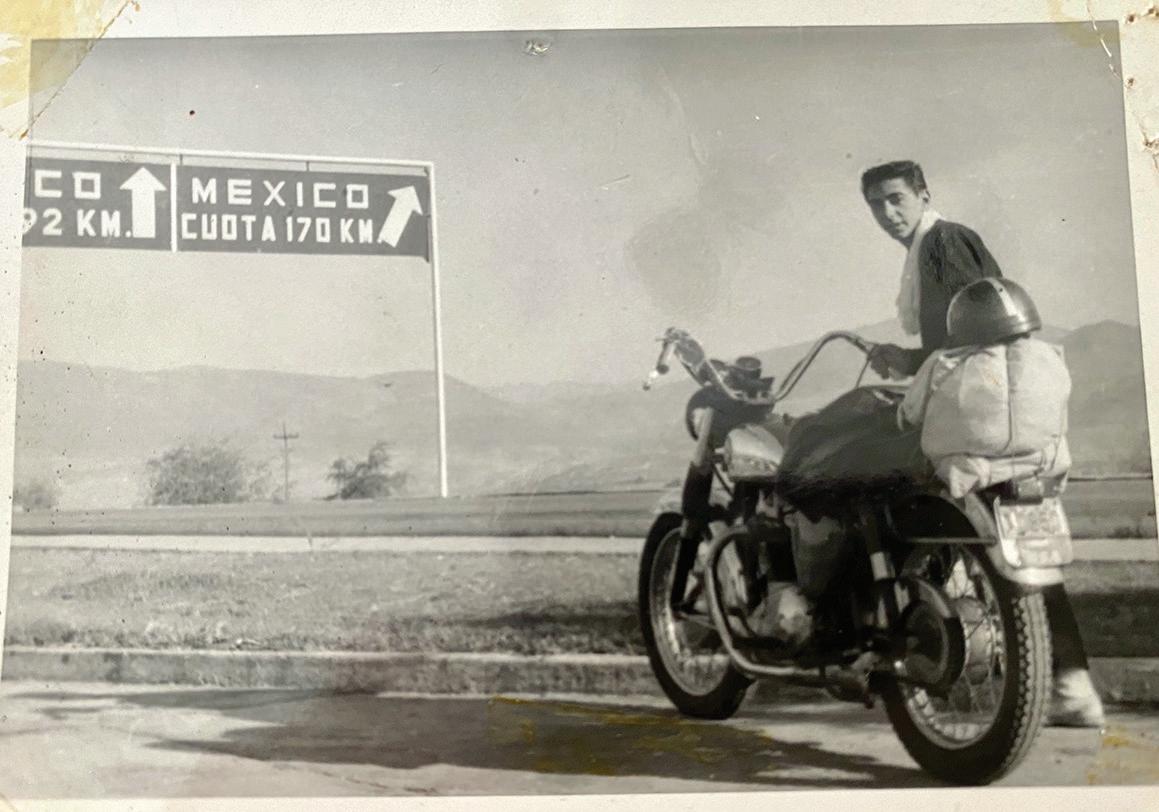
proper motorcycle.” At Frank Russo’s dealership half an hour away in the Bronx, his father spotted a bright red brand-new 650cc BSA Super Rocket twin, and said, “That’s the bike for you, son.” Truly a dream dad! The BSA cost $950, but Russo took the Cushman on trade-in for $250, leaving a balance of $700 Matt owed his father. Before leaving the dealership the younger Capri had never ridden a motorcycle on which you had to shift gears, but he figured it all out on the way home.
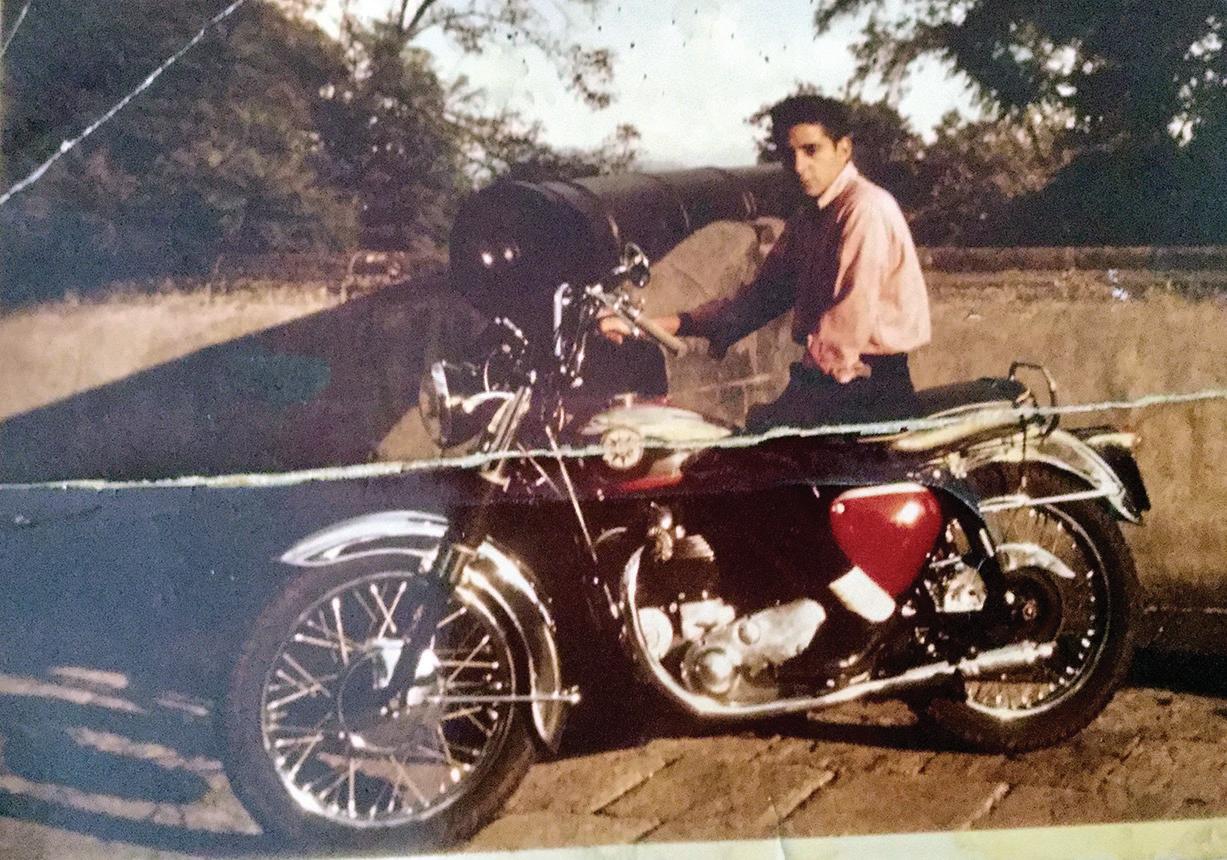
Eager to show off his new BSA, Matt Capri borrowed another $25 from his dad and that same summer evening rode it to Playland, a local Rye hangout, for a burger, fries and Coke. “I’m waiting for my meal when a large guy on a Harley comes up and asks who owns ‘the sissy red bike with the small tires,’” recalls Matt with a grin. “I said, it’s mine, and I’ll bet you $20 it can beat your Harley-Davidson — it was all I had left after ordering dinner! The I-95 New England Freeway was under construction but not open yet, and the police would let you race there illegally, instead of somewhere else where there was any traffic. The car guys already had a quarter-mile all marked up with white paint on the four-lane concrete freeway, so Mr. Harley and me line up, we nod our heads and the race begins. I had a perfect start and luckily didn’t miss any shifts — remember, it was my first day on a motorcycle! — so I crossed the finish line first. I rode back to Playland to collect my $40 which we’d given to the chef for safe keeping. Mr. Harley couldn’t believe he’d lost the race, so he wanted a rematch next week. I said I’d be back, rode home and told my dad what had happened!”
Matt Capri paid his father back the $20 he’d given him for dinner, plus another $20 for winning his first street race, as his first payment towards buying the BSA Super Rocket. His dad said great, son, keep the money, but don’t tell your mother about any of this! Matt spent the week practicing his starts and gearshifts in a secluded area outside Rye, then next Saturday returned to Playland ready to race. “But the Harley guy wants to win all his money back and insists on doubling the bet, so now it’s $40 to enter the race, plus he’s
46 MOTORCYCLE CLASSICS July/August 2023
Matt and his Super Rocket before heading off to Mexico (left). En route to Mexico City from NYC in late summer 1962.
Matt today on the Triumph Street Dragster he paid his way through college with.
invited two of his friends with $40 each to race against me as well. So we lined up across the freeway, nodded our heads, and the week of practicing starts paid off as I crossed the finish line significantly ahead of the others. But they didn’t know I’d rolled off the gas to make the race look closer, so they wanted to race again the next weekend!” Matt returned to Playland, collected his winnings, rode home and gave his dad his first $100 payment towards his BSA Super Rocket. Again, he was told, don’t tell your mother.
Going faster … and farther
Word got out about the street drags, which continued each weekend throughout the summer of ’62. More and more bikes showed up to race against the Capri BSA, which meant Matt needed to learn how to modify the engine and the suspension to keep on winning. “The guys in our neighborhood who raced cars in the drags shared with me what worked for them, and
made suggestions how to replicate that on the motorcycle. So I rode to Frank Russo BSA and purchased a smaller engine sprocket to lower the gearing and make starts much easier. I stiffened the suspension by adjusting the shocks, and let out the air in the rear tire for a bigger contact patch — all the basic stuff I’d needed to be taught. I also spent the best $1.50 of my life buying Phil Irving’s book Speed, and How to Obtain It from Floyd Clymer in Los Angeles, and that was my bible.”
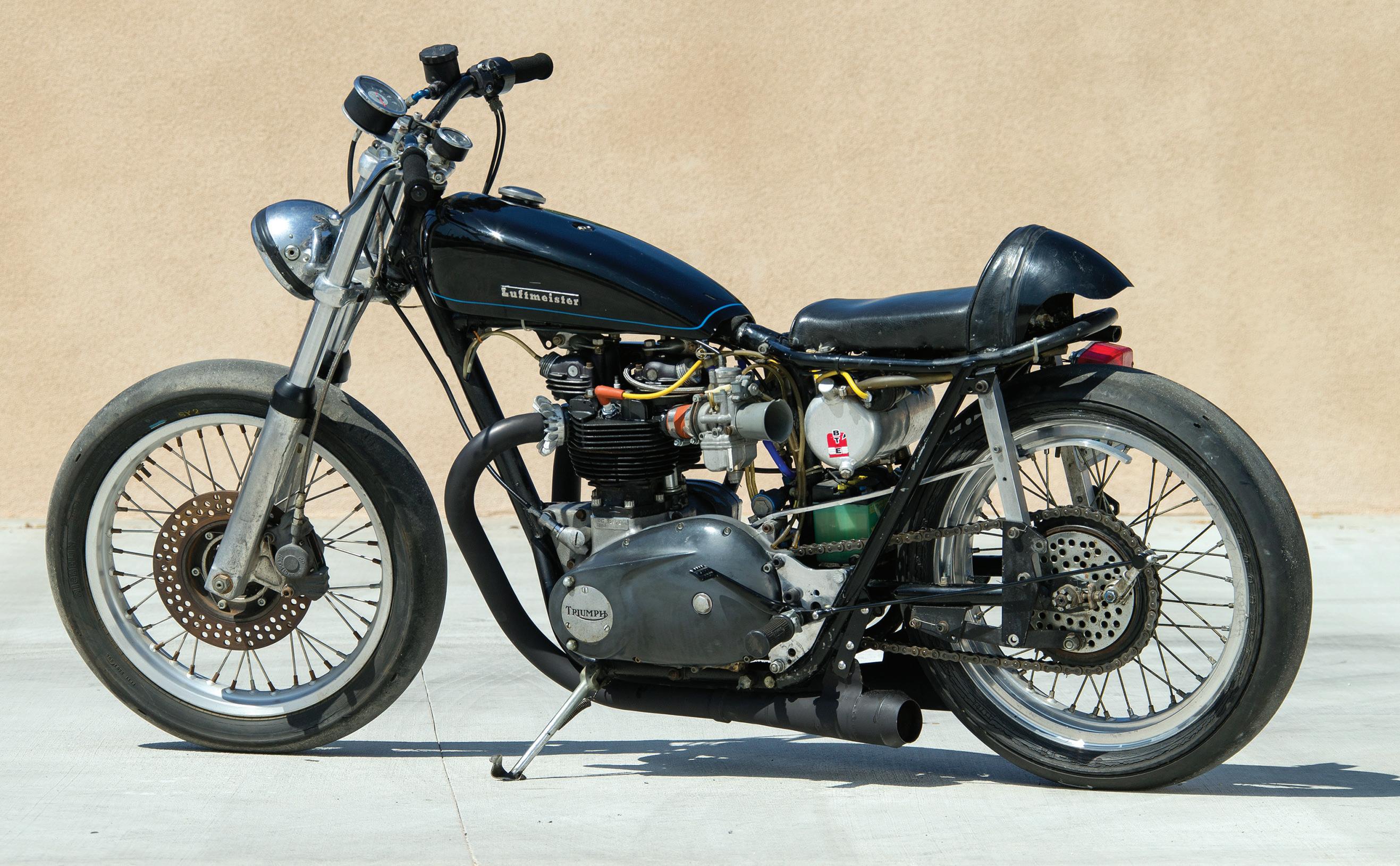
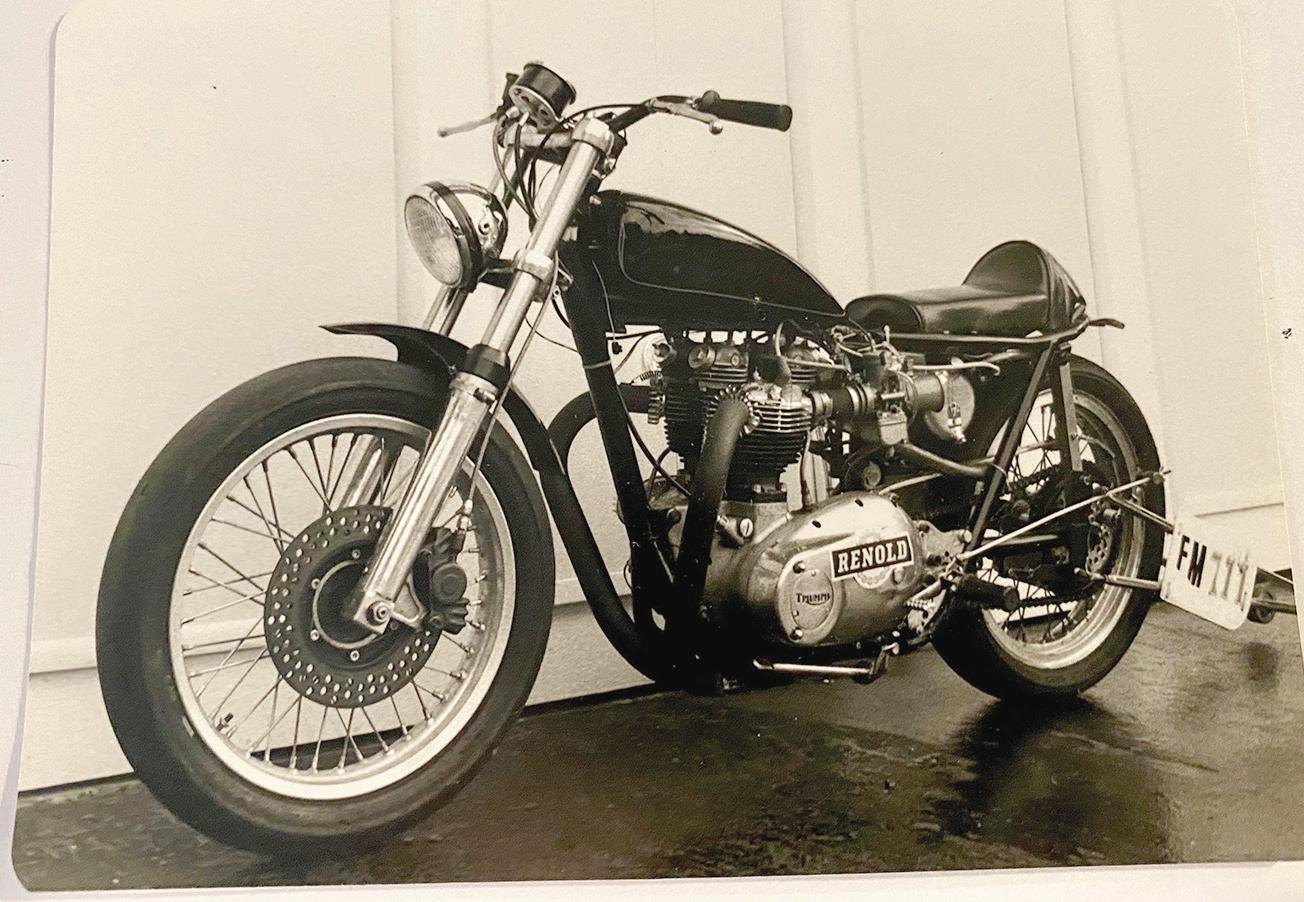
Matt Capri won every race he entered that first summer as a bike owner — and yes, his mother finally found out! — earning a monthly average of $800 which let him make regular payments to his dad, while using the additional money to buy parts for his BSA plus tires, chains and clutches. Come September, Matt had refunded his dad all the money he owed him for the bike, plus he’d learned how to modify the engine to win races, and was set to pursue his passion for motorcycle racing as a career. But first he had to get himself to Mexico, for
 Matt launches his Triumph at Westhampton Raceway in 1966. Later, fitted with front disc brake and a wheelie bar.
Slick-shod Triumph in its final Carlsbad National pump gas C Modified winning guise.
Matt launches his Triumph at Westhampton Raceway in 1966. Later, fitted with front disc brake and a wheelie bar.
Slick-shod Triumph in its final Carlsbad National pump gas C Modified winning guise.
while all this was going on, Matt Capri’s day job was studying Spanish, Economics and Geography, and after a three-month semester near Guadalajara early in ’62, he’d decided to spend a year at Mexico City College — and to ride the 2,500 miles there on his BSA Super Rocket street dragster!
“I went to school there to perfect my Spanish and experience a different way of life, and I became good friends with the guys at the big BSA shop in Mexico City,” recalls Matt. “There, I souped up the Super Rocket, put Alfa Romeo car pistons in it to bore it out to 720cc, cleaned up the head and ran a lot of compression, but still on pump gas. It was rather quick, actually — it ran high elevens at 7,000 feet of elevation in Mexico City, with a terminal speed of around 112mph. I won the Mexican National Drags there with the BSA before riding it the 2,500 miles home to Rye in the summer of ’63. I raced it again a little bit more on the street the following year, but then I finally blew it up after 18,000 hard miles, so I sold it.”

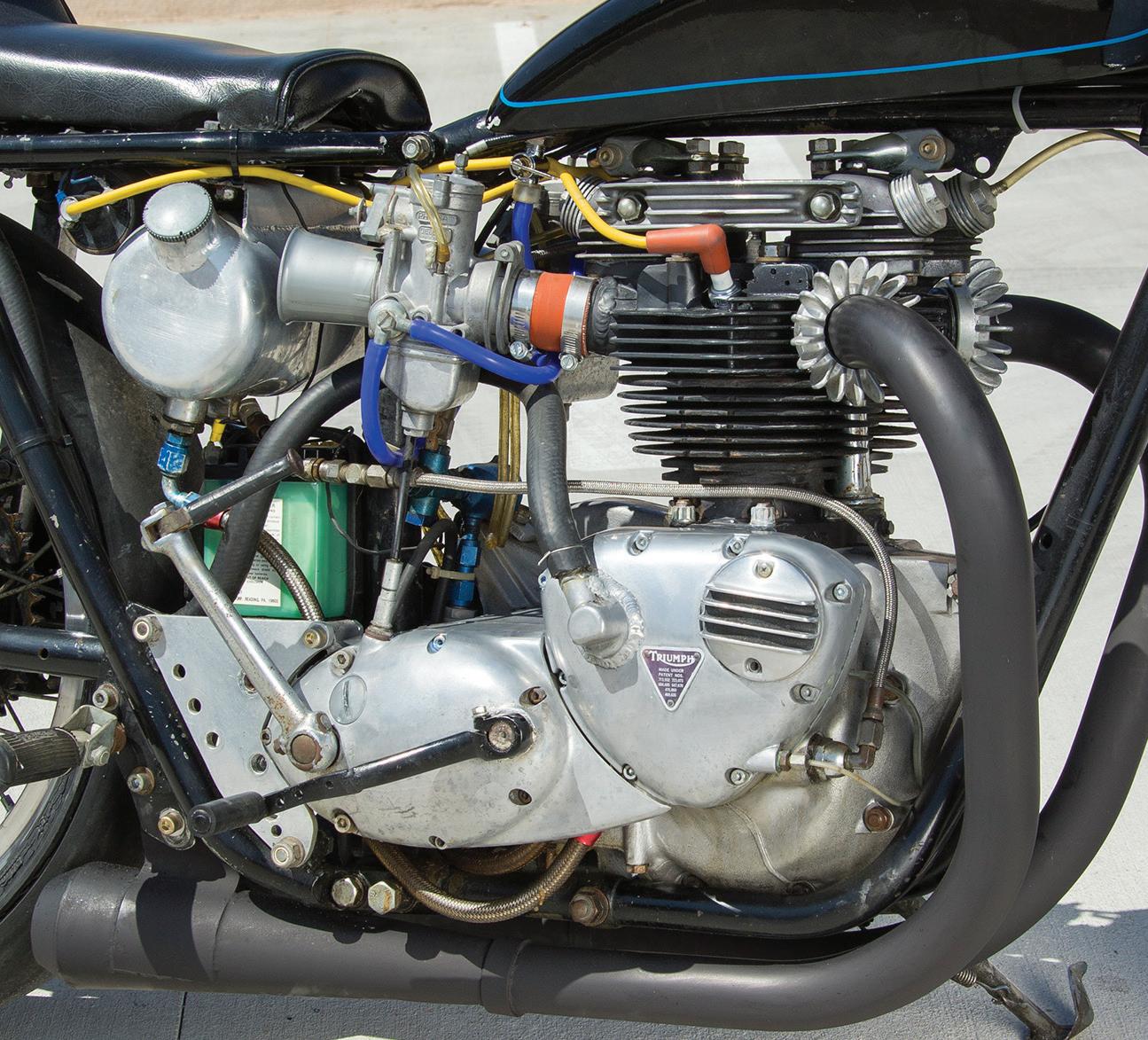
That’s when Matt’s Triumph era began. “It was the worst thing not having a motorcycle, but then I found this crashed 650 Triumph abandoned behind a gas station, so I bought it for 100 bucks. It was a ’63 TR6 Tiger with just a single carburetor, not very attractive looking and pretty neglected, but it was just what I needed as a basis for a proper street dragster. I bought a Bonneville head, two carbies and some pistons, and made a race bike out of it that we called the TT Special, even if it never went near the Isle of Man! I put cams in it, too — I learned how to do all that. I’d ride it to work, and back and forth, and then run it at night in the street drags anywhere they staged them, to earn extra cash. There were plenty of uncompleted freeways around New York back then where you could race pretty safely with the police looking the other way, and there’d be some big bets going down which helped me take home my fair share of bucks. That Triumph definitely helped pay my way through college! Eventually I was sponsored for parts by the local Triumph dealer, who sold lots of bikes because we did so good in the drags, so after that I went legit, and began going to the legal
drag strips, chasing records with this bike I’d learnt to tune myself. And it was fast!”

“I normally ran it at first on high-octane Sunoco 260 leaded pump gas, but then I began running alcohol in it for the street racing, and sometimes I’d mix it with Nitromethane, 50/50 by volume. I didn’t have a hydrometer, I just put like one gallon of alcohol together with one gallon of Nitro, and ran it with the jets basically out, and it would pull so, so hard. Besides the freeways I started going to Westhampton Raceway on Long Island, the main New York Drag Strip back then, and it eventually ran in the mid-tens there on nitro, like 10.6. But I didn’t know that alcohol destroyed the engine if you didn’t drain it out, so I let it stay there until eventually in late July, mid-season, it started vibrating. I took it apart, and all the bearings were rusted from the alcohol turning to water, as if I’d left them out in the rain. I should have drained it, but nobody told me that. So I learned my lesson from this, and afterwards every time I ran it on alcohol, I’d drain it. We’d run Castrol R30 bean oil, just a quart in it to reduce drag, that’s all — but it worked good, and smelled great!”
“That first summer in 1966 I had an Avon rear slick on it, which cost me 50 bucks back then, and I soaked it in Clorox, to make it soft, and then there was a chemical called BX-10, the car guys said, “Just brush it on there, let it sit, and then when you do your burnout, it’ll vulcanize the rubber and really stick.” It did! I fitted plates for wheelie bars, because quite soon I couldn’t ride it at the Drags without that — it’d flip over with a stock wheelbase. So each weekend I ran that bike at Westhampton, and I won Top Eliminator with it many, many times. I still have the side window out of my old ’53 hemi-engined Chevy Woody station wagon with just some of the stickers I earned with the Triumph. I didn’t have space for them all!”
Moving on
In the fall of 1966 Matt headed to the Midwest, to study Engineering at Oklahoma University on a wrestling scholarship
48 MOTORCYCLE CLASSICS July/August 2023
Capri-tuned engine ran 50% nitro for a big power kick. Stock Triumph 4-speed transmission has a Barnett heavy-duty clutch.
Phil Irving’s Speed handbook is the Capri bible even today.
— OU had one of the U.S.A.’s leading teams in this Olympic sport, in which Matt had become New York State champion for his 120-pound weight. The Triumph came with him, too. “I put two extra sparkplugs on it, and made various other improvements in the engineering labs at school,” recalls Matt. “Our professors liked the idea of one of their students doing some practical engineering there, and then winning drag races with the result! Despite being a full time student plus a wrestler on the athletes’ program, I raced that bike all over Oklahoma, and won more than 40 Top Eliminator trophies with it. I kept improving it, and by the time I graduated I’d had a serious grounding in performance tuning. I’d bring it back home each
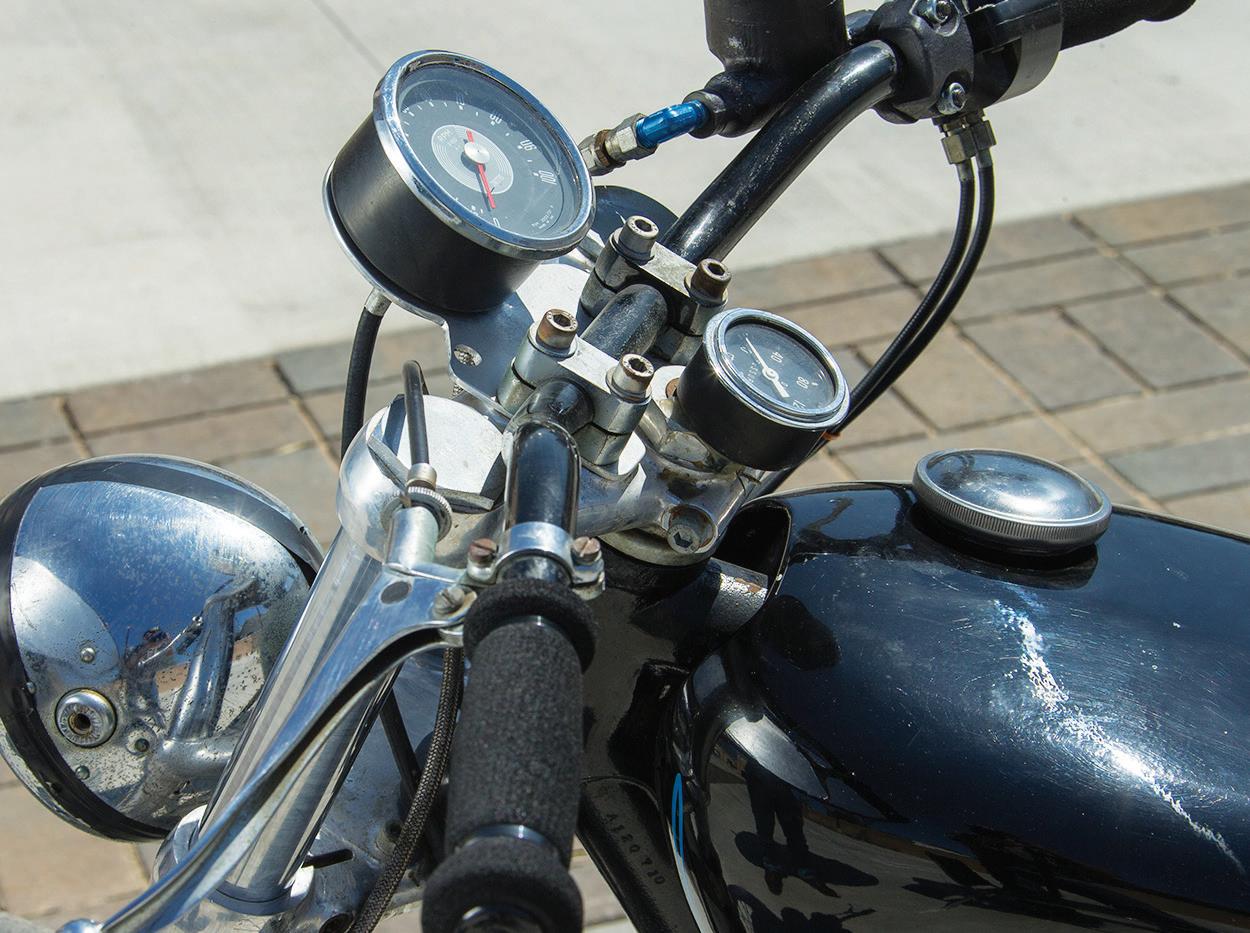
Matt Capri’s Triumph tags




When Matt Capri lived in Rye, New York, he raced each weekend at the Westhampton Drag Strip on Long Island. Races were held there from June through October every Sunday from 9 a.m. to 4 p.m., with a $10 per day entry fee for as many runs as you could get it. With the popularity of the illegal street drags there weren’t as yet so many drag strips to race on — the explosion in their number took place the following decade, as the massive Eisenhower Interstate Highway program rollout saw the completion of many of the favored venues for the street drags — so bikers came from surrounding states including Connecticut, Rhode Island and Massachusetts to race there. Fans brought picnics to watch the motorcycle drag races.
The car window in the photo with stickers on it comes from Matt Capri’s 1953 Chevy Woody station wagon, retrofitted with a V8 hemi engine, which he bought in 1965 for $250 with more than 100,000 miles on it! Matt raced every Sunday from June through September, and did so each summer he was back in Rye. Note there are three different sticker types, each with their own significance. On the left of the window are the Club 100 stickers. Matt earned
summer and keep earning some bucks on the street drags, but by ’68 most of the freeways were completed and the street drags ended. It was a pity — but I’d paid my way through college with them!”
Matt Capri took the Triumph with him to California when he moved there in 1973 to work for BMW, racing the British bike in his spare time from working for the German brand’s U.S. distributor Peter Adams — who later co-founded Luftmeister with him, after BMW took back the U.S. franchise when Adams’ distribution contract expired. “I ran the Carlsbad Nationals with the Triumph, and won the pump gas C Modified class,” recalls Matt. “We ran high elevens, 11.7 with a 115mph terminal,
four of those as the fastest rider on any bike going more than 100mph. The next sticker says Top Time and there are nine of those, earned by being the fastest rider overall that day against bikes ranging from a 450cc Honda to 1,300cc Harleys. The Class Winner stickers total 13 in all, and he earned those for racing in his 650cc category, mainly against other Triumphs, BSAs and Nortons, before he bored the engine out to
770cc. The difference between the red stickers and green is just a different summer season of racing.
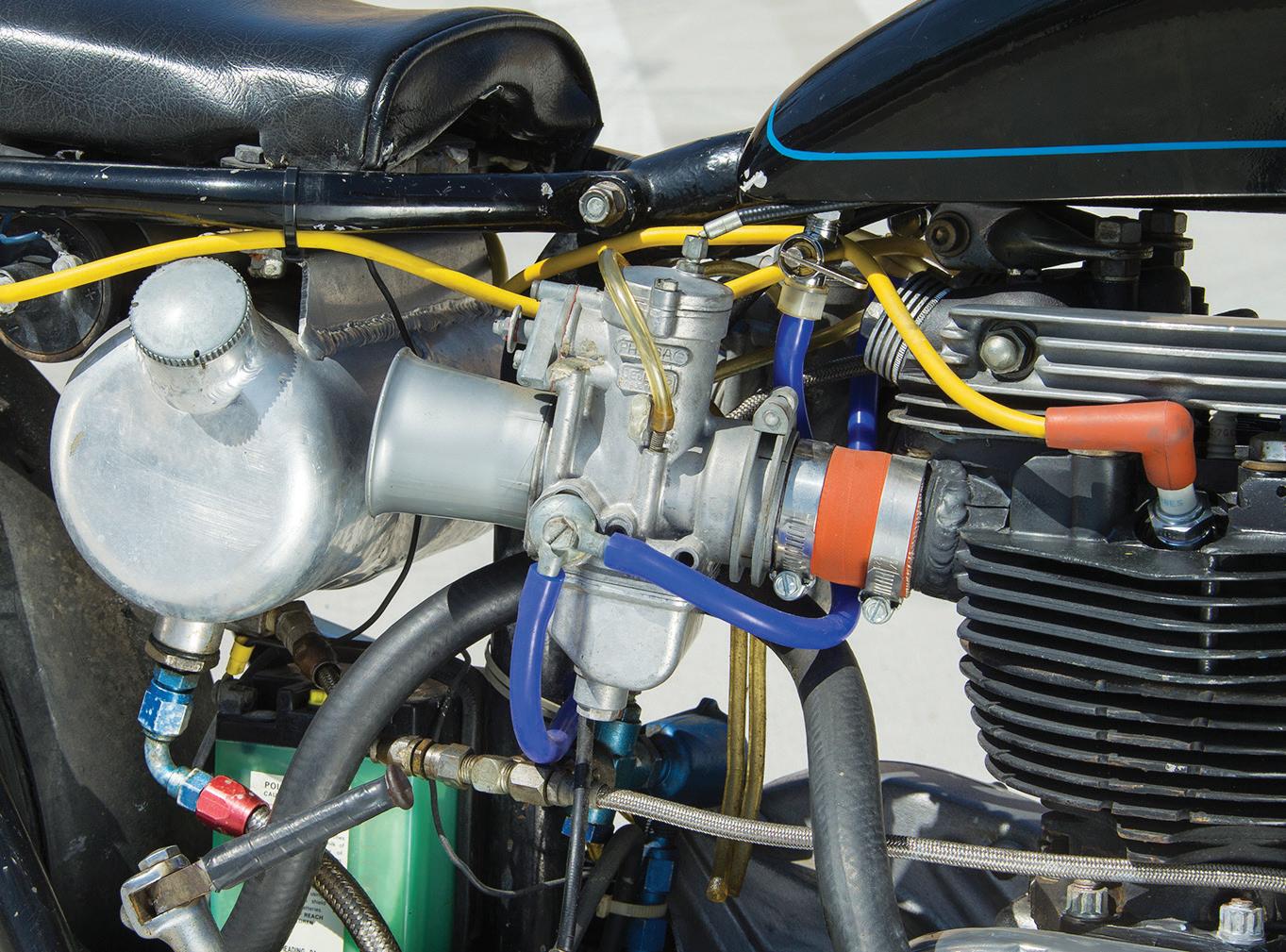
The worn sticker in the lower right corner of the window reads New England Freeway Outlaw Drag Winner. This award was made by car owners racing in the area, and it was an honor to be accorded one if you rode a motorcycle! —
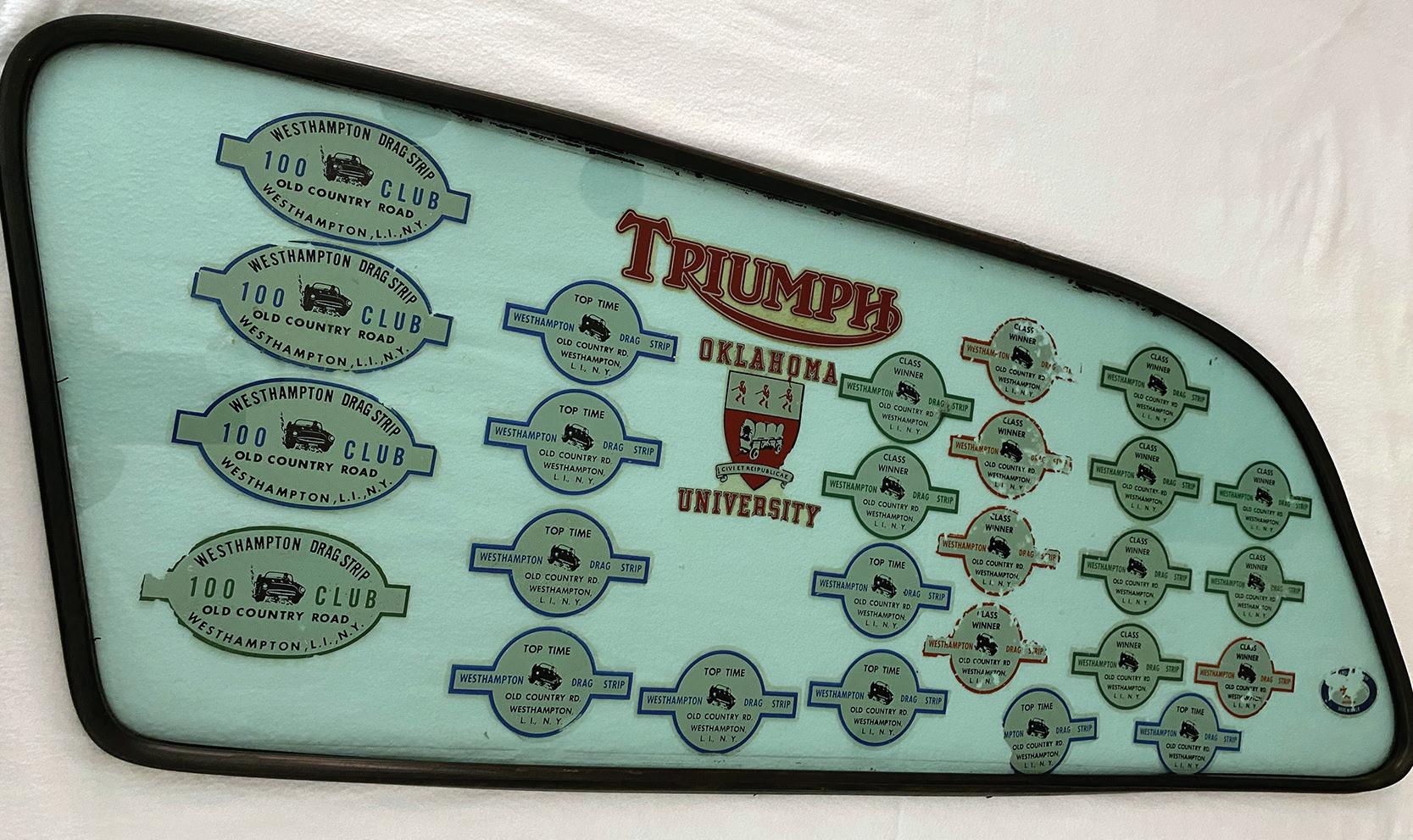 Alan Cathcart
Alan Cathcart
www.MotorcycleClassics.com 49
Dell’Orto pumper carbs feed Capri-ported 770cc big bore twin. Tach and oil pressure gauges tell you all you need to know.
and that was pretty good. So I retired it after that — but it still sits in the garage as a reminder of days past. Happy days, too — just like for the Fonz!”
So how did Matt Capri’s own personal piece of two-wheeled history end up? “It has the complete 770cc big bore kit from Sonny Routt in Baltimore, Maryland,” says Matt, “with high compression 12:1 pistons and 9-stud cylinders. It has experimental cams which Jimmy Dour at Megacycle made for me. I ported the head myself, and changed the exhaust flanges to BMW-style lock-ons, with a locking ring so nothing falls off. The secondary Honda 10mm plugs dead smack in the middle of each cylinder are the same ones I installed in the OU school lab, with transistor coils, a 12 volt battery and total loss ignition — no generator.”
“The one-piece stainless steel valves are 2mm oversized with Webco lash caps and aluminum pushrods, plus their competition valve springs and titanium retainers. It has 36mm Dell‘Orto pumper carburetors, and I made the reverse cone exhausts myself. I took a set of megaphones from the late, great C.R. Axtell, and welded them on to Triumph TT pipes 31 inches long and 1¾ inches wide, which work really good. The top end is devastating with those reverse cones, and it’s what everybody uses now, actually — they’re back in fashion again. I went with much higher rpms despite the bigger motor — my 770cc engine goes to 9,000rpm because I have two plugs in each head with the center spark plug. Because the Triumph pistons are high dome like the Harleys, you have a hemi head, so you
could never burn across the top of the piston with a single sidemounted plug — but if you light it up in the middle like the hemi V8 cars do, you get complete burn, and that’s when the rpms went up. It runs really nicely, or it would if we woke it up!”




“It has a stock Triumph 4-speed transmission with a Barnett heavy-duty clutch to take all the extra power — how much, I don’t know, as I never ran it on a dyno: the stopwatch was my dyno! I never used the clutch to shift up — just powershifted flat out. Everybody had problems with the Triumph shift plate, which had plenty of little false neutrals, so a company called Excel Plating welded the neutrals up, so you couldn’t be between gears. I took a file, and changed the ramps by hand so that going in was gentle, and coming out was steep, so it couldn’t jump out of gear, plus the shift was modified. And then MRC made an aluminum plate with an extra bearing to support the output shaft of the transmission — that’s why they were all missing gears, because that shaft would be wobbling. As soon as I supported the output shaft, with a clutch hub which was all drilled out and balanced, shifting it was just like butter. It looks pretty tired now — but it’s had a hard life in which it kept on delivering the performance I asked for, and pretty reliably, too. It has many happy memories for me.”
Matt Capri’s Triumph street dragster and Carlsbad National winner has really earned its keep. Time to let sleeping Tigers lie. MC
Experience the Golden Age of the British Motorcycle

This book covers the first century of the British motorcycle industry, from its beginnings to the end of the 20th century. Divided into four chronological sections, it profiles 100 of the best-loved machines that helped shape a century of motorcycle design. Coverage includes all the famous marques such as AJS, Brough, BSA, Douglas, Greeves, Norton, Panther, Royal Enfield, Rudge, Scott, Sunbeam, Triumph, Velocette, Vincent and Zenith. Each entry includes information about the history of the bike, with specification panels detailing years in production, engine type, bore and stroke, capacity, gearbox, brakes, transmission, power, weight and top speed. This title is available at store.MotorcycleClassics.com or by calling 800-880-7567. Mention promo code: MMCPANZ5. Item #10701.

“It still sits in the garage as a reminder of days past. Happy days, too — just like for the Fonz!”
50 MOTORCYCLE CLASSICS July/August 2023
Capri’s collection of speedsters includes his Triumph and Luftmeister BMW K100 200mph missile flanking his record-setting Royal Enfield 535cc Continental GT Bonneville racer.
Larry says he feels like he is 16 again every time he rides his CL160.
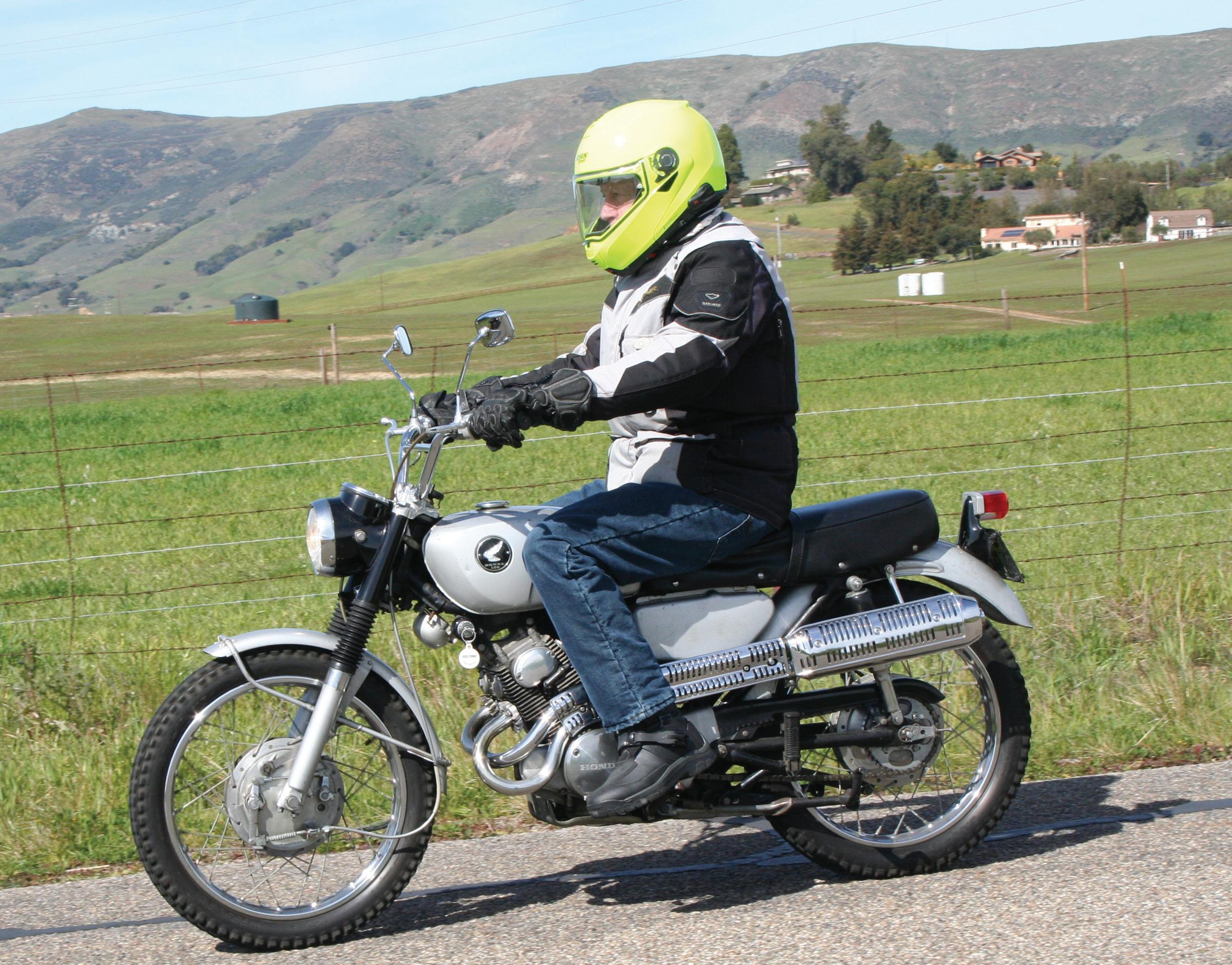
BRIEF BUT SUCCESSFUL
1966-1967 Honda CL160
Story and photos by Clement Salvadori and Larry Coolidge
IIt is one thing to build a successful motorcycle, another to market it.

When Honda presented their low-piped road-oriented CB160 back in 1965, it met with reasonable acclaim as a sporty small bike at a small price of $550. In 1966 the high-piped street-scrambler CL160 appeared, and it became a major hit
because of The Look. Trying to be sporty with a top speed of 70mph was a bit of a challenge, but turning off the pavement and blasting up a dirt road — that was a different image.
Changing the CB to a CL, the Honda designers had sensibly left the 160 engine and chassis pretty much alone, although they did do some minor work to make the minimalist frame a bit stronger with the anticipation of some off-road bumps. Two short arms come down from the steering head and bolt to the top of the engine, which is a structural member of the chassis. The tubular backbone itself runs under the tank and
www.MotorcycleClassics.com 51
back down to join with the rear of the gearbox, using a tubular swingarm and two mildly adjustable shock absorbers. Up front the CL uses the same forks as on the CB model, which made for some curious handling when puttering up a sandy road. A steering damper could tighten the turn of the handlebars should the occasion demand.
Making it go




The parallel twin engine, made mostly of aluminum but with shrink-fit steel cylinder liners, leans forward a few degrees. With a bore of 50mm and a stroke of 41mm, for a total of 161cc, it was highway legal. The two 20mm Keihin carburetors have a Siamese hookup, with a single cable running off the throttle, splitting to two cables under the tank. Using a chain-driven overhead camshaft, two valves per cylinder in a hemi-shaped head, and 8.5:1 compression ratio, that engine generates some 16.5 horses at 10,000rpm. Roughly 9 lb/ft of torque come into play at about 6,000rpm. The 360-degree crankshaft has the pistons running up and down side by side, but they fire 180 degrees apart, keeping the vibrations
low. The crankshaft runs on four bearings, one ball and three rollers, which may be one reason we still see 160s running around today.
The power end of the crankshaft connects by gears with the wet clutch, while the opposite end has the alternator — and here a difference appears. The CB has an electric starter, while the CL160 does not. Powerful legs are certainly not necessary to fire up the CL, which uses a conventional battery and coil ignition. The CB curb weight, according to a 1967 Cycle magazine comparison, is at 288 pounds with a 2.8 gallon tank, while the CL is 6 pounds lighter, with a 2.5 gallon tank. The difference would be more, except the CL now has a skid plate under the exposed engine, just in case.
The 4-speed transmissions are the same, and share the same oil with the engine. The manual recommended changing the oil every 1,000 kilometers, or 620 miles; Honda definitely did not see this as a long-distance cruiser. The CL has two extra teeth on the rear sprocket, meaning the CL is about a mile slower in top speed. But it is faster in the quarter-mile, by almost a second — 18.6 seconds.
Vintage Dirt Bikes: A Prospective Buyer’s Complete Guide

Vintage Dirt Bikes helps readers determine which classic dirt bikes to bring home and make their own by providing information on all the most popular makes. This complete guide provides four to six paragraphs for each bike describing the bike in general terms. In addition, bullet points for each model include information on relative cost to acquire, value when finished, and which are most likely to offer the most fun for the money. Readers will also find what to look for when checking the condition of items such as paint, suspension, frame, and engine. A general section at the back of the book helps the reader decide where to buy classic bikes, where to get parts, who to call for help, and which parts of the restoration should be farmed out to experts with specific skills. This title is available at store. MotorcycleClassics.com or by calling 800-880-7567. Mention promo code: MMCPANZ5. Item #7524.
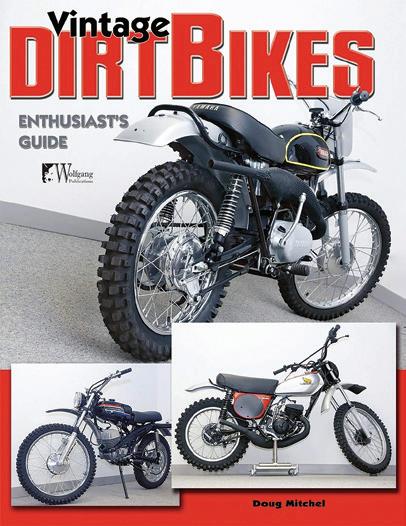
52 MOTORCYCLE CLASSICS July/August 2023
In style
What brought the buyers on was that new off-road image, those up-swept twin exhaust pipes being a real turn-on in the late ’60s, giving a scramblerish look to essentially street bikes. Many riders might actually try to do a bit of off-road riding, but the first sandy hill might convince them this was

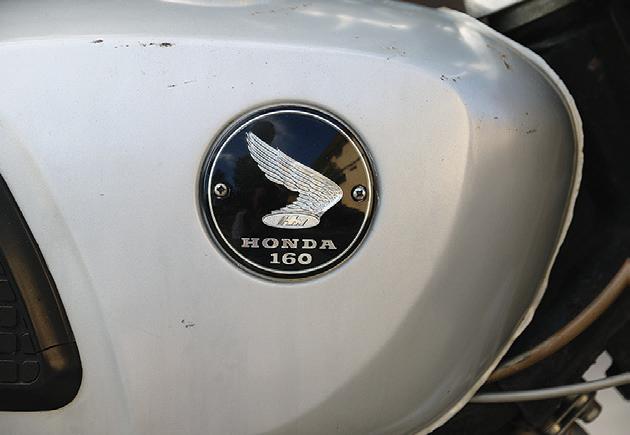

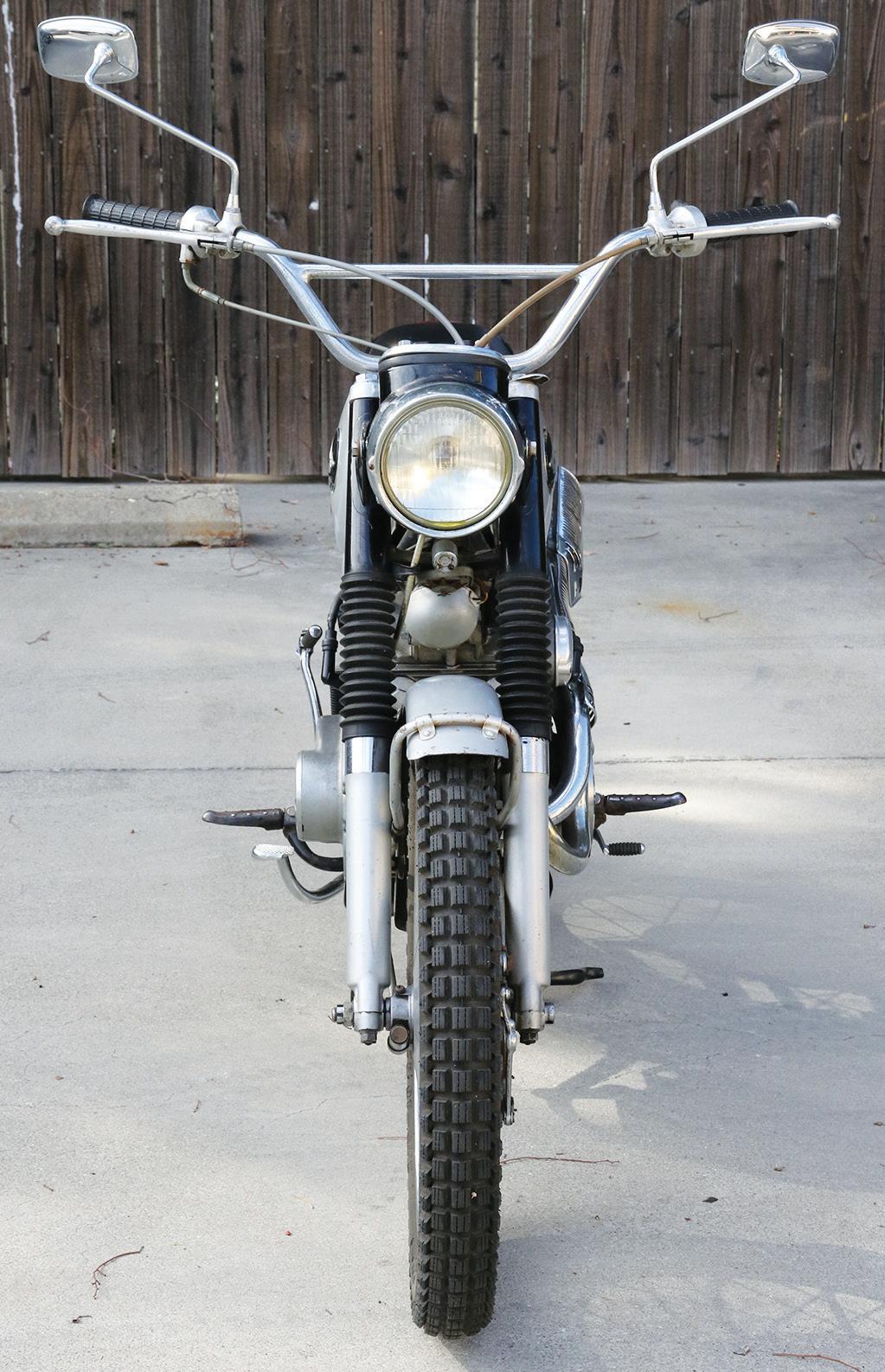
not a terribly good idea. The wheels are 18-inchers, with mildly knobbyish tires, giving slightly more grip in the rough than the CB, a 2.75 on the front, 3.00 at the back. They hold fine on the pavement, and the bike is said to have a 40-degree lean angle, sufficiently sporty for most. This was before disc brakes, so the front wheel has a twin-leading-shoe drum, the

rear, a single-leading shoe. And they work quite well, according to the testers of the time.



The possibility of falling over was always there, and minimizing damage is the purpose of the upswept exhaust. As well as the folding footpegs for the rider, with springs making sure they were always where your foot could find them. The CL has both a sidestand, and a centerstand, convenient should the chain need adjusting.
I mentioned the difference in tank size when talking about the weight, but far more important is the design. The smaller tank flows into the saddle, as opposed to the rather taller version on the CB where the rider’s private parts might come into contact if one moved too far forward, sometimes referred to as the “Honda Hump.” It was a much sleeker design overall, with a long, comfortable saddle, cross-braced handlebars and properly placed footpegs providing an excellent ergonomic combination. This is one darned comfortable
The CL160 sold well, until Honda did its usual upgrade, making it a CL175 late in 1968.
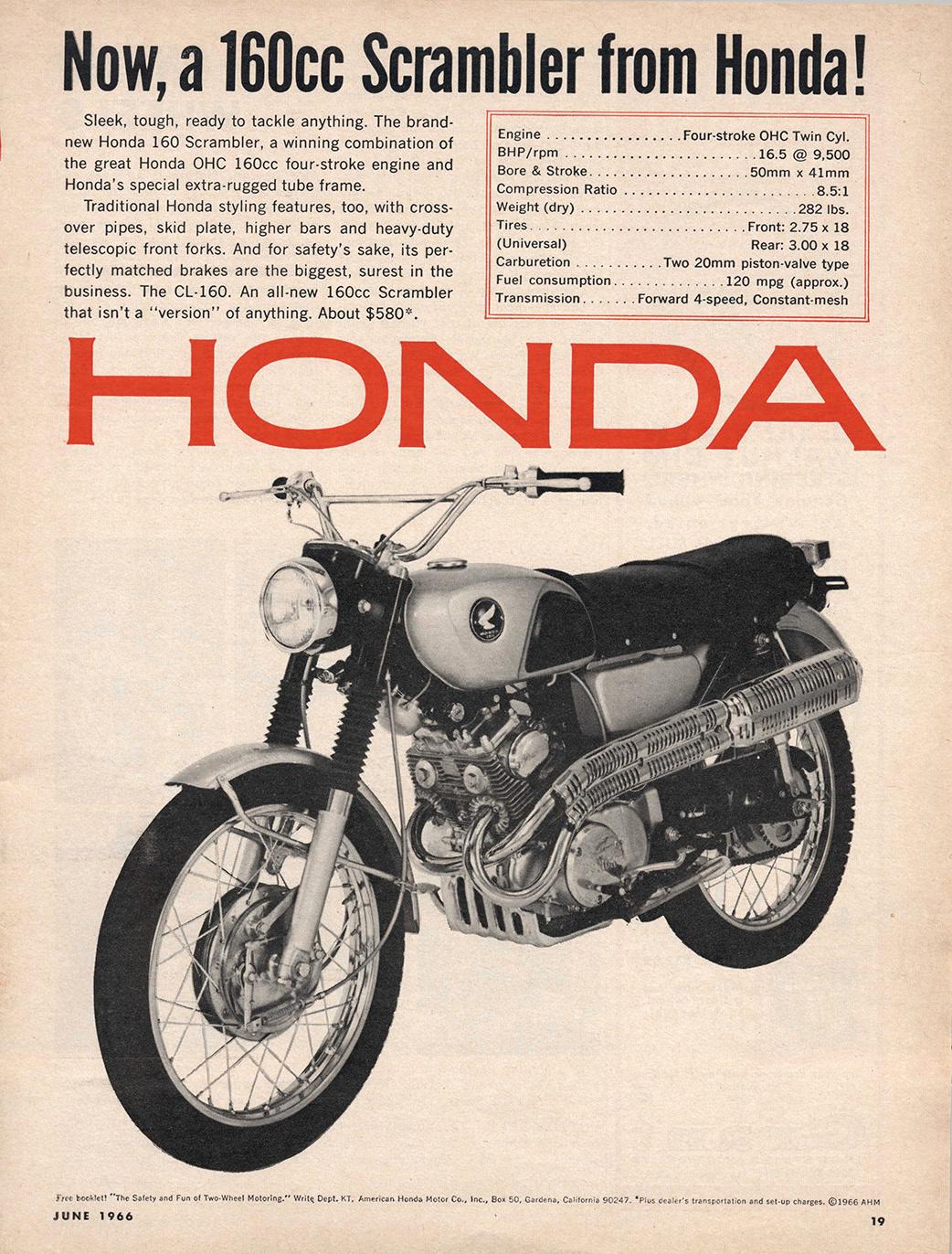

bike to ride for anyone 6-foot and under.
A couple more changes were made to improve the scrambler look, with the front fender being shortened and the front forks having rubber gaiters rather than the circular metal covers seen on the CB.
The stats on both bikes were quite the same, with a 50-inch wheelbase, almost six inches of ground clearance, and a saddle height of just under 30 inches. But the CL has The Look.
The 1966 CL160 cost a nominal $580, plus taxes and set-up. With Dad willing to co-sign a loan and a friendly dealer offering payments as low as $25 a month, this could be done by delivering newspapers or mowing lawns. And at 75 miles per gallon it was cheap to run.
After a year on the market Honda decided to upgrade the CL160 to the CL160D, which included an electric starter, for the really lazy types. MC
Nostalgia: The owner’s story, by Larry Coolidge


“This was my first bike — not this one, but one just like it. I got it when I was in high school. When I turned 16 my parents were hesitant to put me on their insurance since I hadn’t completed my driver’s education yet, which did provide a discount on insurance.
“I asked if I could get a motorcycle, and they said yes. The bike cost $495; I got a loan and my dad co-signed, my payments being $25 a month. I paid for it with my paper-route money, $12 a week. The next year I began racing AMA Sportsman Scrambles and would ride my bike to the closest track, which was Fisher, Illinois. I’d remove the headlight and taillight and put on my 13-tooth front sprocket. In this photo [at left], that’s me, #13, second from right, and you can see I got the ‘hole shot,’ with my clutch lever out and front wheel an inch off the ground. To the right of me is Craig Vetter on a 125 Yamaha, and next to him is Duane Anderson on a 125 Kawasaki. They didn’t have enough bikes that day for the 125 and 200 classes so they combined them into one. I would also ride my 160 to the Kickapoo State Park and trail ride the strip-mine trails all day. I kept that bike through high school and the first year of college, and then sold it to my roommate — who still has it. A severe bout of nostalgia made me buy this one in 2017.”
 Larry, second from right, gets the “Hole Shot” at the 1967 AMA Scrambles in Fisher, Illinois.
Larry, second from right, gets the “Hole Shot” at the 1967 AMA Scrambles in Fisher, Illinois.
54 MOTORCYCLE CLASSICS July/August 2023
With over 320 rare and previously unseen photographs, this highly illustrated reference book provides enthusiasts and historians
The world’s armies have used hundreds of different motorcycles over the last 100 years, with many companies succeeding and disappearing. This book focuses on 160 of the most important military motorcycles, showing the incredible diversity of the types. Detailed specifications include country of origin, type, manufacturer, production date, engine, transmission, suspension, brakes, dimensions, and performance.

Item #11905








$17.99 Members: $15.29
~ A complete guide to over 160 of the most significant machines, including well-known makes such as Harley-Davidson and Indian from the USA; Norton, BSA, Matchless, and Royal Enfield from the UK; BMW, NSU, and Zündapp from Germany; and other famous manufacturers from around the world, such as Husqvarna, Kawasaki, and Peugeot.
~ Specification panels provide at-a-glance information about each motorcycle’s name, country of origin, type, manufacturer, production date, engine, transmission, suspension, brakes, dimensions, and performance.
~ Features over 320 photographs illustrating each type, including commissioned work and many rare and unseen photographs from archives, museums, and private collections all over the world.
information
Call (800) 880-7567 or online at Store.MotorcycleClassics.com Mention promo code MMCPANZ2 Order today!
with key
about these diverse and multi-tasking machines.
HARLEY’S 100TH ANNIVERSARY, 2003


Becoming a Classic
Editor’s note: As Harley-Davidson owners and fans prepare for Harley’s 120th Anniversary gathering in Milwaukee July 13-16, 2023, we take a look back at the 100th anniversary celebration through the eyes and ears of motojournalist and MC contributor Dain Gingerelli.
 Story and photos by Dain Gingerelli
Story and photos by Dain Gingerelli
TThis year one of HarleyDavidson’s most distinctive paint jobs now enjoys classic status.

For 2003, Harley-Davidson unveiled a special two-tone paint scheme that matched Sterling Silver with Vivid Black for specific 100th Anniversary models. The one-year paint scheme was joined by optional, and more conventional, colors too. But every 2003 bike included 100th Anniversary badging of sorts.
Based on the 20-year formula, 2003 Harley-Davidson models are now classics. Age has its virtues, and it will be interesting to see the effect on collector prices and demand.
The Motor Company is known for its anniversary celebrations, and the 100th anniversary climaxed with The Homecoming in Milwaukee. It had been there in a small wooden shed back in 1903 that William S. Harley and the Davidson brothers (Arthur, Walter, and William) made their first motorcycle.
As a prelude to the 100th, Harley hosted The Open Road Tour at 10 key spots around the world in 2002. The following year Harley owners the world over converged on Brew Town for The Homecoming in late August. Riders journeyed from various points of America, others came from afar, shipping their bikes to ports of entry for the final ride to Milwaukee. The Motor Company termed those Milwaukeebound rides “The Homecoming,” and collectively the mass pilgrimage morphed into “The Party.”
“The Party,” wrote John Reger for the Orange County (California) Register newspaper, “by all accounts an unmitigated blast, was the destination, but not the goal. The journey was the goal — that one-sided contract with the open road where riders willingly make all the concessions. It was a trip that had to be
56 MOTORCYCLE CLASSICS July/August 2023
I selected a Softail Heritage Springer for my “souvenir” photo. My goggles and open-face helmet were also throwbacks to the ’40s.
taken because, as Miguel de Cervantes wrote: ‘The road is better than the inn.’”
As editor for IronWorks magazine in 2003, I was in Milwaukee for The Homecoming. I mingled and met with countless Harley owners, gathering

notes and quotes from interviews with people in attendance. Recently my curiosity led me back to those notes, and much of what they shared with me 20 years ago is as classic today as when we talked on the streets of Milwaukee
Like ants swarming a picnic, the Harley faithful feasted and crawled all over Harley’s historic headquarters at Juneau Avenue.
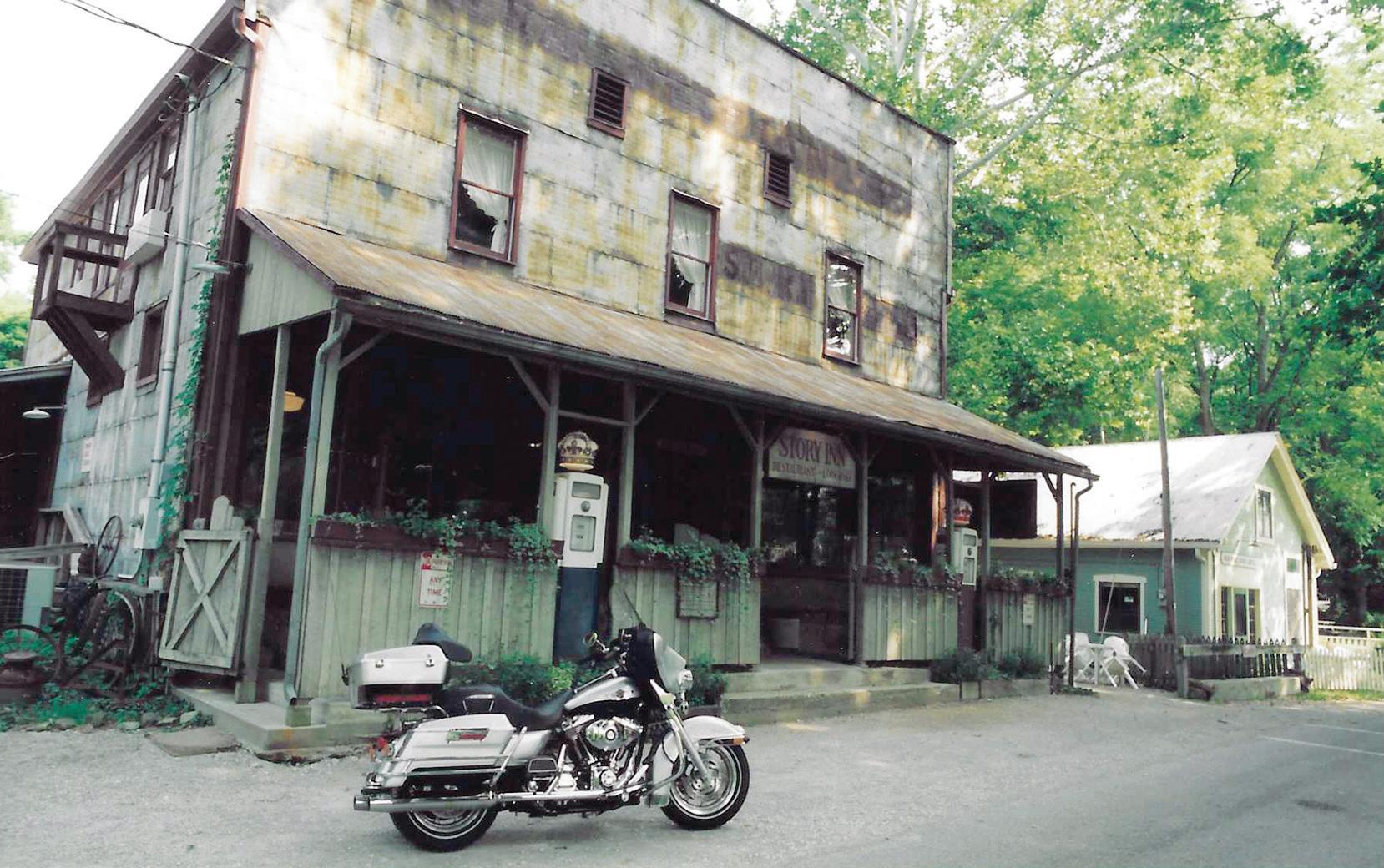
during Harley’s 100th. With exception of minor editing for brevity and clarity, here are highlights of the original notes that I gathered in August 2003 at The Homecoming:
Homecoming parade
Each bike had its own distinct exhaust note — its DNA if you will — that echoed off the building walls that formed vertical-face canyons through Milwaukee’s downtown. People were whooping and hollering as the bikes passed by. It would have made ninetime AMA Grand National Champion Scotty Parker, known for similar behavior in Victory Circle, proud.
During the bombardment of exhaust noise, an interesting term coined by Lou Netz (Willie G’s right-hand man in the styling department) came to mind. He once defined the rowdy burble of a carbureted Harley engine as “Power Tremor.”
On-the-street interviews
Riders from around the world shipped their bikes to various North American ports of entry for their personal ride to Milwaukee. One group of
www.MotorcycleClassics.com 57
I love riding America’s back roads. This Electra Glide looked so proper posed with the old tin building … somewhere in the South.
Aussies shipped to Vancouver, Canada. Another group from Down Under chose San Francisco before heading across the Rockies and Great Plains to Wisconsin. The route home will take them, according to one member, “up and around Yellowstone, then down (to San Francisco) somehow. Don’t ask me exactly where we’ll go, I’m just following the herd.”
Some 250 Japanese enthusiasts chartered a Boeing 747 from Japan, then
boarded three busses to shuttle into Milwaukee. As one gentleman described their journey: “Ichiban (Number one)!”


Michael “Mike O” Owczarscak and his brother John rode from Buffalo, New York. Said Mike, who personifies H-D owners known for modifying their bikes, “You can’t ride normal.”
Michael Loomis and his riding partner Sonine rode from Northern California to Milwaukee via, of all places, Florida, covering 6,500 miles to
do so. Her license plate bracket’s LED read-out beamed its electronic message to tailing motorists, stating, “It doesn’t get any better than this, heading to H-D’s 100th Anniversary Celebration in Milwaukee.”
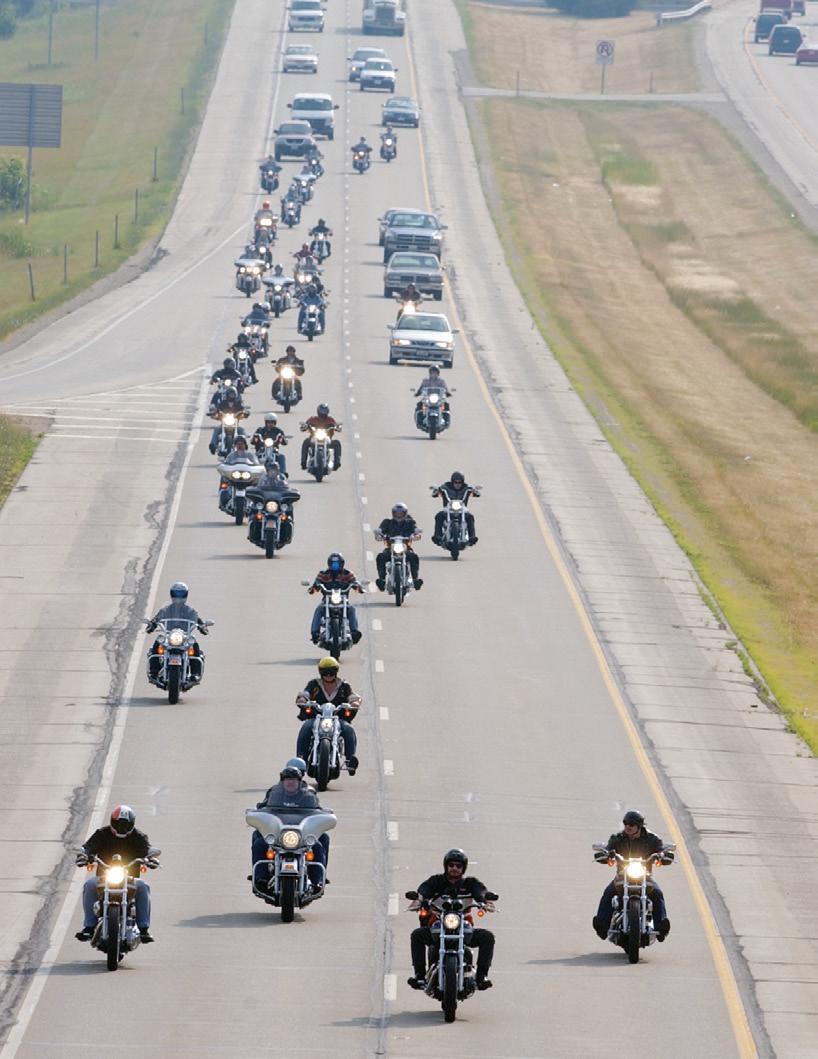
Holger Phieler, who works for a transportation company in Germany, shipped a small squadron of Harleys to Los Angeles and Chicago. He and his wife opted for L.A., and rode from there.
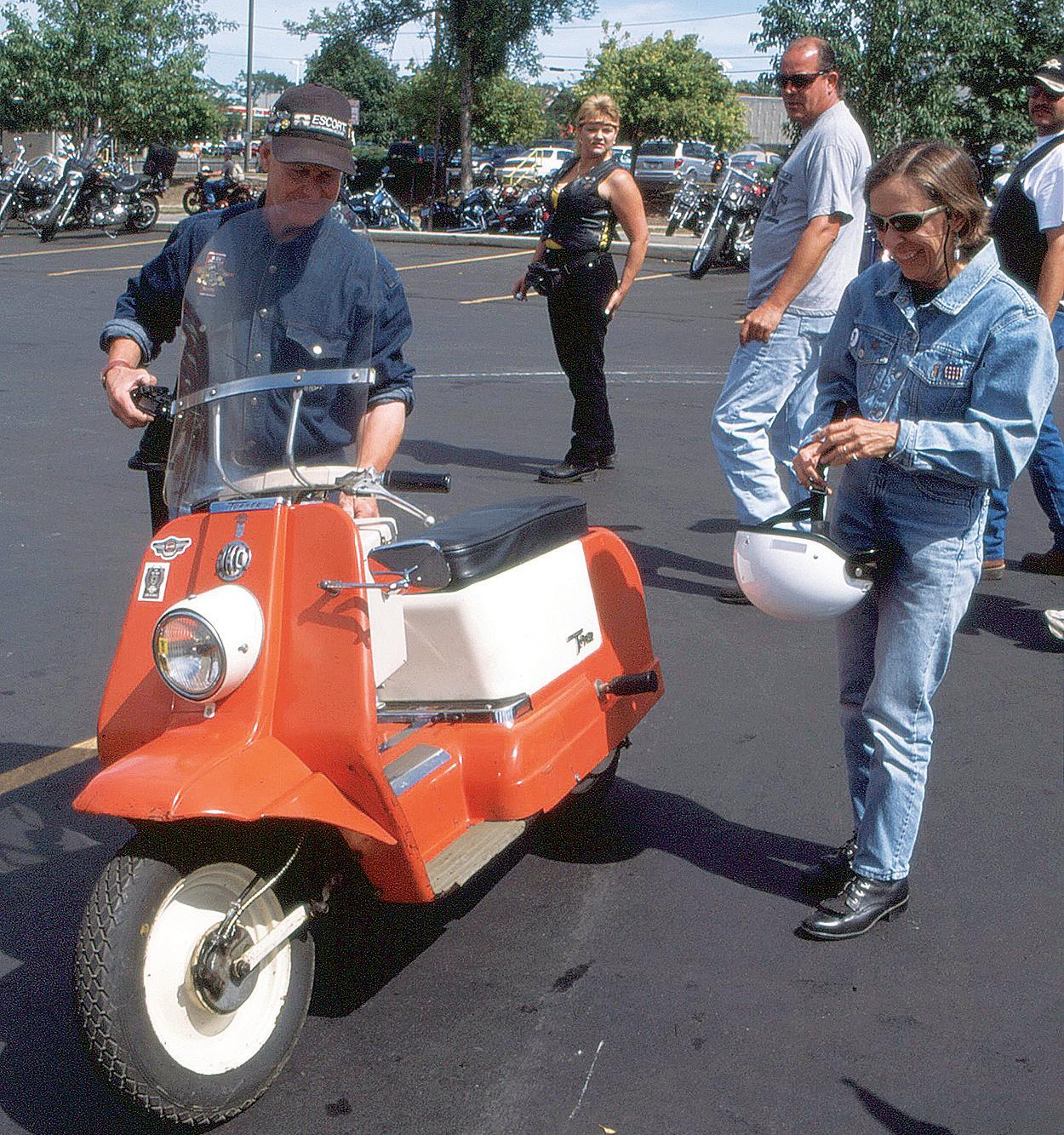

Steve Piehl, a long-time Harley


Open Road Tour — Prelude to The Party
Harley-Davidson officially launched the 100th Anniversary Celebration with 10 preview events known as The Open Road Tour, held worldwide through late 2002. To help get the word out, members of the international motorcycle media were invited for a 3-day group ride from Milwaukee to the ORT’s premier in Atlanta, Georgia, during the summer of 2002. During the ride we sampled the new 2003 models, most
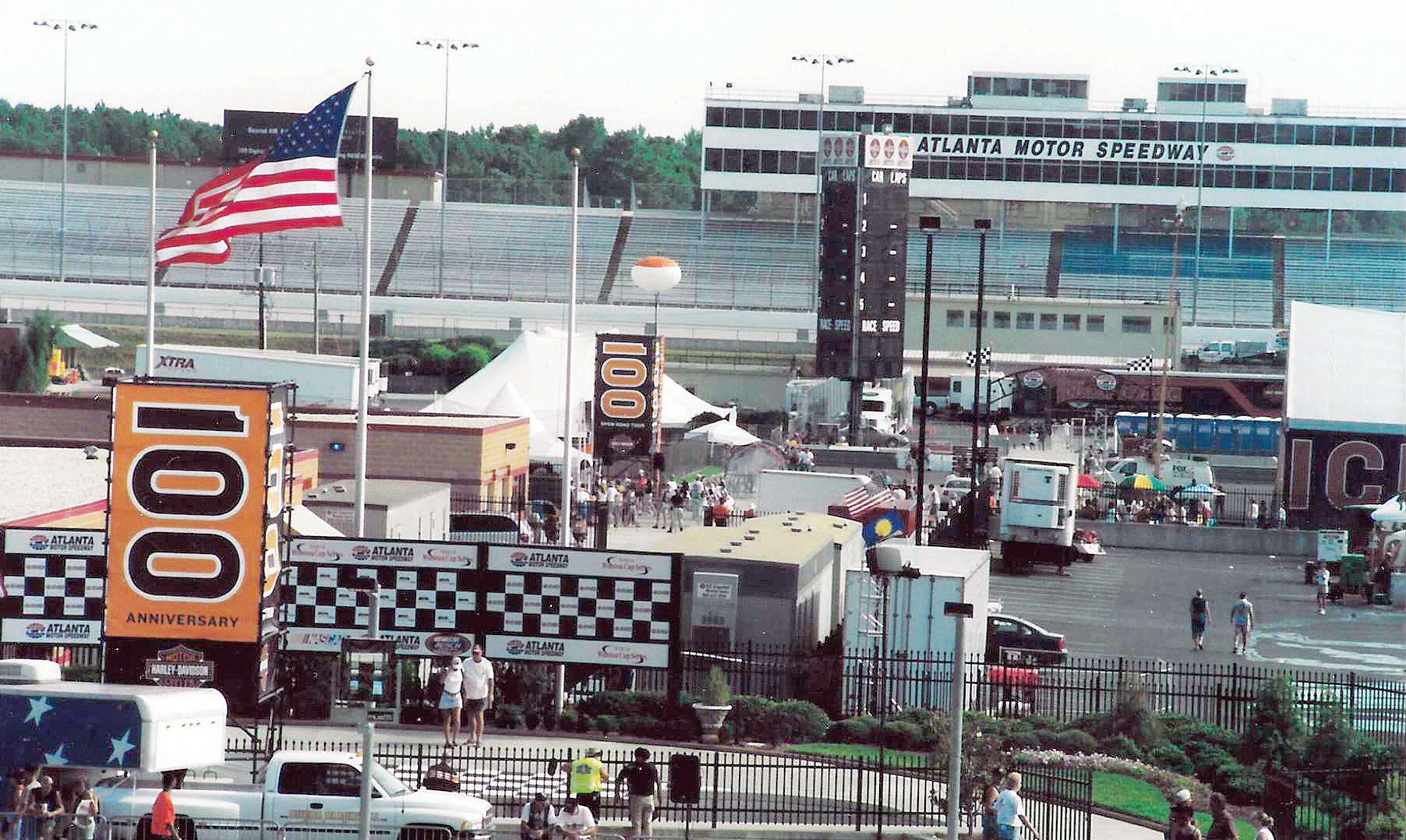
58 MOTORCYCLE CLASSICS July/August 2023
Our thundering herd of keyboard jockeys — mounted on 100th Anniversary Hogs — set off from Milwaukee for the 2002 kick-off party awaiting at Atlanta Motor Speedway in Georgia (right).
The replica of the original “factory” proved a popular backdrop for souvenir seekers. This Topper scooter (right) has remained in the same family throughout its many years and many miles.
employee, made it clear: “This isn’t a homecoming for Harley-Davidson. It’s a homecoming for our customers.”
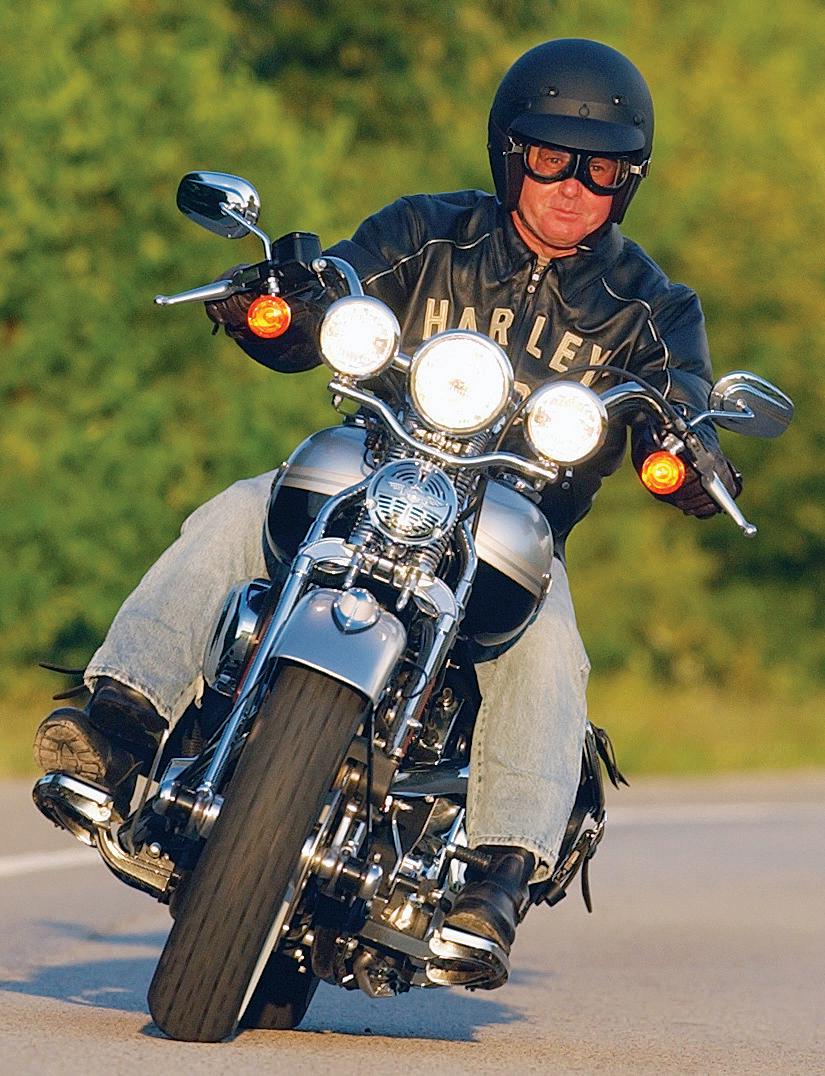
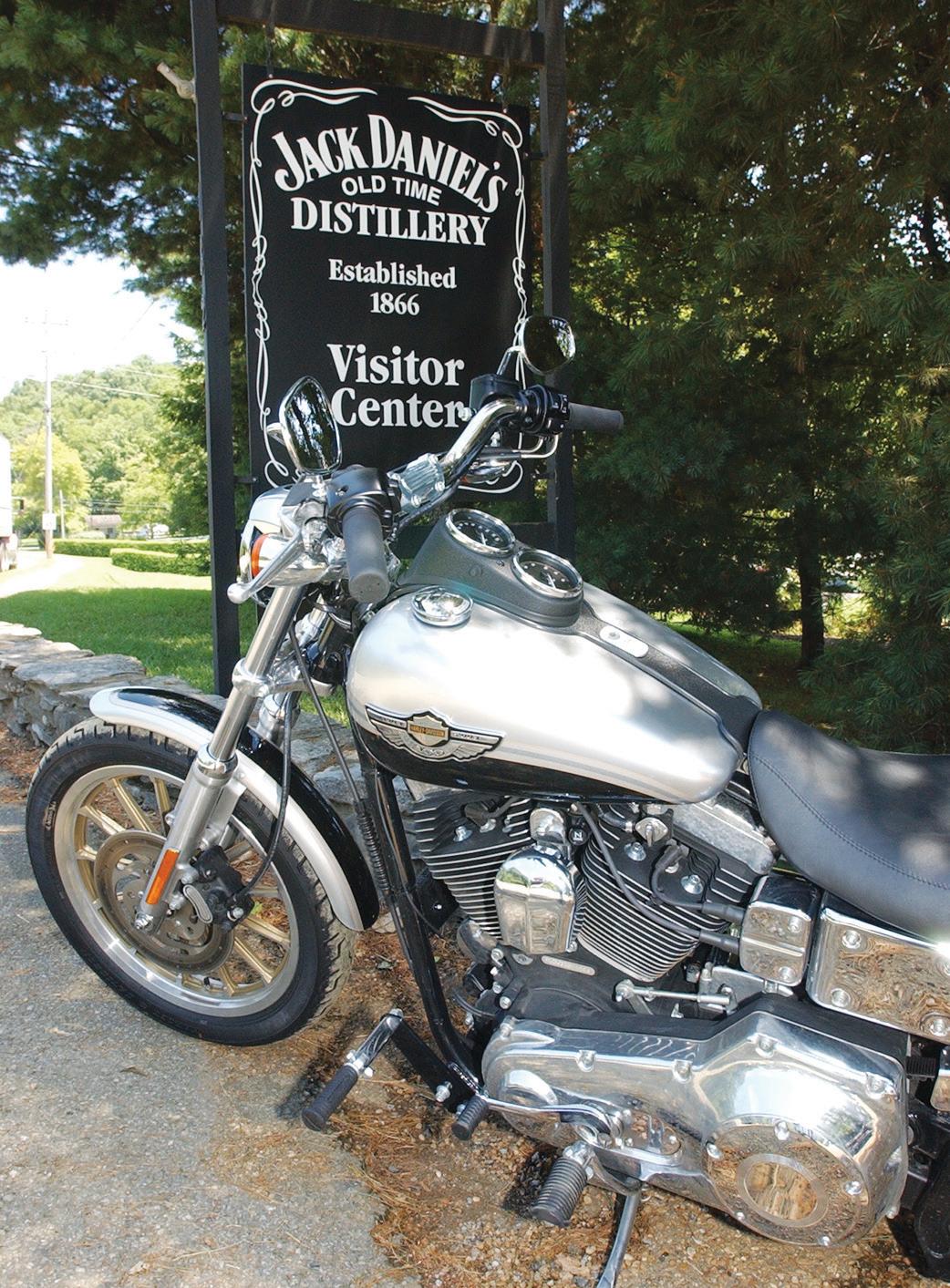
A replica of the original “factory” shed, situated in the Junaeu parking lot, helped raise money for the Muscular Dystrophy Association (The Motor Company’s favored charity). $10 donations let riders take their picture next to it. While riders muscled their bikes into position, bystanders scurried to the building for a quick portrait. It was all fun.
The Juneau parking lot, like most of the city this week, was filled with


Evos and TC88s, but you also saw old iron. Among my favorites were two KRs parked together, a few feet from a guy with a ’61 Topper. Turns out his family has owned the Topper scooter since day one.
Brady Street: Both ends of the street from Van Buren to the canal permitted bikes only. Throughout the day Hogs poked through, their engines revving mercilessly in between small burn-outs. Some riders did donuts in the street; occasionally you might see a wheelie. The street maintained its carnival-like
sporting the unique Sterling Silver/Black paint. During one photo op I selected the Heritage Softail Springer, a model that reached far back into Harley’s deep history.
But for the most part we editors swapped bikes, sometimes breaking away from the pack, only to gather for the designated stop at the end of the day. I rode alongside Terry Roorda (Thunder Press) and Scott Rousseau (Cycle News ); we adopted the collective road name, The Three Amigos.
The Open Road Tour was essentially a teaser of what to expect at The Party the coming year. Previews of 100th Anniversary exhibits, historical displays, event-targeted apparel, and gobs of related trinkets and trash were like shiny objects meant to command the attention of attendees. All in the hopes of luring them to the 100th in Milwaukee the following August 30-31, 2003.
It worked, because the 100th Anniversary was a smash hit. Hopefully the 120th will be even better. Who knows, maybe the Faithful will get Satisfaction after all. —

 Dain Gingerelli
Dain Gingerelli
The 100th Homecoming Parade had a life of its own. Loud pipes blasting against whooping and hollering spectators crowding the streets gave credence to the Harley chant: Live to Ride — Ride to Live.
atmosphere, people mingling, enjoying a beer, and eating bratwurst sandwiches. People especially gathered in front of the Hit Hat and Jo-Cat’s Pub on opposite corners to party. There’s even a tattoo parlor along the drag. As Todd Canavah opined: “It looks like Sturgis in 1983.”
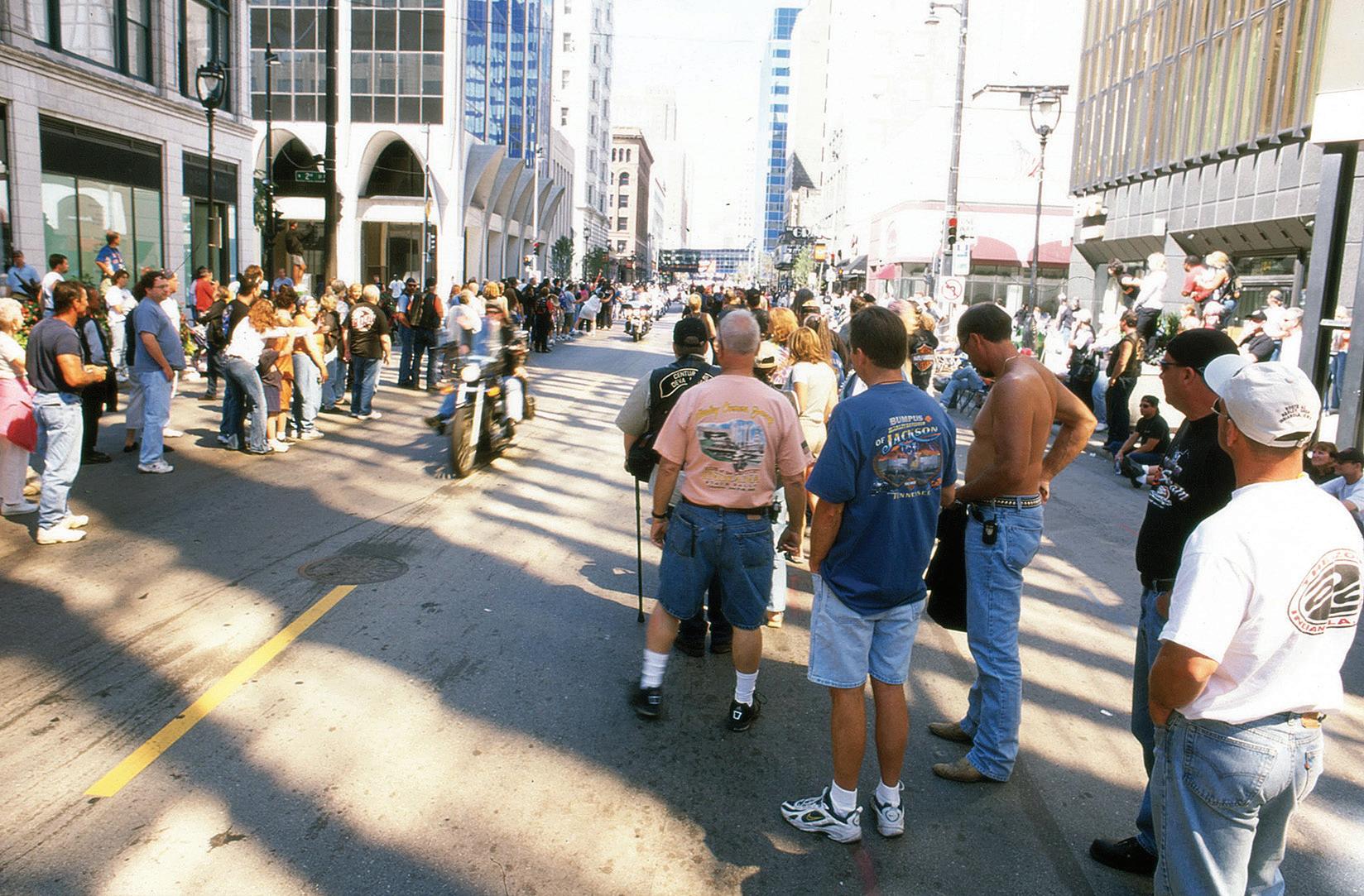
An interview on CNN television featured Dickey Betts, lead guitar for the Allman Brothers band. Dickey recounted that as a youngster he had owned a Hummer, then later a XLCH and ’77 FL, and had ridden Harleys ever since: “It’s (all about) the way a Harley sounds and the way they look.”
Sunday night concert — The Party
Jeff Bleustein (CEO) spoke to the crowd, reminiscing about the 1981 buyout. It “permitted the Eagle to soar alone.” JB, about the buy-out’s impact:
That’s me again on the Springer. Oddly, the Jack Daniels Distillery — a lunch stop during The Open Road Tour — is located in a dry county! Go figure.
Willie G. Davidson will gladly autograph anything, such as the Tour Pak lid shown here. Beyond a creative mind he’s a diehard enthusiast.

“Vaughn Beales [who led the buy-out], above any other person, was responsible for the survival of Harley-Davidson.” (Cue crowd cheering and clapping wildly.)
JB continued: “Where else other than at Harley-Davison could I find a friend on every road, in every town, in every country?” Then he pointed out that “when we ride our bikes, we’re reminded of our freedom to ride the open road.”
He also shared that, prior to heading back to Milwaukee for the 100th, H-D reps placed a wreath on the Tomb of the Unknown Soldier in Washington, D.C., underscoring forever H-D’s patriotism and respect for America.
All week people speculated about







Get Your Motor Running
With the grand finale concert scheduled for Sunday evening, the final day remained quiet. Few events were listed, so I decided to spend the day riding the 2003 Sportster Sport that Harley had issued me for the occasion.
The first bike I ever road tested for a magazine (Hot Bike) was a 1972 XLCH, so it seemed appropriate that I ride a Sportster at The Party. Moreover, the 2004 Sportster would usher in a rubber-mounted engine; the 2003 model was the last of an era.
Taking Bluestein’s words to heart — to follow the road — I headed out of town. Milwaukee’s streets were essentially deserted, but I stopped for the red light anyway. Immediately another Harley rumbled to a stop next to me. Reflexively, I glanced towards the bike, then without flinching I recognized its rider — Mike Shattuck, owner of Sacramento H-D. We had known each other for years, dating back to 1972 when I served as AFM (American Federation of Motorcyclists) president and he was our club’s flagman during race weekends. What were the odds we’d run in to each other like this? We chatted until the light turned green, saluted each other, and took off, going our separate ways.
The XL and I melded into the countryside, eventually motoring from one backroad to the next, never knowing quite where each would take me. I criss-crossed county roads identified with letters rather than numbers. I’d leave County Road R to follow, say, County Road T, only to later cross R again, and
the main act; would it be the Rolling Stones, Bruce Springsteen, Tom Petty, John Mellencamp, or possibly the Eagles? It turned out to be Elton John, and suddenly The Motor Company had egg on its collective face. The next day one woman said in dismay, “We expected Satisfaction, and we got Tiny Dancer.”
There’s always next year (or for now 2023). MC
so on. What didn’t change was the engine’s V-twin cadence, a resonating, yet melancholy beat.
The sky was entirely gray overcast, so I really couldn’t navigate by the sun. I only knew that I had to go in a south by east direction to return to Milwaukee. I assumed that if I encountered Lake Michigan, I’d turn right (south) toward Milwaukee. Finally I met a pack of riders at a gas station. They had maps, and helped me locate Highway 175 that would take me back to town in time for The Party.
Later, talking with David Edwards, editor for Cycle World, about my impromptu ride on the XL, he agreed with me that Wisconsin has some of the best back roads in the country. As he paraphrased, “Until you’ve ridden a Harley in Wisconsin’s back roads, you really can’t get a full understanding about why Harleys are so different than any other bike.” Agreed.
Eventually, too, I realized that, like the hundreds of thousands of riders in Milwaukee that weekend, this was a special day for me. Ever since becoming a moto-scribe, much of my seat time had been spent testing bikes, racing bikes, being a photo model on a bike, or riding quickly as I could from Point A to B on a bike. But getting lost on Wisconsin’s cross-hatch of county roads, without a care or a deadline to dictate my schedule, felt good. The informality of it all reminded me what it was like during my adventurous days of discovery as a neophyte biking enthusiast. That Sunday in Wisconsin I was one of thousands who had returned home. — Dain
Gingerelli
Experience More Than 100 Years of Motorcycle History
The Harley-Davidson Motor Co. Archive Collection, showcasing more than 100 years of bikes that shaped motorcycle history, brings the company’s legacy to life on page after page of motorcycles beyond compare. Created in cooperation with the official Harley-Davidson Museum in Milwaukee, this book allows motorcycle enthusiasts to pore over milestone bikes from the collection and to linger over every detail that has made Harley-Davidson an icon of American open-road power and performance. With exquisite, detailed photographs and histories of more than 200 motorcycles from Harley’s collection, from serial number one built in 1903 to pre-World War II racers to the latest Street Glide, the book captures the excitement of the best-known motorcycles in the world. This title is available at store.MotorcycleClassics.com or by calling 800-880-7567. Mention promo code: MMCPANZ5. Item #10927.
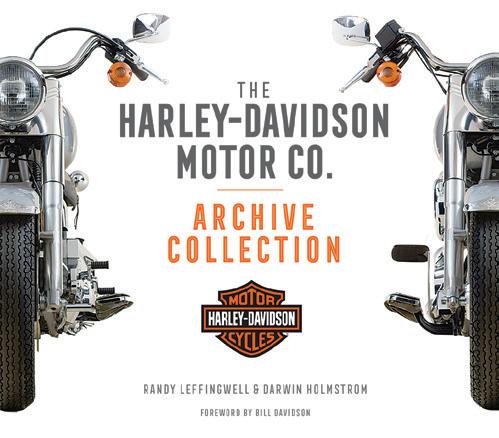
60 MOTORCYCLE CLASSICS July/August 2023





























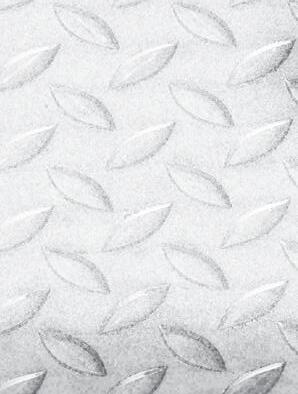

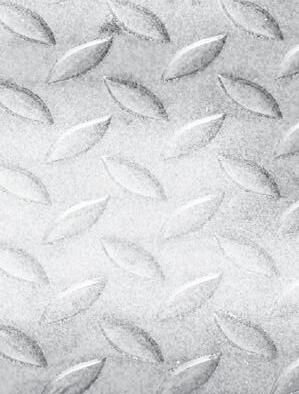
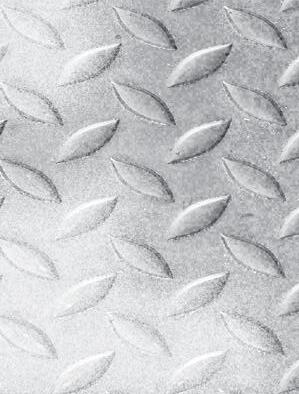




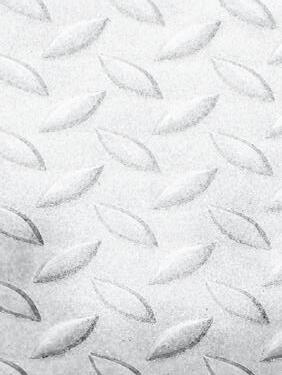

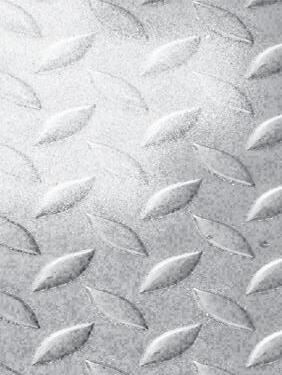


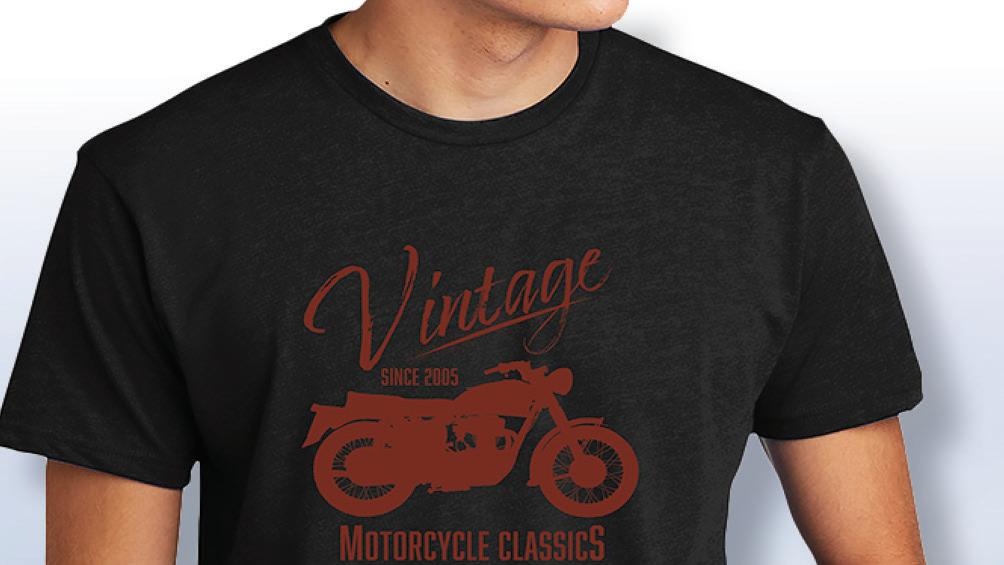






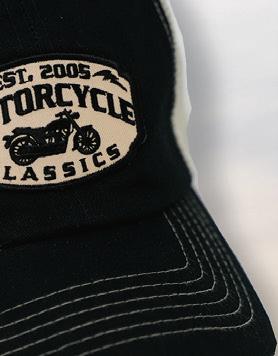



































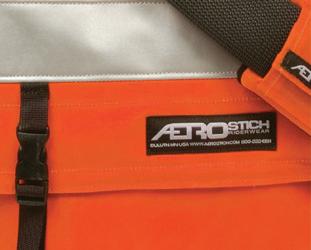


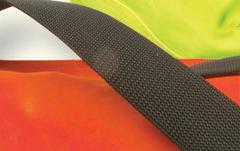
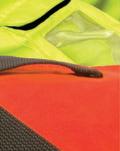







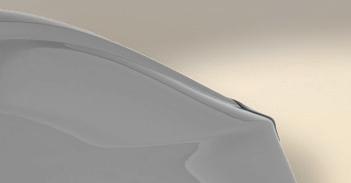









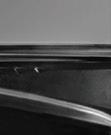

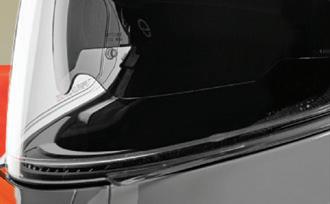




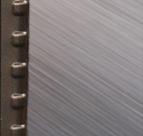

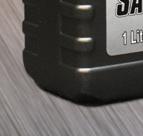






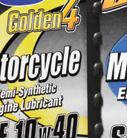

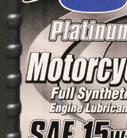
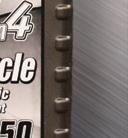
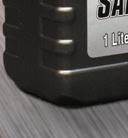
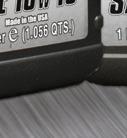

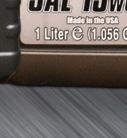
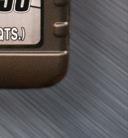



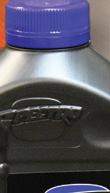






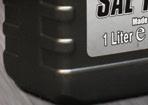


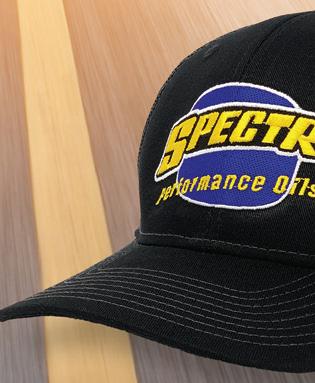







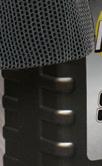










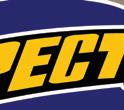













GIVEAWAY No purchase necessary. A purchase will not increase your chances of winning. Open to legal residents of the contiguous United States (excluding Alaska and Hawaii). Entrants must be 18 years of age or older. Sweepstakes begins 02/23/2023 and ends 10/19/2023. See o cial rules online at www.motorcycleclassics.com/sweepstakes/ready-to-ride I Sponsor: Motorcycle Classics, 1503 SW 42nd St., Topeka, KS 66609. ENTER FOR YOUR CHANCE TO WIN ONLINE AT WWW. MOTORCYCLECLASSICS.COM/SWEEPSTAKES/READY-TO-RIDE MOTORCYCLE CLASSICS READY TO RIDE GIVEAWAY • Riding Jacket • Dispatch Bag • Helmet • Other apparel • $300 in gift cards • Engine Oil • Shock Absorbers • Miscellaneous items ENTER FOR YOUR CHANCE TO WIN A PRIZE PACKAGE VALUED AT $2,400!


62 MOTORCYCLE CLASSICS July/August 2023
TALE OF THE TOAD 1956 Maserati 50/T2/SS Road Test
Story by Alan Cathcart
MMaserati’s place in Italy’s glorious motorized heritage uncannily parallels that of the equally historic Benelli brand on two wheels.
Each was founded by a large band of brothers passionate in the pursuit of mechanical excellence, each won Grand Prix races and World Championships with the result, but each played
second fiddle in the public eye, both on the race track, and in the showroom, to the more illustrious products of rival singleminded patriarchs named Enzo Ferrari, and Count Domenico Agusta. Moreover, each tasted success in the marketplace, before falling prey to commercial hardship and, doubly ironically, both ending up simultaneously in the hands of the very same Argentinian financial entrepreneur, Alejandro de Tomaso. His efforts to milk their prestige only succeeded in devaluing their appeal even further — but today, after decades of decline, each marque is now in the hands of a company with the financial muscle and marketing savvy to make it great again. Maserati has
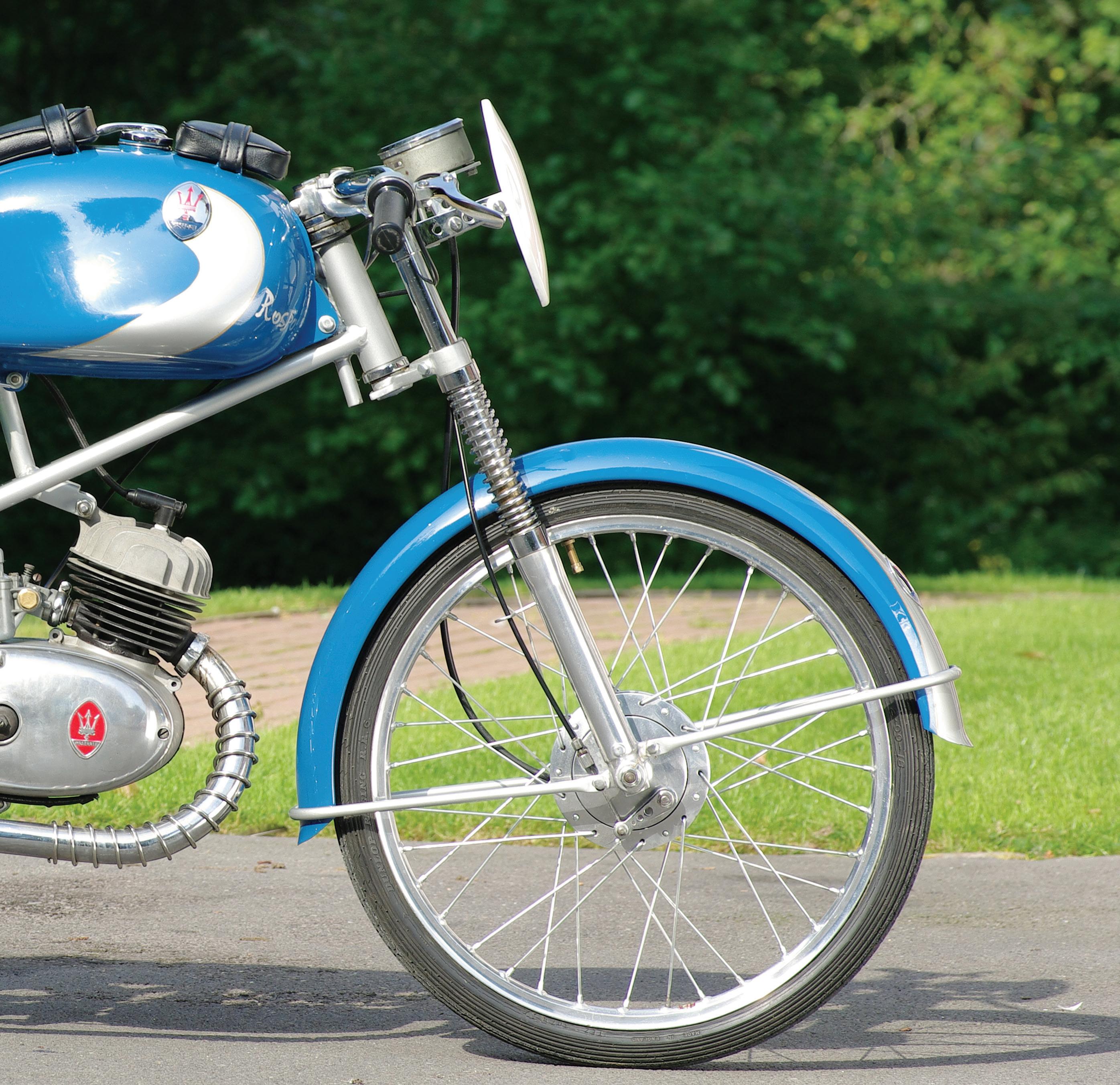
www.MotorcycleClassics.com 63
Photos by Kyoichi Nakamura
Every 1950s Italian teen’s dream bike, the Maserati 50/T2/SS certainly was stylish.
joined Fiat, Alfa Romeo, Chrysler, Opel, Peugeot and Citroën in the Stellantis auto conglomerate, and Benelli is owned by China’s Qianjiang, today part of the Geely automotive empire, and has topped Italian sales charts for the past three years in succession with its TRK 502 adventure bike.
In the beginning
The six Maserati brothers, Carlo, Bindo, Alfieri, Mario, Ettore and Ernesto were born between 1881 and 1898 in Voghera, a Po Valley railway town about 40 miles southwest of Milan. Except for Mario, who became a famous painter, all were involved with mechanical transport from its earliest days. Their train driver father, Rodolfo, shared his mechanical interests with his sons, and in 1898, aged 17, the eldest, Carlo, designed and built a motorcycle with his own 4-stroke singlecylinder engine mounted in a reinforced bicycle frame, with belt final drive. He’d begun
It’s hard to keep a straight face at the improbability of riding this pocket racer.


working in a cycle factory in Affori, a northern suburb of Milan, where his talent was spotted by a Como nobleman, the Marchese (Marquis) Michele Carcano, who offered to put the engine into production, and engaged Carlo to race the result. This he did very successfully, winning the 1899 Brescia-Orzinuovi 40km (25-mile) race, and taking overall victory in the 1900 Brescia-CremonaMantua-Verona-Brescia 230km (143-mile) marathon for cars as well as bikes, both wins aboard motorcycles he’d designed and built himself.
But Marchese Carcano had a distaste for business and shut the factory down in 1901, so Carlo Maserati went to Fiat as its head test driver, moving to Isotta Fraschini in 1903, where he was joined by brother Alfieri. He was then recruited by Bianchi in 1907 to work on both cars and bikes, driving one of the former to 7th place in that year’s Coppa Florio race in Brescia. But Carlo died of tuberculosis in 1910, and Alfieri left Italy to join Isotta Fraschini in Argentina, then London,
64 MOTORCYCLE CLASSICS July/August 2023
Individually shaped fuel tank inspired the Rospo nickname.
1956 MASERATI 50/T2/SS
Engine: 49.635cc air-cooled single-cylinder piston-port 2-stroke with twin transfer ports and a single exhaust, 40mm x 39.5mm bore and stroke, 8:1 compression ratio, 2.78hp @ 6,700rpm
Smiths speedo marked in miles denotes bike’s British stay before reaching Japan (left).


Top speed: 46mph (75kmh)
Carburetion: Single 16mm Dell’Orto UA
Gearbox: 3-speed with cable-operated twistgrip gearchange and chain primary drive
Ignition: 30W flywheel magneto
Frame/wheelbase: Tubular steel twin beam open cradle frame/ 42.1in (1,070mm)
Suspension: Front: 25mm telescopic fork front, tubular steel swingarm with dual coil-over shocks rear
Weight/distribution: 117lb (53kg) dry, split 45/55%
Brakes: 3.9in (100mm) SLS drums front and rear
Tires: 2.0 x 18in Dunlop KR6 front, 2.25 x 18in Dunlop KR73 rear
Fuel capacity: 3.17gal (12ltr)
Seat height: 28in (710mm)
returning to Italy in 1913 to work on aero engines for Isotta in Bologna. There, in 1914 the entrepreneurial Alfieri opened an automotive workshop called Officine Alfieri Maserati — the name the future Maserati car company would always be known under until the 2021 Stellantis takeover. Alfieri also established a spark plug factory in Milan on the eve of World War I, which after emerging from military service he transferred to Bologna in 1919. Brother Mario designed a red and blue badge for the Maserati company incorporating the Trident motif in the Neptune Fountain in Bologna’s Piazza Maggiore, a symbol of the city which became as famous as its future Ferrari rival’s Cavallino Rampante prancing horse.
With his spark plug business flourishing, Alfieri Maserati began building racing cars powered by war surplus aero engines. He initially did so with Isotta’s support and youngest brother Ernesto as his riding mechanic, winning several northern Italian road races in 1921. His success led him to team up with touring car
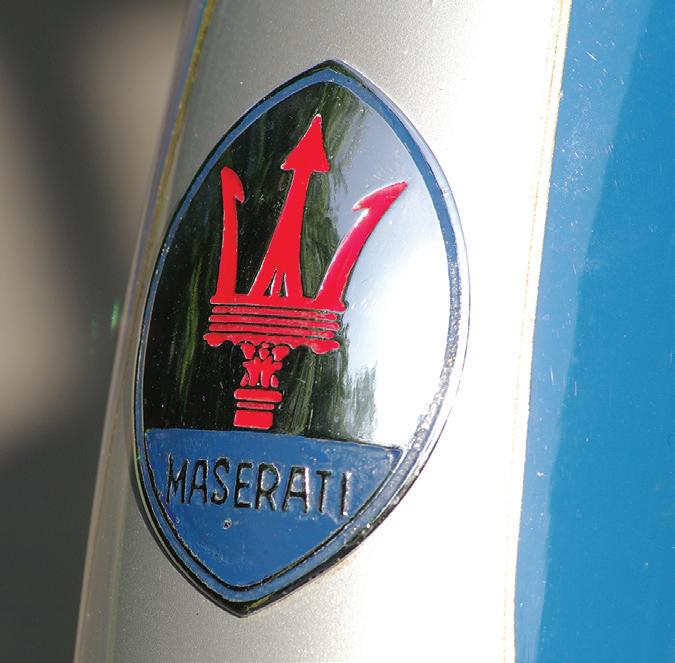
manufacturer Diatto in 1922, driving to victories in Mugello and Monza, in the second-ever race staged on the Autodromo. He then developed a supercharged 2-liter straight-eight engine to power the Diatto GP racer. In 1926, the Tipo 26 became the first-ever Maserati car, which went on to score over 100 race victories. The first of these came that April when Alfieri won his class in the Targa Florio in Sicily, after which it entered production for customers all over Europe. This fueled Maserati’s rise to become Italy’s leading manufacturer of racing cars of all capacities, from 4 to 16 cylinders. In 1928 Baconin Borzacchini brought Maserati its first GP win in Tripoli against stiff opposition from Bugatti and Alfa Romeo, then in 1929 the same driver set a new outright 10km (6.2 mile) land speed record of 246.069kmh (152.9mph) at Cremona at the wheel of the 4-liter 16-cylinder Maserati Tipo V4. In 1930 Maserati cars won seven major races, but tragically, Alfieri Maserati died in 1932 from a kidney ailment, leaving his remaining brothers Bindo, Ettore and Ernesto to run the company named after him.

In 1933 the legendary ace Tazio Nuvolari won the Belgian GP in a works Maserati 26M, taking another win in the Nice GP later that year. But Maserati was simply not big enough to combat the might of the Third Reich, which supplied Mercedes and Auto Union with ample funds to dominate European motor racing for the rest of the decade with their monstrous devices. Maserati was essentially under-capitalized, hastening its sale in 1937 to the Italian industrialist Adolfo Orsi, who also acquired its associate company manufacturing spark plugs. The three Maserati brothers were retained on the engineering team on 10-year non-compete contracts — successfully, too, with Wilbur Shaw scoring back-toback wins in the Indianapolis 500 in 1939-1940 with a Maserati 8CTF, the only time an Italian car has ever won the event.
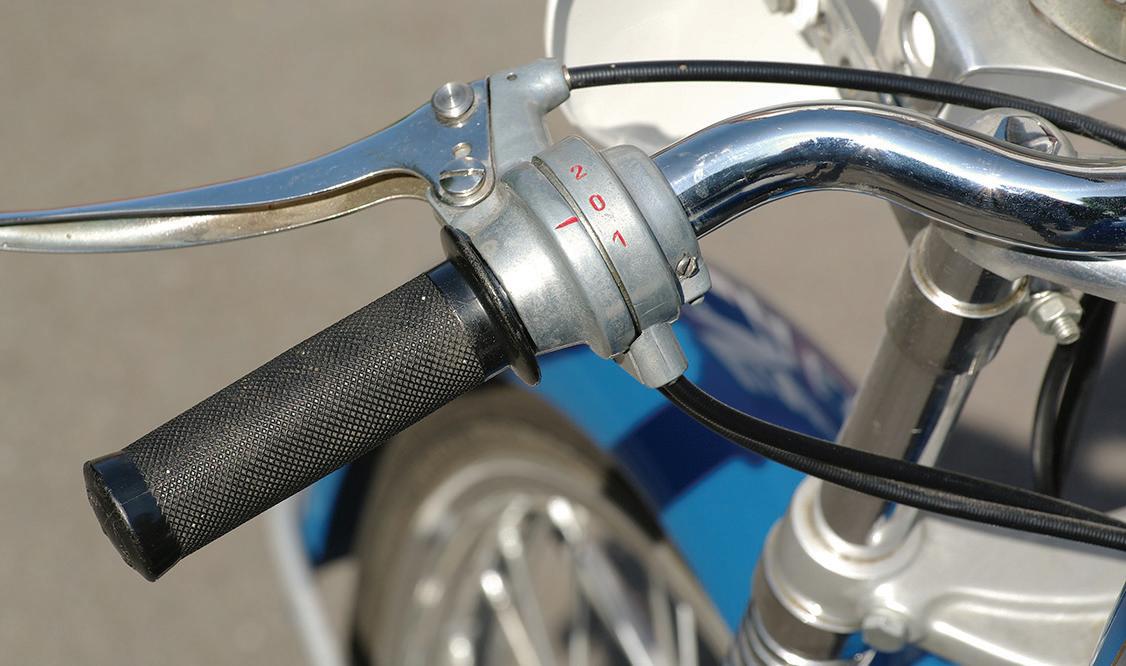
In 1940 Orsi moved all Maserati’s operations from Bologna to Modena, with the spark plug business in a separate factory a little more than a mile away from the car plant. Aided by government contracts, this business flourished. Orsi acquired a battery manufacturer in 1940 to run alongside it, and was now expanding fast, with the product range of the company renamed FCAM/Fabbrica Candele Accumulatori Maserati, extended to include bulbs, distributor caps and contact sets for the car and motorcycle market. But a two-year steel workers’ strike following Orsi’s refusal to hire
Communist Party members for his workforce left him intent on breaking up his business in 1952, entrusting the steel company to his brother Marcello. Adolfo kept Maserati Automobili, while a third brother, Armando, took over his various other interests. This left their sisters Bruna and the more dominant Ida Orsi to take charge of FCAM as a quite separate organization. But supposedly owing to a notary’s error in drafting the agreement, the sisters were permitted to use the Maserati name and Trident logo on FCAM products.
Big wins
The 1950s proved a successful decade for Maserati, with Juan Manuel Fangio winning the Modena factory’s first and only Formula 1 World Championship in 1957 with what’s widely recognized as the most beautiful F1 racing car ever made, the Maserati 250F. In 1946 the first series production Maserati road car was introduced, the Pininfarina-designed A6, but in 1947 the Maserati brothers left their eponymous company when their 10-year contract with Orsi expired. They returned to Bologna, and immediately founded the OSCA company, building a wide range of racing cars including a V-12 Formula 1 car which was raced to victory on its debut at Goodwood in 1951 by the legendary
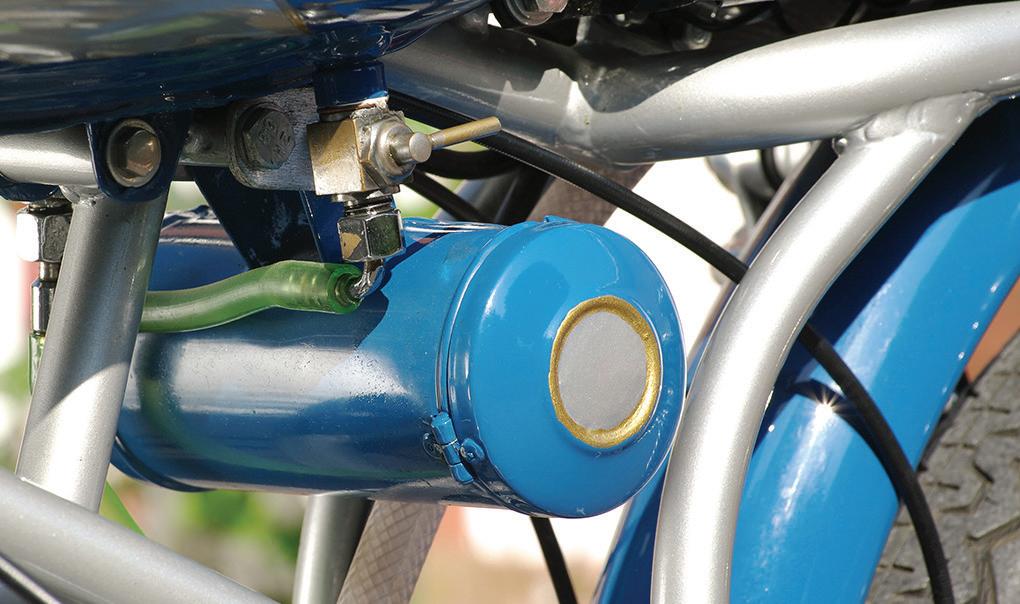

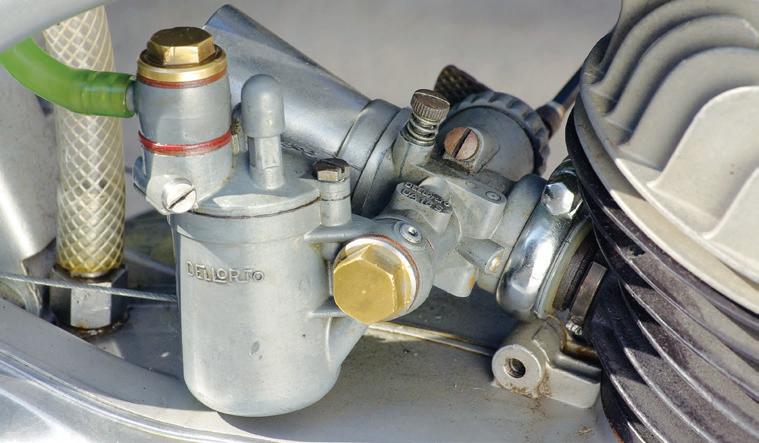

66 MOTORCYCLE CLASSICS July/August 2023
Clockwise from above: Front fender carries the Trident badge. Tiny 26mm Dell’Orto feeds 6% petroil mixture to the cylinder. Left-hand clip-on carries the 3-speed gear shifter. Radelli seat. Cylindrical tool box for carrying a fresh plug and wrench.
Prince Bira of Siam (now Thailand). OSCA sports cars especially excelled in Endurance races, with Stirling Moss and co-driver Bill Lloyd famously winning the 1954 Sebring 12-Hour race in Florida in their 1,500cc OSCA MT-4, defeating works teams from Ferrari, Lancia, Jaguar and Aston Martin, each with cars twice the capacity in this World Championship round. And ironically, the works OSCA driver in 1957-59 was a certain Argentine named Alejandro de Tomaso.
Searching for a way of expanding their business besides the air horns, milking machines and go-karts they shortly added to FCAM’s range of products, the Orsi sisters soon realized that the motorcycle industry was booming in Italy, sparked by the lack of personal transportation in the war-ravaged country. But, well aware of the high cost in time and money of developing a motorcycle from scratch, they approached the small but well regarded Italmoto firm in Bologna. It was then producing three motorcycle models, two 125cc 2-strokes and a good-looking OHV 160cc 4-stroke single which had made its debut at the 1952 Milan Show. The Orsis bought the entire Italmoto operation from its owner Dr. Giuseppe Migliori, then shifted it in its entirety to the FCAM factory in Via Generale Paolucci, Modena, with the three existing models simply rechristened Maseratis, each sporting the Trident badge. But the company, by then renamed Maserati Candele, Accumulatori e Moto also established a new R&D department to produce its own bikes, and over succeeding years several new 100% Modena-developed models were introduced, both T2 2-strokes and T4 4-strokes, with engine capacities ranging from 50cc to 250cc.
So at one end of the market, Maserati produced the 250/ T4/GT for just a single year in 1955, a good-looking 250cc twin-spark OHV single capable of 75mph, of which no more than 20 examples in total were built. But at the other end of the scale it introduced two 3-speed 50cc entry level models with a top speed of 35mph, the 50/T2/U (U standing for Uomo — “man”) and the 50/

T2/D (D for Donna — “woman”). These were differentiated by their frames, the first styled as a motorcycle with a tubular steel chassis, the second as a moped with a pressed-steel frame designed for women in skirts to ride. Thereafter, two 4-speed 125cc models followed, the T2/TV and the T2/M, and two sporty 50cc models, the 50/T2/S and the 50/T2/SS. Maserati motorcycles secured a solid slice of the 1950s Italian two-wheeled market, and were also exported to South America, Morocco, Tunisia, South Africa and Europe, especially France, so by 1958 the company was producing no fewer than 13 different models on five different platforms. For many Italian kids, as well as less well-off older Maserati fans, owning a Maserati motorcycle flaunting the Trident emblem was something to be very proud of — especially when Fangio won the F1 World title in 1957 in a car carrying the very same badge. But that was the year that things began to sour — just as it did for two-wheeled World champions Gilera, Moto Guzzi and Mondial, who all withdrew from racing at the end of that season, owing to the acute financial impact represented by falling sales thanks to the arrival of the Fiat 500 car.

By 1958 Maserati was in serious financial difficulties, with even its foreign customers no longer placing orders, while demand on the home market plummeted drastically as it did for other two-wheeled companies. In 1960 Maserati Candele, Accumulatori e Moto went into liquidation, having built an estimated 4,000 motorcycles during its seven years of existence.

A big fan
OK, time to come clean. I’ve been a Maseratista from a very early age. I hung over the ropes at Silverstone alongside my dad to watch my hero Stirling Moss winding the steering wheel of his green-painted 250F back and forth as he powered flat out through Abbey Curve in a sumptuous series of controlled drifts. I marveled at the complex welding of the spaceframe chassis of the Tipo 61 sports car. And rounding a corner walking to work in London one morning in 1970,

www.MotorcycleClassics.com 67
Mid-50’s Maserati 250F, widely acclaimed as the most beautiful racing car ever. Alan’s 3200 GTA coupe, his daily driver.
A period ad (top). As found in Japan, ready for restoration.
I stopped dead in my tracks at the arresting looks of a bright red Maserati Ghibli, still undoubtedly one of the most beautiful cars ever made. I’ve been fortunate to own a total of seven Maseratis down the years (including, inevitably, one such Ghibli) and have two today, one of which — a 2001 twin-turbo 3200 GTA V8 Coupé I’ve owned since 2004 — has been my daily driver for the past two decades, having clocked up 84,000 miles in that time.
But before you suggest I must have deep pockets to be able to afford to own such Italian exotica, I suggest you log on to Auto Trader UK and check out what Maseratis you can purchase for the same price as an equivalent year’s BMW 5-series or even a VW Passat. Prepare to be surprised, because the fact is depreciation falls off a cliff for the first three years of their life on cars bearing the Trident badge, and while most models do bounce back somewhat as years go by and their Classic status increases their desirability, it can take a long time to do that — which is how I could afford to buy that Ghibli. Provided you rigorously follow the service schedule and especially change the oil and filter frequently, plus assiduously observe idle down time before switching off the Biturbo models, in my experience they’re no more unreliable (touch wood!) than a French or German car. And, boy, are they fun to drive!
All of which explains why, on my annual visits throughout the 1990s to the Tokyo office of my Japanese outlet Riders Club magazine, I kept reminding editor Ken Nemoto that if ever they planned to let go of the gorgeous red Maserati T4/160 motorcycle displayed in the lobby, they should please give me first refusal. “OK, Alan, will do!” he’d say each time. In 2005, he was as good as his word. “We are moving offices. Do you still want the Maserati?” said the email. “Yes, please, but how much?” I replied. “You kindly decide the price.” Aargh! Fortunately, Italian old-bike bible Motociclismo d’Epoca has a three-way valuation listing for all
but the most obscure pre-2000 street bikes in Excellent, Average and Poor conditions, so scanning that and offering to pay the Excellent figure for a bike I’d examined at least a dozen times down the years brought a swift reply. “Price is OK. Do you want the other Maserati, also?” “What other Maserati?” I replied. “A 50cc model we keep in the basement, because it’s unrestored. Here is a photo.” This displayed a 50cc 2-stroke racer with a stinger exhaust and a silencer can which looked to have taken part in the annual Time Tunnel event at the Tsukuba circuit, so it might even be a runner with a bit of luck. Figuring it was a 50/T2/S, I offered the Poor figure for this, and it was accepted. Six weeks later my shipping agent delivered them both to my driveway.
Recommissioning the T4/160 took just an afternoon, after which it fired up third kick and ran well. But before doing the same with the 2-stroke, I first needed to find out what it was. The Registro Storico Moto Maserati Italia (maseratibikes.it) is the definitive font of all knowledge about these bikes, and contacting its coordinator Giovanni Salmi with engine No. SS7603 and frame No. SS4260 brought an instant reply. “Congratulations! You are very fortunate. You have a Rospo! It is our most desirable 2-stroke model.” OK, but the list of models on his website doesn’t include any Rospo. Wonder if the word means anything in Italian — let’s look it up. What — it’s a Toad?
Turns out the 50/T2/SS (as in Sprint Speciale) was indeed Moto Maserati’s most desirable model, with its 40mm x 39.5mm piston-port 2-stroke 49.6cc engine with twin transfer ports and a single exhaust delivering a hefty 2.78 horsepower at 6,700rpm — more potent than the 1.97 horsepower T2/S model — with maximum safe revs of 7,300rpm, good for a claimed top speed of 75km/h, or 46mph. Well, life was slower back then. This was suspended from a minuscule tubular steel twin-beam open-cradle frame topped with an oddly shaped 3.2 gallon gas tank, with
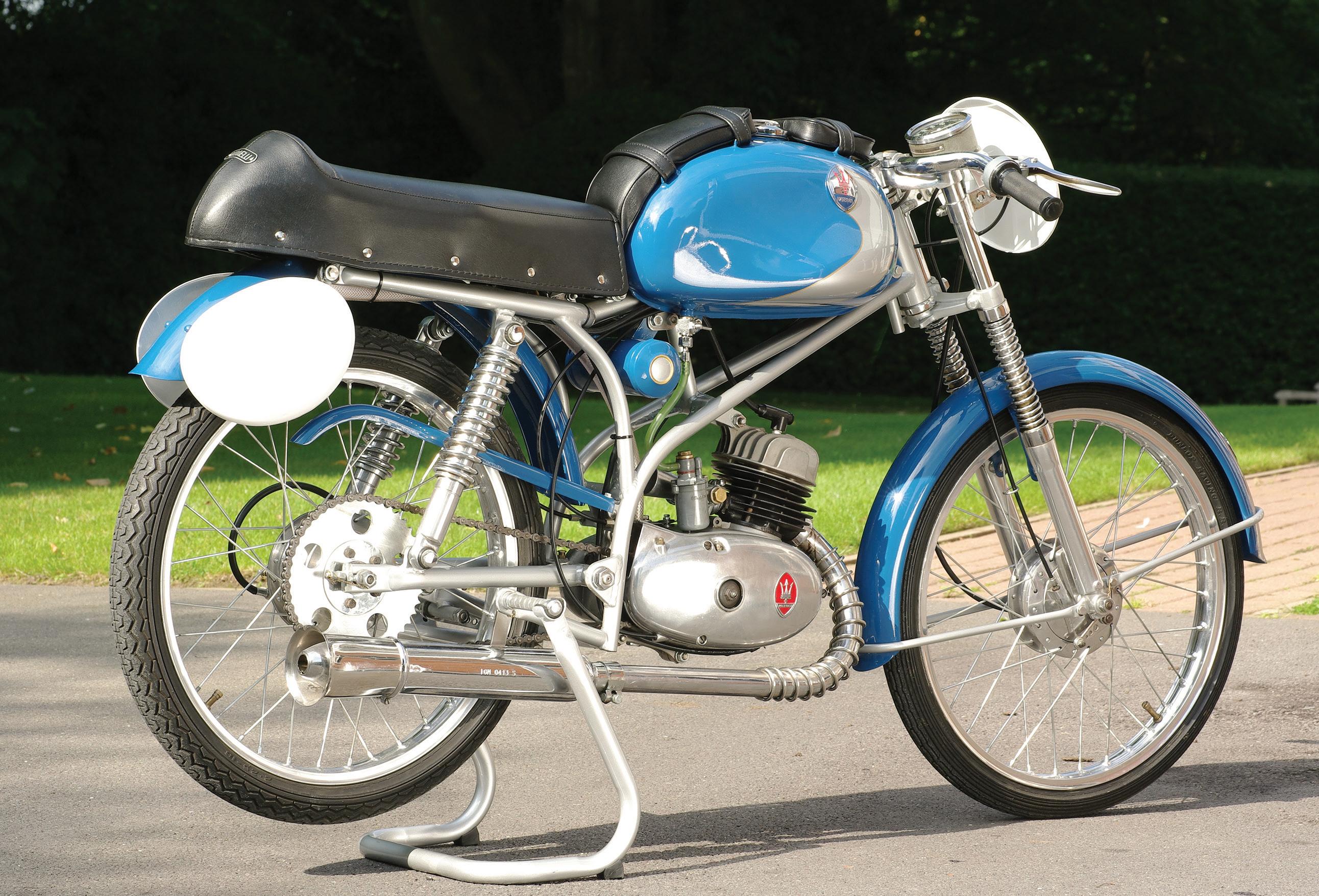
68 MOTORCYCLE CLASSICS July/August 2023
clips on the top for a pad on which you’d want to rest your chest anytime except in the middle of a slower bend, to maximize what performance there was from the tiny aircooled engine. That fuel tank was the reason for the nickname, because the story goes that Bologna motorcycle dealer Guido Borri, a former sidecar racer and Italmoto dealer, was unpacking a newly arrived 50/T2/SS when his wife, Lina, walked into the shop, took one look at it and exclaimed: “Ma cos’è questo brutto rospo?” (What is this ugly toad?!). Guido thought it so apt that he went and got a can of paint and a brush with which to write the name “Rospo” on either side of the tank. Riding at the next local hill-climb with the bike bearing that name was a big hit. Soon every owner was doing the same, and Guido even produced a Rospo decal to stick on the bikes. Strange, but true, although the factory never ended up painting the name on itself!
With its wrap-around front fender, no lights, race plates front and rear, and a megaphone exhaust whose header was wrapped in steel coils to further assist with cooling, the Rospo model really looked the business as far as the Italian youth were concerned. The model sold strongly and Rospos were indeed campaigned in the many local speed events held each weekend throughout Italy as the country’s postWorld War II Economic Miracle raised living standards for everyone. Maserati didn’t have its own racing team, despite this being proven to generate sales, but it did encourage its dealers to support their customers racing. Guido Borri, for example, assembled a team for the final two years in 1956 and 1957 of the 6-day Motogiro and the grueling single-stage Milano-Taranto, as well as many other local races, finishing 4th himself in the 1957 Motogiro’s 125cc class on his Maserati 2-stroke.
Despite the likelihood that it has some British heritage, adorned as it is with a Smiths mph speedometer showing 7,762 miles, presumably from new — Riders Club bought it from a dealer in Tokyo, with zero history — the chances of ever being able to find all the parts in the U.K. to restore the bike myself were minimal. So I decided to try to find an Italian expert to do it for me, and was fortunate to be introduced to Nedo Macchia, a wonderfully adept exponent of making 1950s Italian twowheelers live again, whose workshop up in the hills south of Pisa had everything my refugee from Japan needed to be restored to the first flush of youth. Hitching a ride back to Blighty from the Imola race circuit for my exquisite piece of Italian history with one of the U.K.-based World Superbike teams had it back home, ready to ride. Only one thing was wrong. With the Rospo’s minuscule 42.1-inch wheelbase, I am several inches too tall
to do this remotely comfortably, especially with such a close-coupled riding stance three-quarters of the scale of most normal bikes!
Still, by parking myself as far back as possible on the long, slender, 28-inch high Radaelli seat I can j-u-s-t persuade my feet to park themselves on the two tiny footrests, the left one of which, praise be, has a brake lever operating the tiny 100mm SLS rear drum to help stop the 117-pound Rospo and its rider. Strict originality would have dictated both same-size linked brakes being operated by the right handlebar lever only. But a remaining idiosyncrasy is the 3-speed gearchange operated by the left-hand twistgrip, just like on the Douglas Vespa scooter my dad bought to use during the Suez crisis when fuel rationing was introduced. Bottom gear is very low, obtained by grasping the clutch lever incorporated in that assembly and winding it all up and towards you, then forward for second carefully avoiding hitting neutral (which is actually quite hard to find when you need it), and then a very long third/top gear. Bottom is so low you only really need it for getting off the mark on an uphill incline — I can start off in second if I really want to. Then hop aboard, clutch it hard and you’re up and away for a ride through the mists of time — or at least the clouds of stroker smoke you initially have to put up with till it all cleans out!
Before that, you must fill the tiny tank with 6% petroil premix, tickle the tiny Dell’Orto 16mm carb, then trot alongside the Rospo with the engine turning over in bottom gear — there’s no kickstarter, so run-and-bump starts are de rigueur — ready to catch it on the single-plate oil-bath clutch as it crackles into life through that design statement of a megaphone exhaust. Just think of doing that in front of all your mates and the prettiest girl in town outside your local bar in mid-’50s provincial Italy — the term street cred doesn’t begin to cover it.
And that’s the point of this exquisite piece of Italian biking culture, on which I was honored to win the 1940-1974 Motorcycle Award at the chic 2015 Salon Privé Concours held on the lawns of historic Blenheim Palace — a true compliment to Nedo Macchia’s artistry in restoring my refugee from Japan so well. The Maserati 50/T2/SS and its kin may have been disdained by other members of the Orsi family, but their sisters Bruna and Ida deserve praise for recognizing the potential of the Maserati name on two wheels as well as four. Who knows — perhaps it even prevented one of its customers buying a Ferrari instead of a Maserati when he grew up and made his fortune, as so many self-made men like the late Giancarlo Morbidelli or the Castiglioni brothers’ father Giovanni did in postwar Italy! MC

www.MotorcycleClassics.com 69
Restorer Nedo Macchia stands proudly with his finished restoration.
“Just think of doing that in front of all your mates and the prettiest girl in town outside your local bar.”
2023
Don’t miss these upcoming events!
All events subject to change. Please check event websites for updated information.
Motorcycle Classics wants to know about classic motorcycle shows, swap meets, road runs and more. Send details of upcoming events at least three months in advance to lhall@motorcycleclassics.com
7/7
Find your next bike, part or accessory at the 4th annual WNY Motorcycle Days Swap Meet July 7-9. Hosted by Champion Powersports, the event will take place at 5010 West Shore Rd., Cuba, New York. Spaces are $25 for the weekend if you are looking to clean out your garage. All bikes are welcome. Primitive camping is available as well as food and facilities. Contact Tim Blarr at (716) 968-6067 or find the swap meet on Facebook.
AMA Vintage Motorcycle Days returns to the Mid-Ohio Sports Car Course in Lexington, Ohio, July 21-23. Enjoy the AMA Vintage Road Racing Grand Championships along with motocross, hare scrambles, trials and flat track racing. The event includes America’s largest motorcycle swap meet, the Wall of Death, bike shows, stunt shows, demo rides, seminars and more. More info: vintagemotorcycledays.com
July 7-9 — 30th Annual MGNOC Iowa Rally. Elkader, IA. mgnoc.com
July 7-9 — New York Moto Guzzi Rally. Mountain View, NY. mgnoc.com


7/9

Visit the Vintage Motorbike Show, July 22-23, during the 41st annual Pittsburgh Vintage Grand Prix. All classic, vintage, antique and historic racing motorbikes are invited to participate. More info: pvgp.org/ car-show-overview/vintage-motorbike-show. For the full lineup of festival events visit pvgp.org/calendar
Head to California for the AHRMA Classic Motofest of Monterey, July 14-16. Enjoy road racing at Weathertech Raceway Laguna Seca, along with a swap meet, bike show, cycle corral and other family friendly activities. More info: ahrma.org
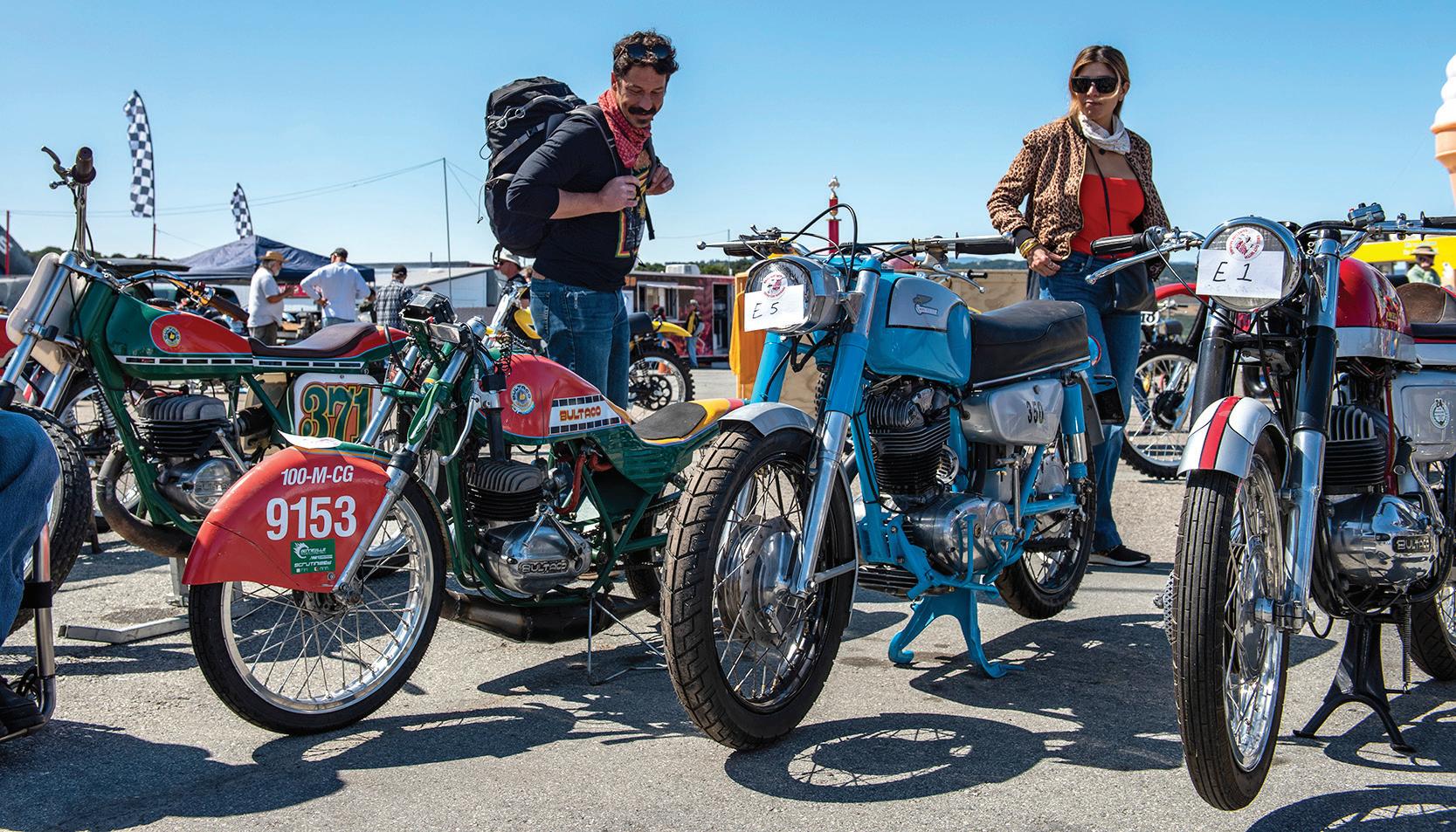
Check out the 42nd Annual British Bike Cooperative RideIn Motorcycle Show at Eagle Cave Resort in Blue River, Wisconsin, July 21-23. All makes of motorcycles are welcome. There will be live music, motorcycle games, and a TT run. More info: britishbiker.net
Travel to Massachusetts for the Mansfield Rotary Club Vintage Japanese Motorcycle Show on Saturday, August 12. Onsite registration is $10 per bike with multiple bikes costing an additional $5. More info: primarychompers@aol.com
Experience the “Best in the West” ride August 27-September 1. The Small Bike Big Adventure 6-day, 845-mile route begins in Palisades, Colorado, and covers some of the Rocky Mountains most scenic mining towns, Telluride and many mountain passes. This event is for pre-1972 vintage bikes 350cc and smaller. For more information visit bit.ly/sbba2023
Head to Davenport, Iowa, for the 52nd Annual Chief Blackhawk Antique Motorcycle Swap Meet at the Mississippi Valley Fairgrounds August 31-September 2. The 3-day event will feature vintage motorcycle racing, field games, technical seminars, a swap meet and bike show. For the full event schedule and other details visit chiefblackhawk.org
July 16 — Venice Vintage Motorcycle Club 3rd Sunday Ride. Venice, CA. venicevintage.com
July 21 — 4th Annual Meetin’ in the Middle. Liberty, MO. kcvjmc.com
July 23 — Jeff Williams
MC Swap Meet. Twin Drive-In, Kansas City, MO. jwswapmeet.com
Aug. 4-6 — North Carolina Moto Guzzi Rally. Wilkesboro, NC. mgnoc.com
Aug. 5 — 11th Annual
KCVJMC Vintage Motorcycle Rally at the Commemorative Air Force Museum Show & Rally. New Century, KS. kcvjmc.com
Aug. 12 — 8th Annual Kansas City All 2-Stroke Rally. Lee’s Summit, MO. kcvjmc.com
Aug. 20 — British Iron Association of Connecticut Brit Jam 2023. Haddam Neck Fairgrounds, East Hampton, CT. ctbritiron.org
Aug. 17-19 — MGNOC New Mexico State Rally. Datil, NM. mgnoc.com
Aug. 27 — Jeff Williams MC Swap Meet. Twin Drive-In, Kansas City, MO. jwswapmeet.com
Aug. 26-31 — Bonneville Motorcycle Speed Trials AMA Land Speed Grand Championship. Wendover, UT. bonnevillemst.com
70 MOTORCYCLE CLASSICS July/August 2023
K EVIN M C I NTOSH CALENDAR
JULY/AUGUST
7/21 7/14
Check out the bikes at AHRMA Classic Motofest, July 14-16. 7/21 8/12 8/27 8/31















































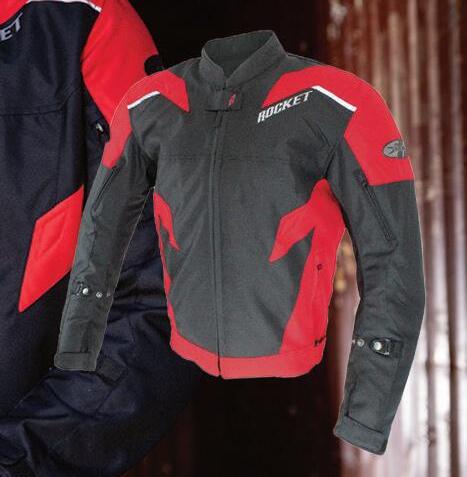




©2022 New Gear, Downloadable Catalog + more specials online! aerostich.com/mcc aero mcclassic 2022a.indd 1 4/26/22 4:15 PM • Complete rebuilding of all Vintage British, Japanese & American motorcycle engines & transmissions. • Valve jobs, cylinder boring and sleeving. • Welding, custom machining, chroming, powder coating • High performance and racing modifications. • Complete wheel rebuilding VintAge SerViCeS BritiSH PArtS SINCE 1978 Daily Shipping Worldwide Daily Shipping Worldwide 86 BOStOn tUrnPiKe, (rOUte 44) WiLLingtOn, Ct 06279 860-848-0607 FAX 860-487-9916 ViSit OUr WeBSite: www.jobcycle.com eMAiL: info@jobcycle.com WA"WHen YOU rignt it DOne Ht tHe FirSt tiMe" CUStOM reMAnUFACtUring AnD MACHining • Precision parts fabrication. • One-off and reproduction parts. • Professional Welding Services. • nOS • reproduction • Large used parts inventory Complete repair service Tank cleanout and lining available. Decals, Badges and Parts available. We can paint your parts or supply color matched DIY projects. TO FIND YOUR LOCAL DEALER VISIT: JOE R O CK ET MENS TEXTILE JACKET • Rock Tex™ 600 outer shell • CE Aprroved shoulder & elbow armor • Heavy duty metal YKK® main zipper • 6-point Sure Fit™ custom adjustment system • 2 outside pockets, 1 internal pockets • 2 belt loops for jacket to pant attachment • Variable Flow™ ventilation system • Reflective trim on the front and back shoulders • Pocket for optional spine pad BLACK/RED MSRP@ $139.99 SIZES:SMTHRU3XL BLACK/BLACK BLACK/GRAY BLACK/RED
Photo of Dave Roper by Bill Burke
RIDES AND DESTINATIONS
FLIGHT 93 NATIONAL MEMORIAL, SHANKSVILLE, PENNSYLVANIA
September 11, 2001 was a dark day everyone remembers. The early morning news was riveting: A plane had hit the World Trade Center. Not knowing what happened and while glued to the television screen, we saw another plane hit the second World Trade Center tower. Then we heard about the Pentagon. Finally, we heard about Flight 93, the plane that went down in Pennsylvania. It was a story that would develop over the next several days, weeks, years, and decades. 9/11 was the Pearl Harbor of our time. Beyond the horror, anger, and emotions of that day, the story of the Flight 93 passengers’ bravery emerged. We know now that Flight 93’s intended target was the U.S. Capitol; Todd Beamer and his fellow passengers prevented that from happening. “Let’s roll,” were Beamer’s eloquent words to his fellow travelers. Beamer’s words would resonate around the world.
The Flight 93 National Memorial near Shanksville, Pennsylvania, is somber, dignified, emotional and elegant. It consists of a giant wind chime, the Tower of Voices, near the entrance, a museum with numerous interactive exhibits (where no photography is allowed), a black stone walkway denoting Flight 93’s path, a wall of 40 tablets (each carrying the name of a Flight 93 victim), and the impact area. The impact area is a grassy field bordered by a hemlock forest with a large boulder denoting the impact point. You can walk around the impact area, but you can’t walk on it (it is off limits to everyone, as human remains are entombed in its hallowed ground).
Symbolism abounds in the Flight 93 National Memorial. The dark stone sidewalks and borders represent the coal mined in this part of Pennsylvania. The
lighter stone structures (the walls of the museum and more) are impressed with the grain structure of the hemlock trees bordering the impact area. The angles in the sidewalks and walls represent the surrounding hemlock forest’s branches. There are three rows of benches in the viewing area, representing Flight 93’s three passenger seats in each row.
The Flight 93 National Monument is in the Allegheny Mountains, and this part of Pennsylvania is both rural and stunning. The Flight 93 National Memorial is the least visited of the 9/11 memorials, no doubt due to its remote location. This is coal mining and Amish country, and the rolling hills and winding roads are a

rider’s paradise. We visited in April and it was a brisk 60 degrees. Summers are hot and humid. Fall will offer stunning views of the trees changing colors; the challenge is visiting late enough to see the color change but not so late that the leaves have left.
The Flight 93 National Memorial is well worth the trip to southwestern Pennsylvania. The riding is epic, the scenery outstanding, and the Flight 93 National Memorial is a worthy and emotional tribute to the Flight 93 passengers. During our visit, we stayed in Somerset, the nearest town of any size with hotels and restaurants, as Shanksville is a very small community. — Joe Berk
THE SKINNY
What: The Flight 93 National Memorial, 6424 Lincoln Hwy, Stoystown, Pennsylvania, 15563, (814) 893-6322. Open every day from sunrise to sunset (the Memorial is closed on Christmas). Admission is free.




How to Get There: Take the Pennsylvania Turnpike (I-76) from either the east or the west. Take the Route 281 exit north to US 219 north to US Route 30 (the Lincoln Highway) east.
Best Kept Secret: This is more than just a National Monument; be prepared for an emotional experience.
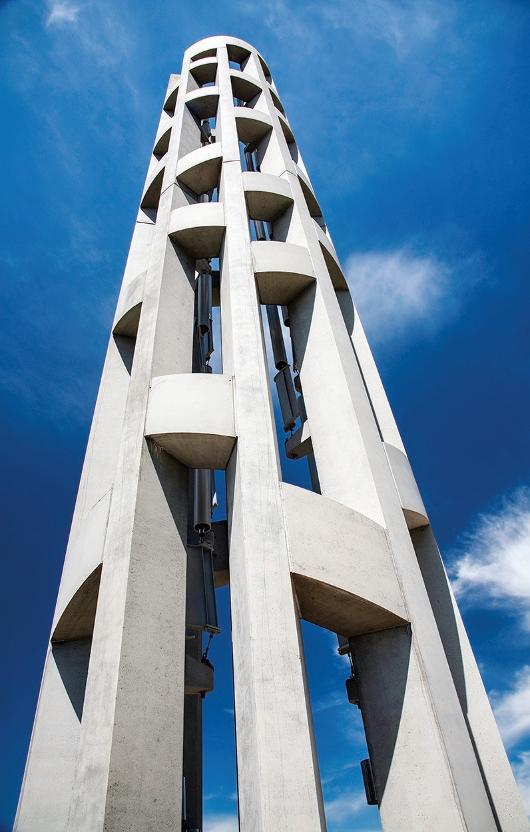
Don’t Miss: Taking the walk from the museum to the impact area and viewing the adjacent 40 inscribed tablets. Also, be sure to converse with the Park Rangers and volunteers, as they can provide additional information and insights about the Monument’s features. If you stay in or pass through Somerset, be sure to try Rey Azteca, a Mexican restaurant with wonderful cuisine. I had their chicken chile relleno (prepared in the Guatemalan style, it was awesome). Avoid: Not checking the weather (it can be cold and icy during the winter months).
More Info: Flight 93 National Memorial (U.S. National Park Service), nps.gov/flni



More Photos: bit.ly/fl93nm

72 MOTORCYCLE CLASSICS July/August 2023
The Tower of Voices, a gigantic wind chime.
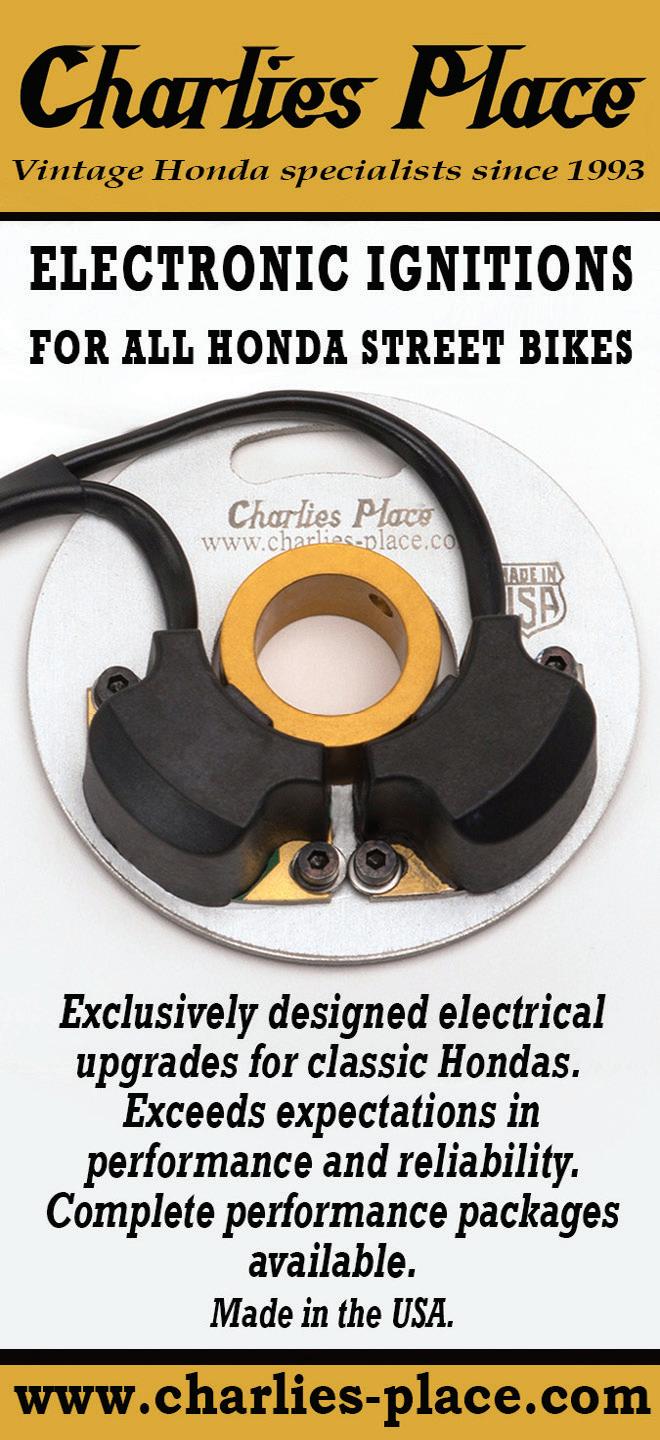





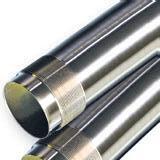





















































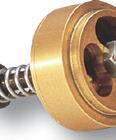





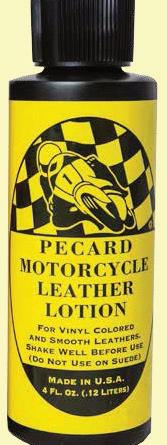







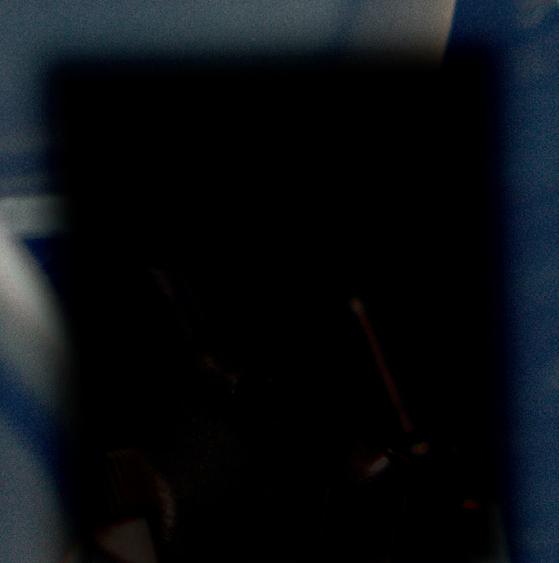
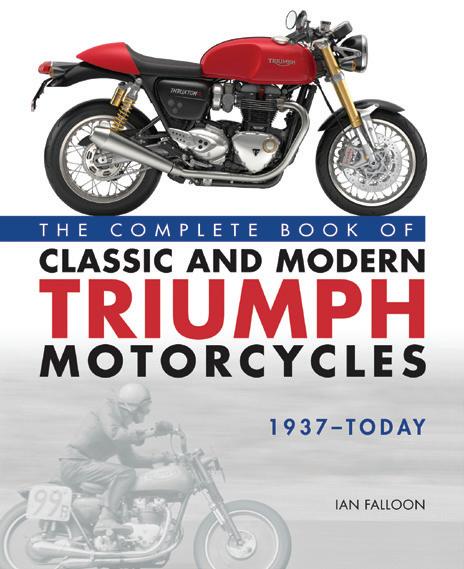











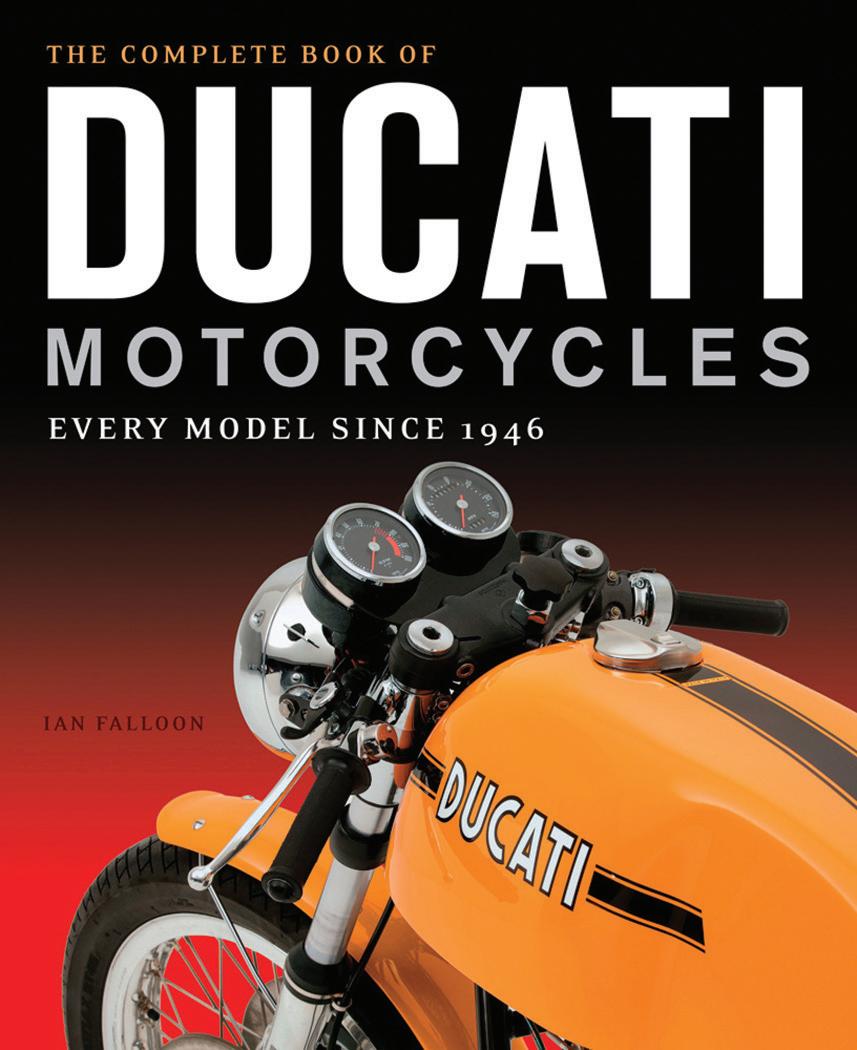
We bought 4 full truckloads of new original parts Duarte Rocket III Rock Road, St. Ann, MO 63074 427-1204 People - Since 1962 ORIGINAL ‘OEM’ PARTS YAMAHA RD350, RD400 & RZ350 View our available stock at economycycle.com YOUR GO-TO SPECIALIST For Parts, Service & Restoration OUTSTANDING CUSTOMER SERVICE Limited Tech Support $12.95 U.S. SHIPPING Some exclusions may apply NO-HASSLE RETURNS WIDE SELECTION OF PARTS NEW CUSTOMER DISCOUNT Use coupon code: ECON2020 KICKSTAND RESTORATION MOTORCYCLE INSTRUMENTS sales@vintagebritishcables.com Vintage & Modern Classics IkonSuspensionUSA.com Sales & Tech (814) 592-7003 Flattrackers MODERN TECHNOLOGY FOR VINTAGE MACHINES ENGINE SERVICES NOWAVAILABLE ARCINGBRAKE Fork Gold Valve Emulators® G-3S Custom Series Shocks • Custom Built to Order • Made to Any Length • Choice of Features • Color Options Gold Valve Cartridge Emulators offer Adjustable Damping! Made in U.S.A. VINTAGE SUSPENSION Made in Italy. Call or go to the website for your application. TNK Fork Tubes Race Tech Hi-Performance Fork Springs • Springs available in a variety of Spring Rates. racetech.com | 951.279.6655 For Most Forks & Shocks Shop Services Improve Drum Brake Stopping Power! 21RaceTech_1.6HorzPg-Ad_MCclassics.indd 1 12/17/20 4:47 PM WWW.PECARD.COM Leather Care Co. Neutral colored conditioner to preserve and protect oil tanned leather. May darken lighter colored leather a shade or two. Black tinted conditioner to help cover minor scratches, abrasions, and help restore faded color of black oil tanned leather. Can be used on both coated and oil tanned leather. Safe for colored leather, including white. Fast application, with quick absorption time. Made in the USA Since 1902 “We Protect Your Hide” To order, call 800-880-7567 or visit Store.MotorcycleClassics.com Mention promo code MMCPANZ2 THE ULTIMATE REFERENCE FOR TRIUMPH LOVERS Written by respected Triumph expert Ian Falloon, this luxurious reference covers all of the major and minor models, with an emphasis on the most exemplary, era-defining motorcycles such as the Thunderbird, Tiger, Trophy, Bonneville, and new machines such as the Speed Triple, Thruxton, and Daytona 675. This is a book no Triumph fan should be without! Item #10260 $50.00 Members: $45.00 Desmodromic 750 Super Sport Mike Hailwood Replica Superbikedominating 916 Panigale EVERY MODEL SINCE 1946 Item #8055 $55.00 Members: $49.99 To order, call 800-880-7567 or visit Store.MotorcycleClassics.com Mention promo code MMCPANZ2 From the street bikes that gave birth to the very notion of the modern superbike to the racing motorcycles that dominated tracks in Great Britain, Europe, and North America since the latter part of the 20th century, The Complete Book of Ducati Motorcycles runs the full gamut of sport bikes. It’s a collection that demands shelf space in the library of any true motorcycle collector or fan.

























KICKSTAND 74 MOTORCYCLE CLASSICS July/August 2023 “Oil-In-Frame” MCC0_0820_ADS.indd 74 • New & Used Parts • • Expert Repair • David Bossert South Carolina (864) 850-3057 St. Charles Rock (314) The Motorcycle DON E L SON C YCLE S, I NC . ORIGINAL BRAND NEW RESTORATION AND REPAIR TO SMITHS MOTORCYCLE INSTRUMENTS Over 1,000 cores in stock Instruments restored to as new sales@vintagebritishcables.com www.vintagebritishcables.com KICKSTAND Increase the performance and life of your vintage engine with the latest in performance beehive valve springs. Take advantage of the light weight of a single valve spring with the performance TRIUMPH MOTORCYCLE PARTS NOS, New, Used Genuine AMAL, Lucas and more. Name brand UK made parts We have a special emphasis on “Oil-In-Frame” Triumph 650/750 785-925-2042 kmjonesmotorsports.com RETROTOURS.COM RIDE A PIECE OF THE PAST ON THE PATH LESS TAKEN. MAKE YOUR OWN HISTORY. BOOK YOUR CUSTOM TOUR NOW. JUST SHOW UP AND RIDE! RIDE 20+ CLASSIC BIKES engine with advantage performance applications. info@rdvalvespring.com www.rdvalvespring.com Established in 1976 We do Aluminum Polishing, Zinc Plating, Show Chrome finishes and much more, including motorcycle restoration parts! Call us now at 1/13/15 8:32 AM TRIUMPH MOTORCYCLE PARTS NOS, New, Used Genuine AMAL, Lucas and more. Name brand UK made parts We have a special emphasis on “Oil-In-Frame” Triumph 650/750 Twins. 785-925-2042 kmjonesmotorsports.com RETROTOURS.COM RIDE A PIECE OF THE PAST ON THE PATH LESS TAKEN. MAKE YOUR OWN HISTORY. BOOK YOUR CUSTOM TOUR NOW. JUST SHOW UP AND RIDE! RIDE 20+ CLASSIC BIKES CALL/TEXT 603-479-2538 Email: retrospeed2@gmail.com Hiring experienced motorcycle technicians ITEM #9106 $6.99 MEMBER PRICE: $5.59 TALES FROM THE ROAD! To order, call 800-880-7567, or visit www.MotorcycleClassics.com/Store Mention promo code MMCPAKZ3 WORLD CLASS SUSPENSION FOR EXCELLENT ROAD HOLDING & COMFORT C302 T E302 T G362 Z362 732.786.9777 • www.epmperf.com MOTORCYCLE UNION Meet the Robinson: a classic waxed-cotton for everyday use on or off the bike. Vanson Leathers, this American-made hidden features that collectively make and more protective than any other reinforcement at the shoulders and ENTER FOR YOUR PRIZE PACKAGE RESTORATION AND REPAIR TO SMITHS MOTORCYCLE INSTRUMENTS Over 1,000 cores in stock Instruments restored to as new condition and function. sales@vintagebritishcables.com www.vintagebritishcables.com To order, call 800-880-7567 or visit Store.MotorcycleClassics.com Item #9769 $9.99 Member Price: $7.99 PREWAR perfection Mention promo code MMCPANZ2
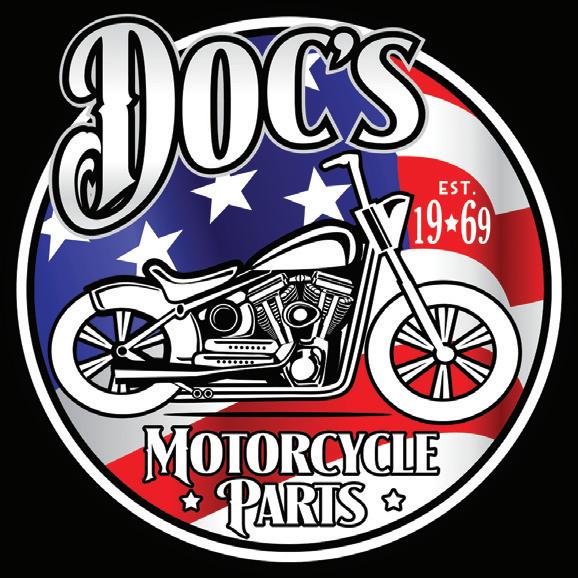



















































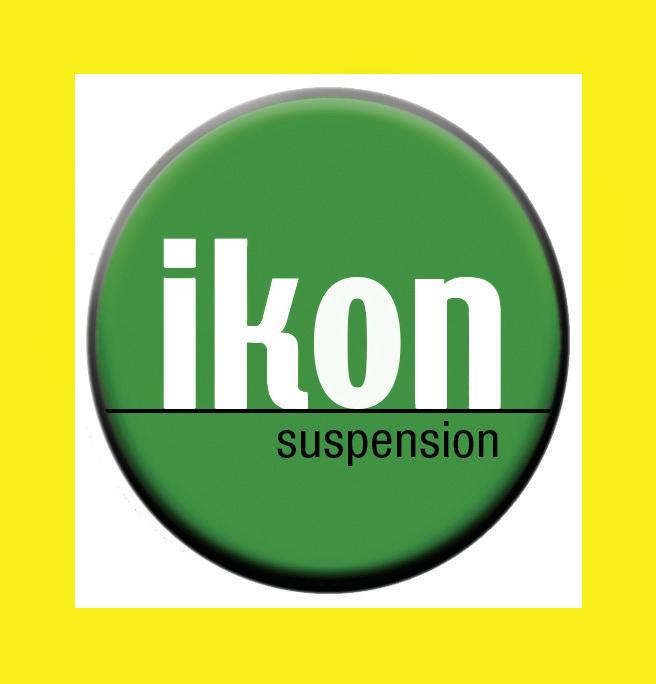

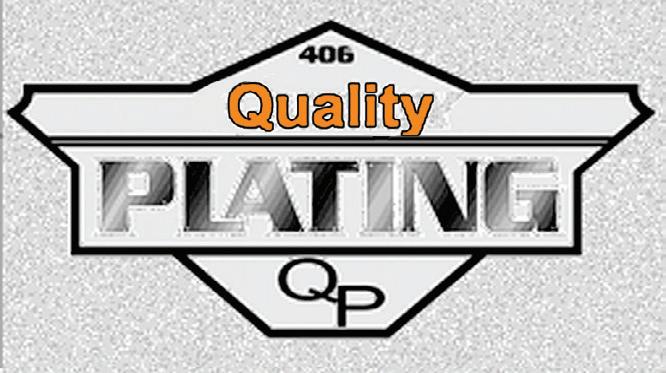



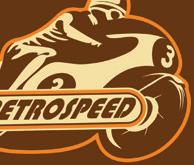








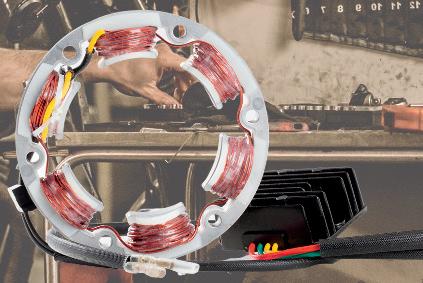


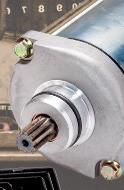
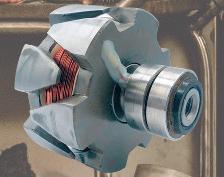








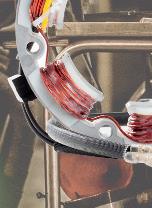





































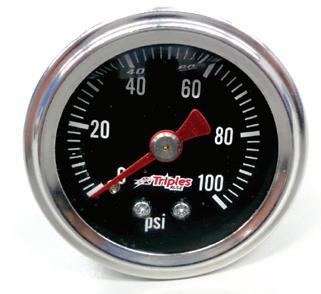






KICKSTAND www.MotorcycleClassics.com 75 Established in 1976 We do Aluminum Polishing, Zinc Plating, Show Chrome finishes and much more, including motorcycle restoration parts! Call us now at 815-626-5223 or fax 815-626-5244. Visit: www.qualitychromeplating.com TRIUMPH MOTORCYCLE PARTS Genuine AMAL, Lucas and more. Name brand UK made parts We have a special emphasis on “Oil-In-Frame” kmjonesmotorsports.com 5/13/20 4:06 PM www.youtube.com/user/ DocsMotorcycleParts “ We bought 4 full truckloads of new original parts from the closed warehouse in Duarte CA. Everything from Bantam to Rocket III ” - Car l St. Charles Rock Road, St. Ann, MO 63074 (314) 427-1204 The Motorcycle People - Since 1962 DON E L SON C YCLE S, I NC . 2nd Oldest Yamaha Dealer in USA ALSO: New and Classic Parts for ORIGINAL ‘OEM’ PARTS BRAND NEW DONELSON CYCLES INC MCC0_0820_ADS.indd 73 KICKSTAND Adaptive_Mount_MCC_12th_Kickstd_REV3KLM.indd 1 daptive_Mount_MCC_12th_Kickstd_REV3KLM.indd 1/13/15 8:32 AM RETROTOURS.COM RIDE A PIECE OF THE PAST ON THE PATH LESS TAKEN. MAKE YOUR OWN HISTORY. BOOK YOUR CUSTOM TOUR NOW. JUST SHOW UP AND RIDE! RIDE 20+ CLASSIC BIKES bought 4 full truckloads of new original from the closed warehouse in Duarte CA. Everything from Bantam to Rocket III ” - Car l Road, St. Ann, MO 63074 427-1204 People - Since 1962 2nd Oldest Yamaha Dealer in USA ALSO: New and Classic Parts for ORIGINAL ‘OEM’ PARTS DONELSON CYCLES INC YAMAHA RD350, RD400 & RZ350 YOUR GO-TO SPECIALIST For Parts, Service & Restoration OUTSTANDING CUSTOMER SERVICE Limited Tech Support WIDE SELECTION OF PARTS KICKSTAND Vintage & Modern Classics IkonSuspensionUSA.com Sales & Tech (814) 592-7003 Ikon Flattrackers Established in 1976 We do Aluminum Polishing, Zinc Plating, Show Chrome finishes and much more, including motorcycle restoration parts! Call us now at 815-626-5223 or fax 815-626-5244. Visit: www.qualitychromeplating.com Adaptive_Mount_MCC_12th_Kickstd_REV3KLM.indd 1 1/13/15 8:32 AM KICKSTAND Increase the performance and life of your vintage engine with the latest in performance beehive valve springs. Take advantage of the light weight of a single valve spring with the performance and control of a dual valve spring. Call or email for applications. R/D Spring Corp., Email: info@rdvalvespring.com Call (760) 948-4698 or Web: www.rdvalvespring.com Established in 1976 We do Aluminum Polishing, Zinc Plating, Show Chrome finishes and much more, including motorcycle restoration parts! Call us now at 815-626-5223 or fax 815-626-5244. Visit: www.qualitychromeplating.com Adaptive_Mount_MCC_12th_Kickstd_REV3KLM.indd 1 daptive_Mount_MCC_12th_Kickstd_REV3KLM.indd 1/13/15 8:32 AM TRIUMPH MOTORCYCLE PARTS NOS, New, Used Genuine AMAL, Lucas and more. Name brand UK made parts We have a special emphasis on “Oil-In-Frame” Triumph 650/750 Twins. 785-925-2042 kmjonesmotorsports.com RETROTOURS.COM RIDE A PIECE OF THE PAST ON THE PATH LESS TAKEN. MAKE YOUR OWN HISTORY. BOOK YOUR CUSTOM TOUR NOW. JUST SHOW UP AND RIDE! RIDE 20+ CLASSIC BIKES KICKSTAND Belgium, WI 262-483-5399 www.retrospeed.net Motorcycle Restoration Services @rickselectrics Modern Electronics for your vintage motorcycles Modern Electronics for your vintage motorcycles Starting & Charging Components Custom Rebuilding 1 Year Replacement Warranty Call/Text: 603-329-9901 KICKSTAND 100 psi liquid-filled oil pressure gauge 1/8 NPT male inlet 1-5/8 diameter body with generic fittings and heavy nylon oil line $39 + shipping. Custom brackets for Meriden Triumphs in stock www.triplesrule.com t150v@aol.com 224-321-4912 TRACKSIDE CYCLES Check out @Davis2Davis on Instagram ross@tracksidecycles.com www.tracksidecycles.com 407-590-0658 Ask for Ross Belgium, WI 262-483-5399 www.retrospeed.net Motorcycle Restoration Services SIDECARS! Velorex Watsonian HOURS: 8 a.m. - 8 p.m. EST (740) 538 -4 746 www.warkshop.com MOTORCYCLE CLASSICS GARAGE GIVEAWAY waxed-cotton motorcycle jacket designed Produced in close collaboration with jacket is packed with an arsenal of it more comfortable, more practical, jacket in its class. It comes with leather elbows, a removable five-piece D3O CHANCE TO WIN THIS VALUED AT $740! SIDECARS! Velorex HOURS: 8 a.m. - 8 p.m. EST (740 ) 53 8 - 4 7 4 6 www.warkshop.com bobwarkshop2016@gmail.com YAMAHA RD350, RD400 & RZ350 View our available stock at economycycle.com YOUR GO-TO SPECIALIST For Parts, Service & Restoration OUTSTANDING CUSTOMER SERVICE Limited Tech Support $12.95 U.S. SHIPPING Some exclusions may apply NO-HASSLE RETURNS WIDE SELECTION OF PARTS NEW CUSTOMER DISCOUNT Use coupon code: ECON2020 KICKSTAND Vintage & Modern Classics IkonSuspensionUSA.com Sales & Tech (814) 592-7003
TWO-STROKE MOTORCYCLE ENGINE MAINTENANCE AND REPAIR


With over 450 color photos, Two-Stroke Motorcycle Engine Maintenance and Repair covers the chronological development of two-stroke engines and workshop procedures for each era. It is a guide to the stripping-down of engines, examining each major engine component in turn, including cylinder head, piston, piston rings, crankcase, flywheel, bearings, inlet manifold, clutch, gearbox and primary drive etc. Racing motorcycles and tuning engines for best performance are covered, along with diagnosing problems, tips, tricks and workshop safety.

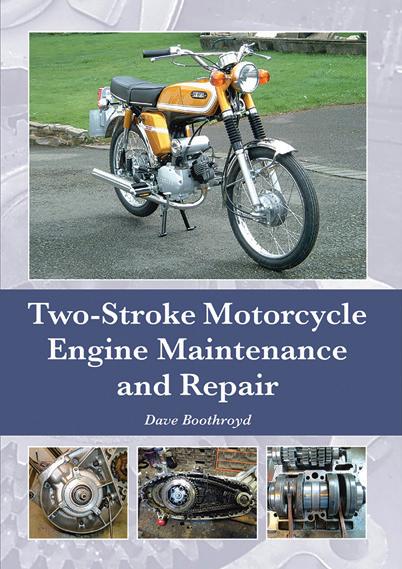
#10837 $44.95 Members: $39.99
THE COMPREHENSIVE VINTAGE MOTORCYCLE PRICE GUIDE 2022/2023 EDITION

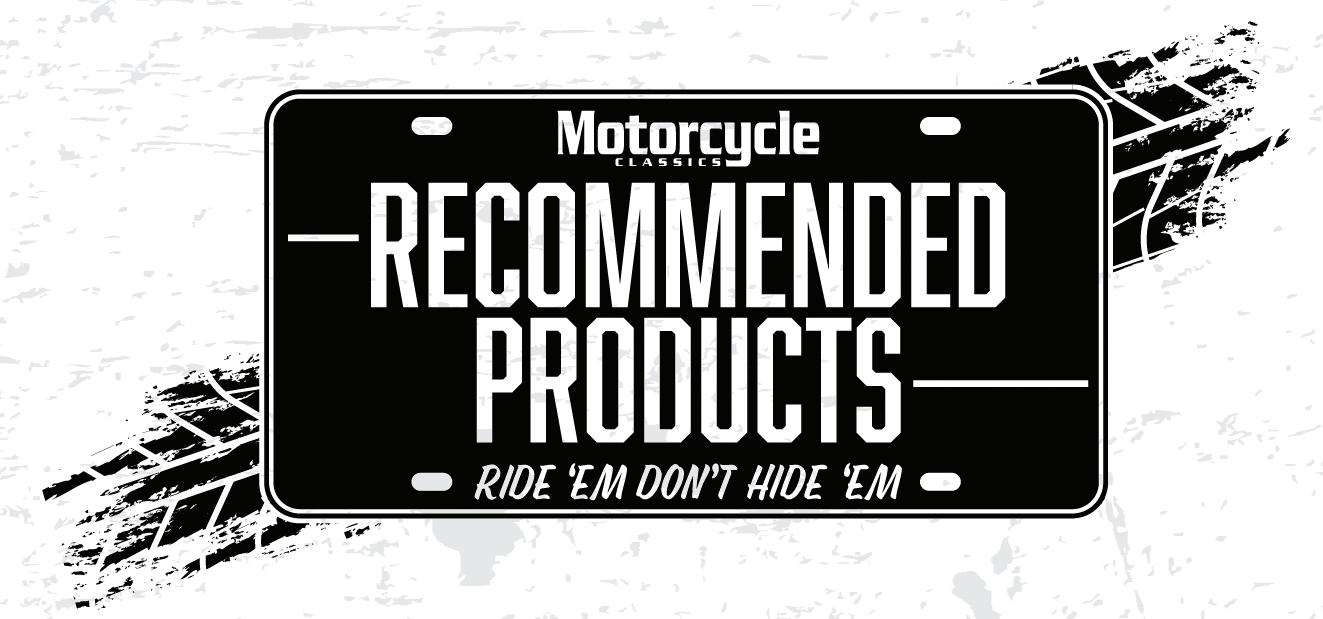
MOTORCYCLE CLASSICS SHORT-SLEEVE T-SHIRT, BLACK, S-3XL
Enjoy our classic black T-shirt, exclusively available through Motorcycle Classics! This black short sleeve T-shirt is emblazoned with the Motorcycles Classics logo on the front of the shirt and the slogan “Ride ‘Em, Don’t Hide ‘Em” in white and red lettering on the back of the shirt, along with a great-looking bike.


#8933-8938 $15/$17 Members: $12.99/$14.99




Through hundreds of hours of research and data entry, formed by the opinions of dozens of dealers, auctioneers, collectors, and experts in the vintage field, we believe this is the most accurate price guide available for vintage motorcycles. It contains more data than any other guide, as all major marques (and many lesser known marques) are included with data through 2003. Also, you’ll find data for the very early years of marques that go unreported in many other publications. New to the eighteenth edition are several marques that were not covered by previous editions.

#11353 $19.95 Members: $14.95
THE SCOOTER BIBLE
The Scooter Bible is an entertaining, colorful, and authoritative history of the little motorbikes that could. Throughout, author Eric Dregni offers you a wealth of imagery and knowledge by sharing historic photos, evocative period advertisements, a detailed account of scooter evolution, notable changes in scooter technology, and more. Also included is the world’s most exhaustive encyclopedia of scooter brands!
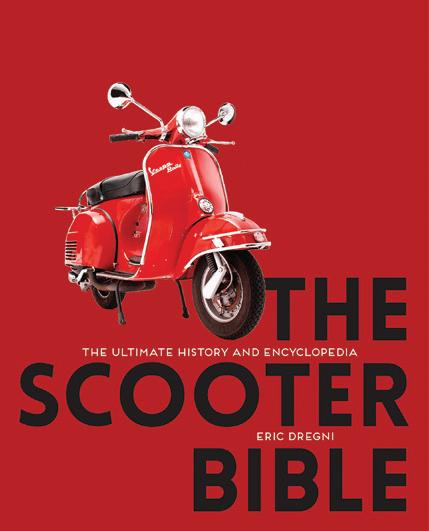
#11747 $40.00 Members: $36.00



A-Z OF ITALIAN MOTORCYCLE MANUFACTURERS

A-Z of Italian Motorcycle Manufacturers is the leading directory of Italian motorcycles available today.
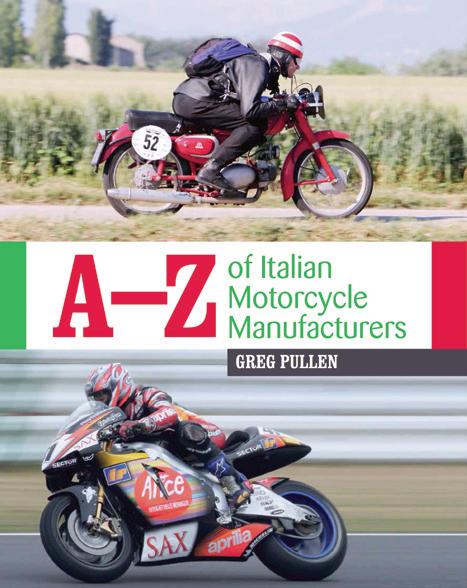


In addition to covering the most famous Italian factories, this is the definitive guide to the marques that have often been forgotten. Some might be familiar classics remembered for their racing pedigree, while others will be introduced for the first time. Topics include the history of the once great factories; marques that build motorcycles exclusively for racing; details of the top motorcycles each manufacturer built, and each marques’ greatest achievement. Hardcover.
#10838 $54.95 Members: $48.95
MOTORCYCLE CLASSICS MESH BLACK/STONE HAT

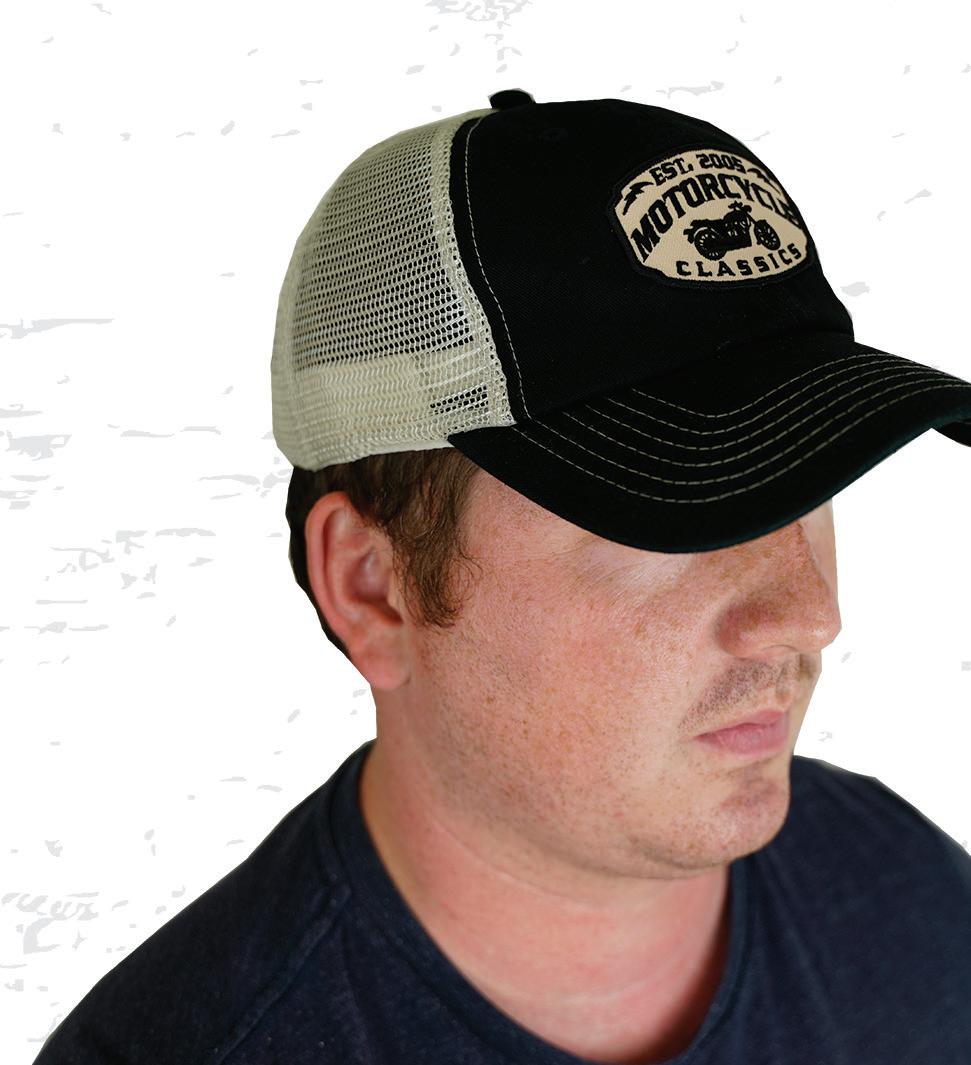
This hat features a garment washed cotton twill front with a mesh back and a pre-curved visor. Sewn onto the front of the cap is a Motorcycle Classics embroidered patch that features a 1967 Triumph T120 Bonneville. Whether you’re in the garage working on your bike or just out for a night in town, this hat is the right one for the job.
#9689 $16.99 Members: $14.44




WHY WE RIDE

Why We Ride serves as an anthem for those who do and an explanation for those who don’t.
The book presents the insights of Mark Barnes, a motorcycling clinical psychologist, as he articulates the elusive physical, emotional, and interpersonal elements that make the world of the motorcyclist such a rich and exciting place.

#9290 $24.99 Members: $21.24











76 MOTORCYCLE CLASSICS July/August 2023
TRIUMPH 350/500 UNIT CONSTRUCTION TWINS BIBLE 1957-1974
This comprehensive book covers the complete history of Triumph bikes from 1957-1974, with details of model variants, advice on buying and living with a Triumph 350/500, technical specifications, and a list of useful contacts.

#10263 $50.00 Members: $39.99

ULTIMATE DUCATI DESMO MANUAL



If you’re passionate about your Ducati, wish to know your motorcycle in real depth, and keep it in perfect shape with the loving care she’ll only receive from you, this is your book. This is a comprehensive service manual for you and your Ducati that will help you to perform all maintenance and repair operations in your own home workshop. From basic servicing to the most complex repair and adjustment operations, everything is covered.

#10914 $90.00 Members: $81.00




THE DUCATI MONSTER BIBLE

A multifaceted machine, the Monster bridged the gap between racetrackoriented sport bikes and cruisers. The Ducati Monster Bible provides a fascinating guide through the maze of Monsters produced during the past 21 years. In this book, you’ll see a full description of development model by model, an analysis of the Monster by each model year, complete appendices of technical specifications, and more! Hardcover.
#9411 $54.95 Members: $45.99

THE BOOK OF DUCATI OVERHEAD CAMSHAFT SINGLES
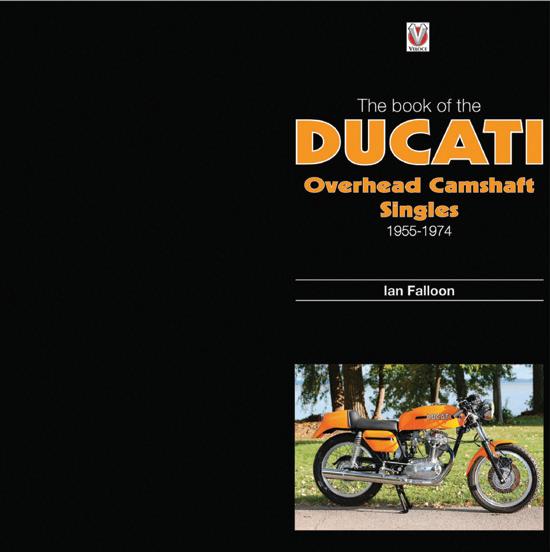
Years of research have resulted in The Book of Ducati Overhead Camshaft Singles — the first book to document in detail all the types of Ducati overhead valve singles, making this book an invaluable resource to the collector, restorer, and enthusiasts of these magnificent motorcycles. Author Ian Falloon is one of the world’s leading motorcycle historians. He has written numerous motorcycle books, and has a small collection of classic sporting motorcycles, including a Ducati 750 Super Sport, which he has owned since 1976. #10928 $100.00 Members: $85.00
STREET BIKES OF THE ‘70S, VOLUME 2
Many great and classic motorcycles were designed and built in the ’70s, and Motorcycle Classics has put together another 96-page special edition featuring articles that explore the decade and what it brought to the motorcycle world. The Honda CB550K, Ducati 750 Sport, Yamaha RD400, and many others are all covered in this glossy-page, full-color guide.



#9840 $6.99 Members: $5.99

CLASSIC SUPERBIKES
Classic Superbikes presents 75 of the best superbike models, from renowned manufacturers including Aprilia, Bimota, BMW, Buell, Cagiva, Harley-Davidson, Honda, Kawasaki, KTM, Moto Guzzi, Suzuki, Triumph, and Yamaha. Each bike gets four pages with cutout photography from a variety of angles, while lively text explores the bike’s history and aspects of its design. For the real enthusiast, there’s a comprehensive specification box that covers everything from engine size and tire measurements to top speed, weight, power output, and gearbox.

#9962 $14.95 Members: $12.95


STREET BIKES OF THE ‘80S
The Eighties was a decade to remember for many reasons, especially in the world of motorcycles. From cult-classic Suzukis to dreamy Ducatis, Street Bikes of the ’80s profiles 17 of the finest 1980s-era street bikes to ever grace the pages of Motorcycle Classics. Read how engineers had plans to make the Honda CX650 Turbo the most fuel-efficient and highest performing bike of the Eighties, follow collector Dave Eulberg as he searches for Ducati Pantahs, learn how motorcycle designer Craig Vetter got his inspiration for the 1980 Vetter Mystery Ship No. 3, and more!
#9795 $9.99 Members: $7.99















To order, call toll-free 800-880-7567 (outside the United States and for customer service, call 785-274-4360) or go to Store.MotorcycleClassics.com • Mention promo code: MMCPANZC • Sale ends: 07/12/23
www.MotorcycleClassics.com 77
SLOW BURN




Slow Burn tells how the Superbike racing motorcycle developed out of the road legal sports-tourer to become one of the most successful competitions in all forms of motorcycle sport. Superbike racing is to the motorcycle industry what touring car or NASCAR competition is to the car world. All the big names were drawn into the sport — Honda, Kawasaki, Suzuki, Yamaha, Ducati and Aprilia have all used Superbike racing to test their street bike designs. Some of the biggest riders in the sport — Wayne Gardner, Wayne Rainey, Kevin Schwantz and Eddie Lawson — all started out on big, unruly Superbikes. It’s all in Superbike — and it’s all in Slow Burn Hardcover.

#10913 $35.00 Members: $30.99
MOTO GUZZI: THE COMPLETE STORY

Moto Guzzi: The Complete Story charts the development of the stylish Guzzi bikes and the highs (and lows) of one of the oldest motorcycles marques still in existence. Topics covered include the origins of the Moto Guzzi factory at Mandello del Lario, the oldest motorcycle factory in the world; successes at the Isle of Man TT and races worldwide; the development of the V-twin engine; and more! Hardcover.
#7138 $44.95 Members: $37.99
HOW TO DESIGN AND APPLY AUTOMOTIVE AND MOTORCYCLE PAINT AND GRAPHICS



Best-selling, custom-painting author JoAnn Bortles presents a wealth of knowledge and photography, showing you how to tackle all types of paint and graphics. Bortles covers the most popular custom-painting styles and techniques in an easy-to-understand format. Step-by-step examples of projects are accompanied by handy tips and tricks and photo galleries to provide examples and inspiration. Not found anywhere else are chapters devoted to painting muscle car rally stripes, low-rider graphics, and creating plotter-ready vector drawings for stencil work. All the information is designed to enlighten both automotive and motorcycle applications and includes the most popular paint and graphics.
#11673 $33.99 Members: $30.99










KAWASAKI W, H & Z
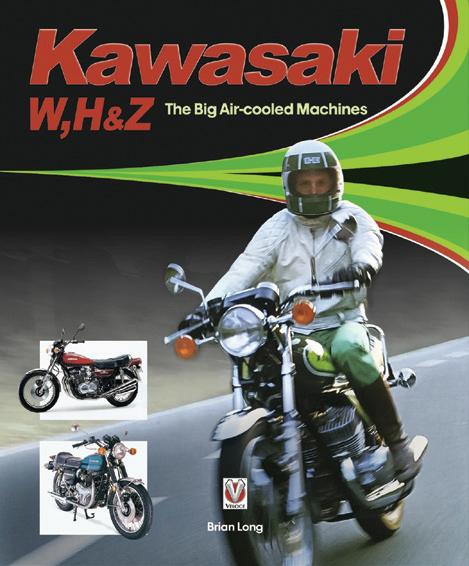




Kawasaki W, H & Z is the story of the air-cooled “big” Kawasaki bikes in definitive detail, researched and written in Japan with the full cooperation of the factory. This series of models put the Kawasaki company on the map during the 1960s and 1970s, helping it survive a difficult era that saw hundreds of Japanese motorcycle makers reduced to just four. Successful immediately, these models defended Kawasaki’s honor on the track as well as in the showroom, handing the company numerous world championship victories. Hardcover.
#9594 $50.00 Members: $41.99









HARLEY-DAVIDSON WLA: THE MAIN US MOTORCYCLE OF WORLD WAR II

Harley-Davidson WLA is the story of an iconic model in the long history of Harley-Davidson motorcycles, the WLA, which was used by Allied forces during WWII and developed for the US Army’s mechanized cavalry. Known today as the “Liberator”, this book will unveil the history and stories of individuals who rode this icon to war and why the model is now a favorite among civilian collectors.
#10562 $19.99 Members: $17.99
HERE WE ARE…ON ROUTE 66
Here We Are...On Route 66 provides the fascinating histories of iconic landmarks and cultural touchstones associated with America’s most famous highway, and celebrates lesser-known gems just off the beaten path. Acclaimed Route 66 historian Jim Hinckley arranged this one-of-a-kind book by classic Route 66 topics, creating a beautifully produced history rather than just another guidebook.
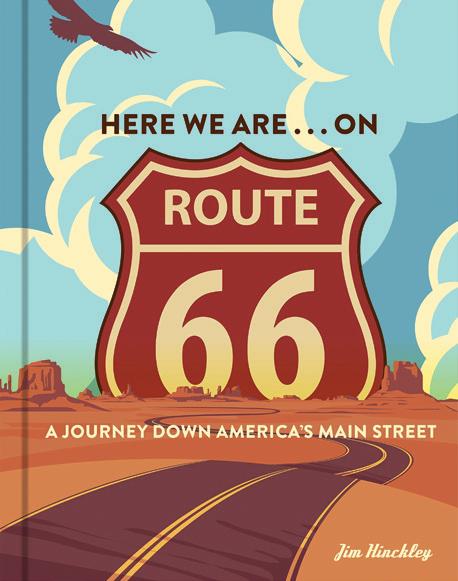
#11841 $40.00 Members: $36.00
HOW TO RESTORE HONDA FOURS

Following the success for the original CB750, Honda went on to produce a range of motorcycles using SOHC 4-cylinder engines. All with their own characteristics, they proved to be reliable and smooth-running, and even today they can offer reliable transport on modern roads. Now with some examples more than 40 years old, many enthusiasts wish to restore these classic machines. How to Restore Honda Fours was written to guide the enthusiast through their restoration of these fine motorcycles.
#7760 $59.95 Members: $50.95
78 MOTORCYCLE CLASSICS July/August 2023
AN ILLUSTRATED HISTORY OF MILITARY MOTORCYCLES

A comprehensive reference guide to a century of military motorcycles from around the world, from the beginning of the 20th century to the sophisticated models of today: this fully illustrated book covers their fascinating history, providing a country-by-country overview of France, Belgium, Germany, Italy, Great Britain, the USA, the USSR, and Japan.

#11890 $16.99 Members: $14.99













BMW AIRHEAD TWINS
BMW Airhead Twins, with over 290 photographs, includes a history of the company pre- and post-War, and the personalities behind the development of the bikes. Profiles of each of the ‘R’ bikes in turn includes detailed specification guides and production numbers. Plus, an epilogue that looks to the future of the airhead twins completes the book. Hardcover.

#10410 $44.95 Members: $37.99

MCQUEEN’S MOTORCYCLES
Even 30 years after his death, Steve McQueen remains a cultural icon. This book focuses on the bikes that the King of Cool raced and collected, from the first Harley McQueen bought when he was an acting student in New York to the Triumph “desert sleds” and Huskys he desert raced all over California, Mexico, and Nevada. McQueen’s Motorcycles reveals these highly sought-after machines in gorgeous photography and full historical context.

#8184 $35.00 Members: $28.99


LOIS ON THE LOOSE
Armed only with the Spanish words for “caution” and “cheese,” author Lois Pryce set off to conquer America–both Americas, actually. Starting in Alaska and working her way down the Pacific Coast, she rode through snow, desert, and everything in between to reach the southernmost tip of Argentina. Whether bribing her way through Central American borders, spending the night in a Mexican brothel, or crashing her bike in Patagonia, Lois’s bright, funny travelogue will charm anyone who longs for adventure and a stretch of the open road. #11338 $19.95 Members: $17.95
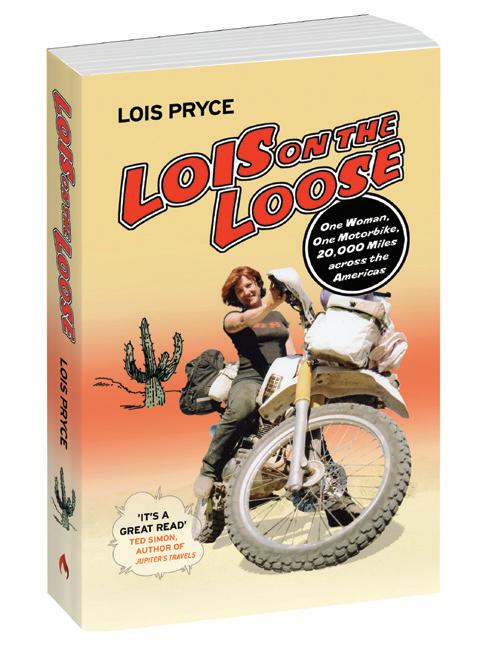
THE HARLEY-DAVIDSON STORY: TALES FROM THE ARCHIVES
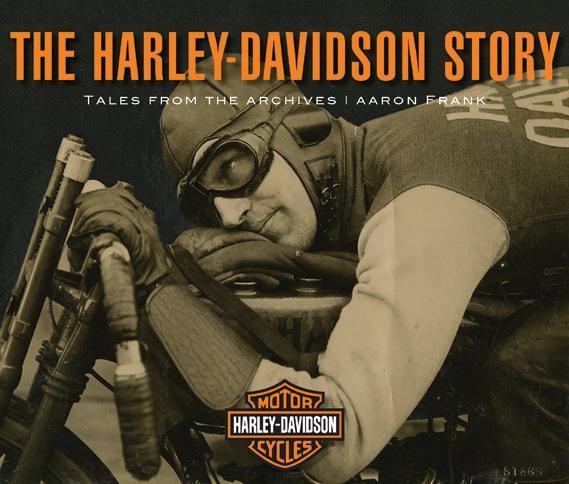
NORTON COMMANDO RESTORATION MANUAL

With more than 700 color photographs, Norton Commando Restoration Manual provides step-by-step guides to restoring every component of this classic bike. Topics covered include how to find a worthy restoration project; setting up a workshop with key tools and equipment; dismantling the motorcycle to restore the chassis, and more! If you’re restoring a Norton Commando, you’ll want this guide by your side.
#10657 $60.00 Members: $51.00





BSA MOTORCYCLES: THE FINAL EVOLUTION

Presented for the first time in one book, the new-for-1971 range of BSA and Triumph motorcycles, including the 350cc DOHC twins, the innovative Ariel 3 moped, projected D18 Bantam, and the X-75 Hurricane, are all detailed in depth, along with related promotional and racing activities. Photoshoots, the lavish series of brochures and ads that emanated from them, and projected and actual color schemes, are also presented with great accuracy.
#10172 $32.50 Members: $28.99




THE HARLEY-DAVIDSON SOURCE BOOK
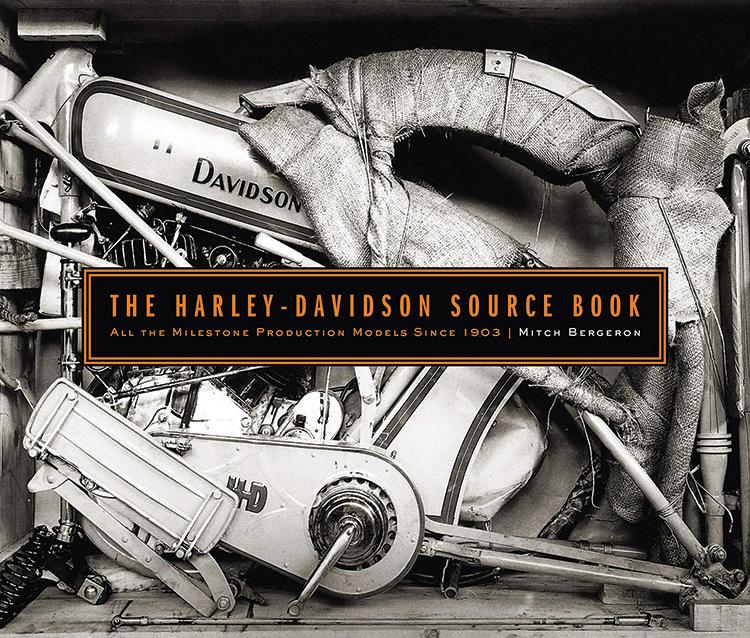
In The Harley-Davidson Source Book, acclaimed Harley-Davidson historian Mitchel Bergeron covers every motorcycle the company has built, from the very first prototype to the Silent Gray Fellow to the latest CVO Electra Glides and Softails. They’re all here — the Knucklehead, the Panhead, the Pea Shooter, the KR, the Sportster, the XR750, the Shovelhead, the Evolution, the Twin Cam, the V-Rod, and all the rest. An authoritative text complemented by modern and period photography and archival marketing materials make this Harley reference complete. #11355 $50.00 Members: $45.00
This book is a fascinating, visually driven overview of the motor company’s rich story, created in cooperation with the HarleyDavidson Museum. The story of Harley-Davidson is a classic American tale of spirit, invention, and the right idea at the right time. #10171 $40.00 Members: $36.00
To order, call toll-free 800-880-7567 (outside the United States and for customer service, call 785-274-4360) or go to Store.MotorcycleClassics.com • Mention promo code: MMCPANZC • Sale ends: 07/12/23
www.MotorcycleClassics.com 79
Racers never quit — or do they?
Retirement is a nasty word among racers. Retirement means you’re quitting for good, giving up, and successful racers do neither of those. A racer might lose a race, but will never quit a race. As Harley-Davidson’s race director for many years, the late Dick O’Brien once explained, “You can tell when a guy’s over the top. Some guys blame equipment. They don’t want to blame themselves, which means they have to give it up. It’s a tough decision.”
The late Bart Markel, a three-time AMA Grand National Champion with a record (at the time) 28 career wins to his credit, discovered that to be true during the autumn of his storied racing career. As Markel approached 40 years of age he realized that he had lost his racer’s edge: “I determined I couldn’t win any more. I’d lost something — my eyesight wasn’t quite as good as it used to be, my coordination wasn’t quite as good as it used to be. Hell, I guess nothing’s quite as good as it used to be. It goes slowly, and it’s hard to understand or even realize when it’s happening. That’s the hard part about retiring [from racing].” So Markel solemnly hung up his steel shoe to end his enviable professional racing career.
Another AMA Grand National Champion (1972), Mark Brelsford retired the hard way. Injury from a crash forced him into the pits a final time. Having survived a spectacular and fiery crash at the 1973 Daytona 200, Brelsford recuperated, only to be involved in a multi-bike pileup at the Columbus HalfMile later in the season. Brelsford left the track with a serious leg injury that forced him into a prolonged hospital convalescence where he nearly died twice from post-op infections. It was enough to prompt him into retirement, terminating a promising career. Years later when asked about Brelsford’s injury-related retirement, O’Brien suggested, “I think he figured he’d gambled enough after that.” A body can withstand only so much punishment.

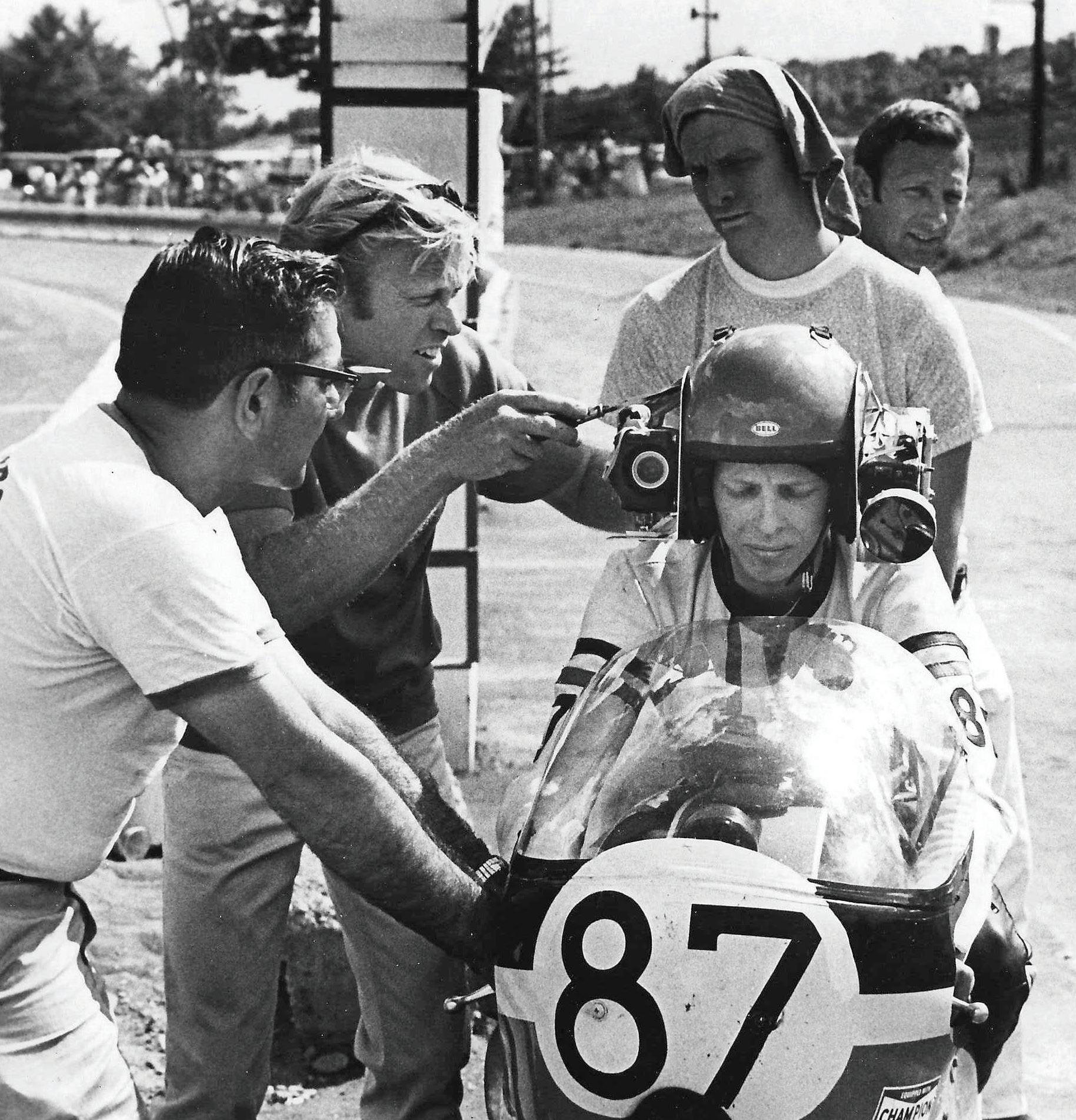
Having survived a multitude of crashes, it was finances, not injuries, that directed two-time AMA GN Champion Gary Nixon to the pit lane a final time. “I retired because there wasn’t enough money to pay the [racing] bills,” he told me a few years later. Then I asked him if he still attended races, spectating from the sidelines. He did, he told me, and as an afterthought, he added, “Yeah, I guess I like watching races — it’s better than watching nothing.”
Interestingly, one of the all-time great motocross racers, Roger “The Man” De Coster, thought nothing about announcing his retirement. After winning both motos at the 1980 Luxembourg Grand Prix, De Coster calmly announced from the winner’s box these words to a stunned crowd: “This is my 44th victory in Grand Prix and my last, too. I’m quitting.” And in a heartbeat the magic was gone. — Dain Gingerelli
80 MOTORCYCLE CLASSICS July/August 2023 DAIN GINGERELLI COLLECTION
PARTING
SHOTS
Despite surviving his share of spills on the racetrack, it was lack of funds for his racing habit that prompted Gary Nixon’s retirement.
Shown here in 1970 helping On Any Sunday film crew, three years later Mark Brelsford would trade his National Number 87 for the coveted Number One plate.
Item #10655


Member Price: List Price:




$49.99 $55.00
This officially licensed, 120th anniversary edition of Indian Motorcycle tells the complete story of Indian Motorcycle, America’s first mass-produced motorcycle manufacturer. Beginning with its start as a bicycle producer and running through the purchase of the brand by Polaris Industries in 2011 and the subsequent new Indian motorcycles, this book is a true tell all. In addition, this updated version features new photography, the story of the latest models, including the FTR 1200, Chieftain, Challenger, and Roadmaster, plus Indian Motorcycles return to racing.

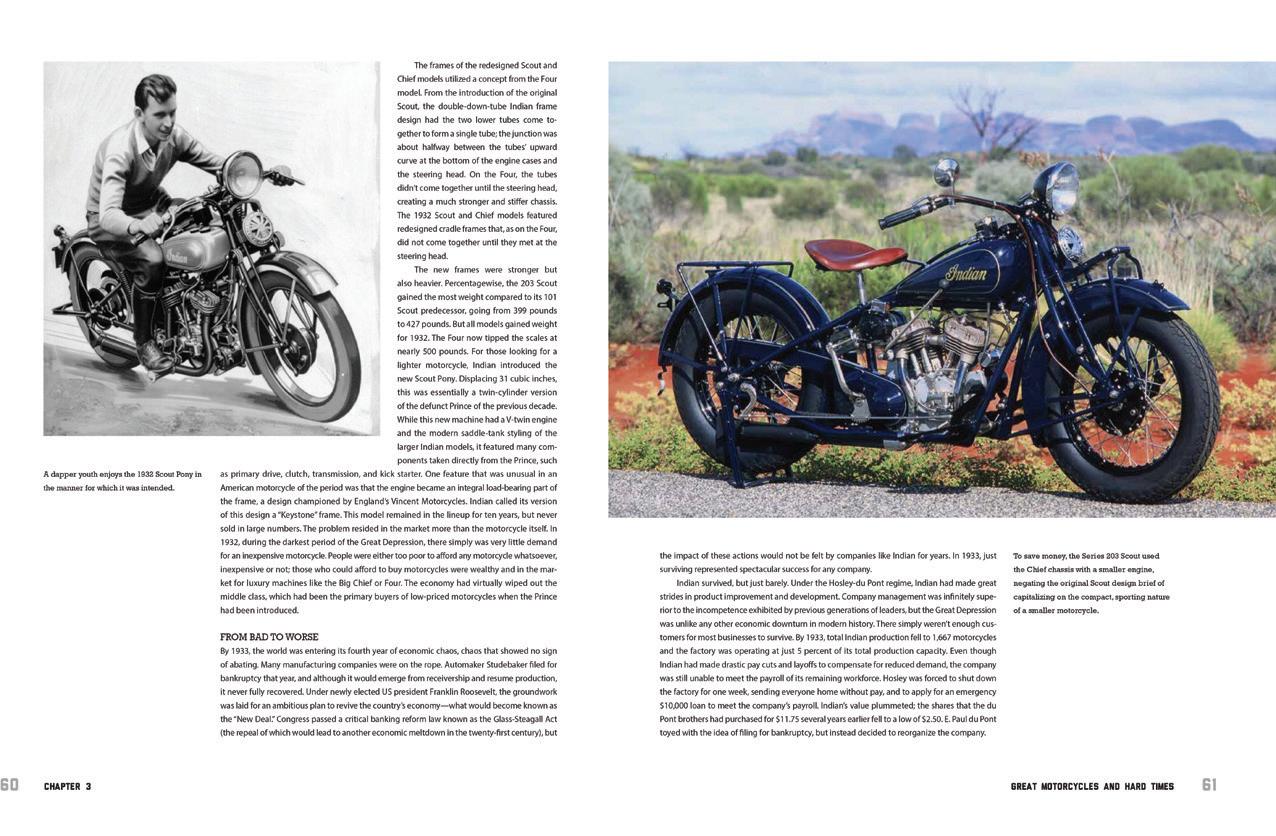
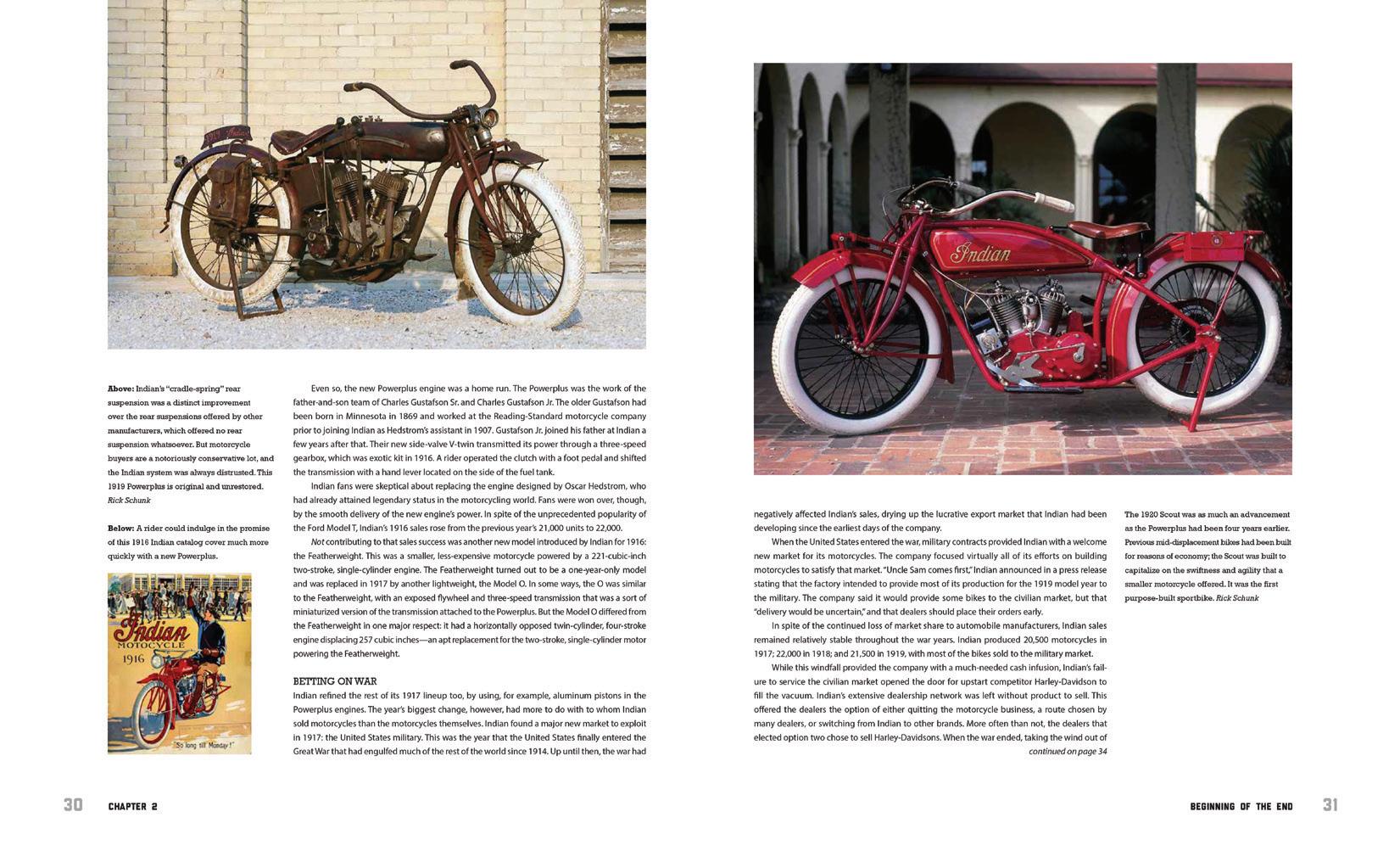

In the early years of the 20th century, Indian Motorcycle dominated the world’s racetracks and showrooms, earning the brand a worldwide reputation for quality, performance, reliability, and technical innovation with such classic machines as the Chief, Scout and Four. But the once-mighty company fell on hard times and in 1953 was forced to file bankruptcy.
However, the Indian Motorcycle brand never quite died, thanks in large part to fanatically devoted enthusiasts who worked to resurrect it for over half a century. Finally, Polaris, maker of the highly regarded Victory brand of motorcycles, purchased the brand and released the Chief and Scout, models that once again restored Indian Motorcycle to its rightful place in the motorcycle pantheon.

Order today! Call (800) 880-7567 or online at Store.MotorcycleClassics.com Mention promo code MMCPANZ2
ENDLESS EVOLUTION C5
Discover more • COMFORTABLE: Seamless and customizable linings. OEKO-TEX 100 certified.
• SMART: Pre-wired for plug-and-play comm system featuring MESH 2.0
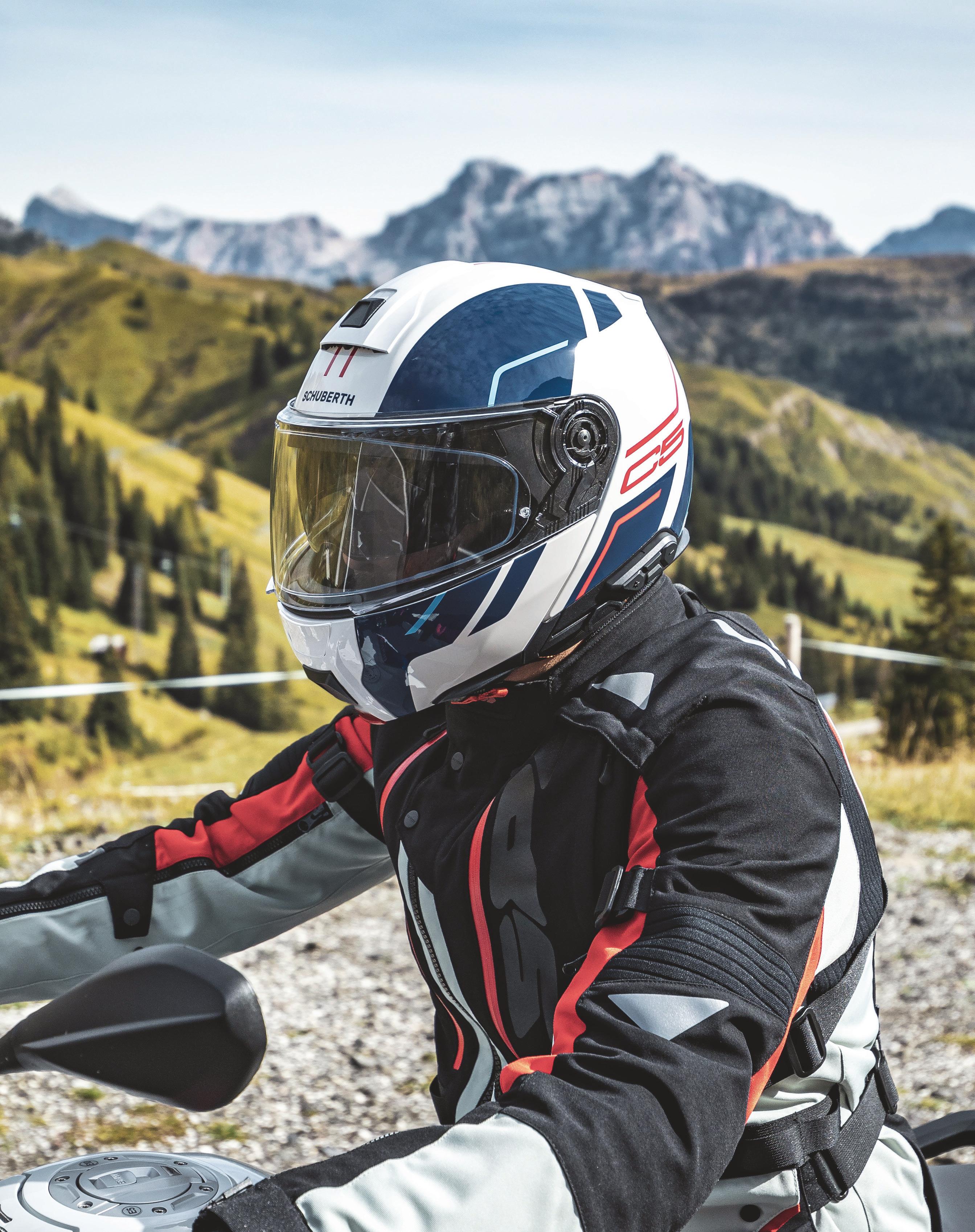
































































































































































































































































 Reggie Pridmore campaigning a Vetter Kawasaki KZ1000. In 1978, Pridmore won the AMA Superbike Series on the Vetter Kawasaki, a serious bit of racing kit built by the late Pierre DesRoches.
Reggie Pridmore campaigning a Vetter Kawasaki KZ1000. In 1978, Pridmore won the AMA Superbike Series on the Vetter Kawasaki, a serious bit of racing kit built by the late Pierre DesRoches.







































































































 Story by Alan Cathcart
Story by Alan Cathcart






 Matt launches his Triumph at Westhampton Raceway in 1966. Later, fitted with front disc brake and a wheelie bar.
Slick-shod Triumph in its final Carlsbad National pump gas C Modified winning guise.
Matt launches his Triumph at Westhampton Raceway in 1966. Later, fitted with front disc brake and a wheelie bar.
Slick-shod Triumph in its final Carlsbad National pump gas C Modified winning guise.









 Alan Cathcart
Alan Cathcart




















 Larry, second from right, gets the “Hole Shot” at the 1967 AMA Scrambles in Fisher, Illinois.
Larry, second from right, gets the “Hole Shot” at the 1967 AMA Scrambles in Fisher, Illinois.











 Story and photos by Dain Gingerelli
Story and photos by Dain Gingerelli




































































































































































































































































































































































































































































































































